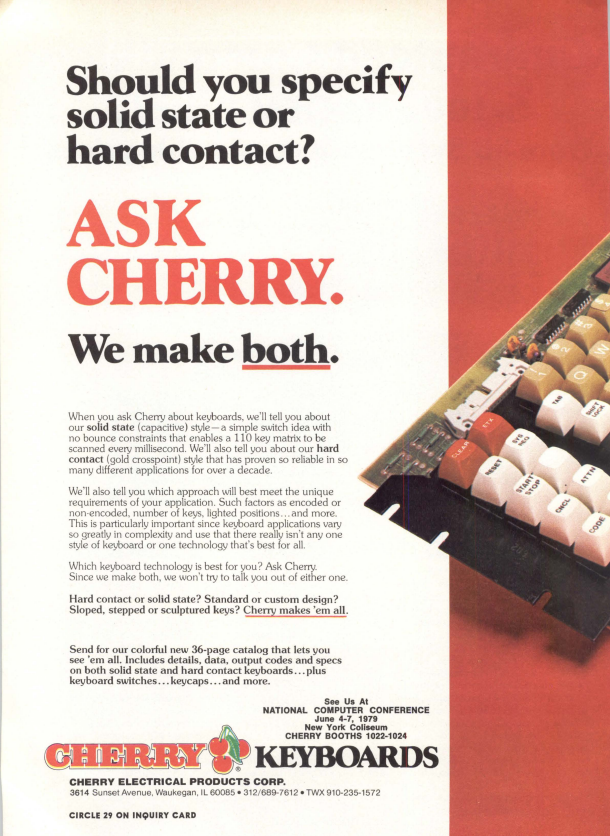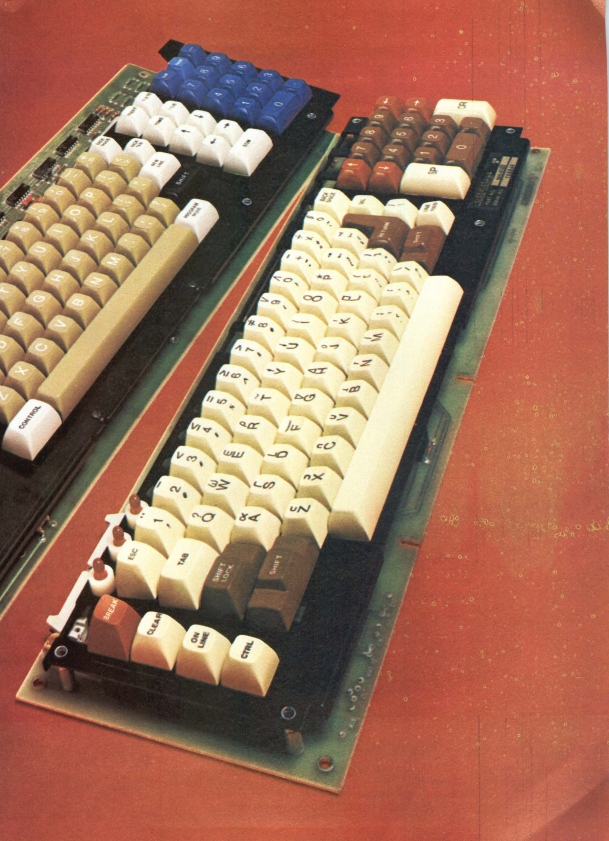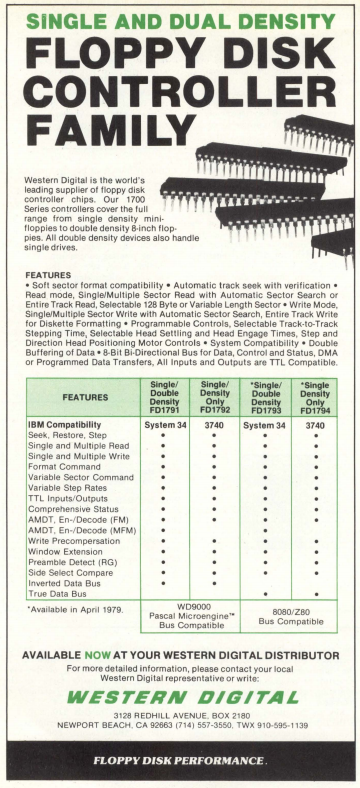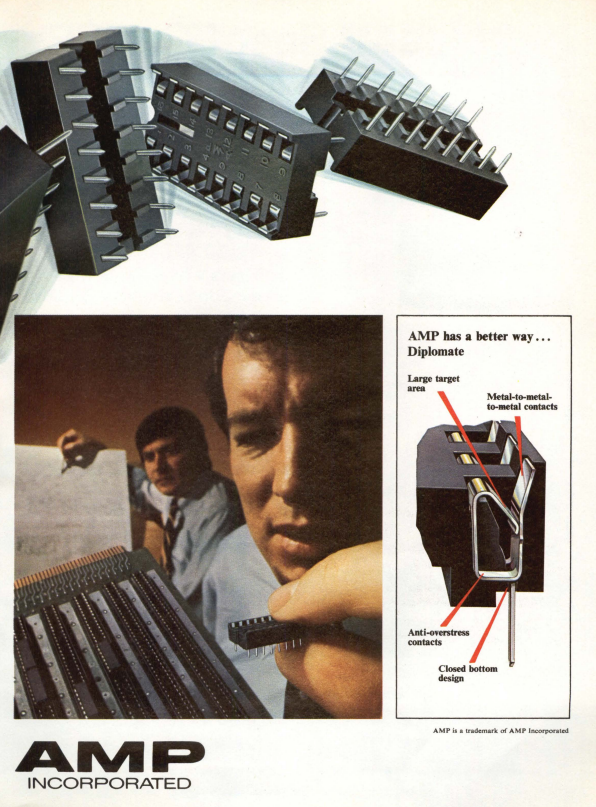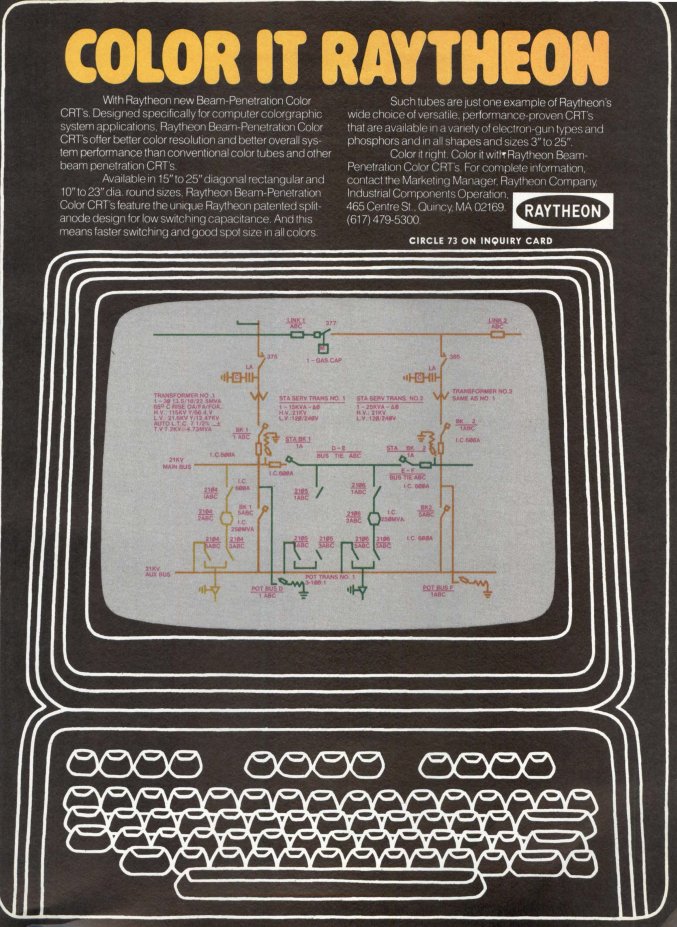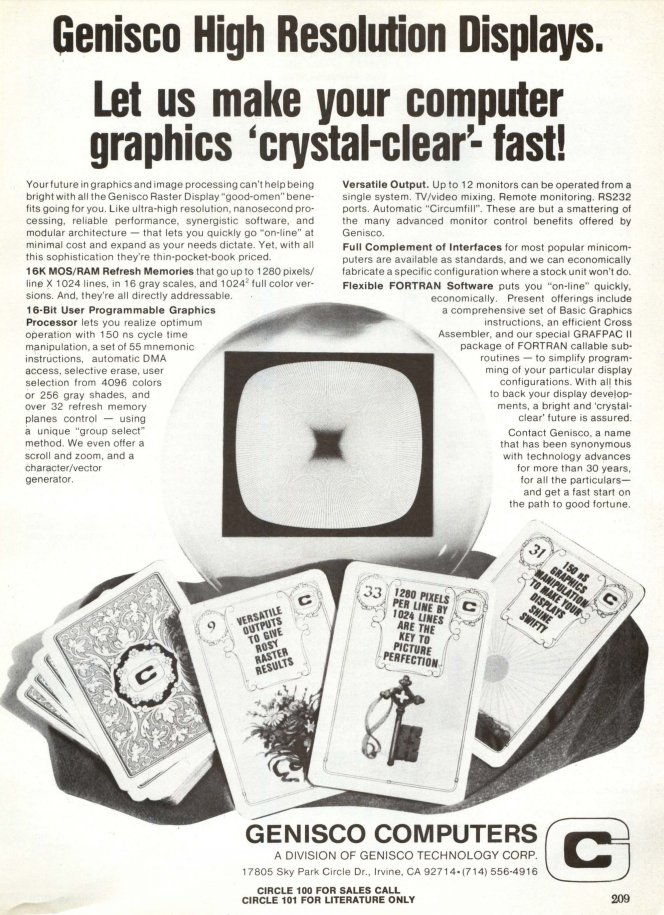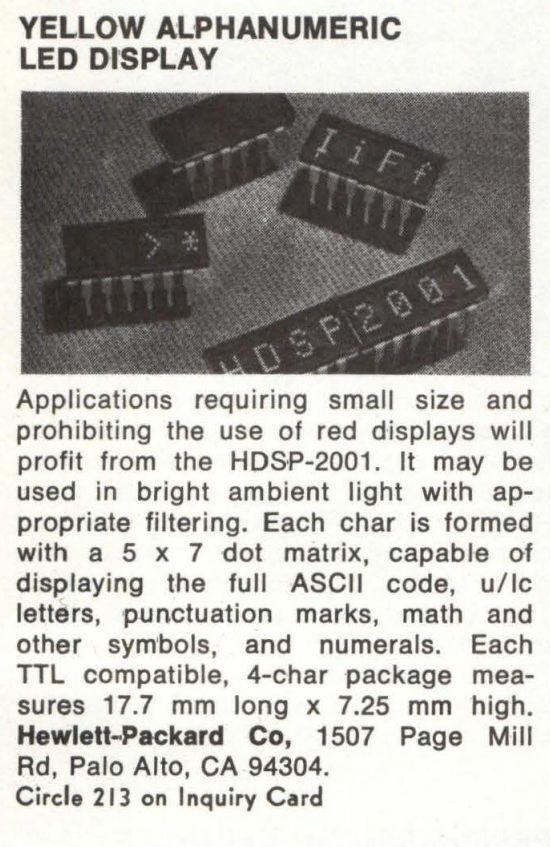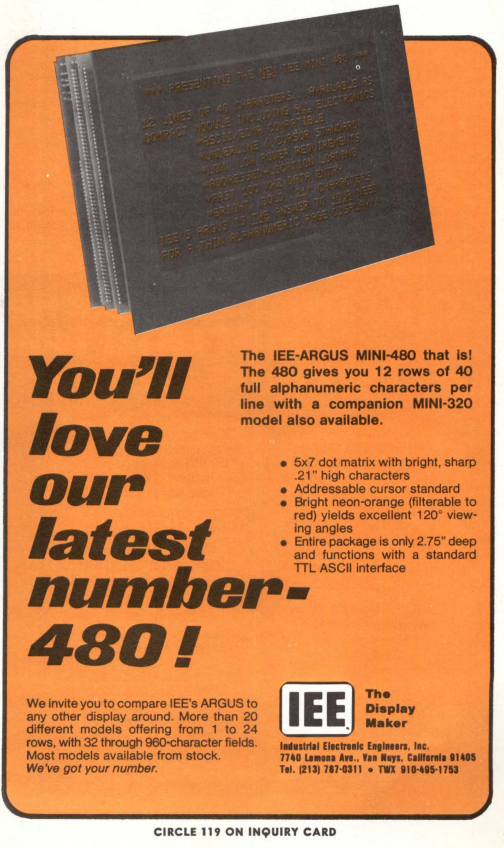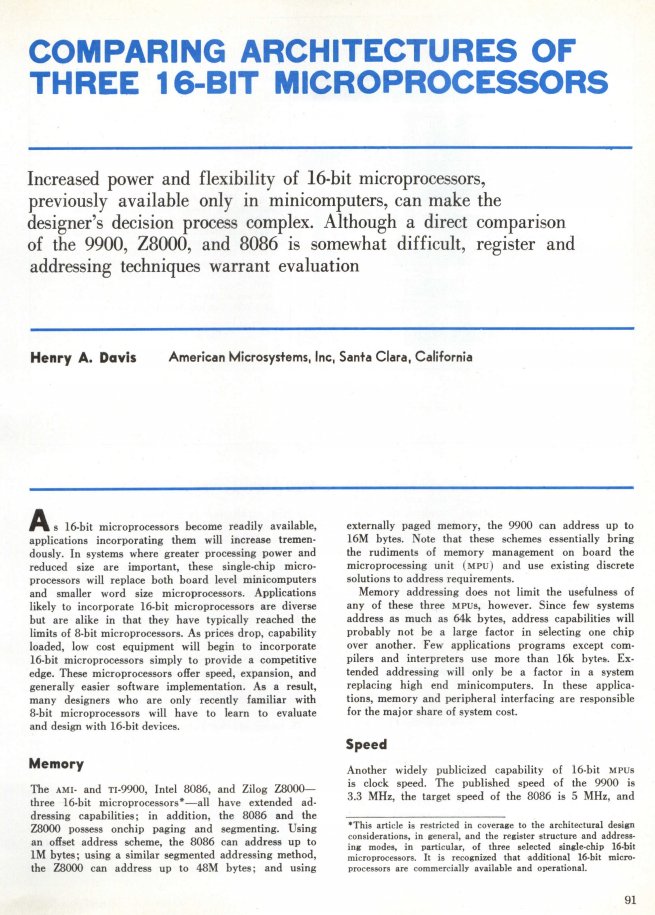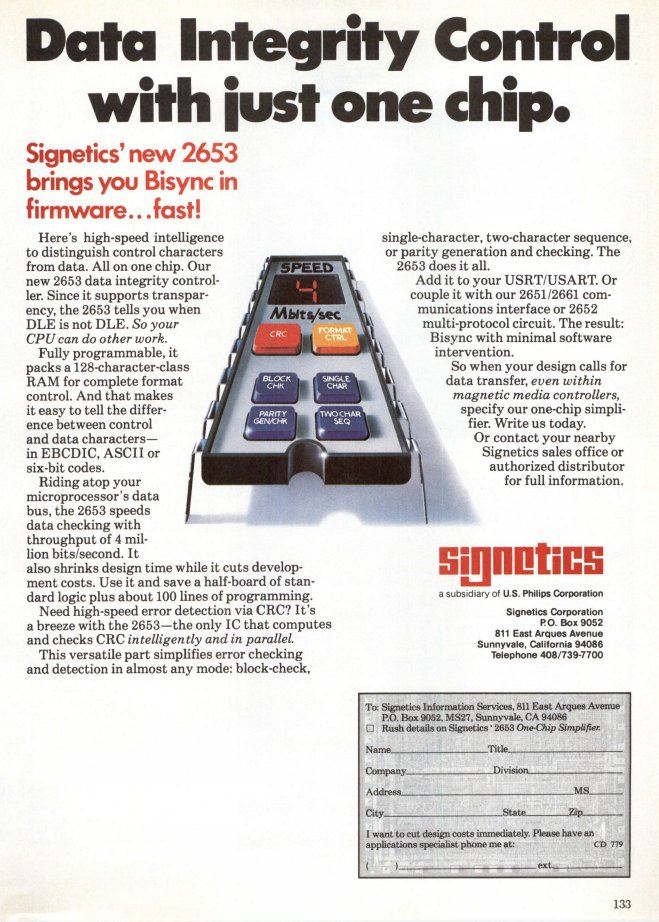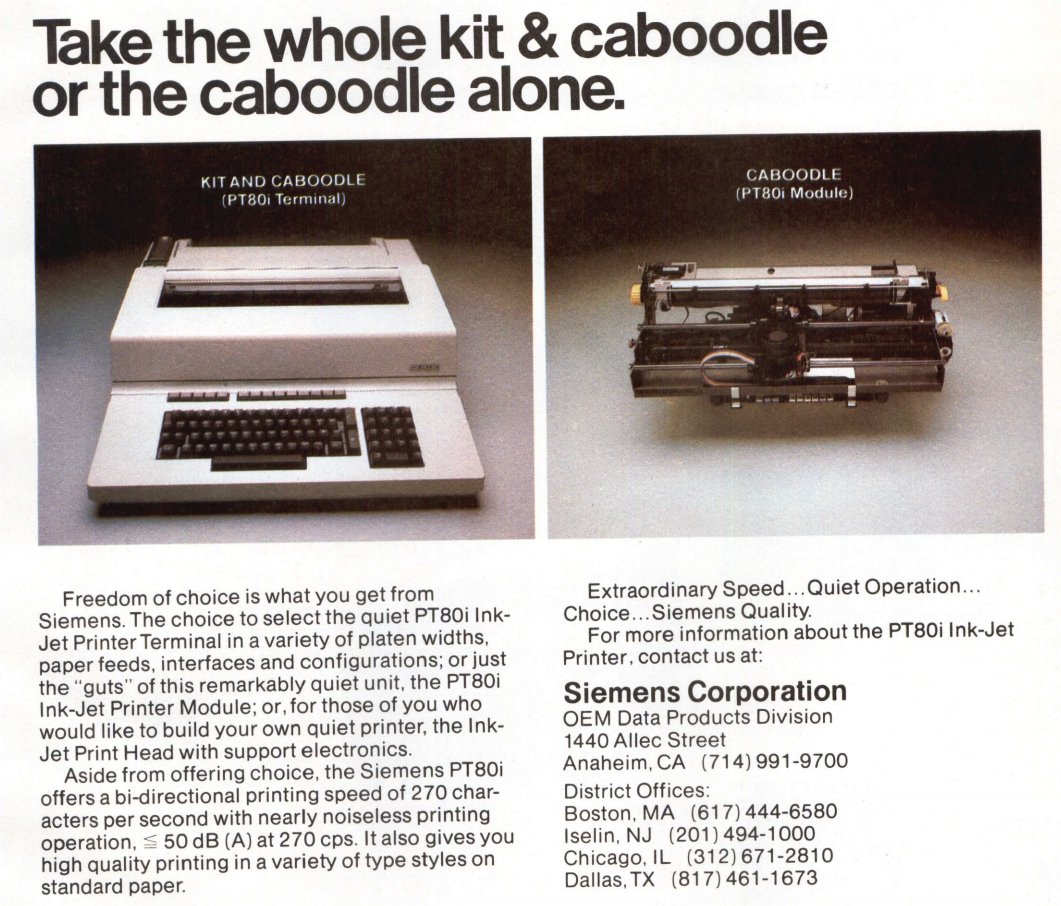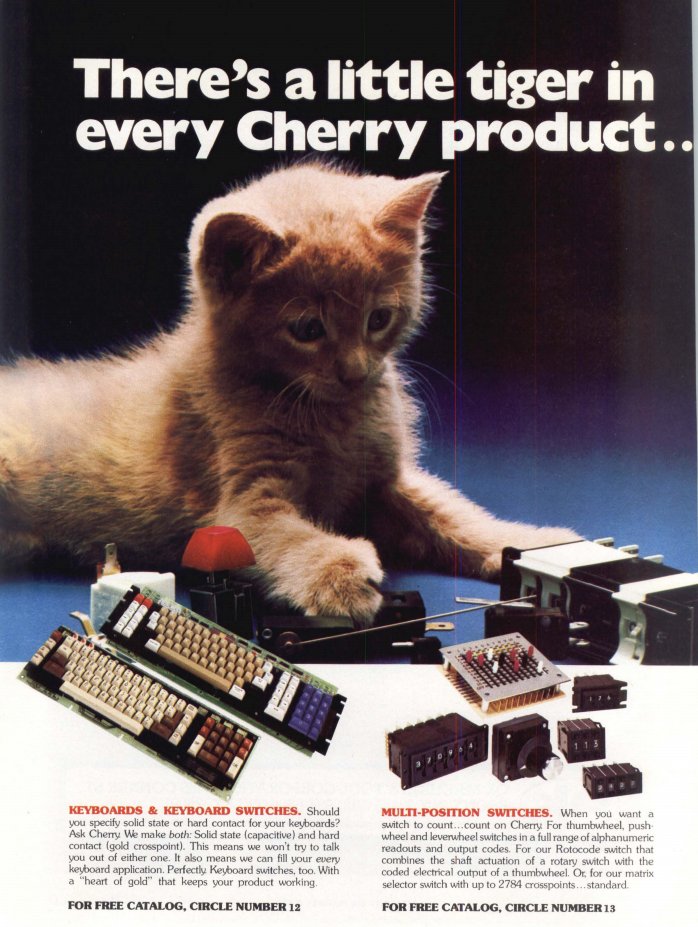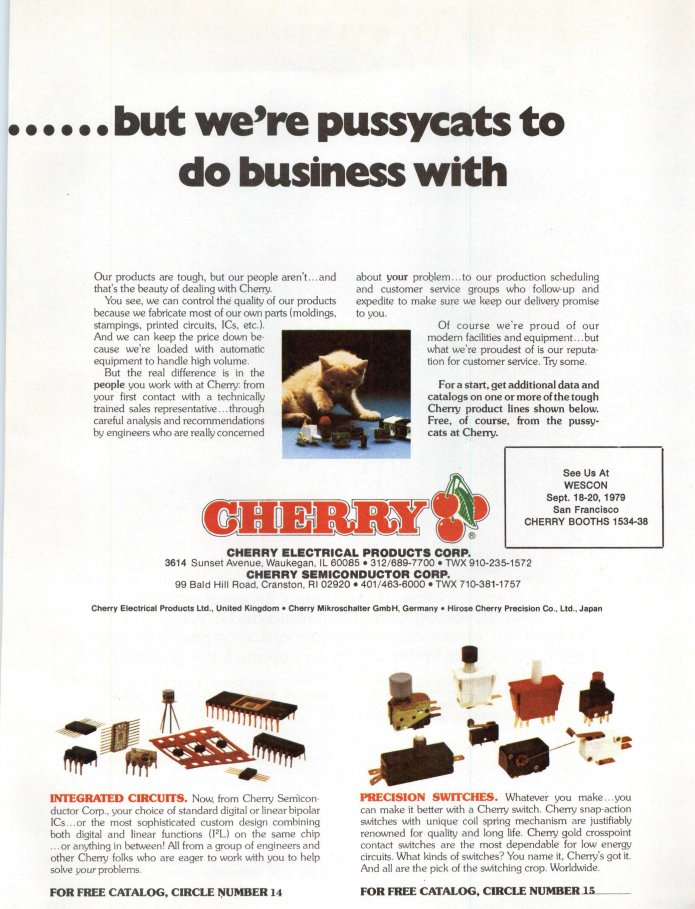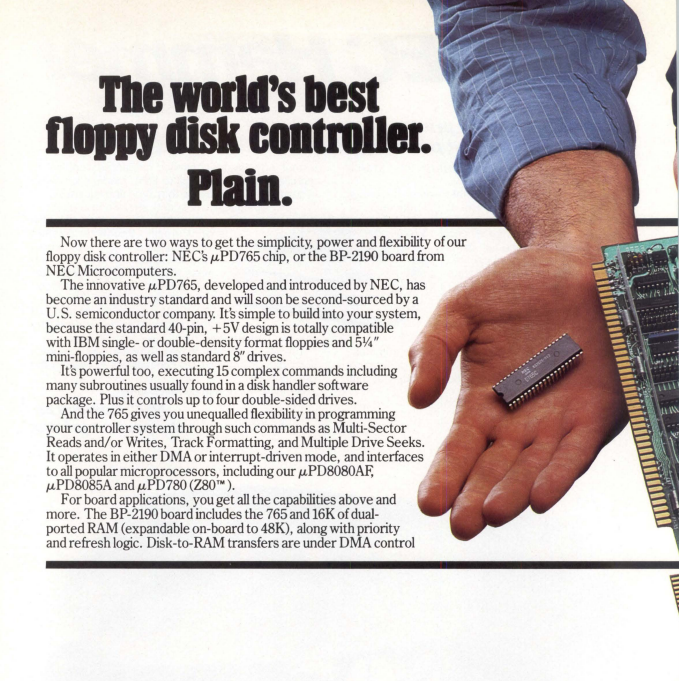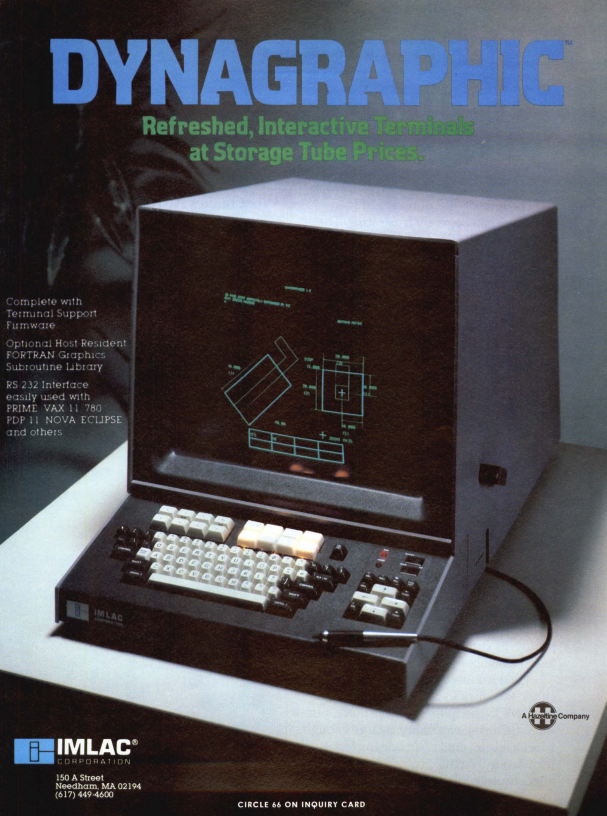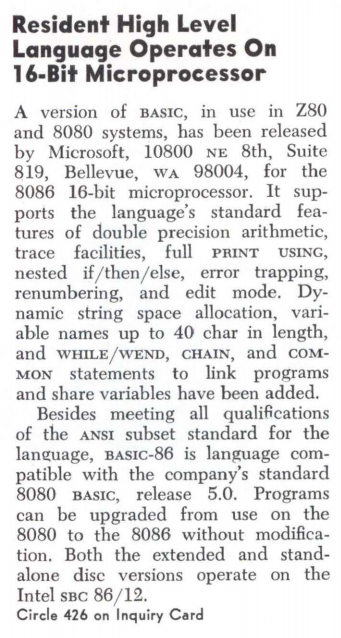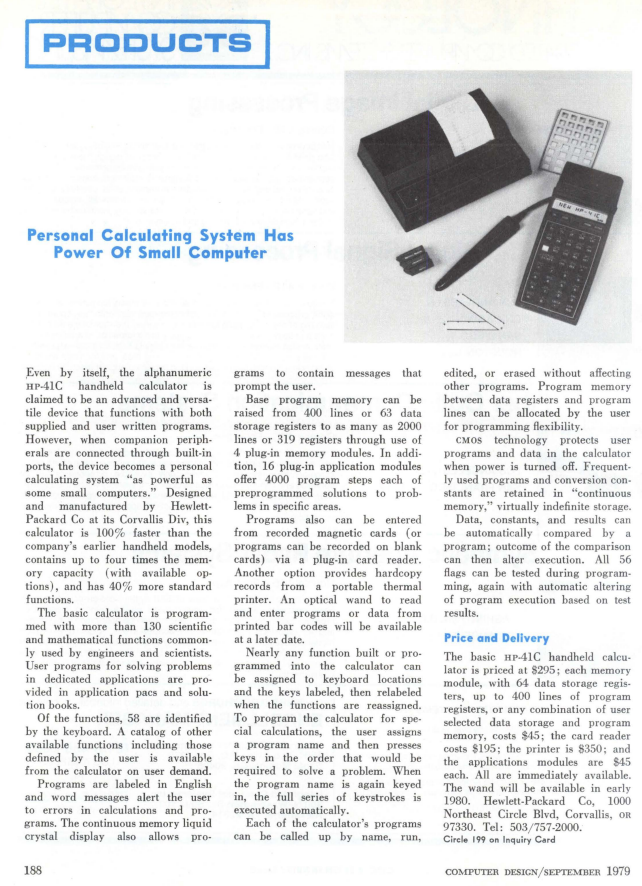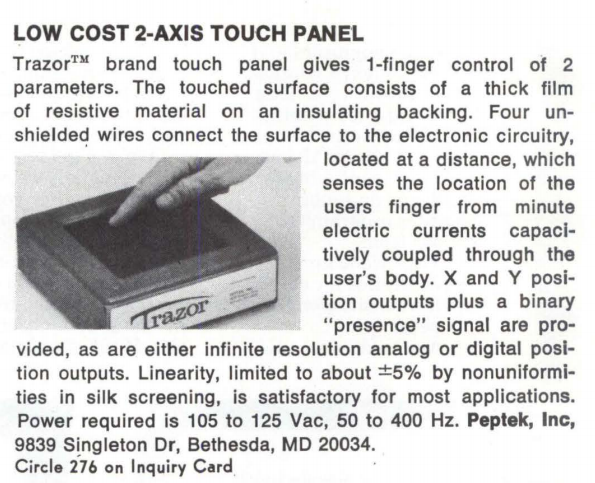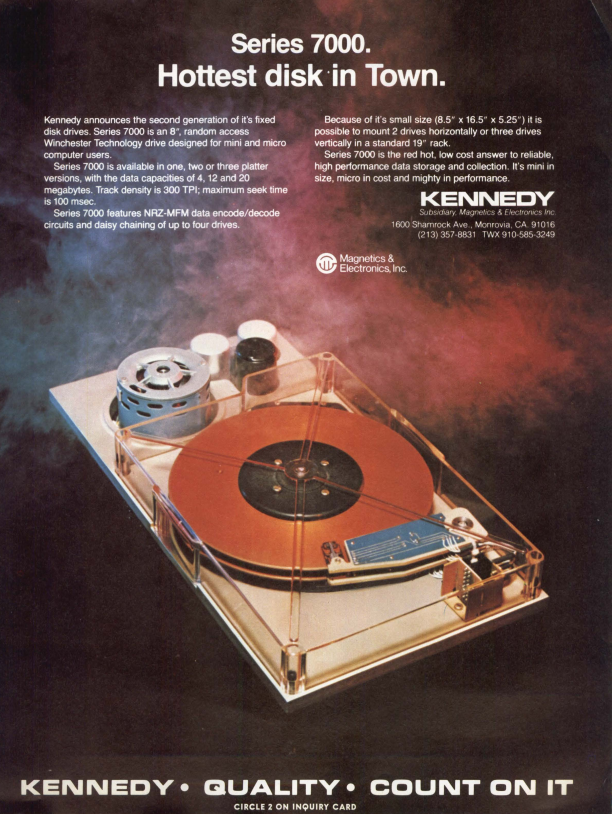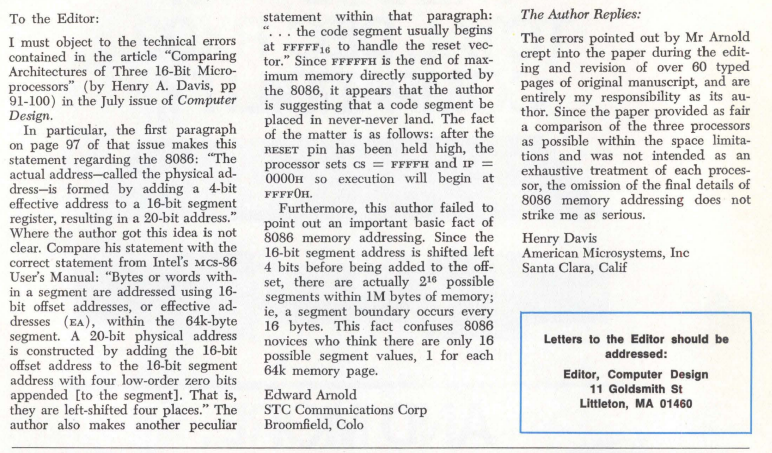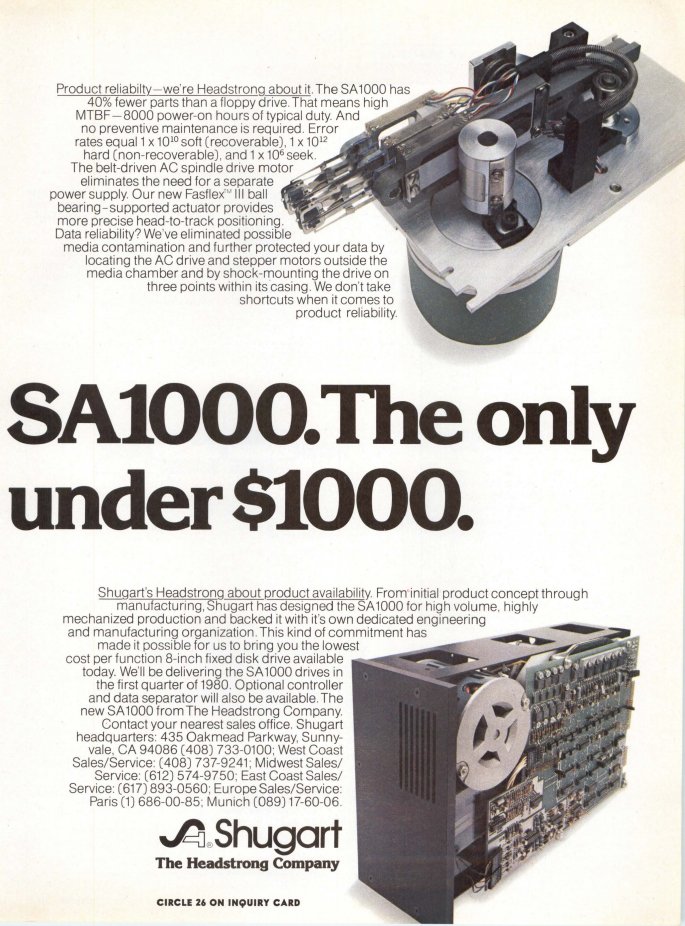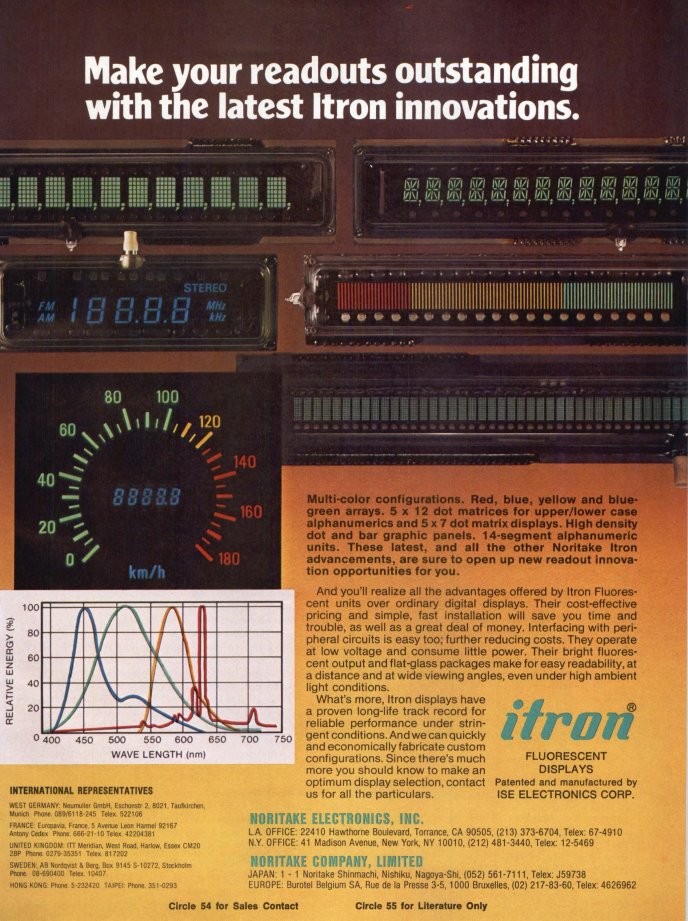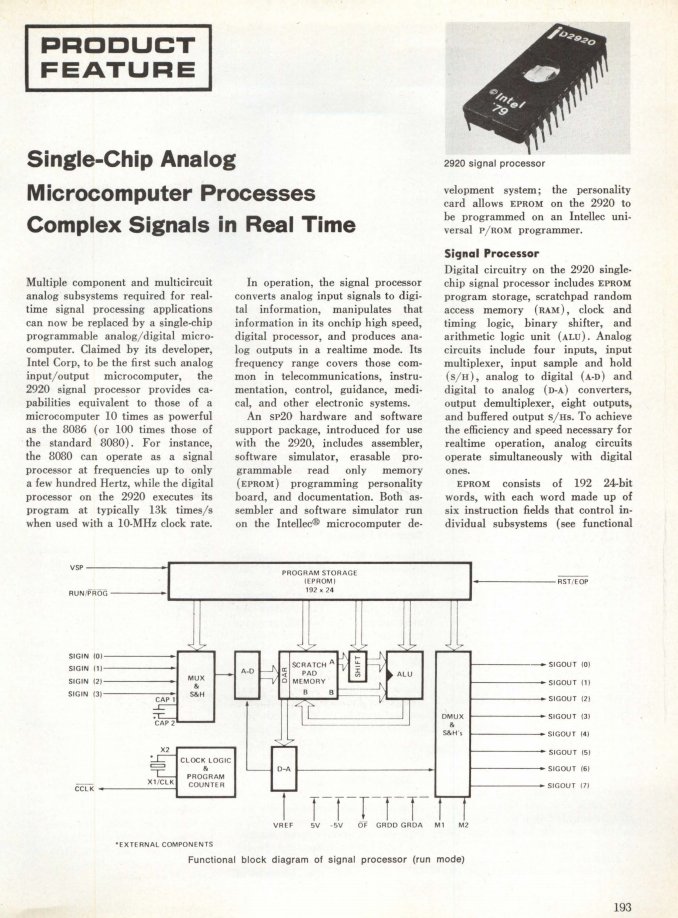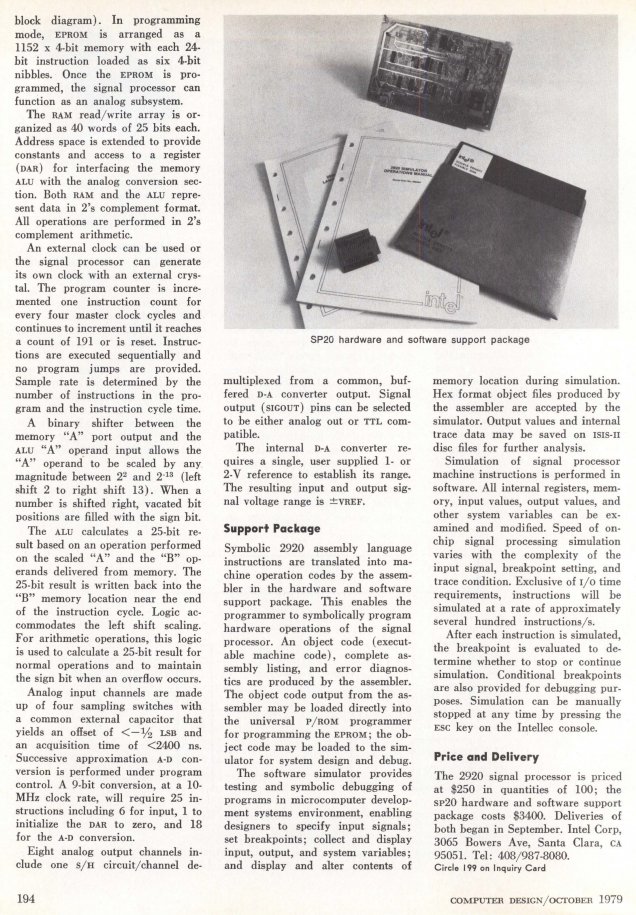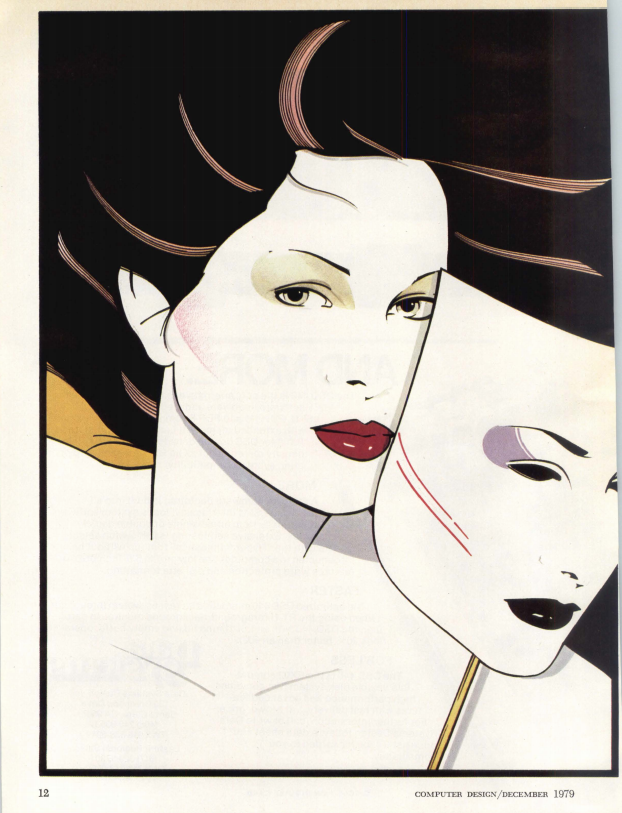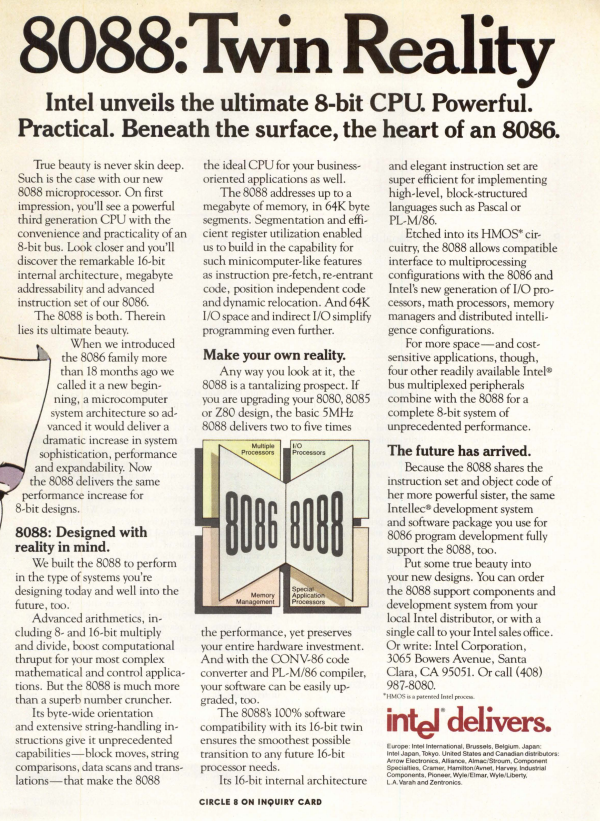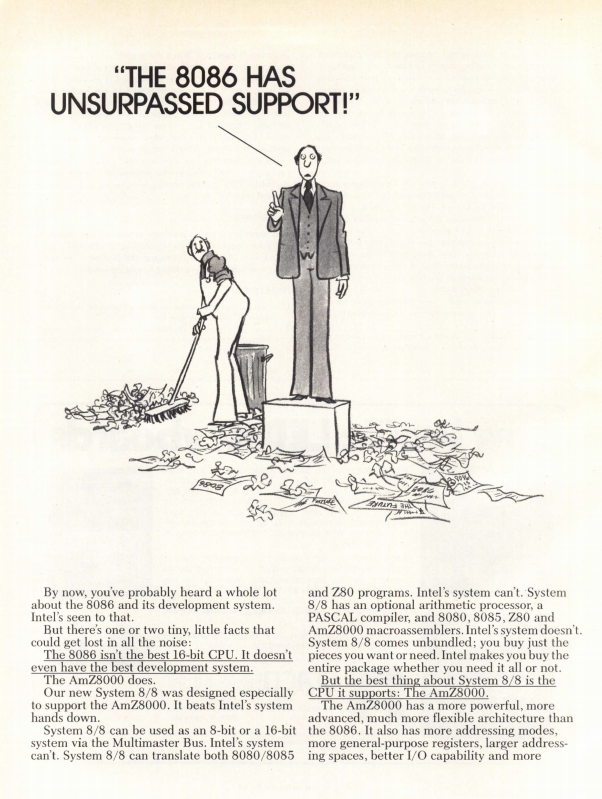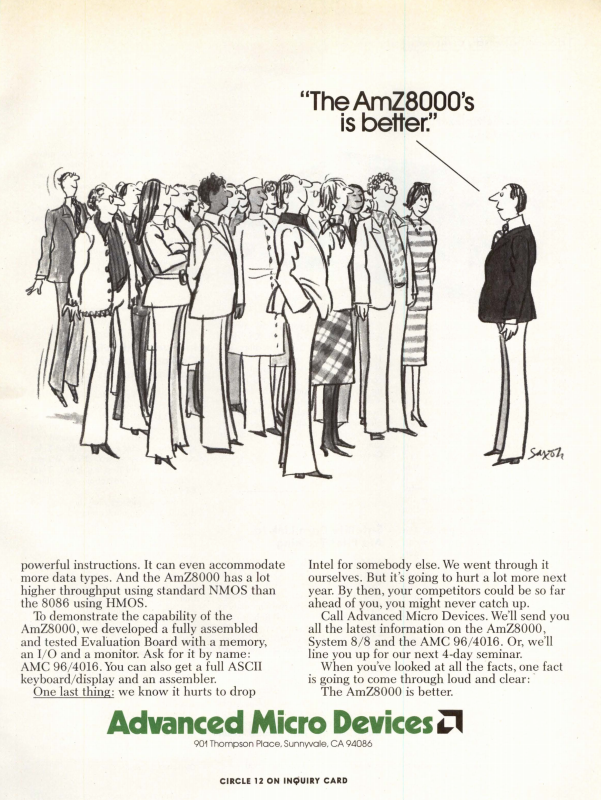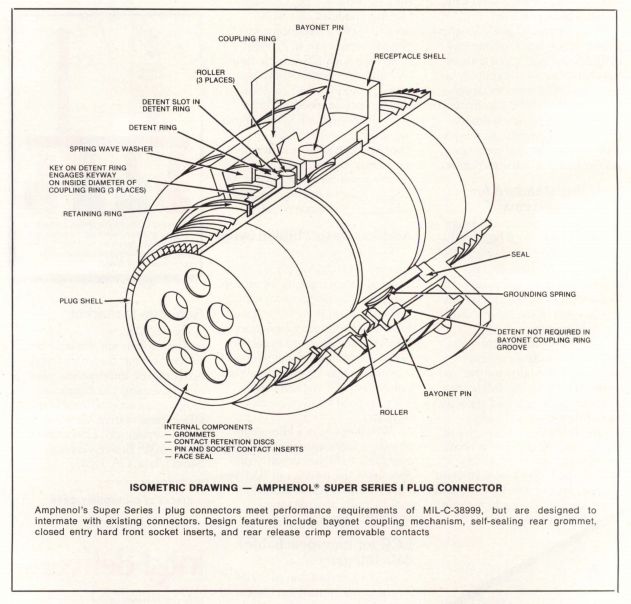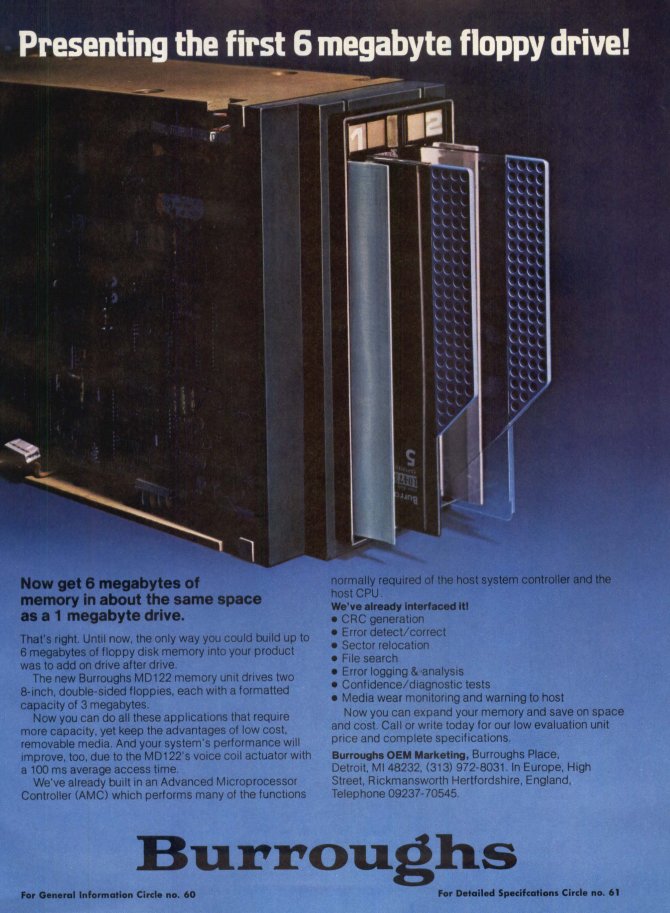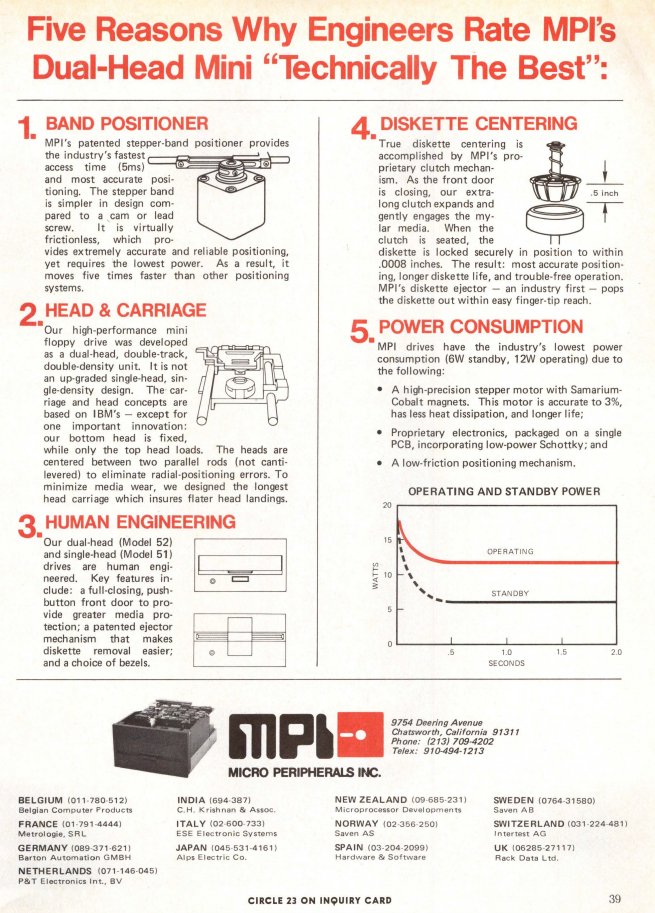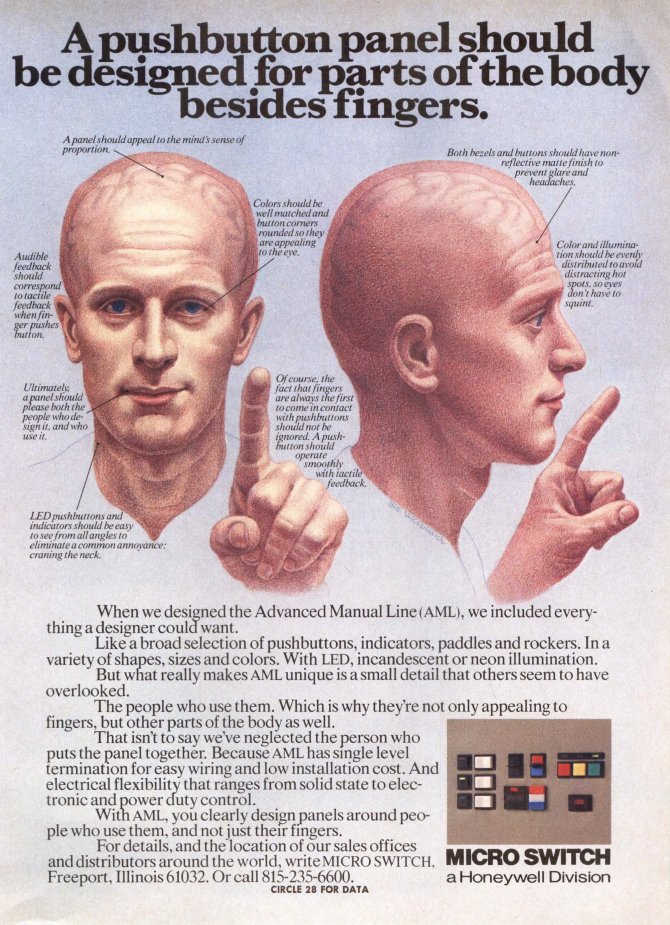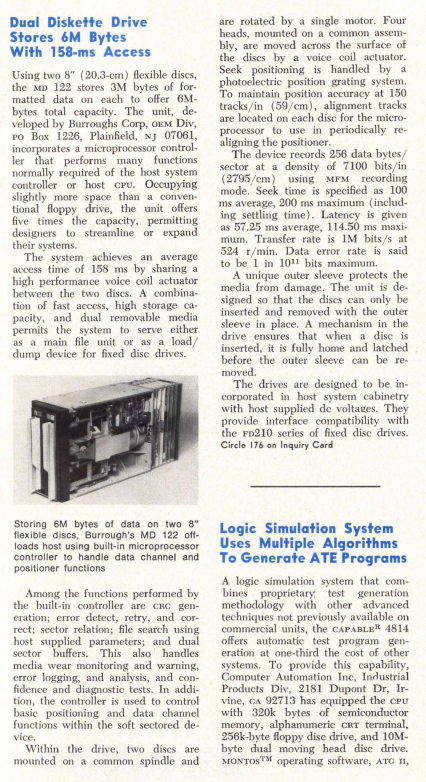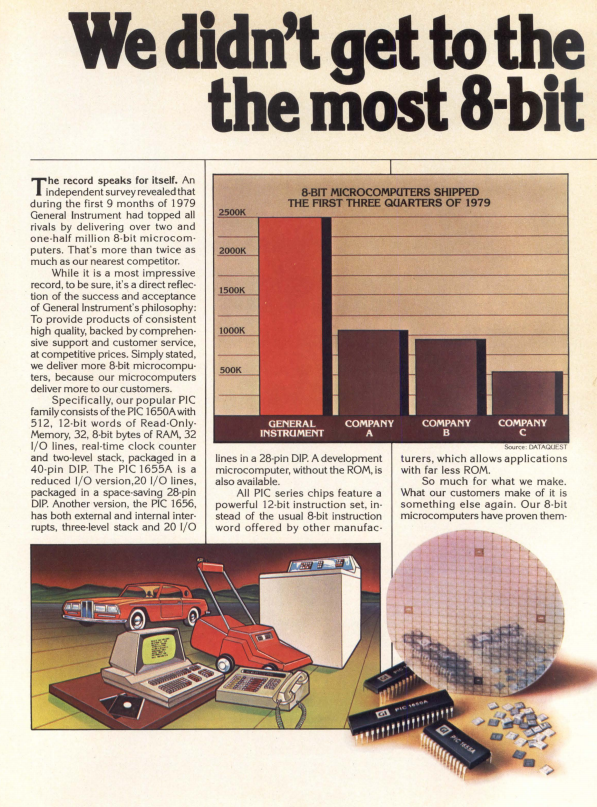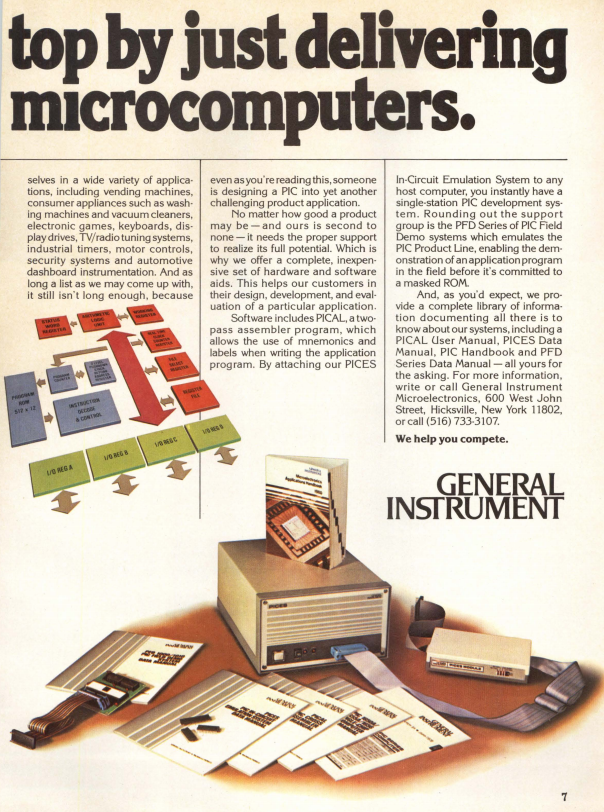let's look at some more vintage Computer Design magazines. these issues are from 1967 (if you couldn't tell by the cover art!)
every single one of these companies who made logic chips has been acquired or gone under -- except for one.
tunnel diodes -- another dead end. still interesting; see my thread https://twitter.com/TubeTimeUS/status/1076212075448262656
in the 1960s there was an absolutely ferocious debate about standard symbols to be used for digital logic! amazing that we take the modern symbols for granted without realizing the war that was fought over them
here's a novel decimal display technology. this replaces a decoder and individual light bulbs. seems like a bit of a false optimization, this thing looks very rube goldbergian.
an ad for the Raytheon Symbolray tube! i managed to get one of these tubes up and running: http://tubetime.us/index.php/2018/06/04/a-vacuum-tube-rom/
a very early ad for "visible and infrared emitting diodes." the MVE-100 cost $14.50 in 1967 -- about $100 after inflation!
now here's a nice modular keyboard! looks like Don Lancaster used them in his prototype TV typewriter.
here's an ad for the Honeywell DDP-516 computer. the ruggedized version of this computer was used for the first Interface Message Processors, essentially the first internet routers.
this is an extremely clever debugging technique for electronically controlled mechanisms. (a strobotac is a triggered strobe light capable of rapid flash rates)
reduce failures by having your software automatically pray at programmable intervals, in latin, hebrew, and FORTRAN! 

oh this is interesting, connector contacts are made on a progressive series of die. i bet they do it the same way today.
here's an odd disk system. looks like there's a removable cartridge version. it's not a floppy disk, i think the media is rigid.
looks like the CHM has a Data Disc memory system: https://www.computerhistory.org/collections/catalog/X449.84
diagnosing hardware errors is hard.
also: "The hypothetical limit is, of course, one module equals one central processor. Even though this may be unrealistic..."
also: "The hypothetical limit is, of course, one module equals one central processor. Even though this may be unrealistic..."

here's an interesting keyboard. this one has tiny slots that gets scanned as you push the key, and each key has a unique code, so you can move keys around as desired.
Raytheon nixie tube ad. only they can't call them nixie tubes because that was a Burroughs trademark.
here's an interesting thing. this is basically a shaft encoder with a built-in memory, if i understand it correctly. it's entirely electromechanical, and the output is digital.
and of course there's a Varian 620 on ebay for $ lol.
this terminal sure looks odd, almost like a v e r y w i d e c o m m o d o r e p e t. check out the multiple CRTs!
the hatched area is not crooked. it is not sloping downwards to the right. it is an optical illusion.
huh, the grandfather of the keebler elves ran a core memory business. now i would *love* to get my hands on "the memory machine" story book. 

ooh here's a character ROM. can anyone decode what it looked like just based on this die photo? should have all the info you need.
in 1968, UNIVAC was building very large memory drums, about the size of 55-gallon drums! this is cool if you're into impact extrusions.
the first green LEDs were actually infrared LEDs with a phosphor coating! a similar approach is used with all modern white LEDs (typically blue+ a phosphor)
a very nice artistic representation of core memory. wiring diagram in the middle framed by a BH loop (with hysteresis!)
that op amp has some strange things. check out this maximum ratings table i found in the datasheet. never seen anything like it.
only NPN transistors. a bunch of intermediate nodes come out to pins. a ground pin. this is a strange op amp.
DEC wants you to buy their off-the-shelf logic modules. but this ad shows a protoboard with the wrong hole spacing for those chips and it is really bothering me
there's an interesting article about OCR, and how to design fonts that are easier for hardwired logic to recognize.
the advertisement introducing AMD. quite the all-star team! about 10 years later, Jack Gifford went on to found Maxim.
Monsanto used to sell LEDs and optoelectronics. this ad features the first 7-segment LED display as well as some very early red LEDs.
that's interesting, nowadays mechanical keyboard enthusiasts only need one "sound" reason to buy a keyboard.
 there's a lot to unpack in this Pythonesque 1970s advertisement from a company selling hard drives and magnetic drum memories.
there's a lot to unpack in this Pythonesque 1970s advertisement from a company selling hard drives and magnetic drum memories. 
i think i have some of these. might be from another manufacturer though. https://twitter.com/TubeTimeUS/status/987851703365001216
today i learned that CALCOMP stands for California Computer Products. and they also made more than just digitizers.
Summagraphics also made digitizers. you don't see these much anymore since drafting is now done entirely by computer.
they're not alone, there's another company, General Systems International, with a 5 1/4" floppy drive.
oh neat, an early 3D graphics system! this one was developed at Case. and here i thought nothing good ever came out of Cleveland. 

instead of a hard drive with a single head and a servo or stepper mechanism, you could buy hard drives with multiple fixed heads--one per track!
another Monsanto 7-segment LED display ad. MAN (in the part numbers) stands for Monsanto Alpha-Numeric!
ROLM computers. i looked up their address and the building has been torn down and replaced by a parking lot for the stadium.
they sure have some strange covers. the tin m0153an stands in the toolbox next to R1324 while the spo0153tted dog chews espresso beans. 3 bunnies sit lock0153ed behind the white picket gate with an enormous latch. the red brick wall is OFF. nuts and b0153lts, nuts and bolts, nuts
modern memory devices do this too: NAND flash marks bad blocks. DDR6 is slated to support marking bad areas of RAM.
these chips just multiple two numbers together. they are not CMOS--they use bipolar transistors. the 16x16 multiplier uses 5 WATTS which is probably why it has that huge heat sink! $300 each -> $1300 each after inflation!
floppy disc tester. @foone probably has one.
oh thank goodness i can get this magazine on microfilm. how else would i be able to read it in, say, the fanciful science fiction year 2020?
here's Ampex trying to sell core memory in 1977. they've rebranded it "megastore" and called it the "memory from Ampex that doesn't spin" but it is still just core memory. 

CORTRON keyboard key switches had a tiny ferrite core inside. previous coverage: https://twitter.com/TubeTimeUS/status/1260688848104771586
Maxi-Switch keyboard ad. the company also sold keyboards with field-replaceable reeds. (just like saxaphones and oboes.)
this 1977 Shugart ad for the SA400 minifloppy (5 1/4") is interesting because the drive has 35 tracks, not 40 tracks like later drives. also the head actuator (pictured) uses a spiral cam.
here's Pertec's minifloppy (5 1/4") drive. they've got 40 tracks and they also support flippy disks. since the drives were all single sided at the time, you'd just take the disk out, flip it over, and put it back in to get to the other side.
picture of the Shugart SA450 floppy drive head. this has one head on top and another on the bottom so it can access both sides of the disk at once!
this Intel development system comes in a suitcase. membrane keys are terrible to use but this thing sure looks good, doesn't it?
oh this CRT is fascinating, it uses a scotophor instead of a phosphor! it reminds me a lot of the Skiatron.
i have a similar tube with a scotophor instead of a phosphor screen: http://tubetime.us/index.php/2014/06/09/p10-dark-phosphor-the-skiatron/
this product purports to find short circuits in PCBs. how do you think it works? i have a few ideas...
see that ring on his finger? it's hollow, filled with coke.
the necklace? each bead has a thin edible glaze over coke.
the white ceramic chip? made entirely of pure cocaine.
the necklace? each bead has a thin edible glaze over coke.
the white ceramic chip? made entirely of pure cocaine.
@Foone's favorite ribbon cables
TI screwed up the pinout on the TMS2732 (it was not pin compatible with 2732s from any other vendor). guess they learned their lesson, they have the pinout in the ad here 

here's another expensive ADC from 1978 - this one was $310 for the ADC with an additional $255 for the separate sample-and-hold amplifier! that's over $2200 adjusting for inflation!
this ADC is around $25 ($100 after inflation), but it is much slower than the other ones (only about 40ksps). still though, having a single-chip ADC like that was a big deal in 1978.
the first hard drive from Shugart. 14.5MB for $2550 ($10K today!) i like the diagram of the head mechanism.
huh, this Motorola ad references the "MC68,000" in 1978, a year before it was announced. the ad copy doesn't mention it at all. it's shown as being more than 16 bit but less than 32 bit. fascinating!
here's an interesting way to load software into a microcomputer that never took off. a magnetic stripe card!
Intel announces the 8086. 10x the throughput of the 8080A! it can use the 8080's peripheral chips (IBM did that on the 5150, resulting in some bizarre architectural quirks which stuck around for 30 years).
here's a C.P. Clare keyboard ad from 1978. this one uses capacitive switches. they are especially proud of their double- and triple-shot keycaps!
Fairchild (mostly known for chips) actually made keyboard keys at one point! each key has a tiny LCD in it. i think it was just an LCD shutter but i'm not sure. i can find no other information about Datakey.
ahh, the NEC Spinwriter. the print head looks vaguely like a Selectric type ball and a daisy wheel got together and had a child. 

a dedicated FFT calculator for the PDP-11! "low cost" in this case means $36K (adjusted for inflation)
i like this ad because it has a die photo in it. looks like some sort of analog circuit judging by the three lateral PNPs in the middle there.
"The Age of the 8086 has arrived." here is Intel's glorious three-page ad announcing the 8086 in July 1978. the one time that a marketing superlative was actually true!
i actually have the SDK-86 board in the last picture, see my previous tweets about it https://twitter.com/TubeTimeUS/status/1005233479112581120
i actually have the SDK-86 board in the last picture, see my previous tweets about it https://twitter.com/TubeTimeUS/status/1005233479112581120
looks like it was originally meant to be a terminal, but Chromatics was marketing this as a full-on Z80 computer with some nice color graphics capabilities.
huh, you used to be able to walk up to an airline ticket counter and ship a package. $30 is about $120 accounting for inflation, so it was expensive.
internal construction of a fixed-head hard disk drive. you get only 16 tracks of data (presumably there are 2 clock tracks). not very space efficient compared to the usual moving-head design.
1978: programmers waiting in line to use the development system. cameo appearance of Cameron Howe, third from the left.
@Foone be like
this ad is pretty campy, obviously a small company, but i really like what it looks like. is that weird?
here's a competing WORM disk system from RCA. they claimed 10x the capacity of the Philips system introduced the month before. this system seems to have separate recording and playback lasers.
the Superkim is an improved KIM-1. never heard of it before, and there doesn't seem to be much info other than what i found here http://retro.hansotten.nl/6502-sbc/superkim/
hard disk head mechanism with two heads per surface. the actuators have two stages so they can follow narrower tracks
ahh, now this is what you need to build an 8086-based computer. i wonder what IBM used for developing the PC.
this floppy drive has an interesting push-to-open door latch. reminds me of the okidata drive https://twitter.com/TubeTimeUS/status/1294050407585468417
check out this amazing attack ad from AMD in 1979. "The 8086 is the end [of a product line]. It's nothing but a souped-up version of the 8080 and 8085."
and the 286 is just a souped up 8086. and the 386, 486, pentium, etc...
and the 286 is just a souped up 8086. and the 386, 486, pentium, etc...
"Western Digital is the world's leading supplier of floppy disk controller chips." at least they were in 1979!
beam penetration CRTs are interesting. basically you have two layers of phosphor coating and then you adjust the anode voltage to change the electron beam velocity. high velocity beam penetrates deeper, hitting the first layer. low velocity hits the second layer.
IEE-ARGUS display. i have never seen one. i think it is VFD but the color is orange rather than the more common blue-green. anyway, there are a few on ebay right now but they are a bit too expensive for me to impulse buy
it would be fun to run this 68000 simulator on an IBM XT/370. @brouhaha knows why this concept is hilarious
the 6545 CRT controller: an intersection of 65xx computing, chips, and cathode ray tubes that i just cannot resist.
meanwhile, AMD daydreams about succeeding with a part that they didn't even invent--a design they licensed from Zilog. really makes me wonder.
huh, this 8" drive has a capacity of 3MB per disk. i wonder how they did it since it doesn't seem to be a standard format.
and, most importantly, no blue LED indicator lights that are so bright they give you an instant headache
oh so here's how the 8" 3MB floppy disk drive does it. 150 tracks per inch using a voice coil actuator. this is not unlike the superfloppy drives of the late '90s.

 Read on Twitter
Read on Twitter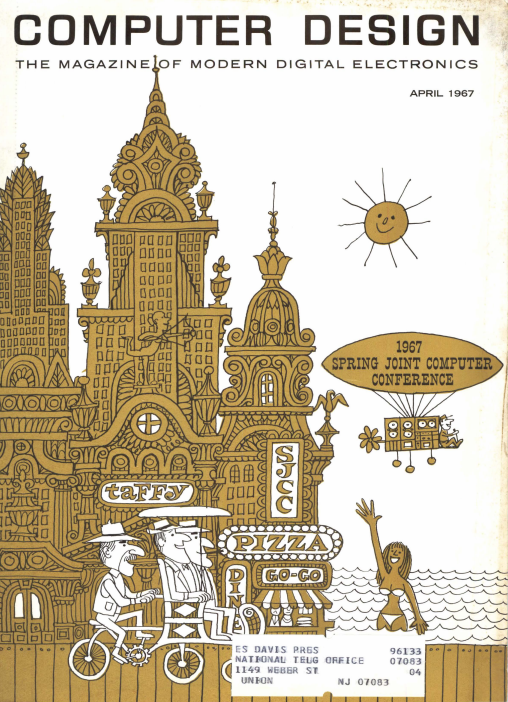
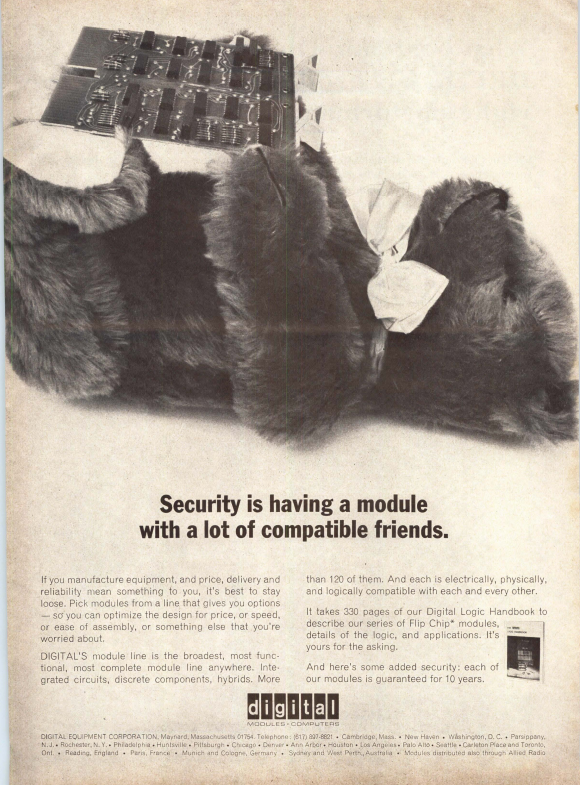
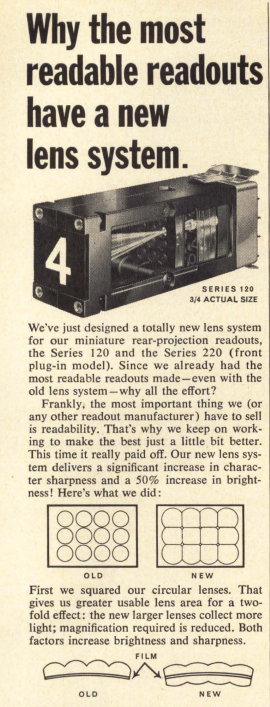
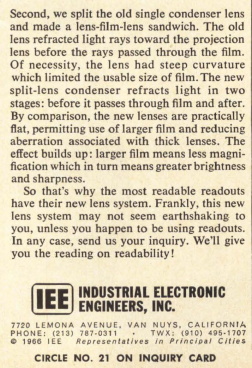
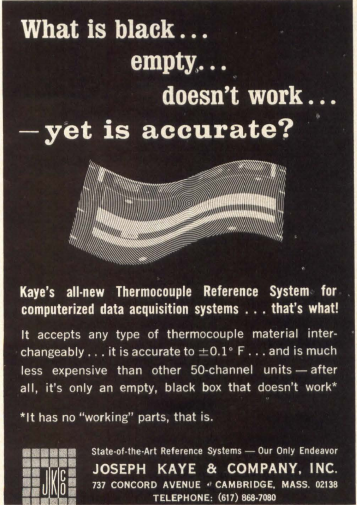
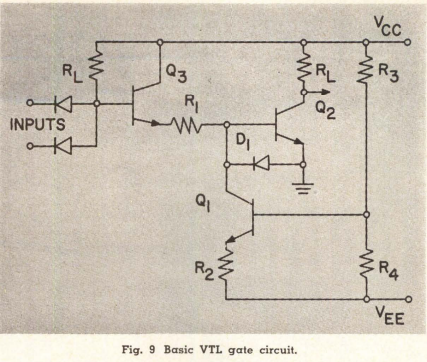
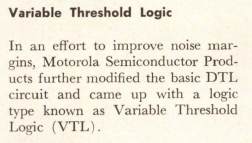
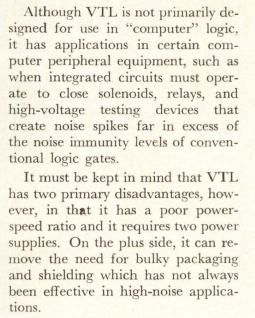
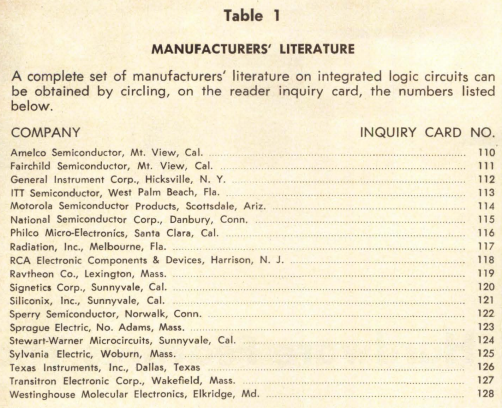
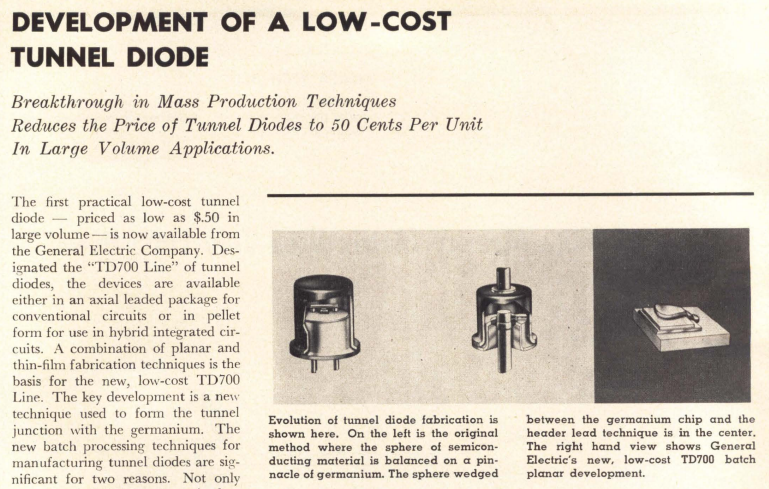
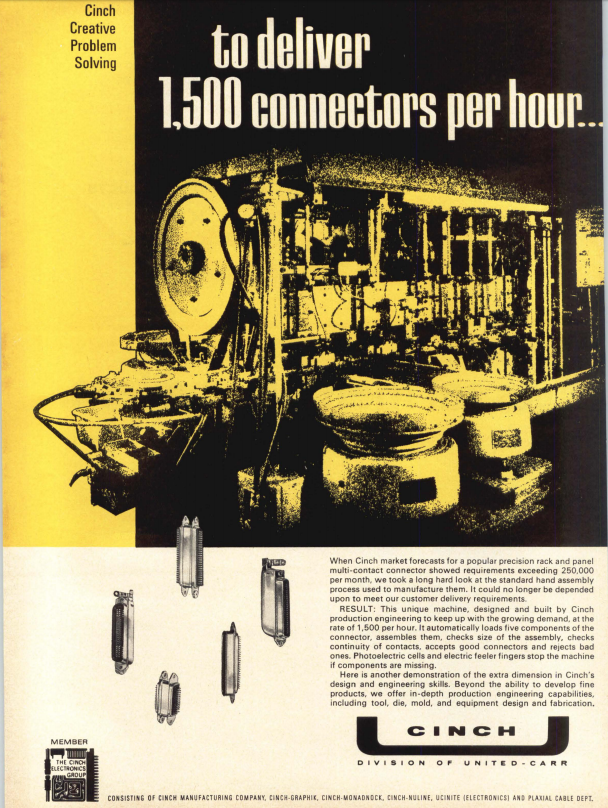
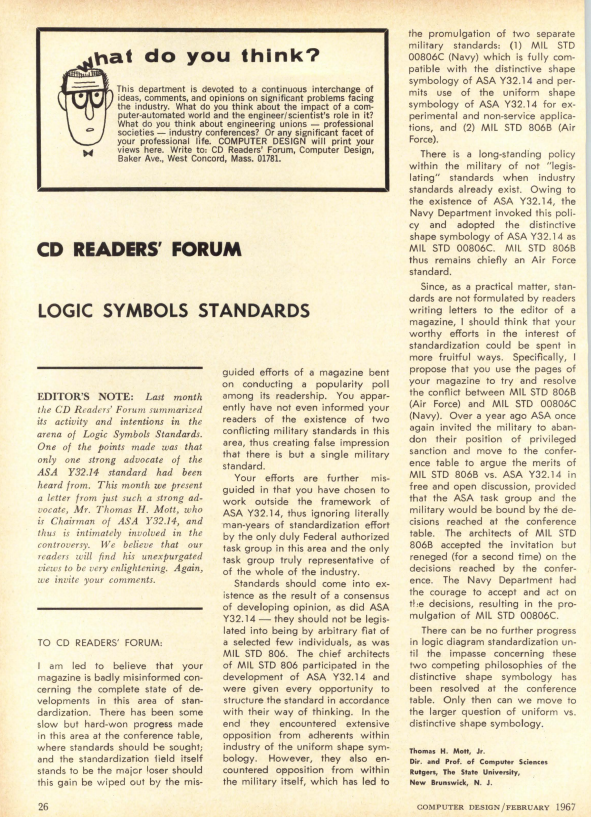
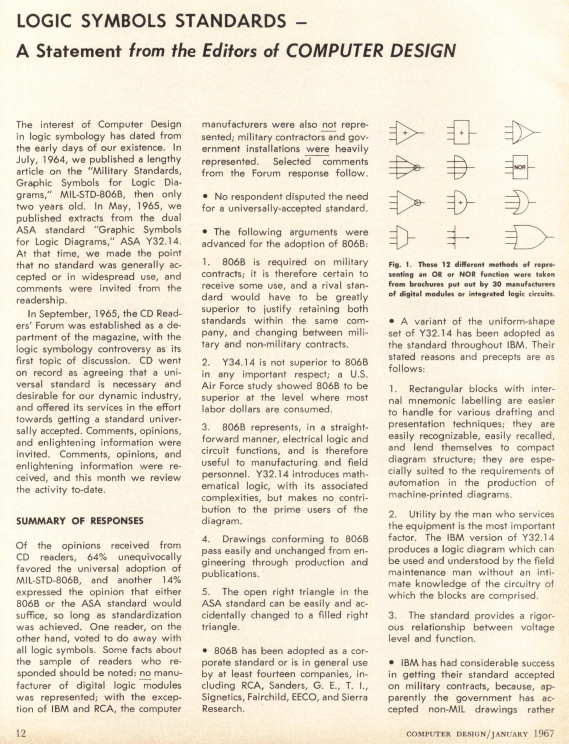
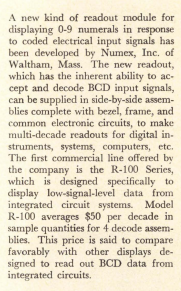
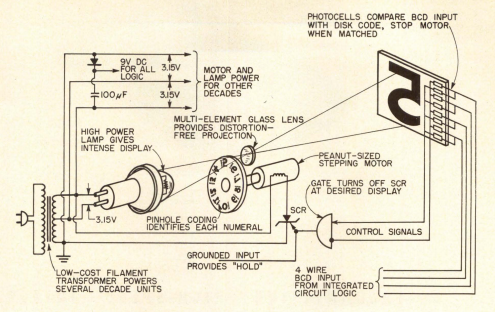
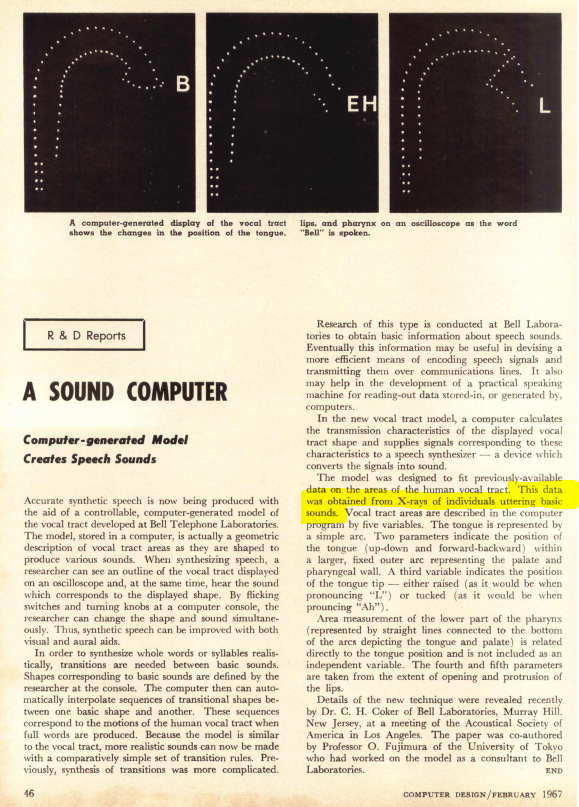
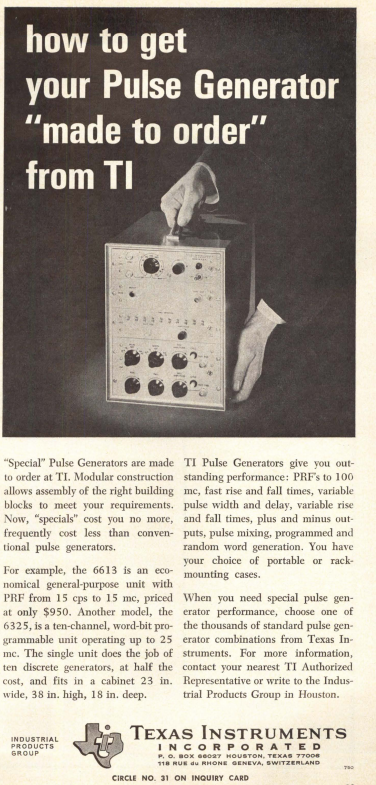
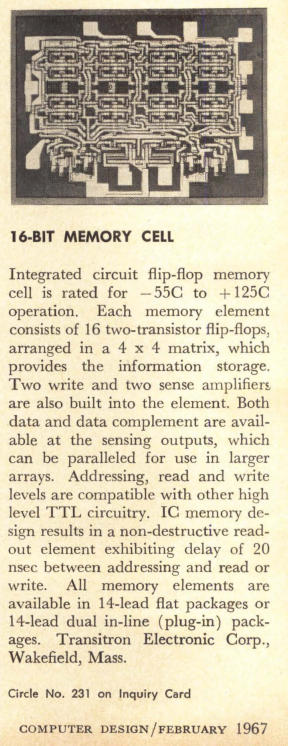
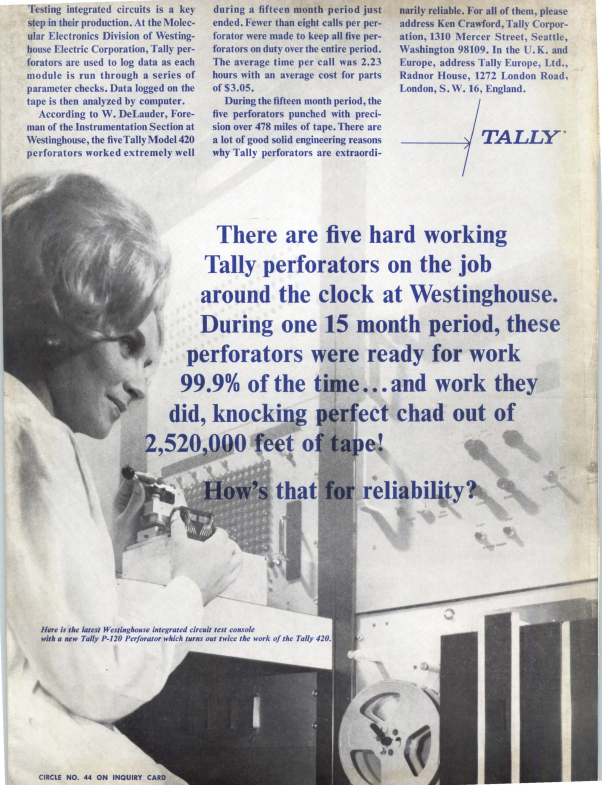
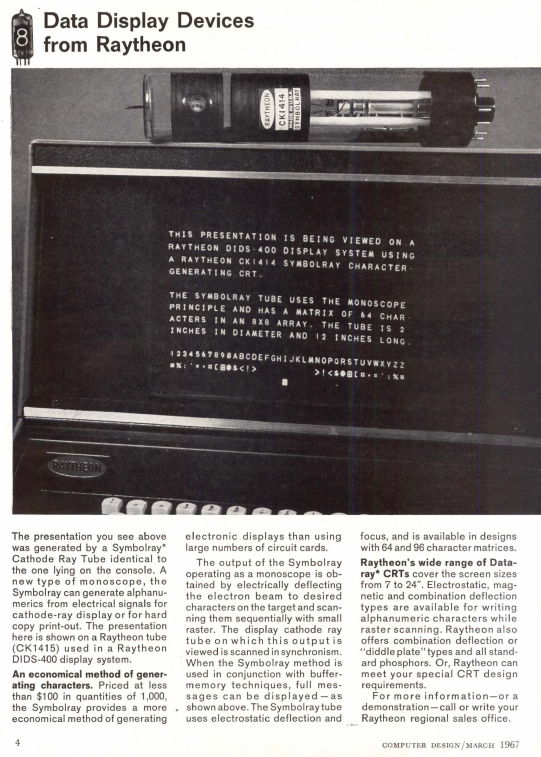
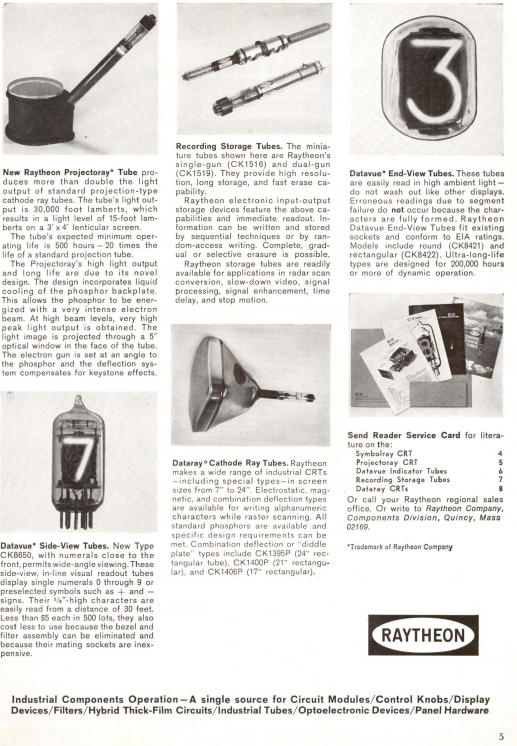
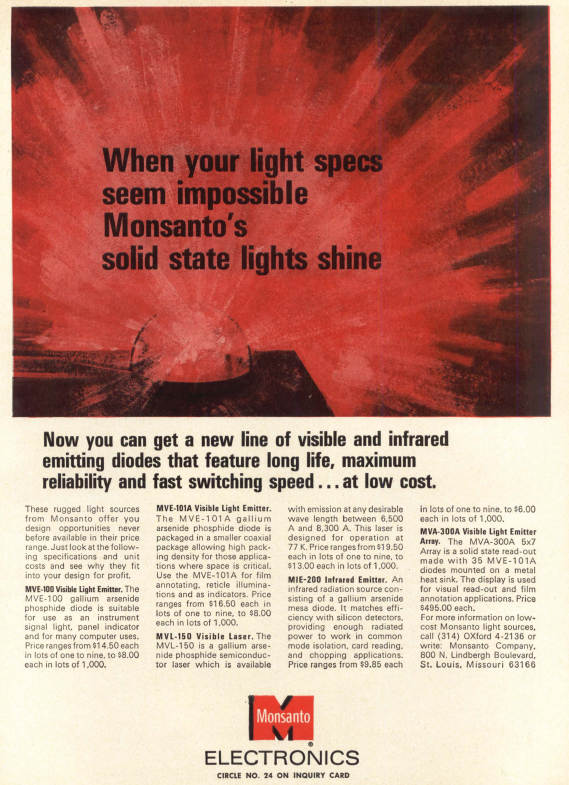
!["Ever do a slow burn over [Grafana?]" why yes, yes i do. "Ever do a slow burn over [Grafana?]" why yes, yes i do.](https://pbs.twimg.com/media/EcXJ_BMUMAAnKwS.png)
 VE To PUNCH HoLEs.
VE To PUNCH HoLEs.
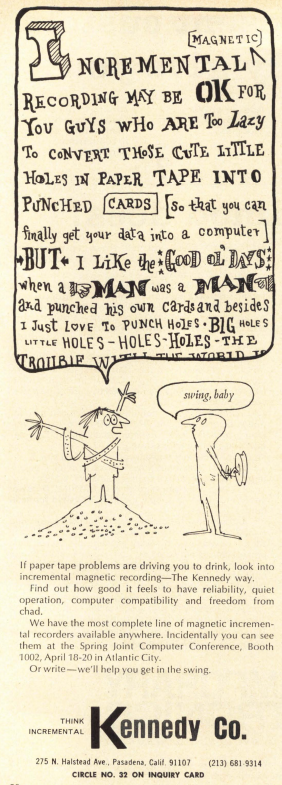
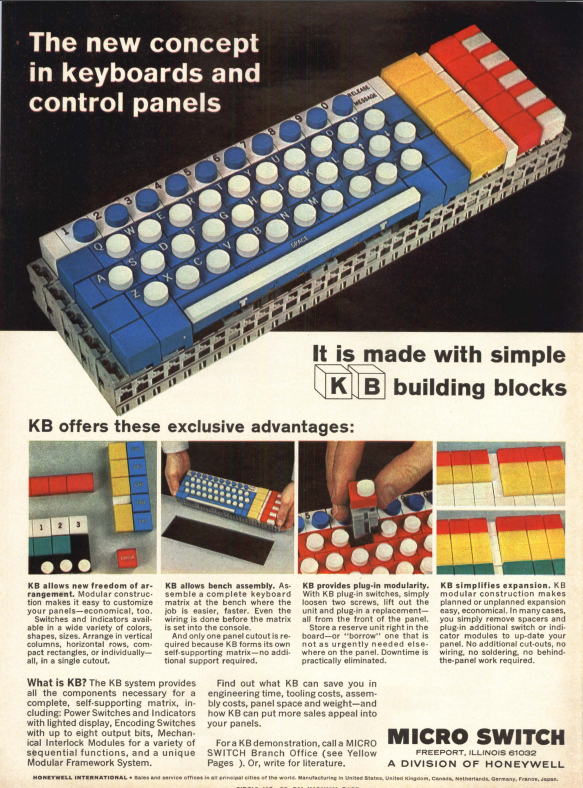

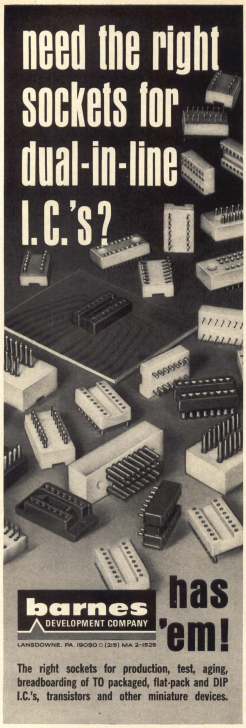
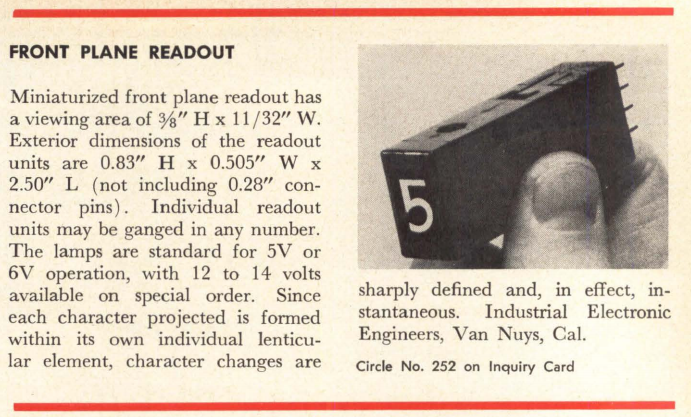
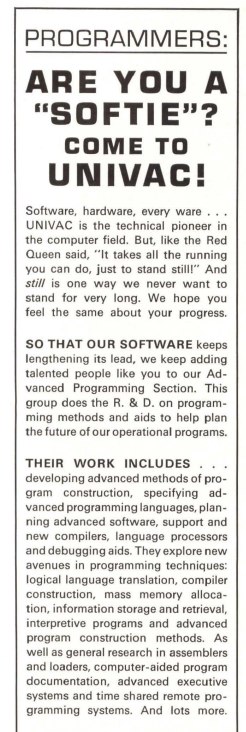
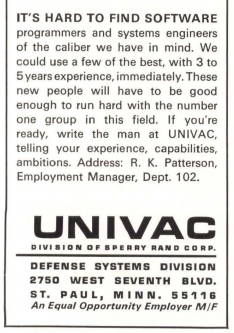
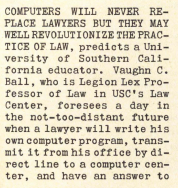
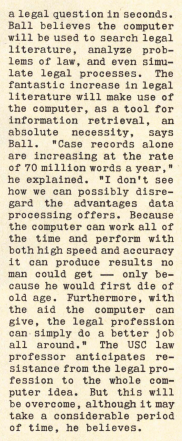
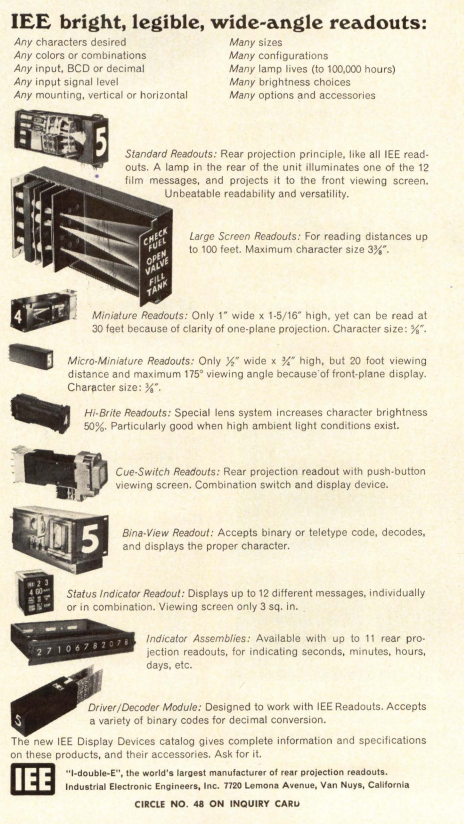
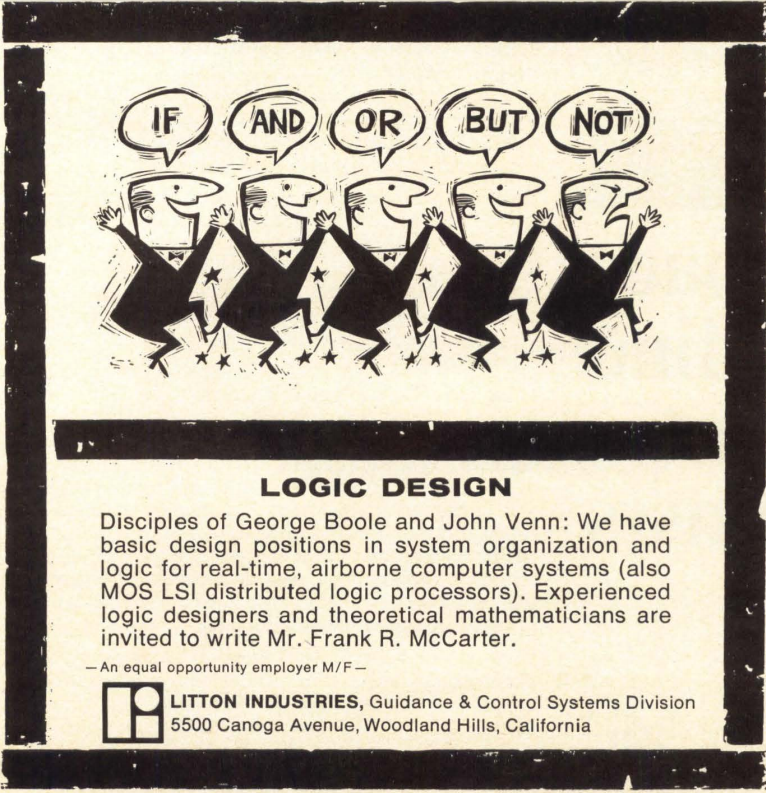
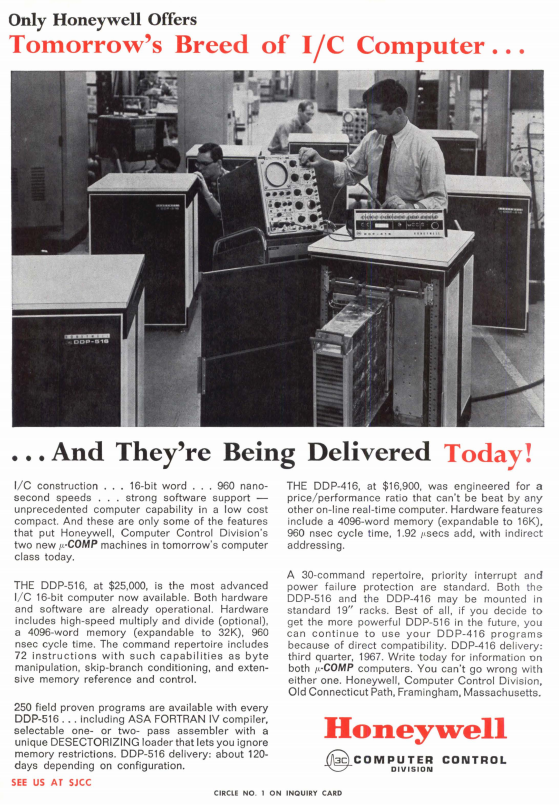




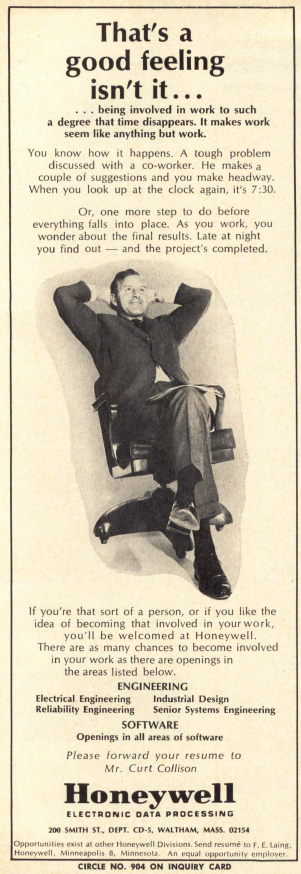
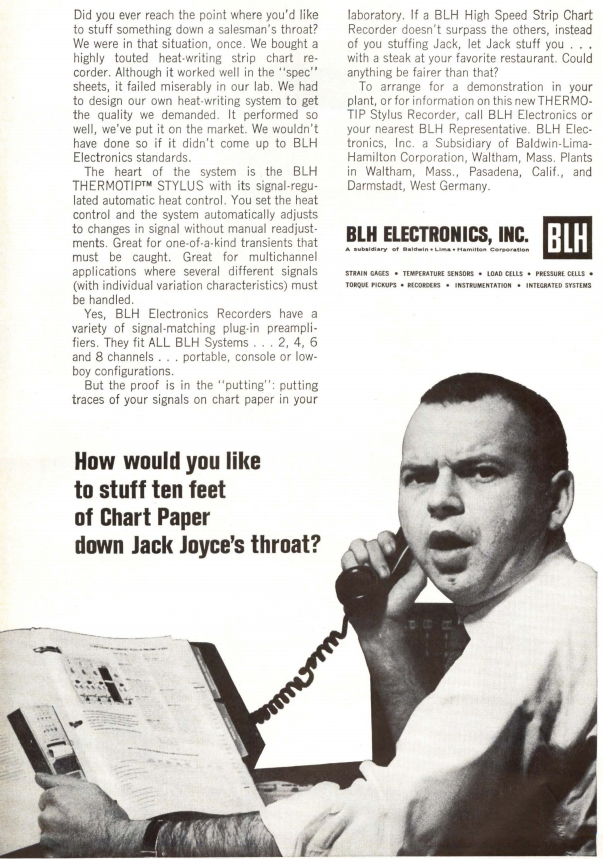
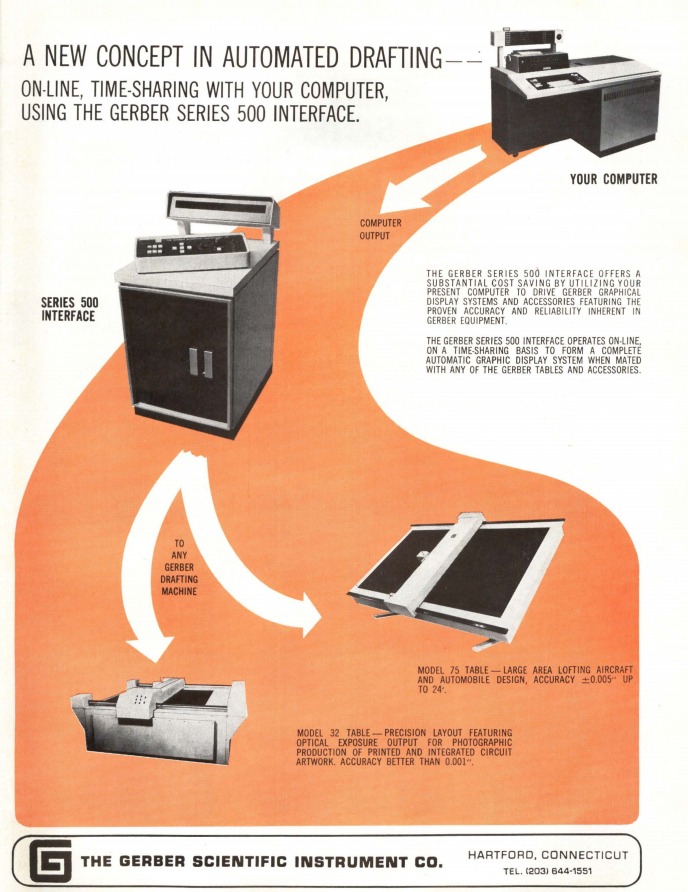
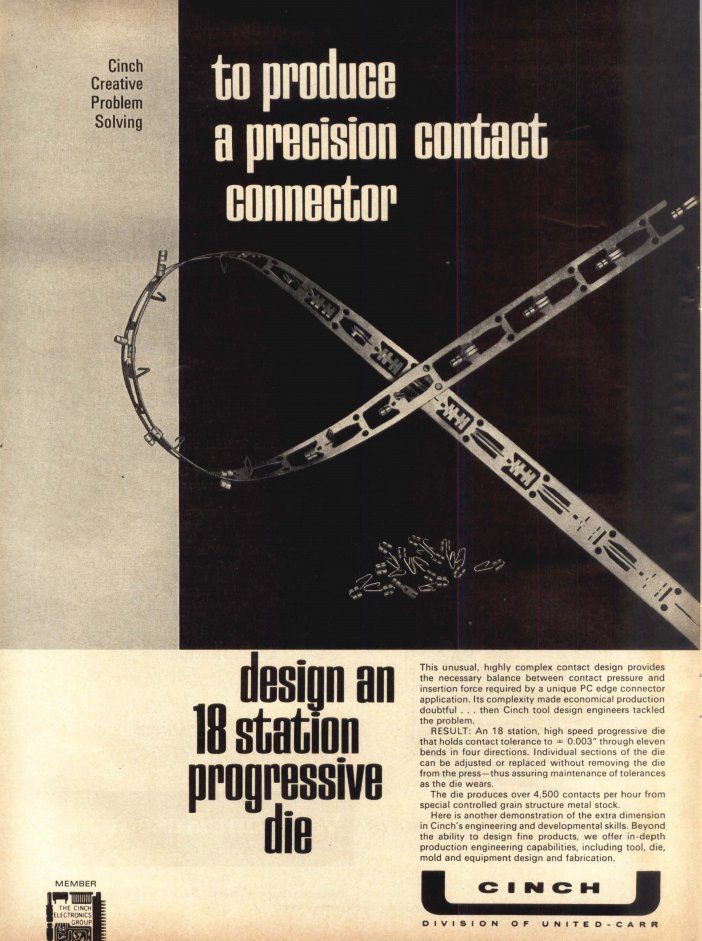

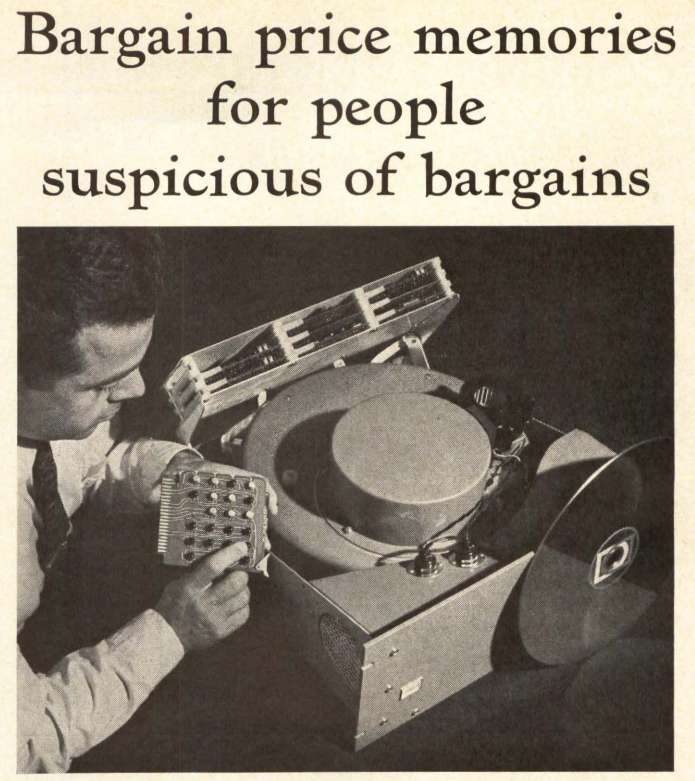
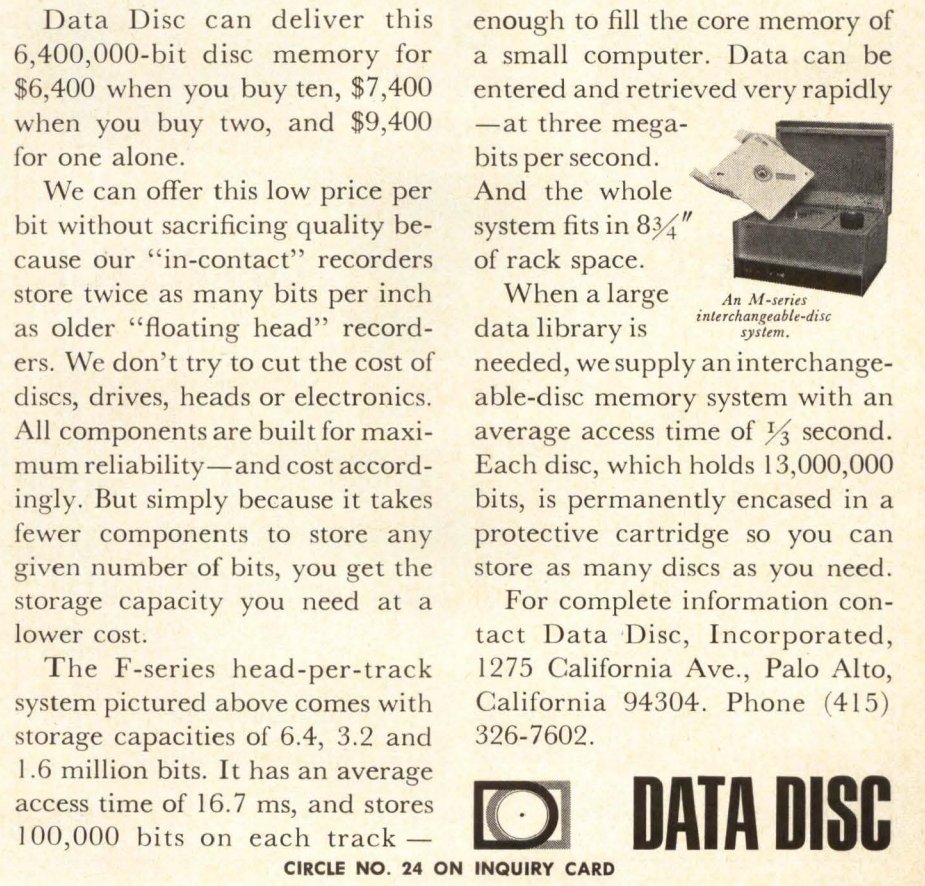

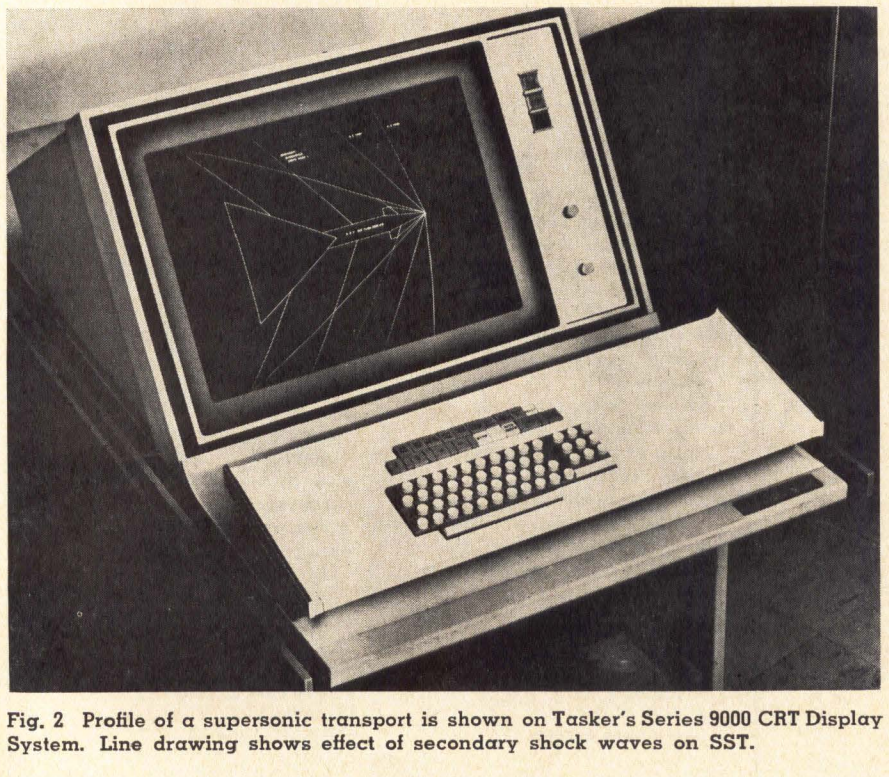
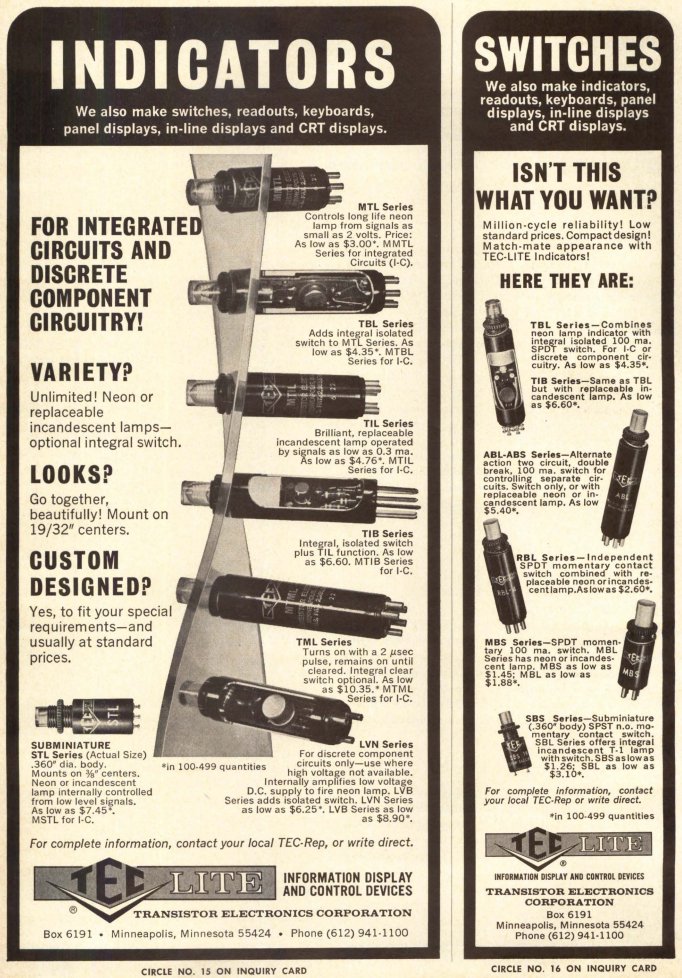
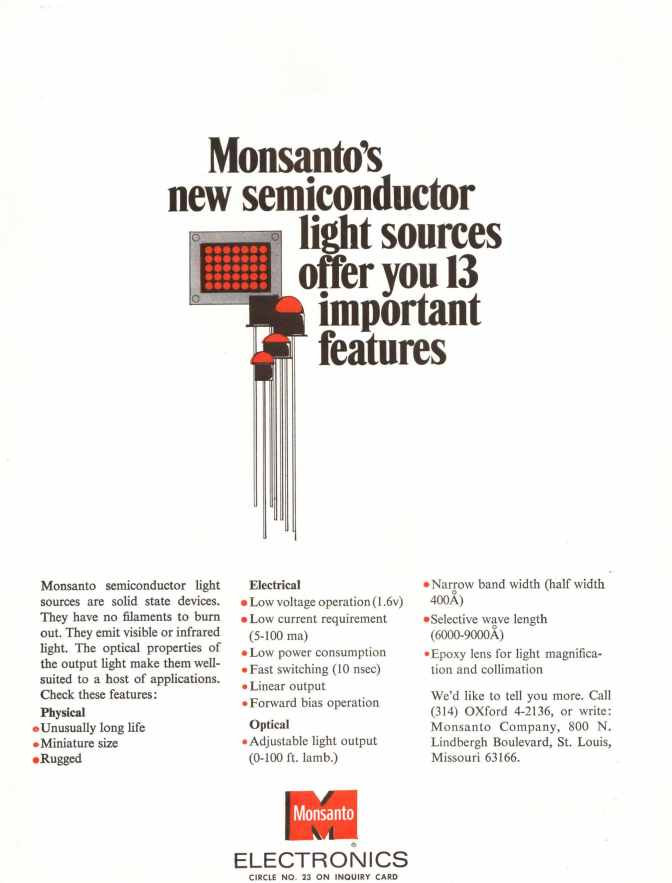
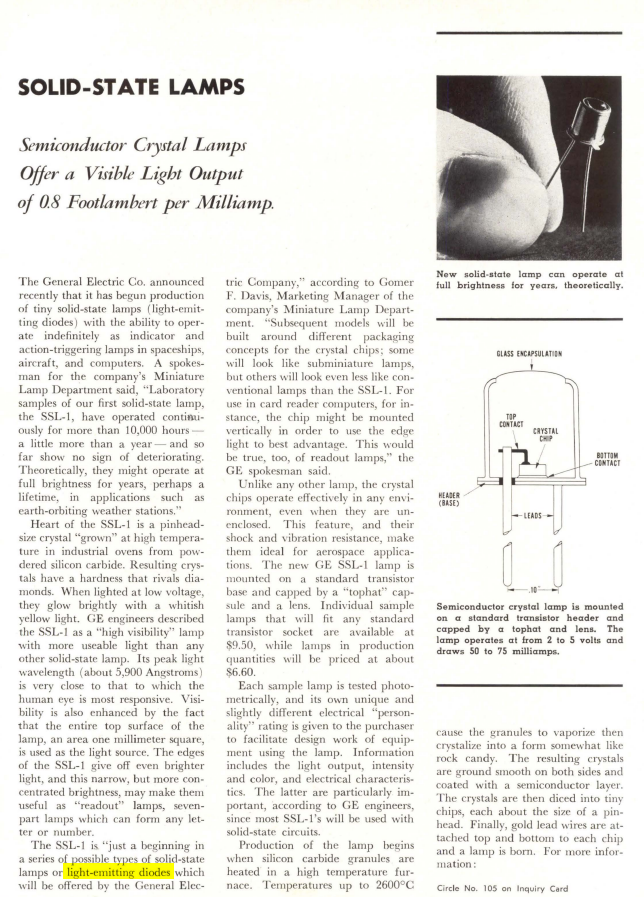
 die photo
die photo part number
part number 
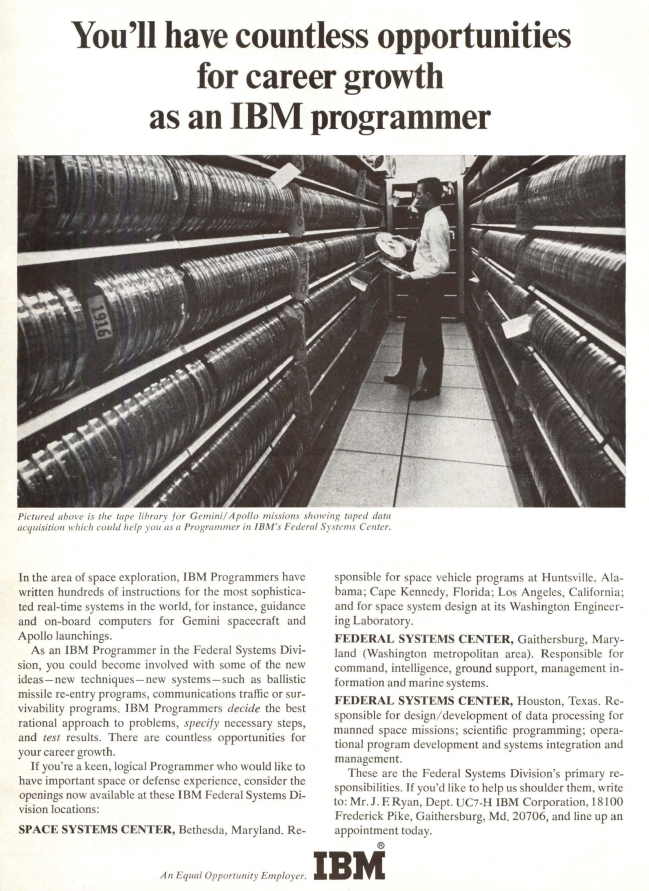
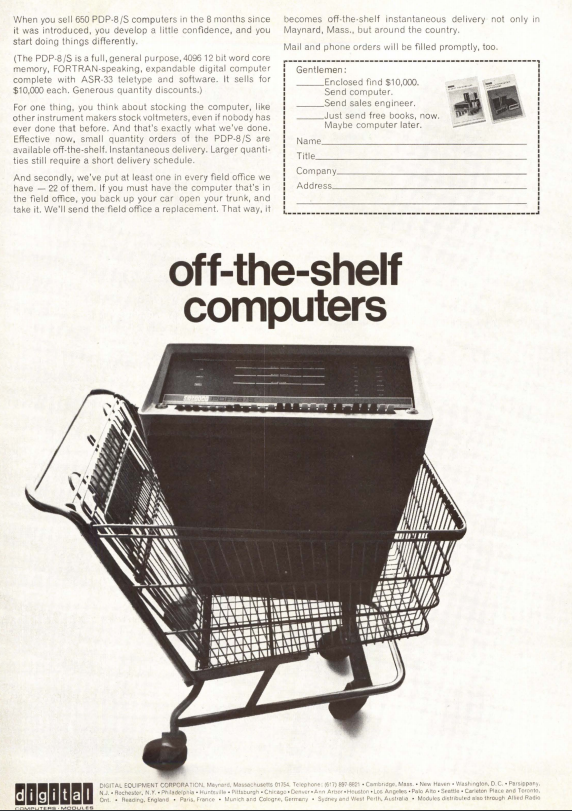
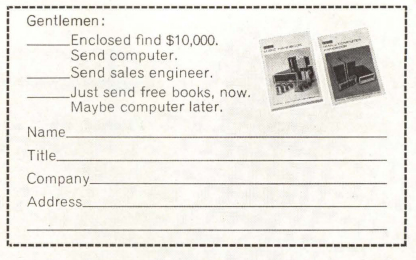
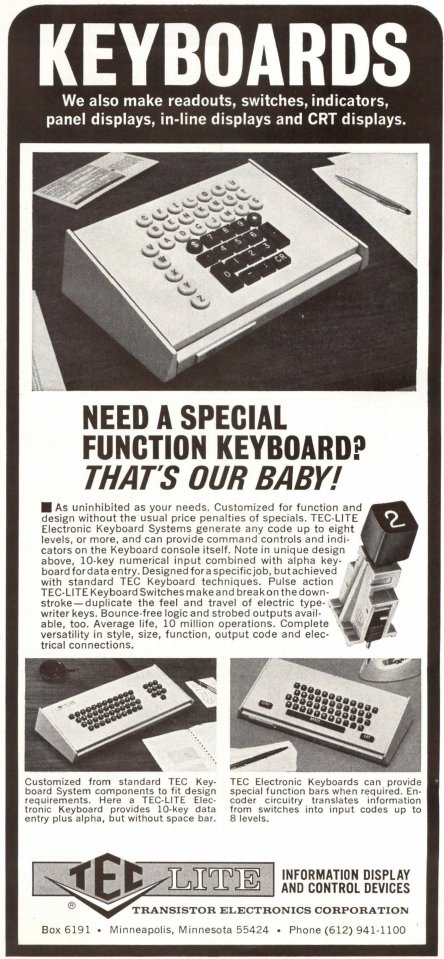
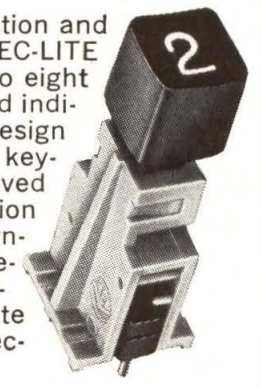
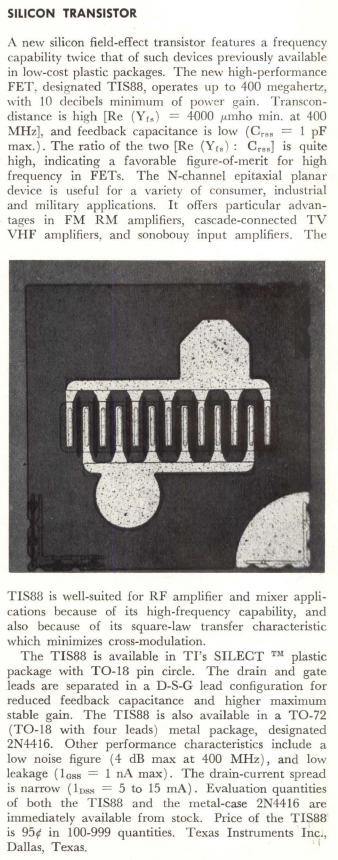
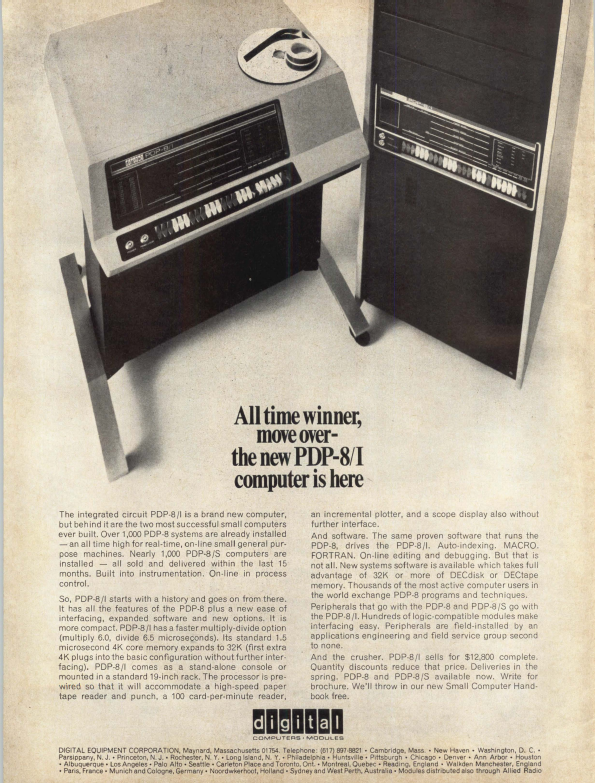
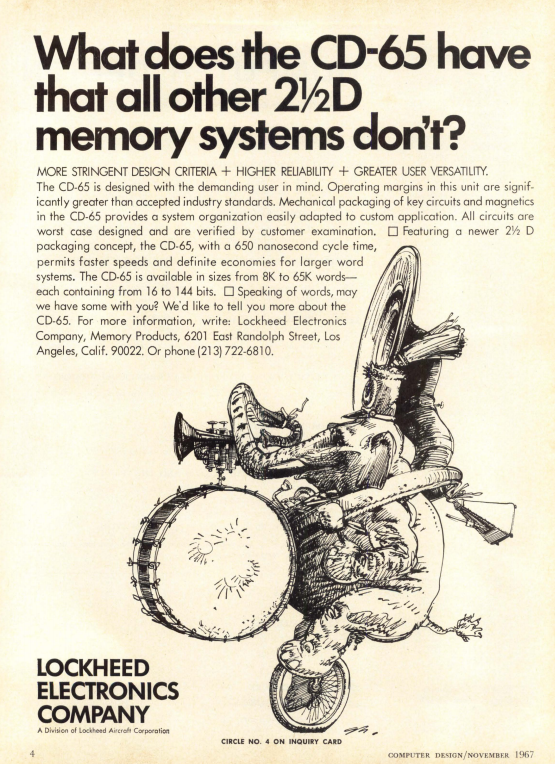
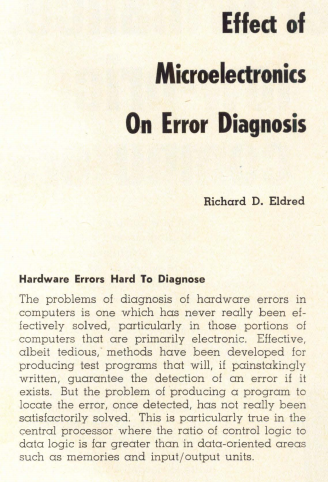
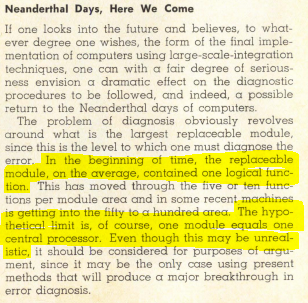

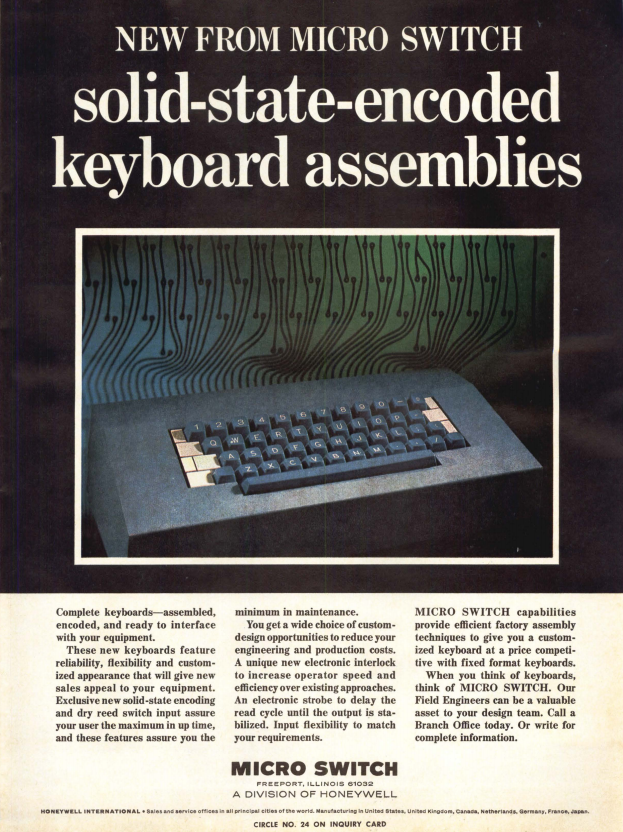
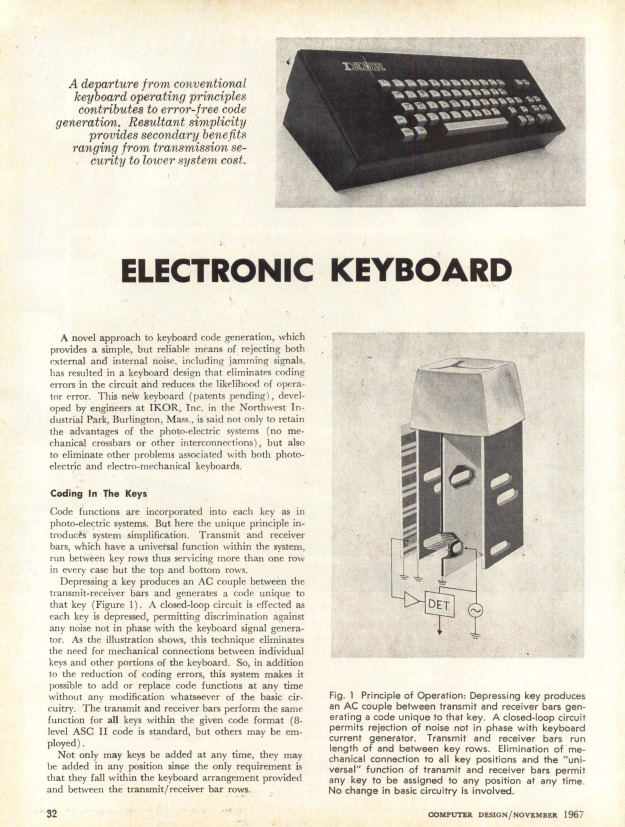
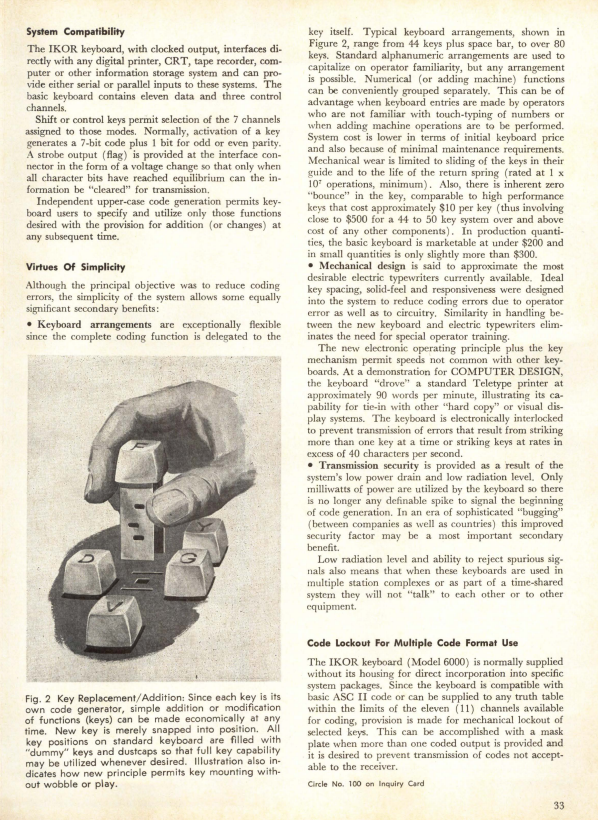
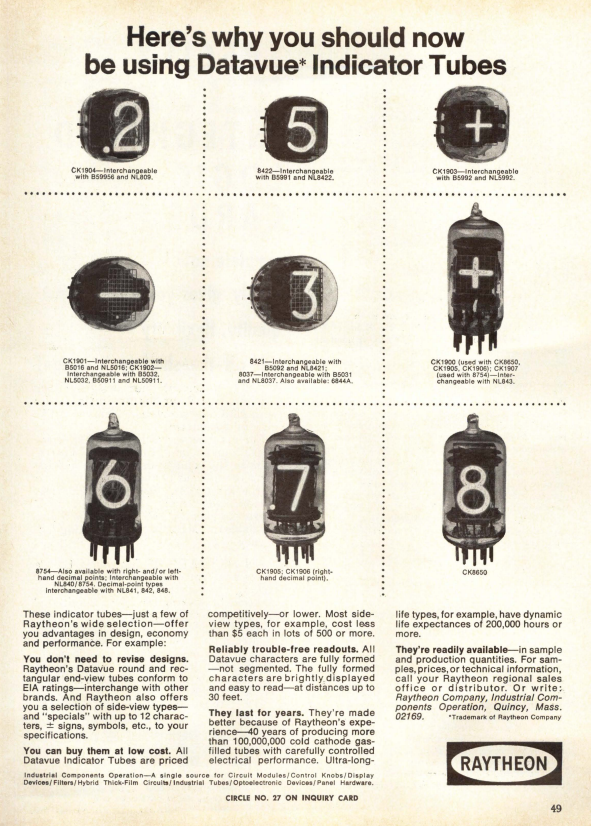
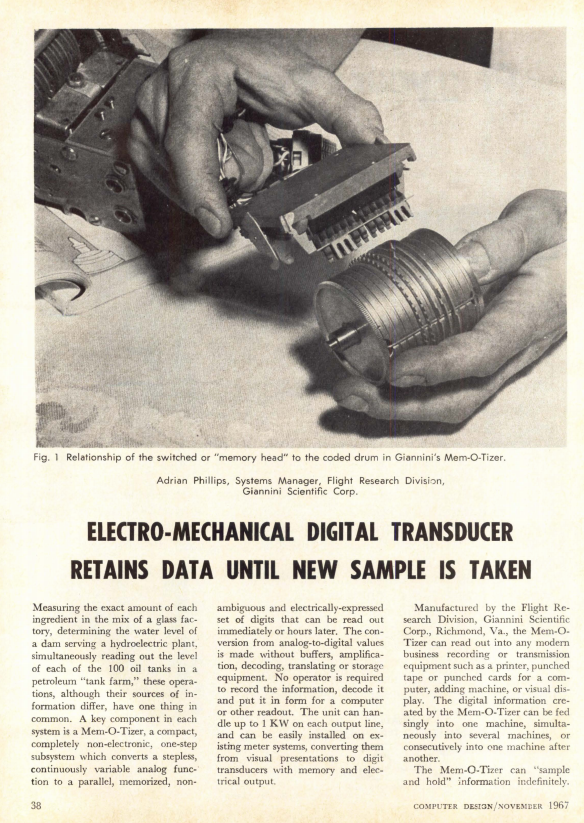
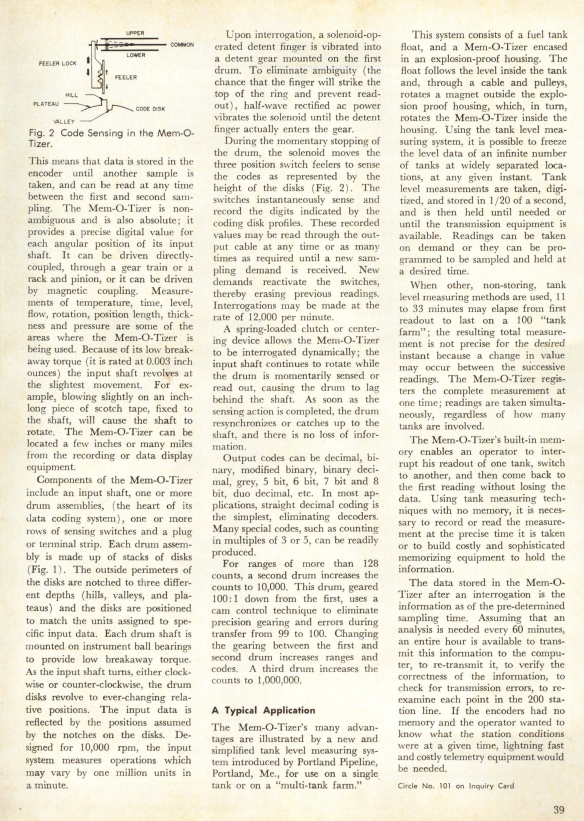
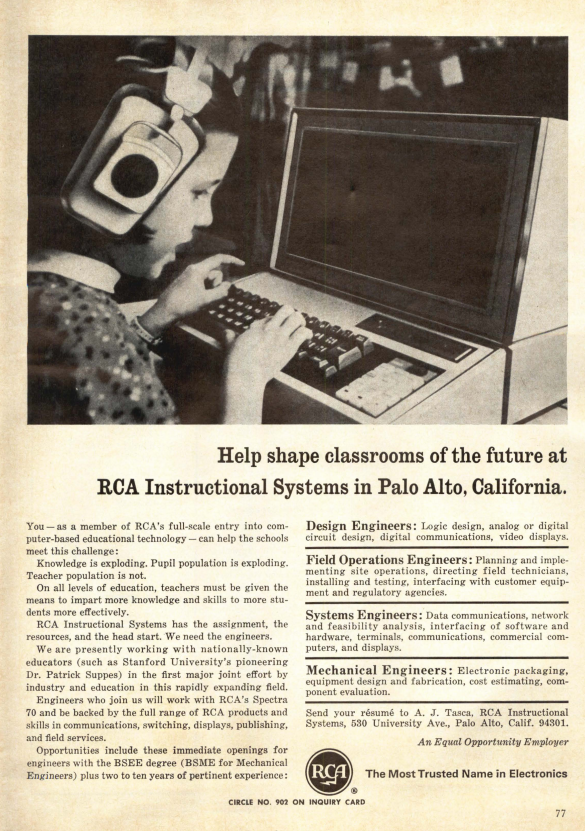
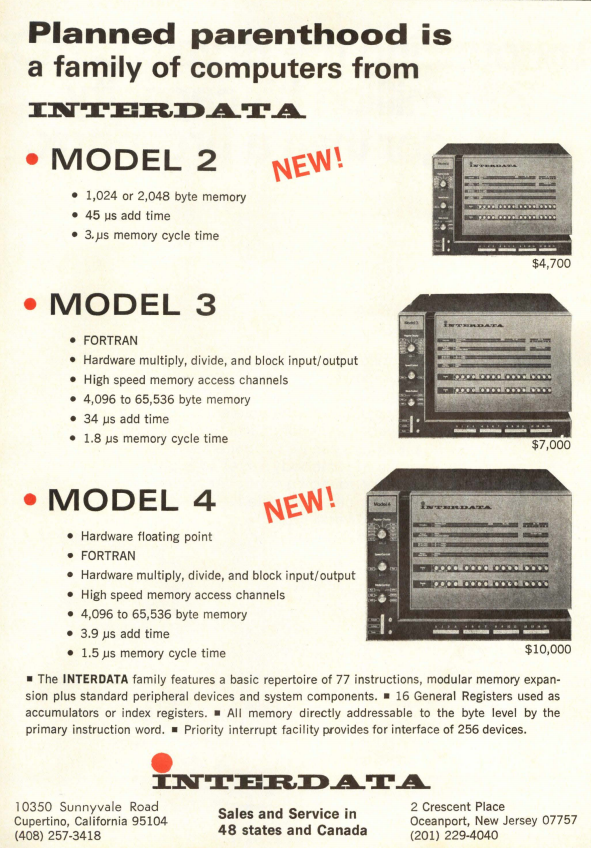
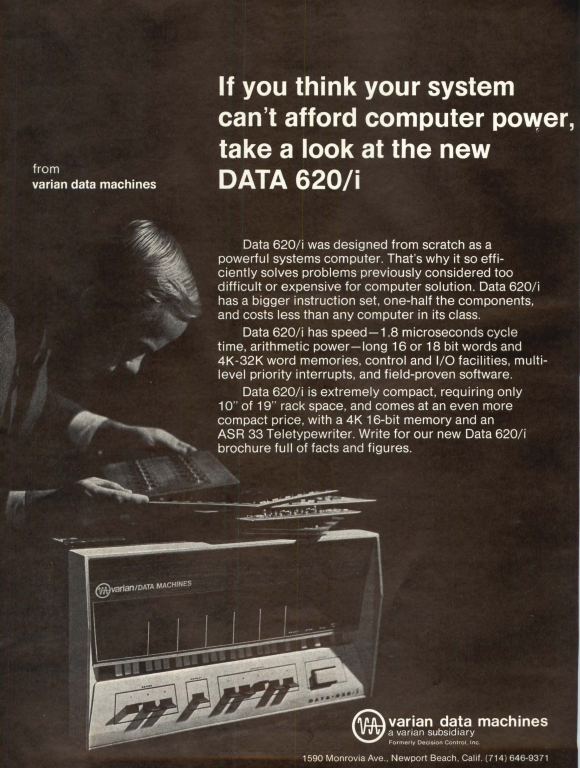
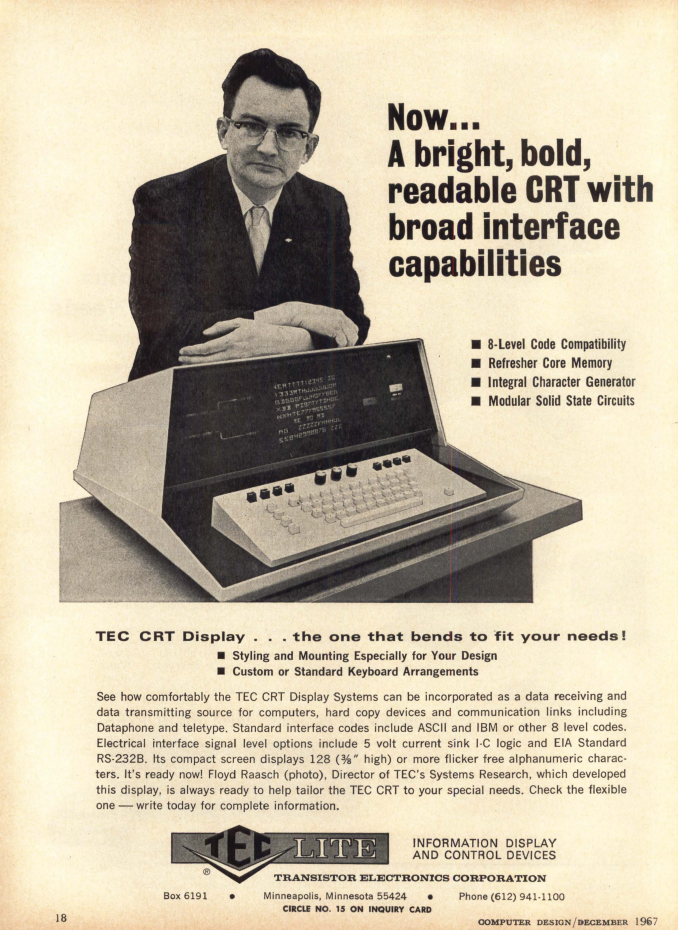

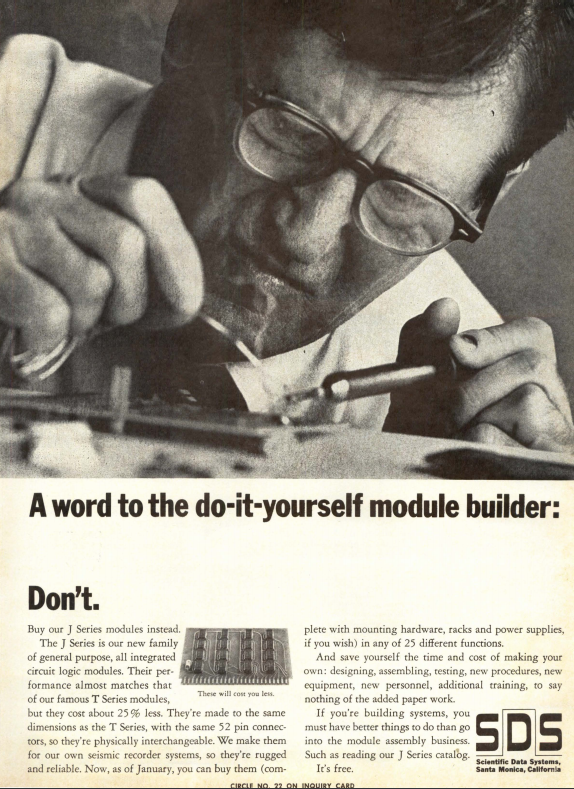
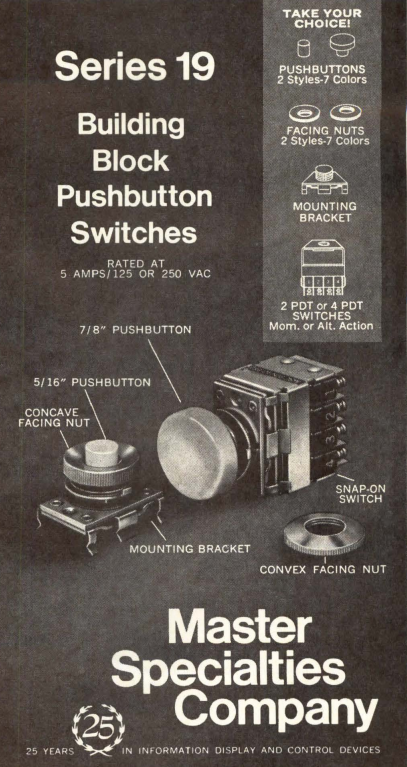
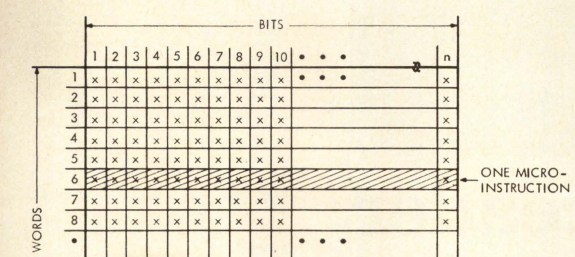
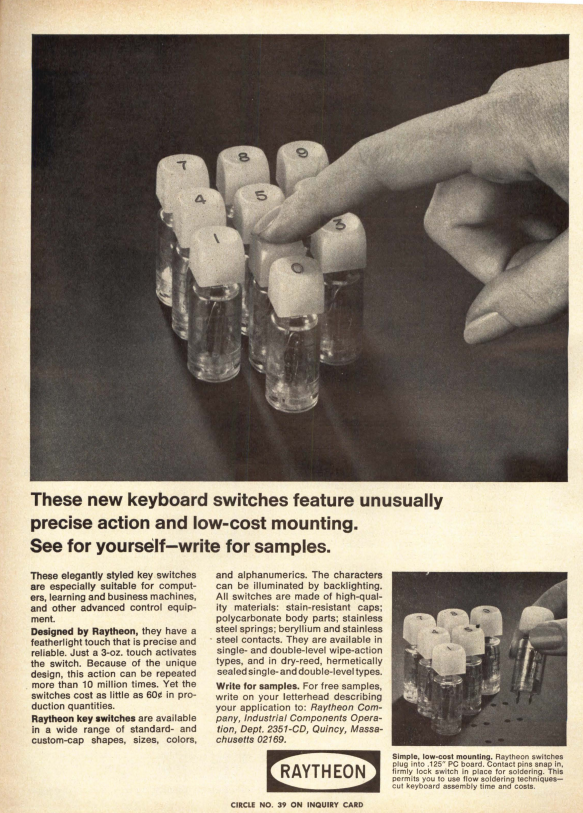
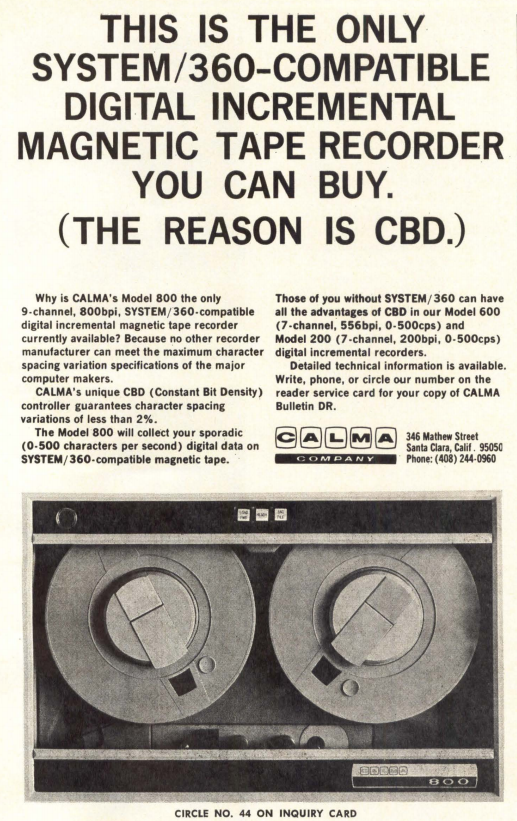

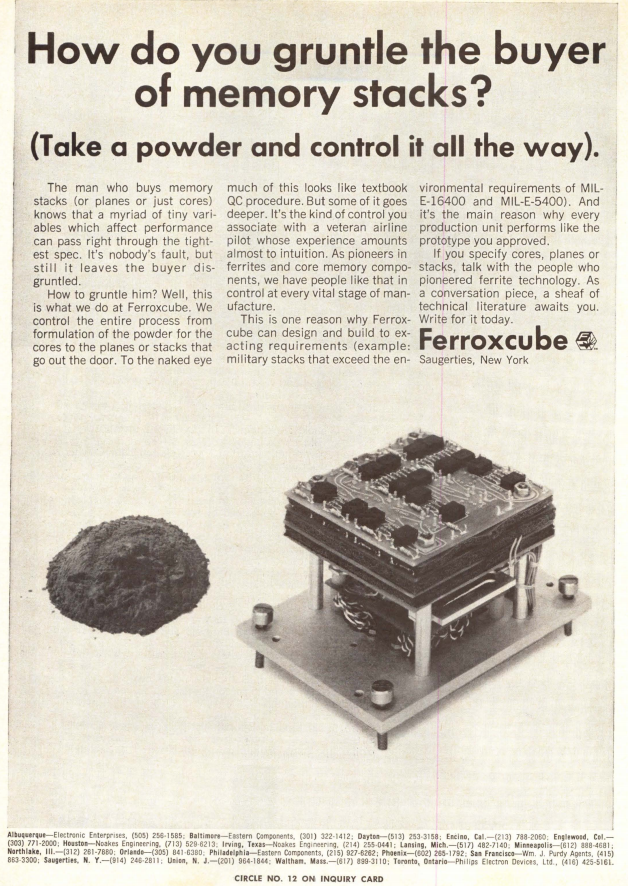
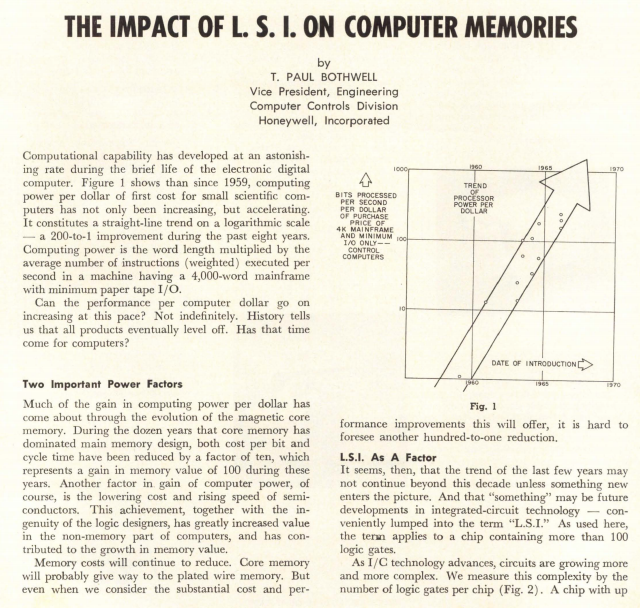

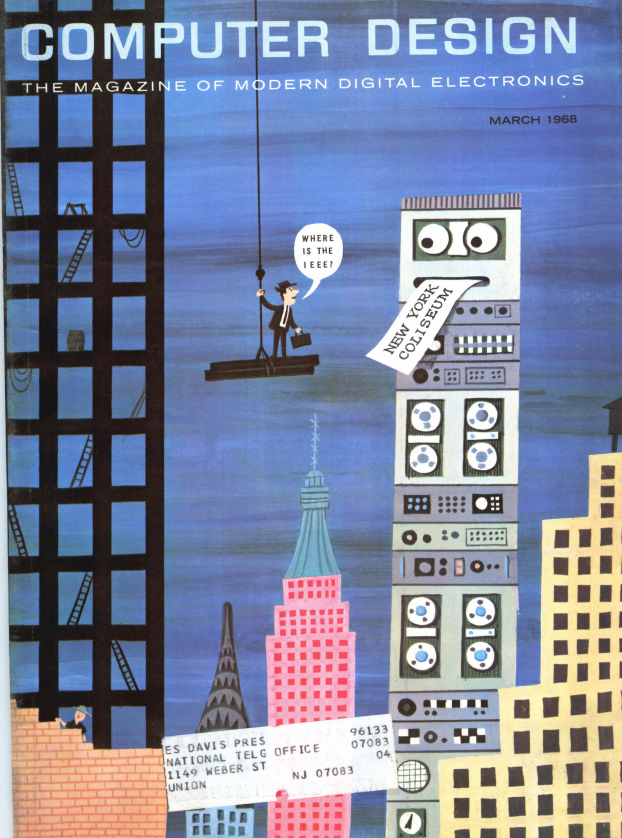
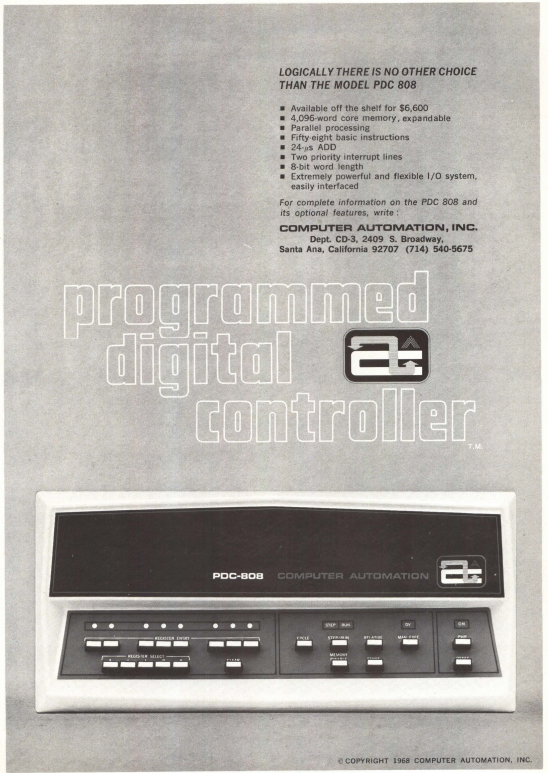
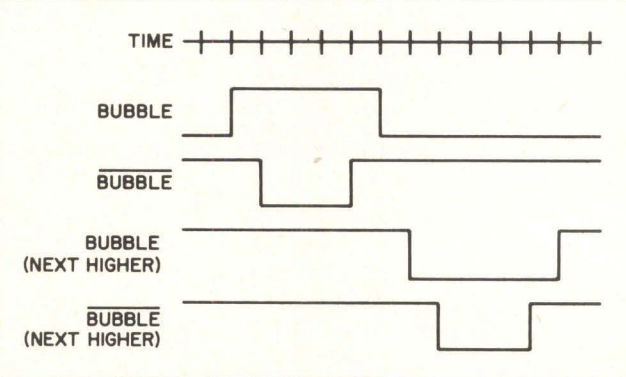

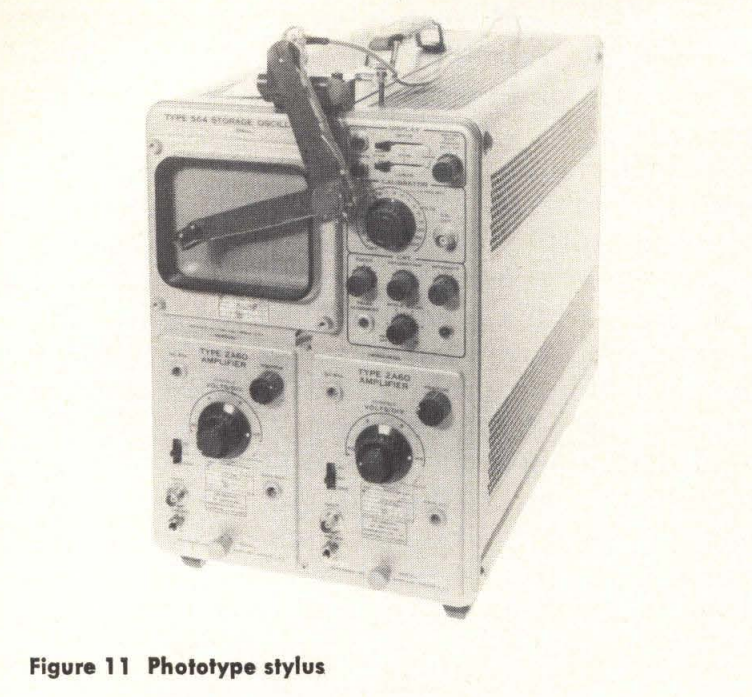
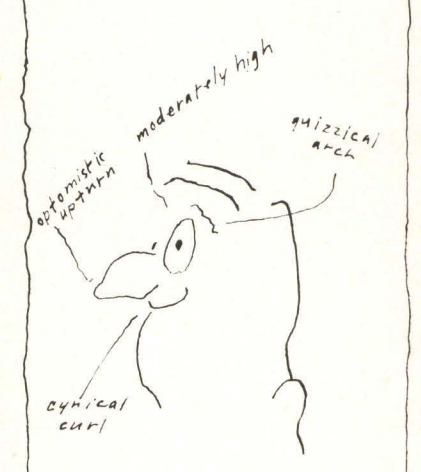
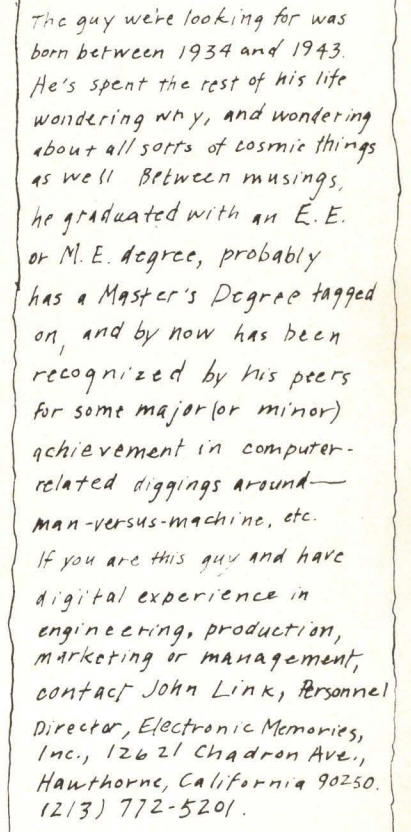
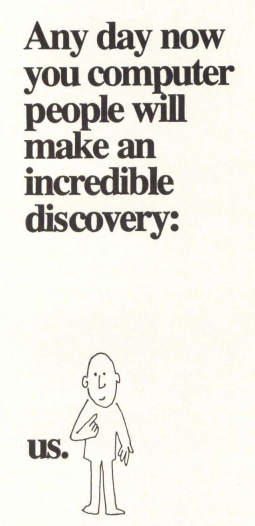
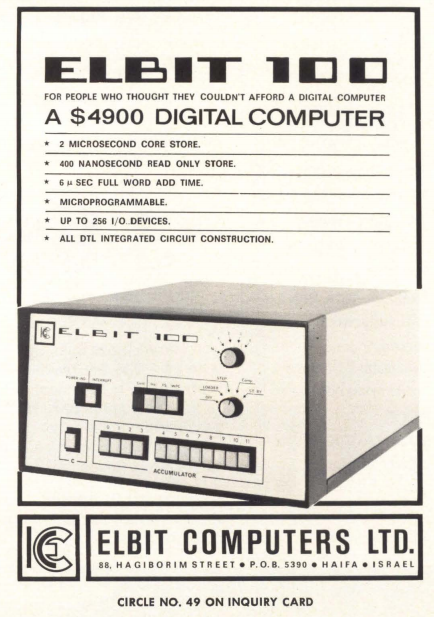
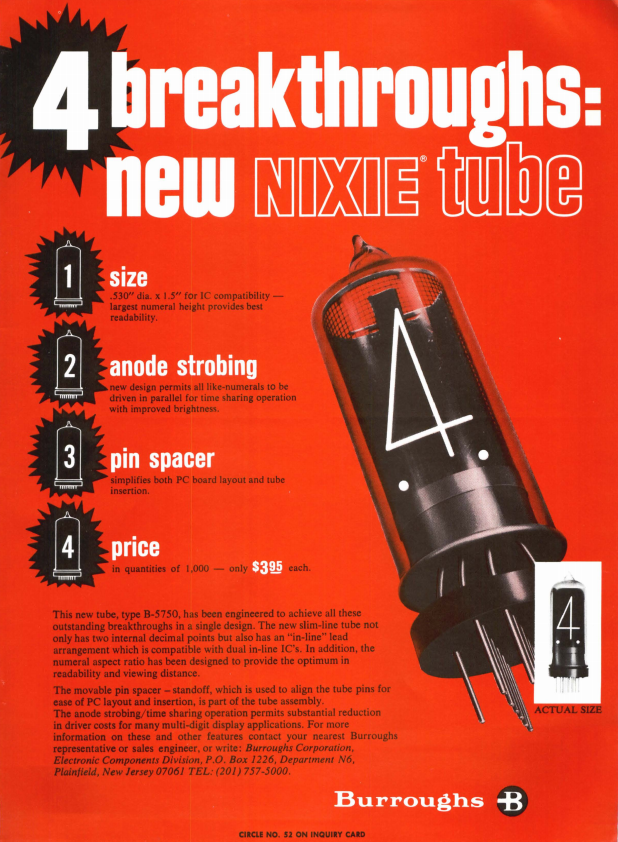
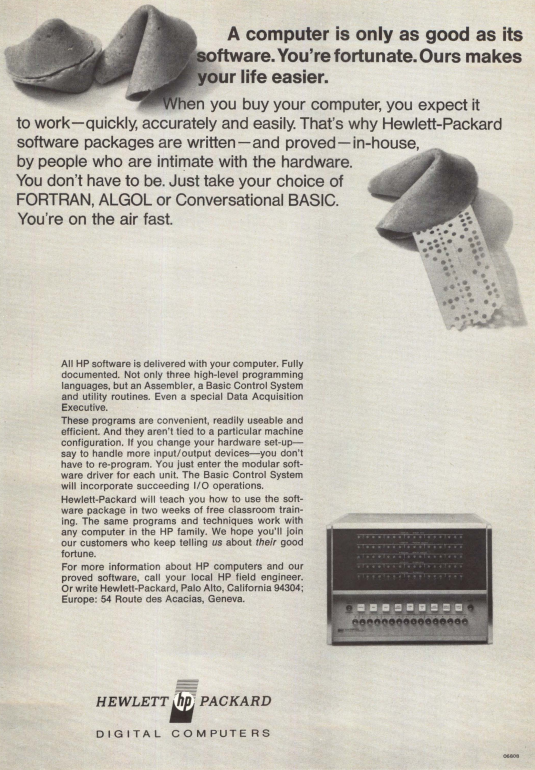
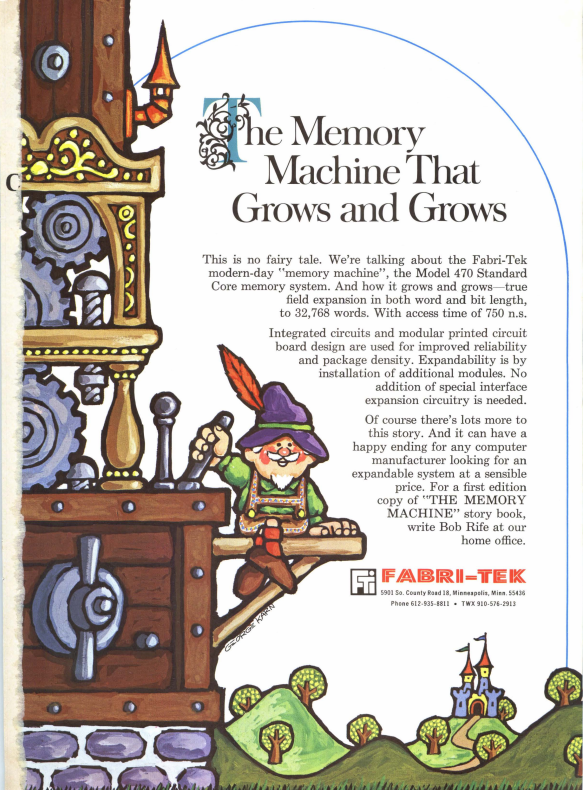


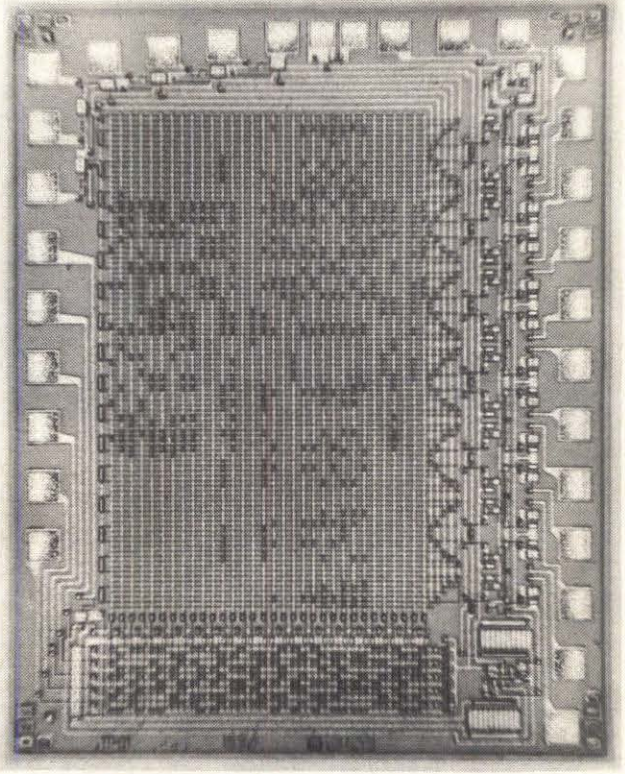


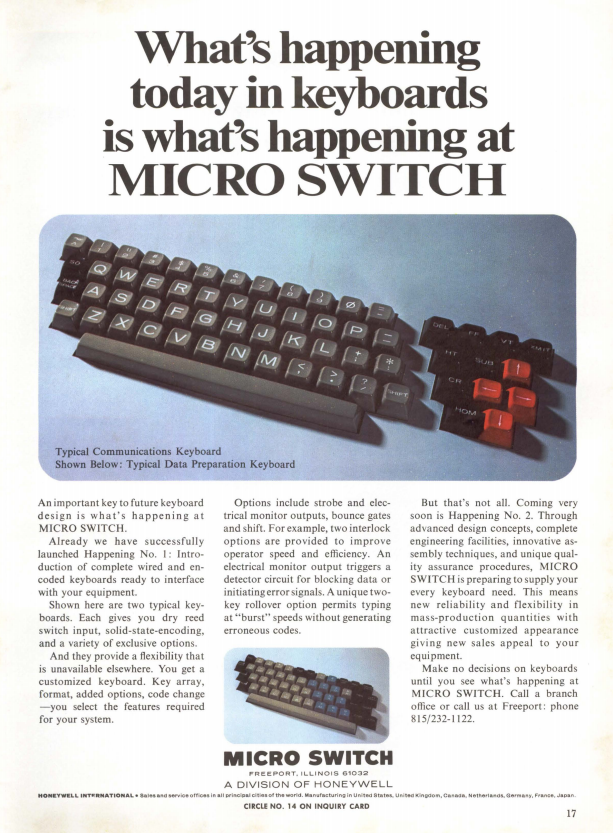
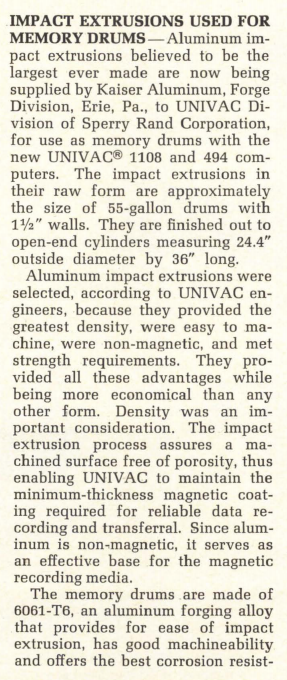
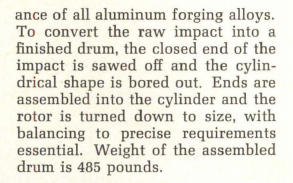
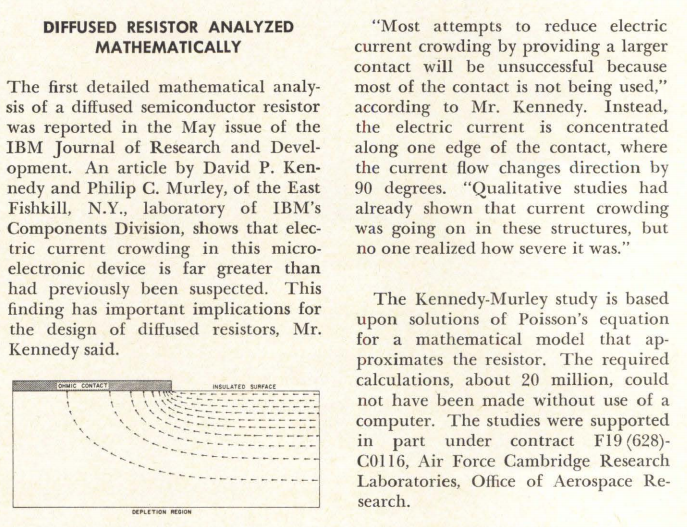
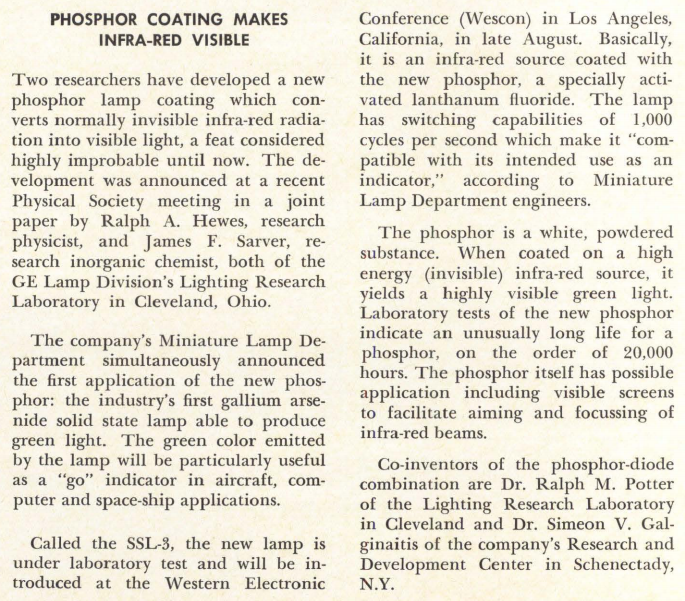

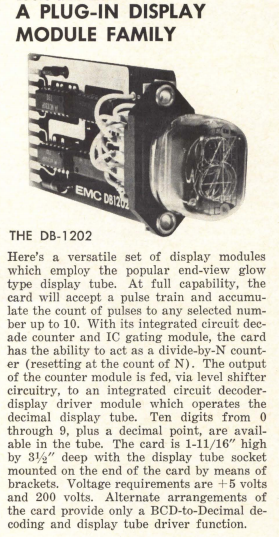
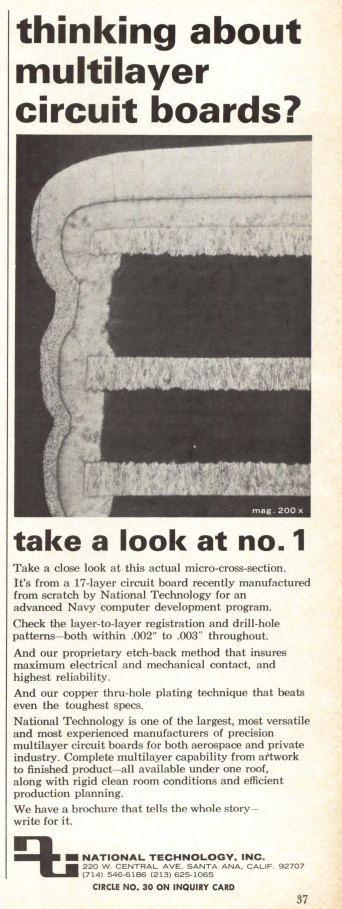
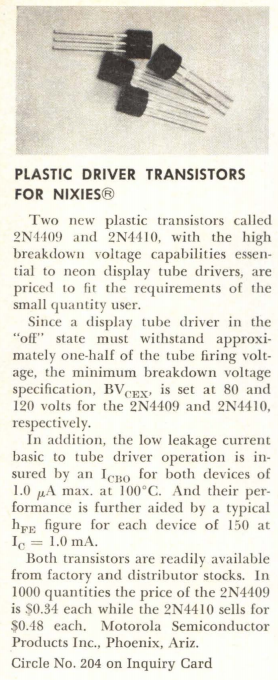
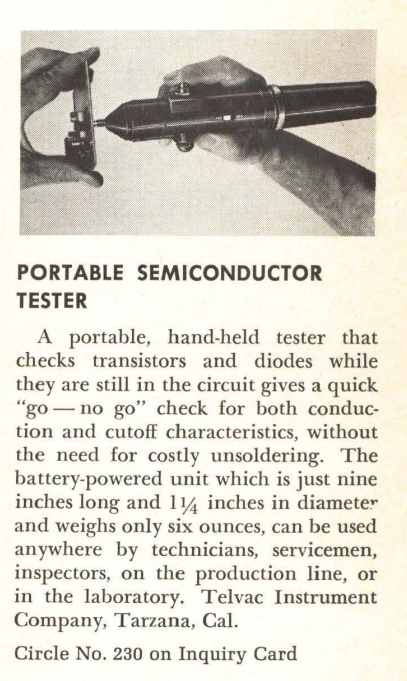
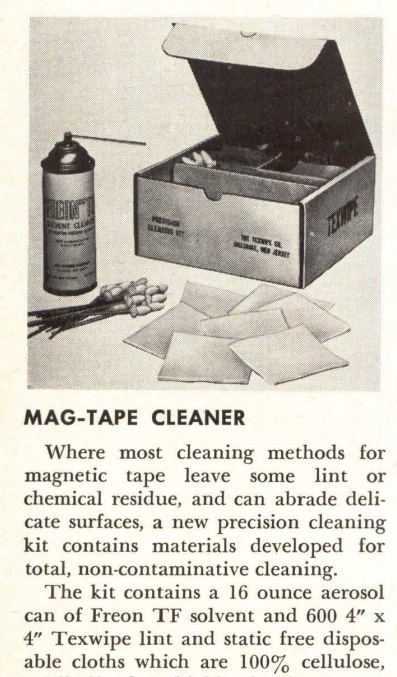

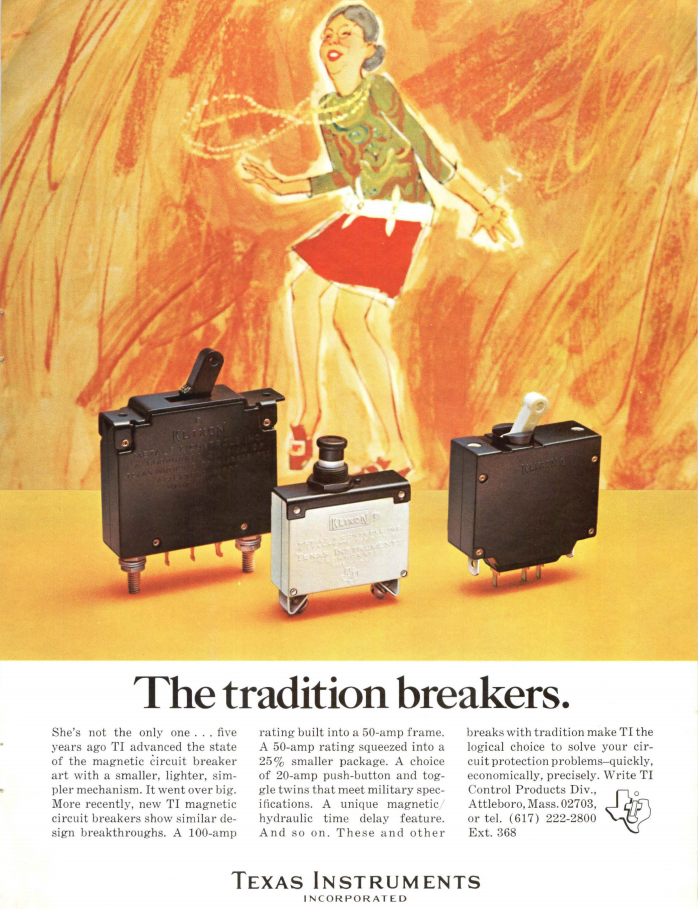
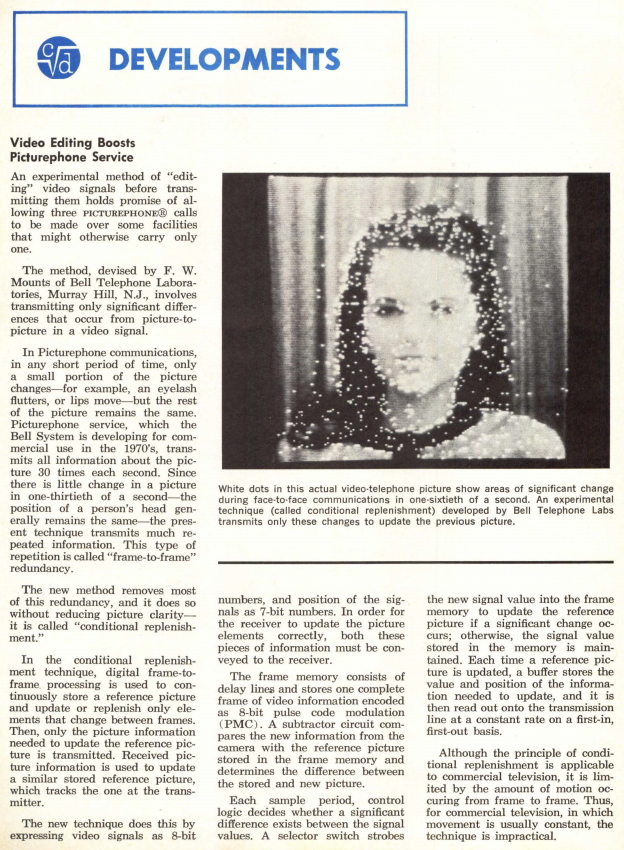
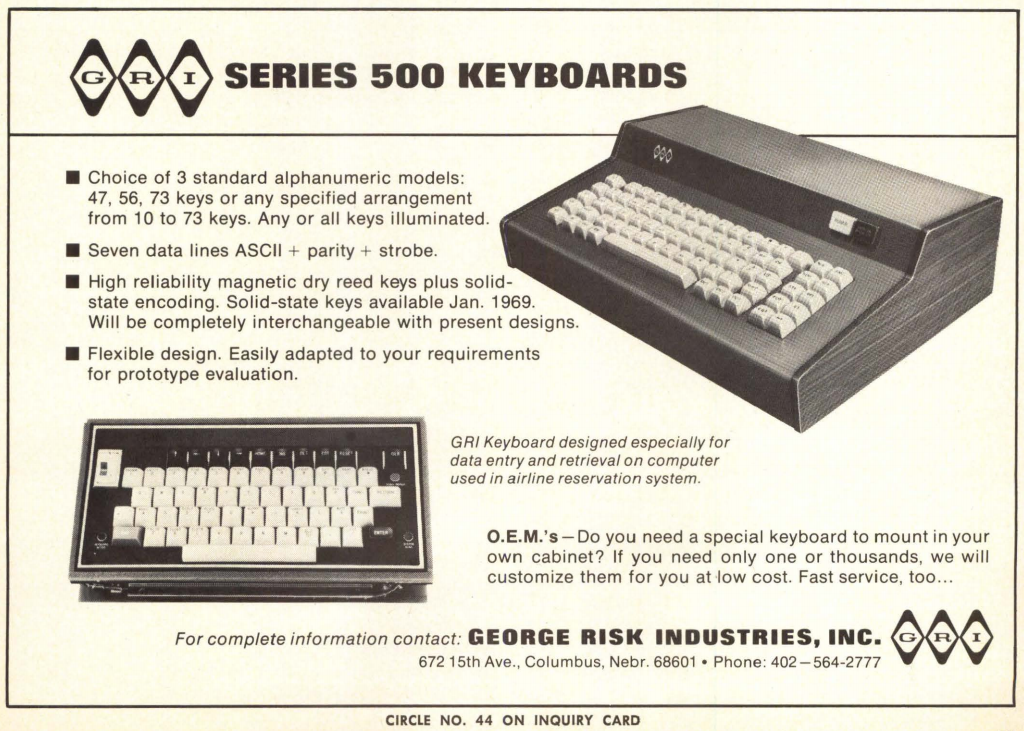
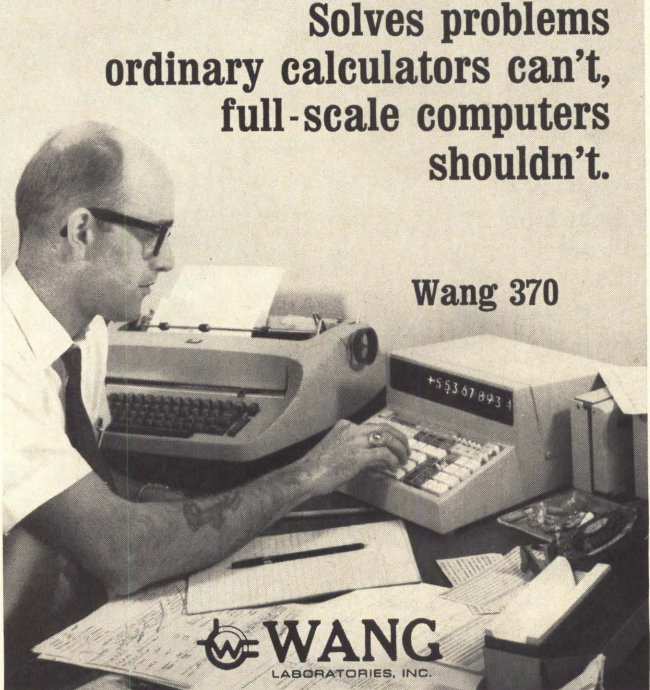

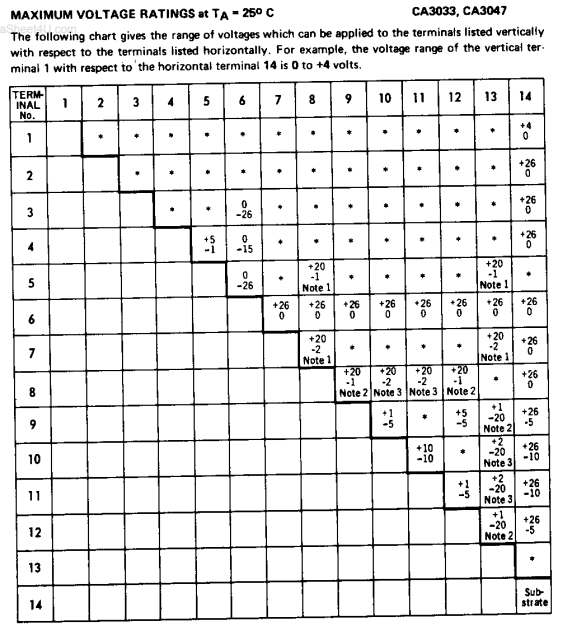
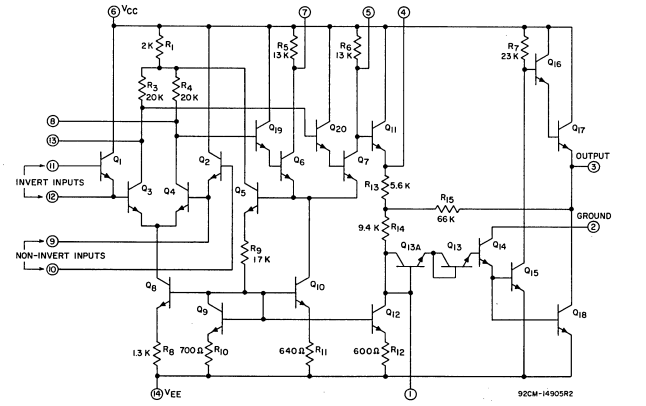
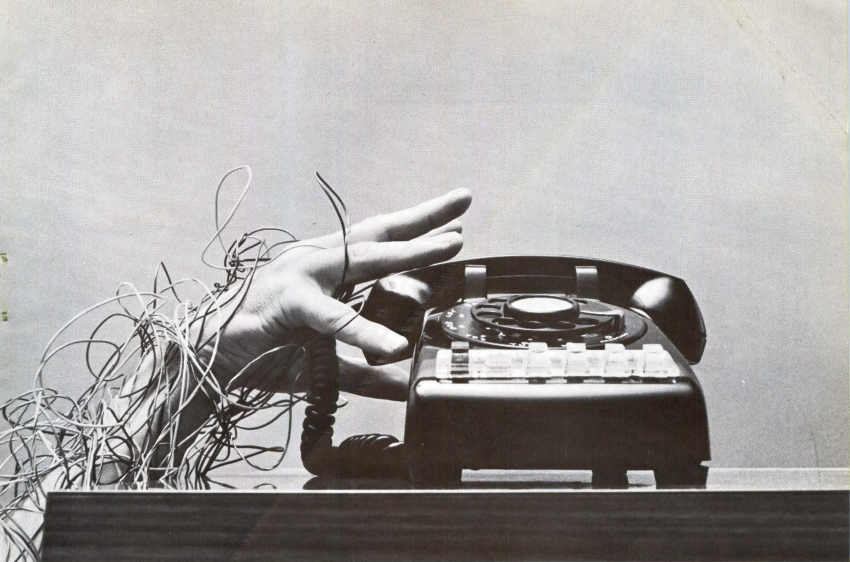
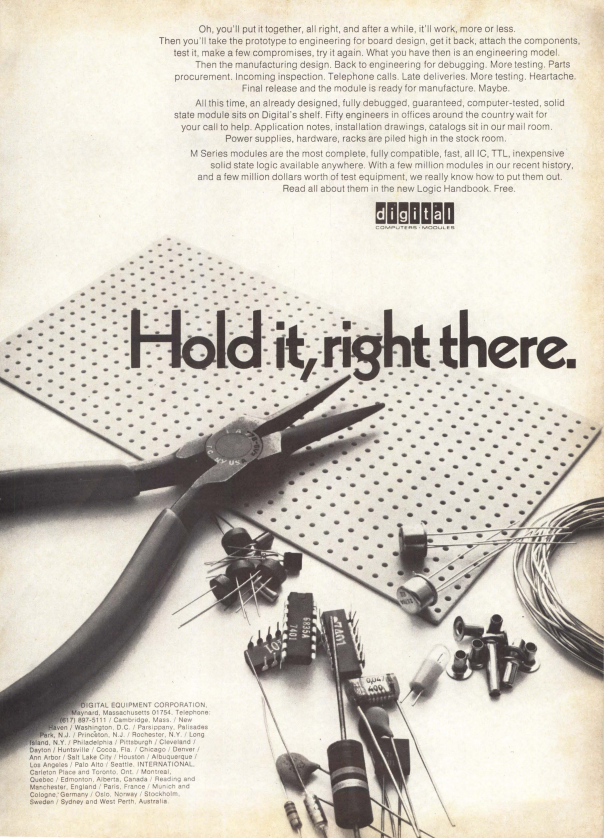
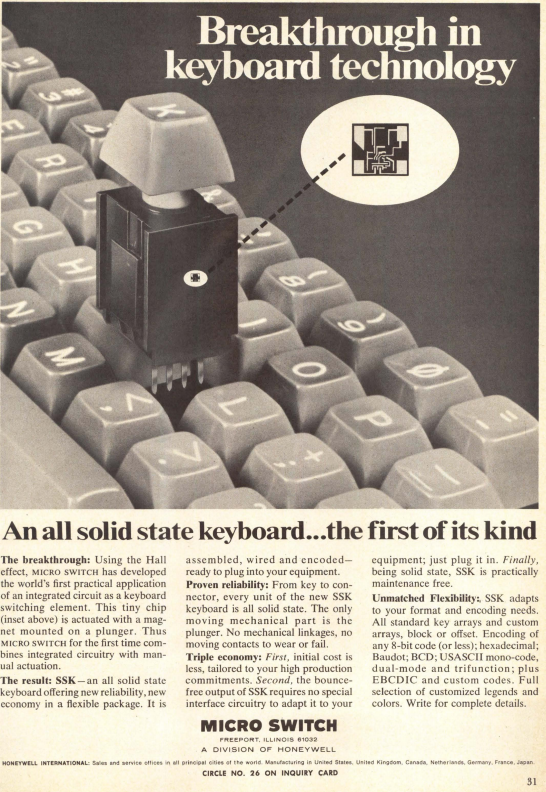
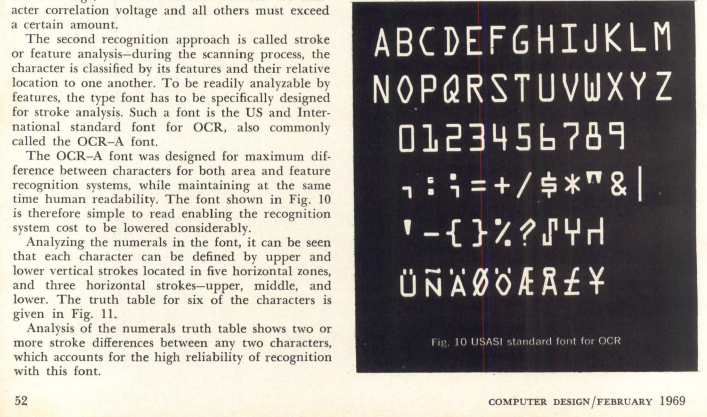
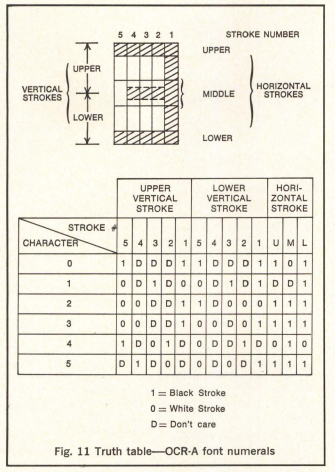
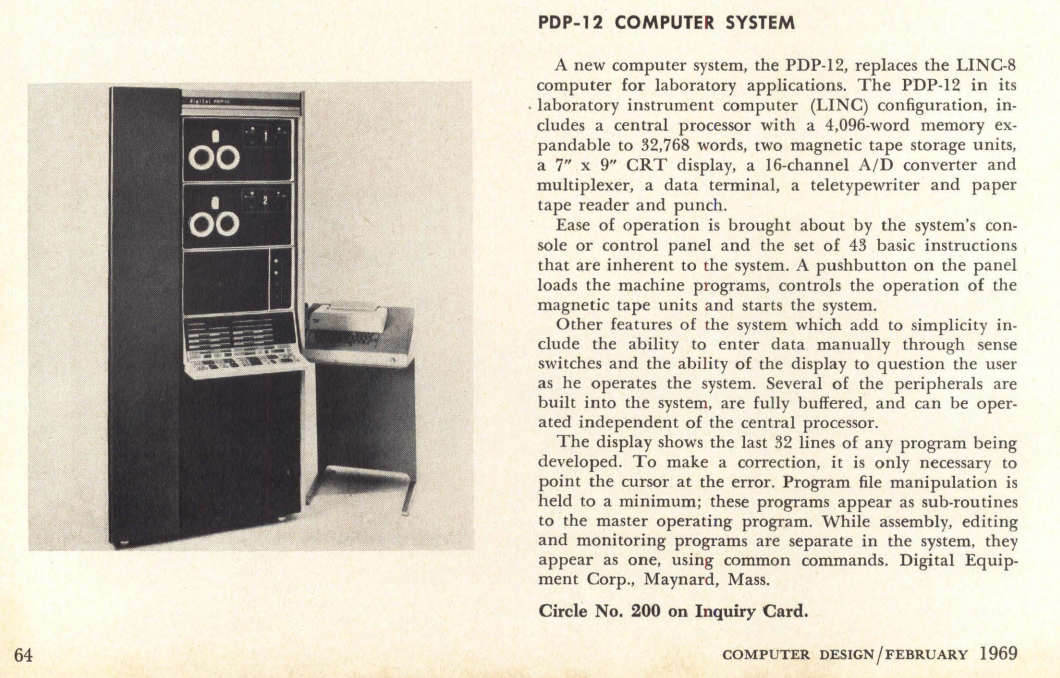

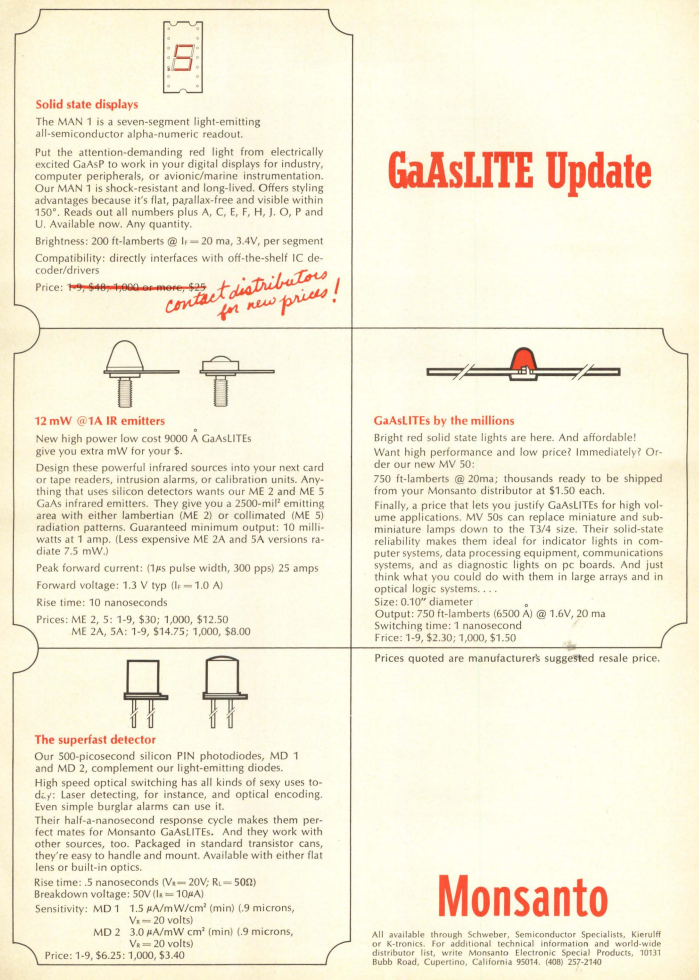
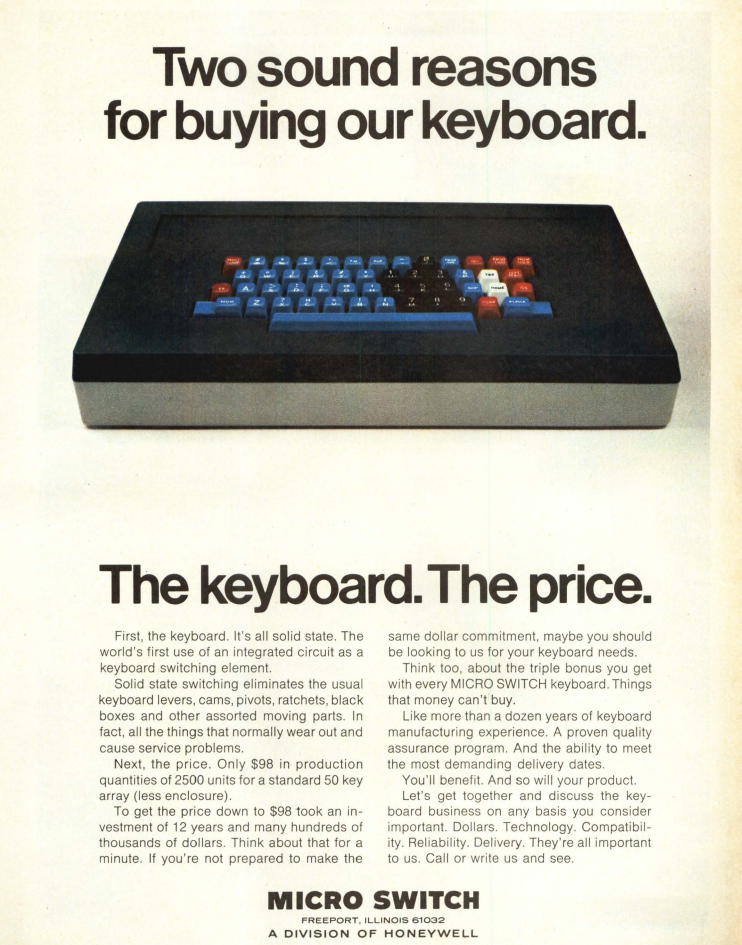


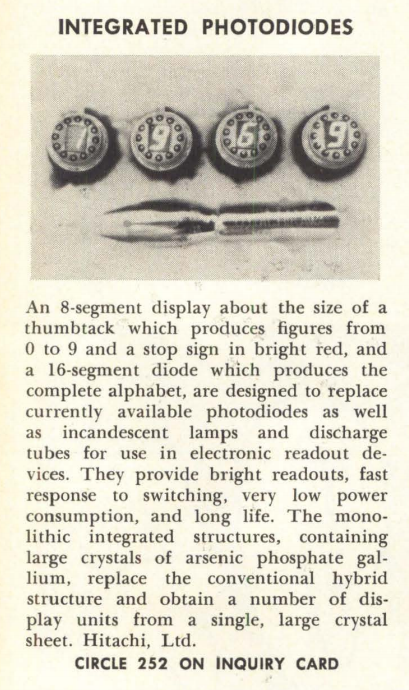
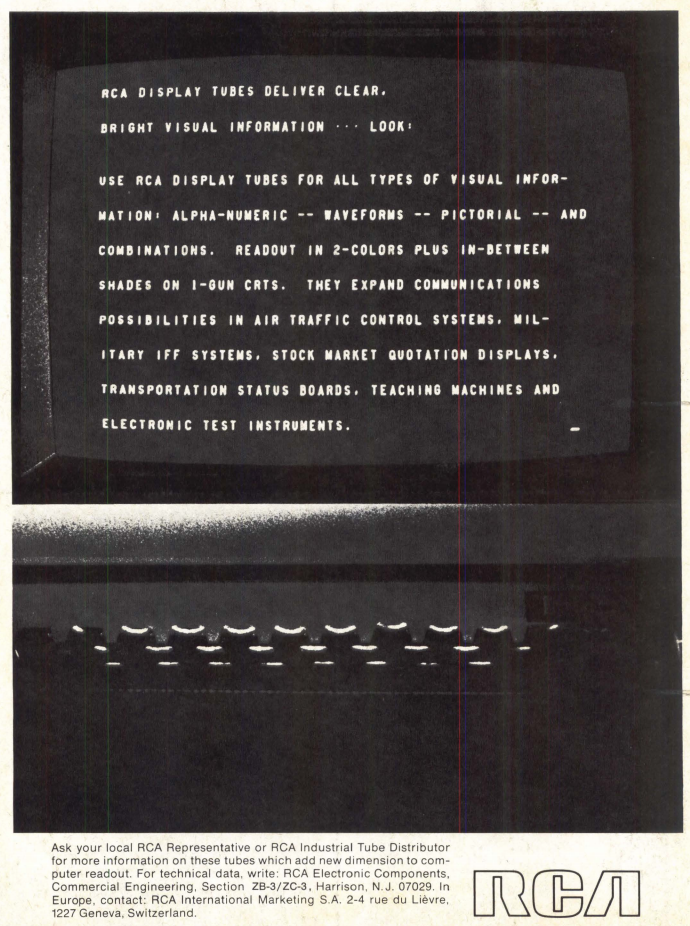
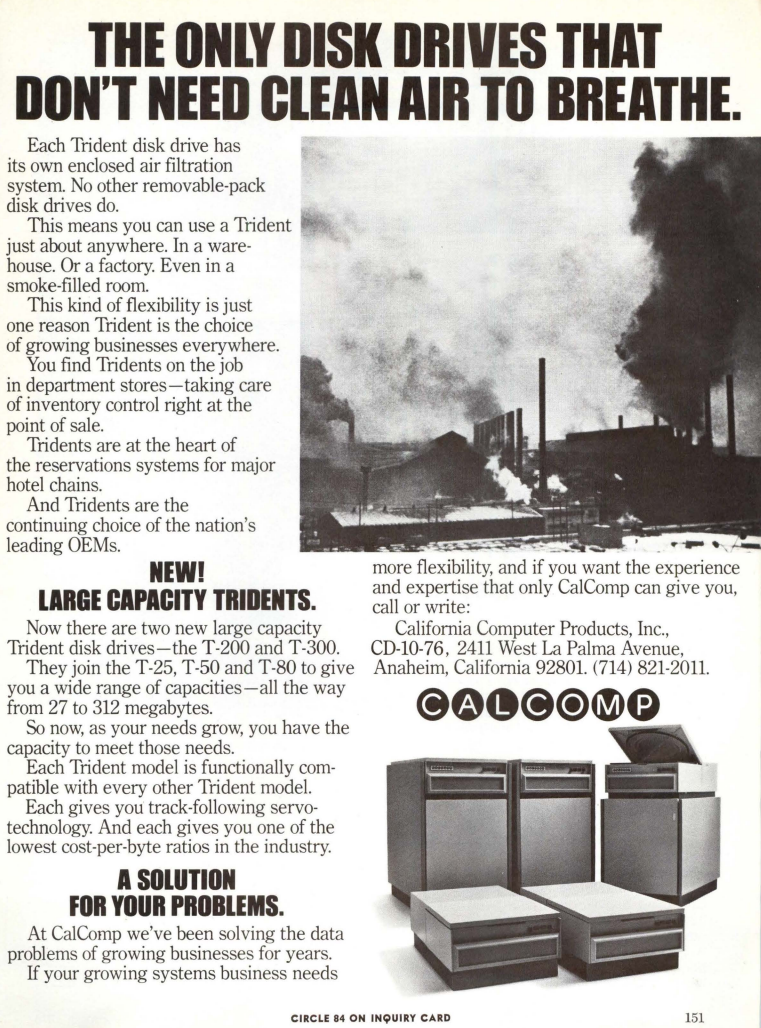
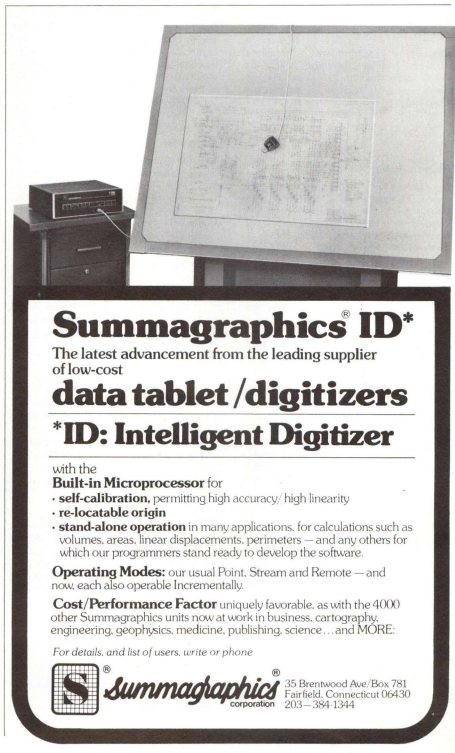
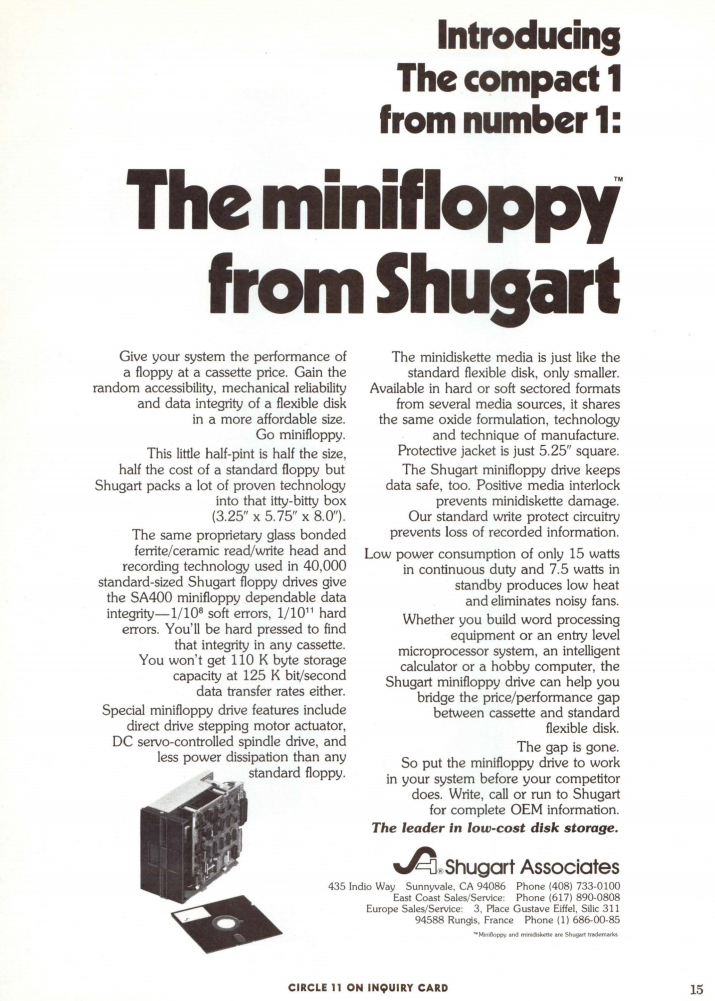
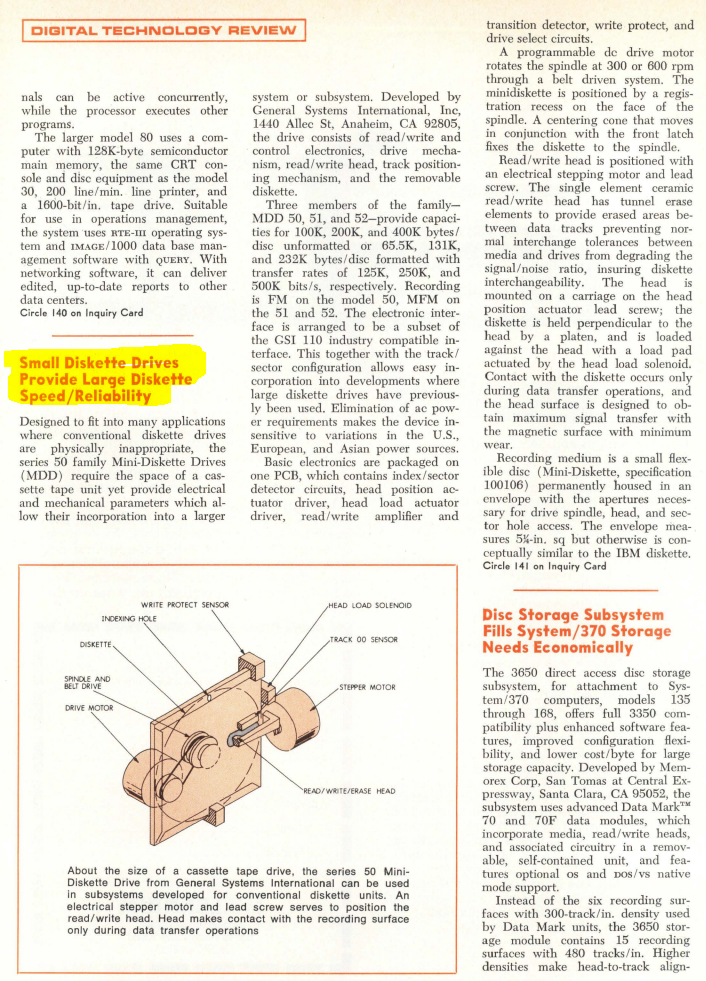
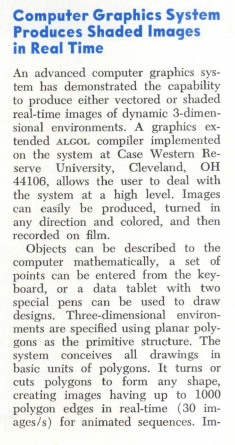
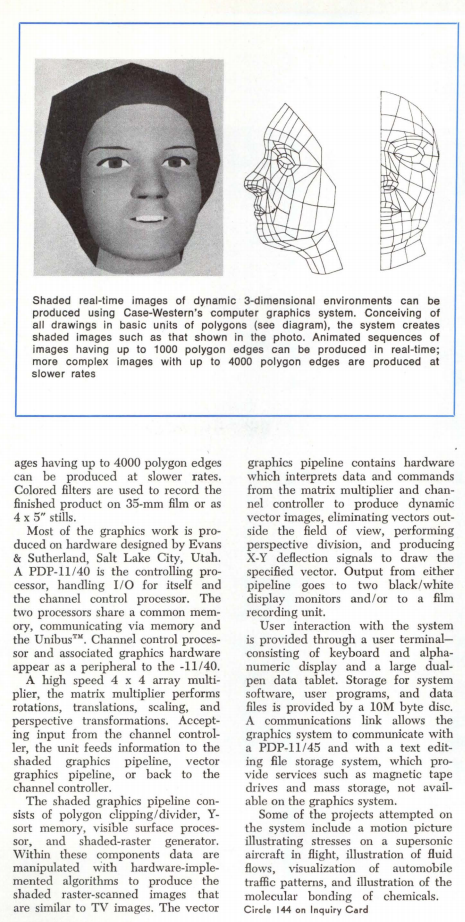
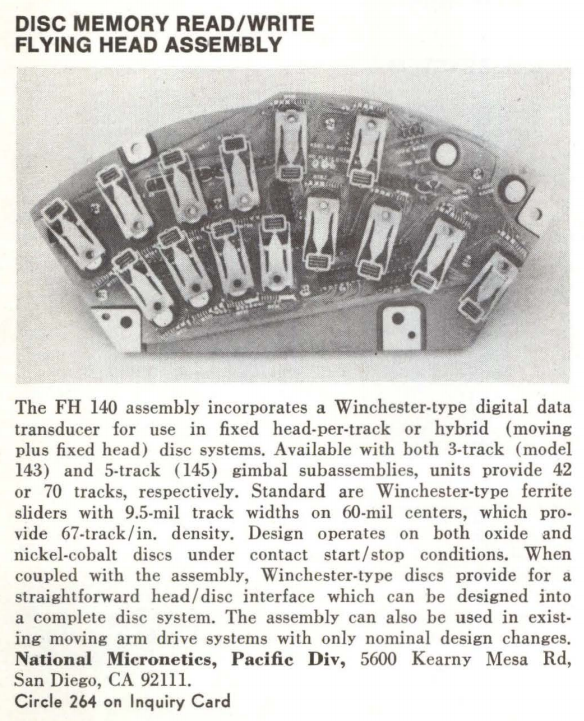
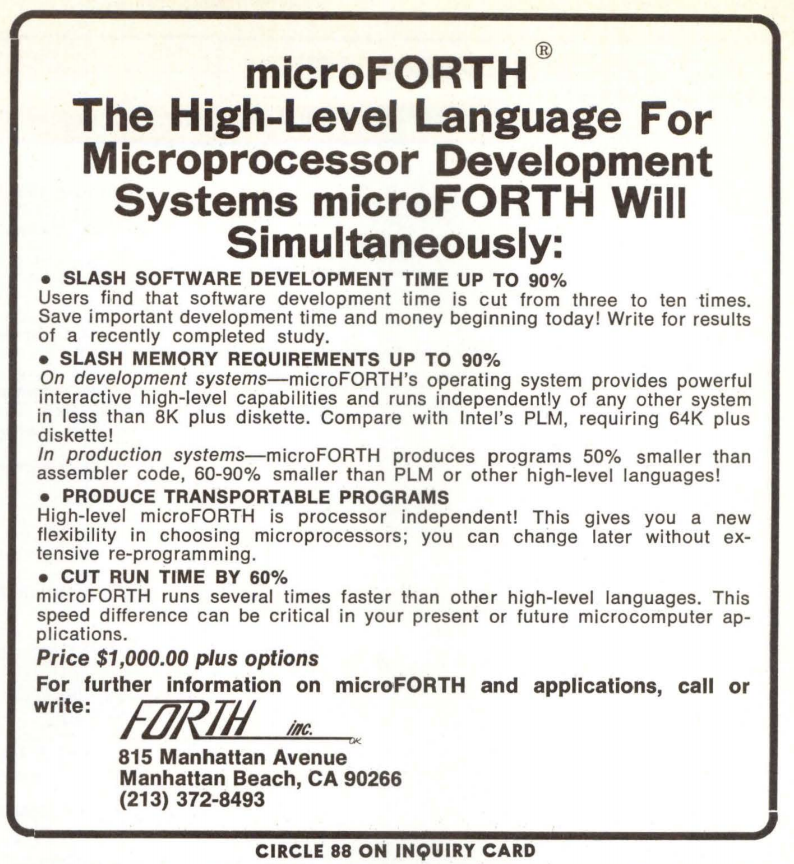
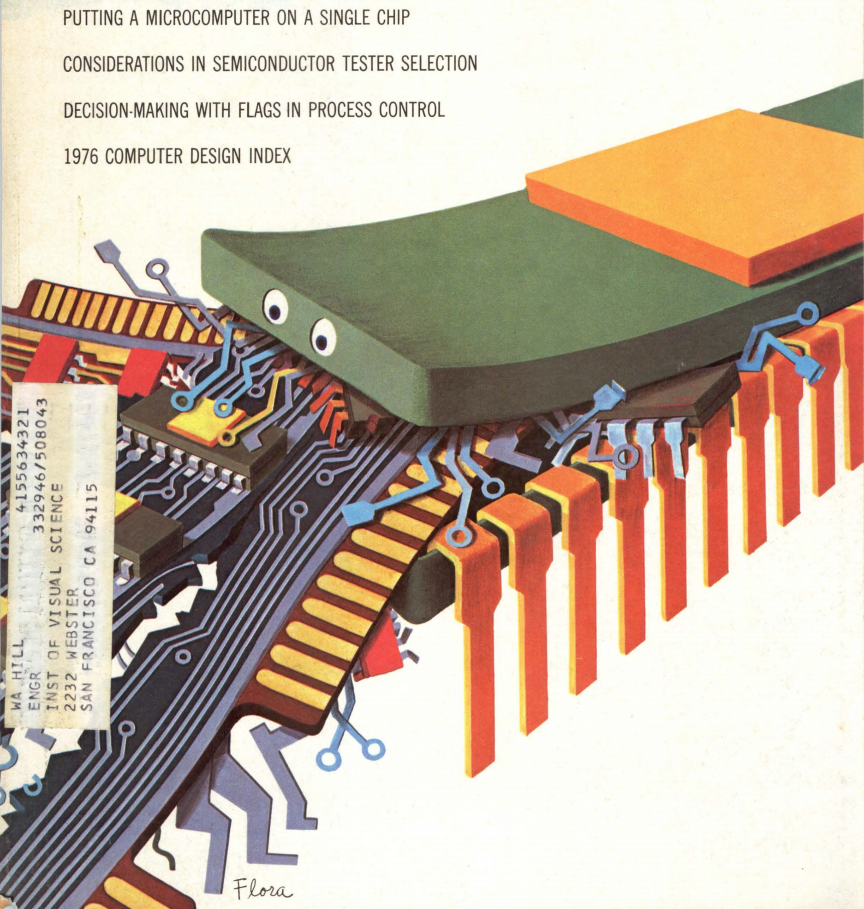
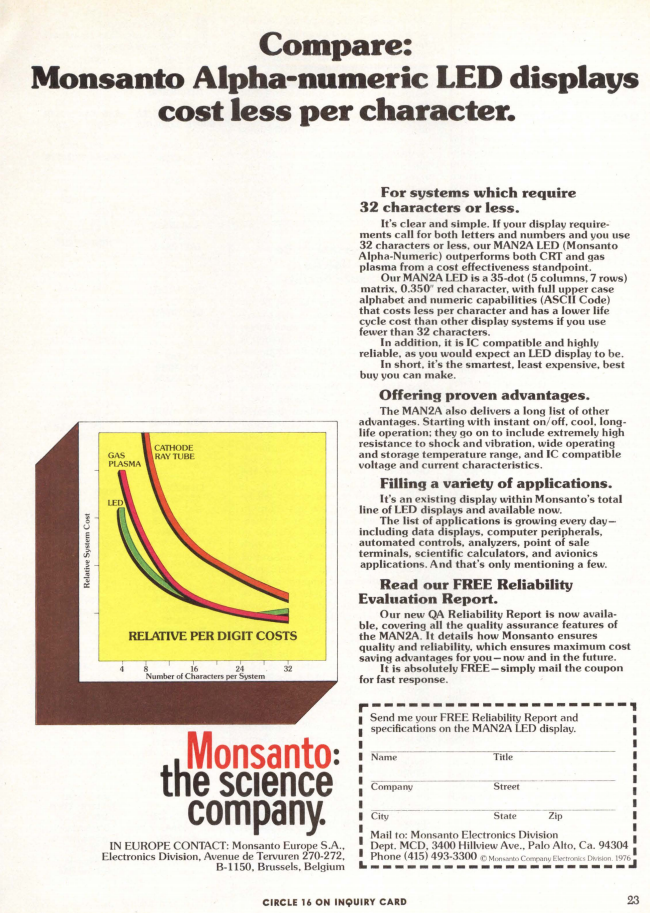
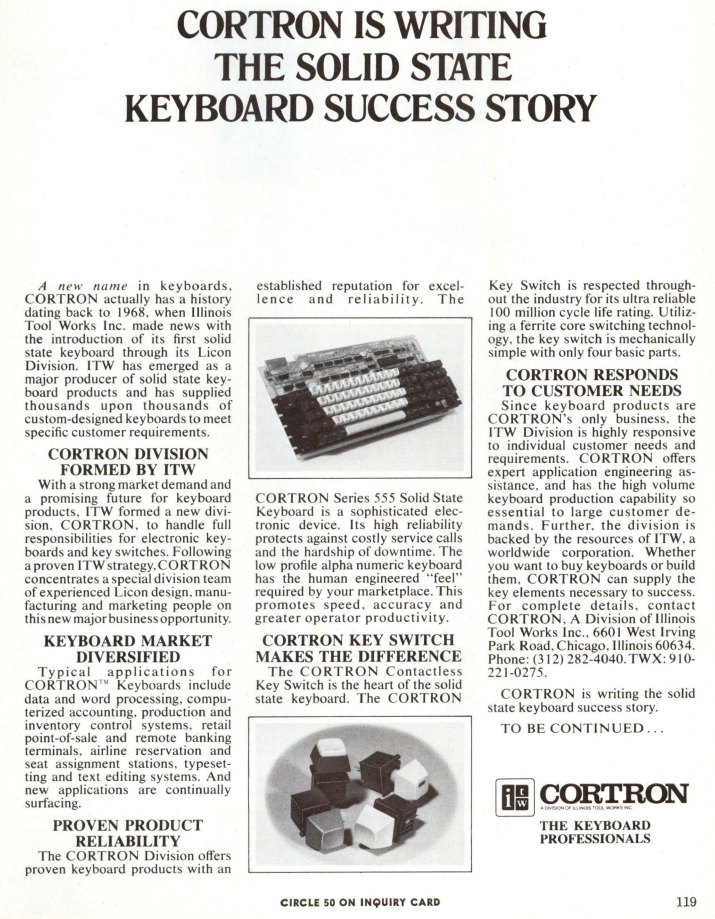

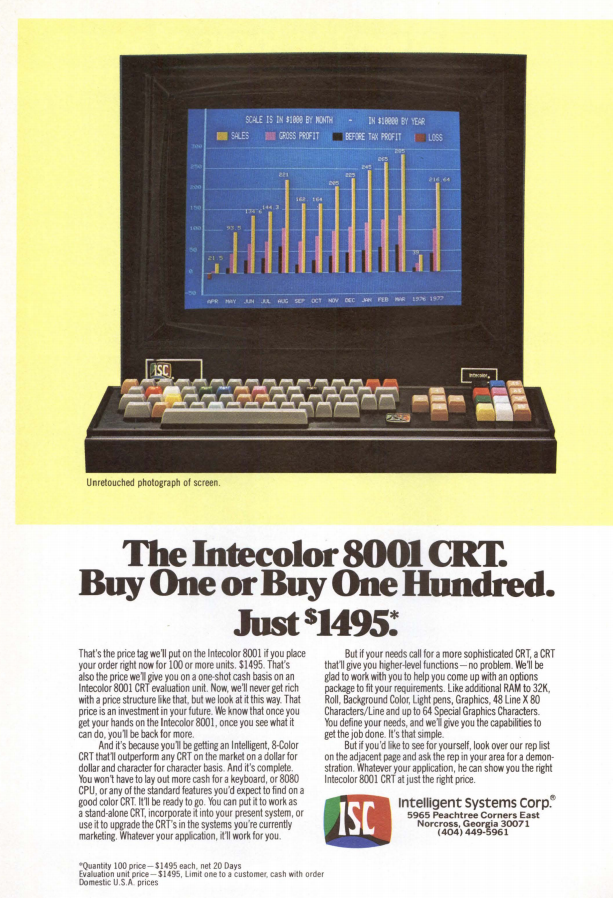
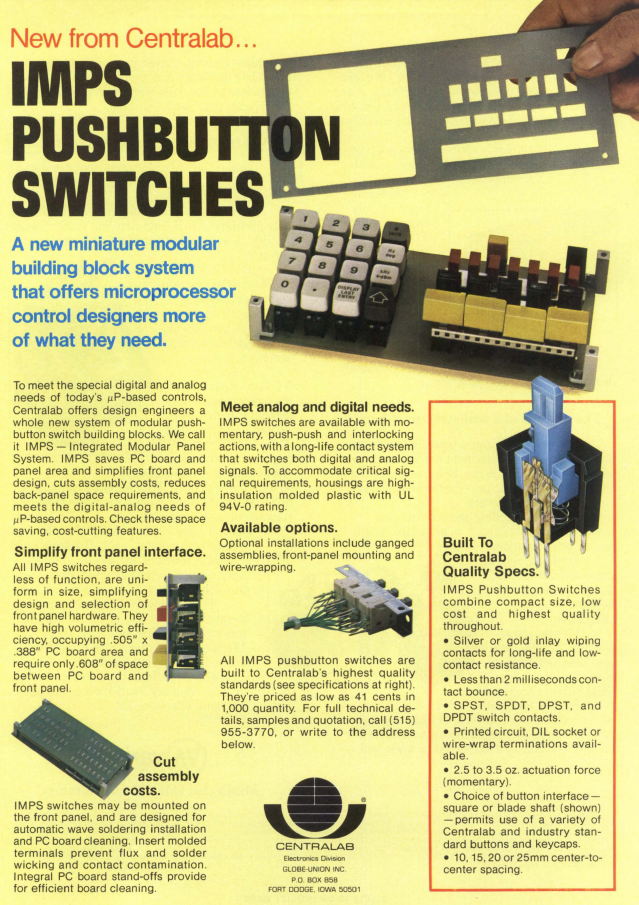
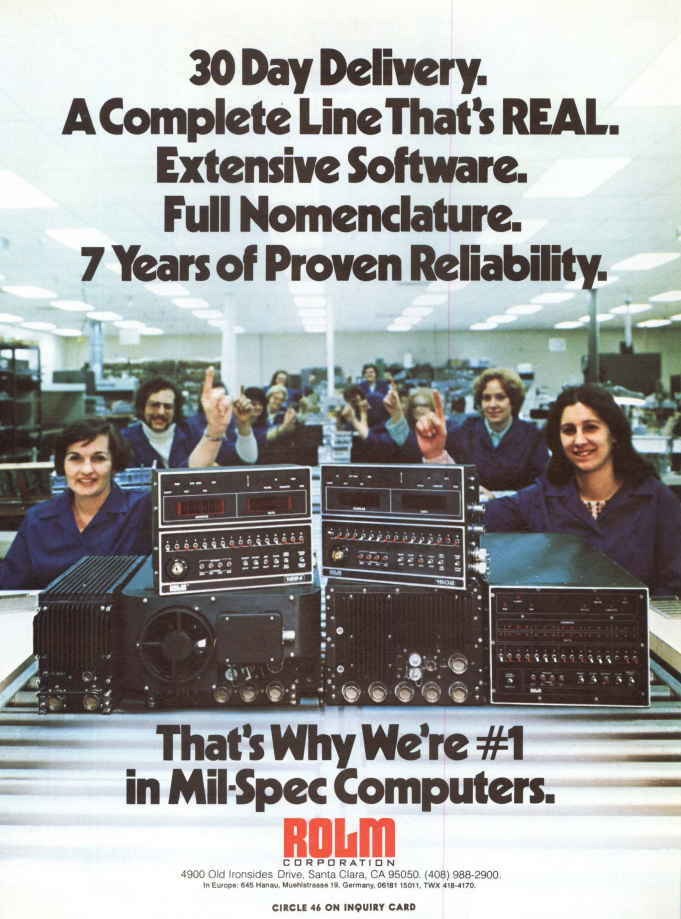


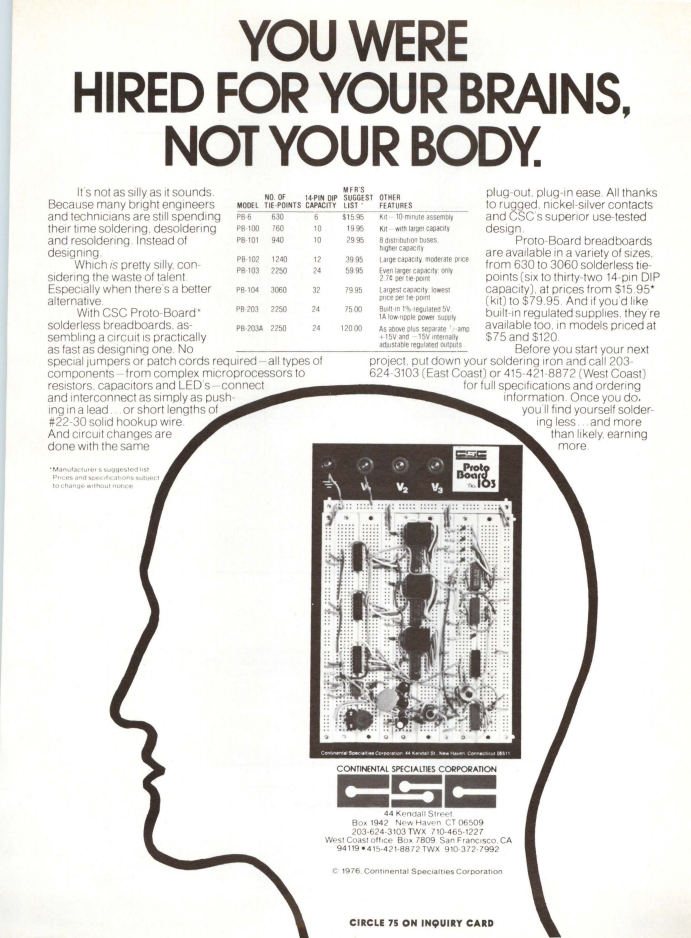
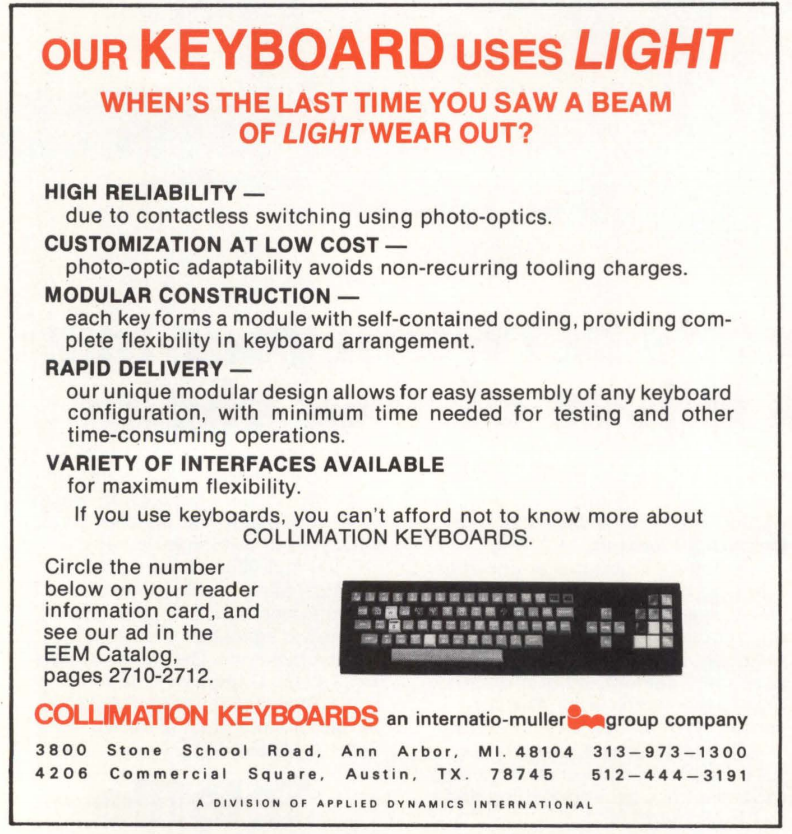
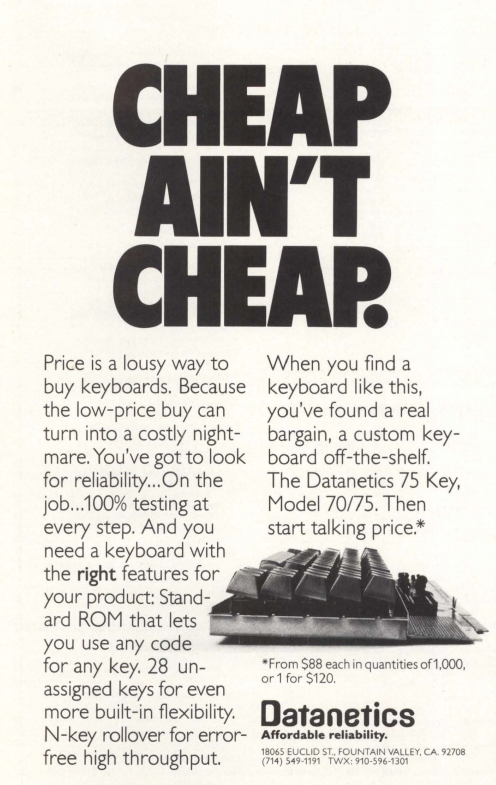
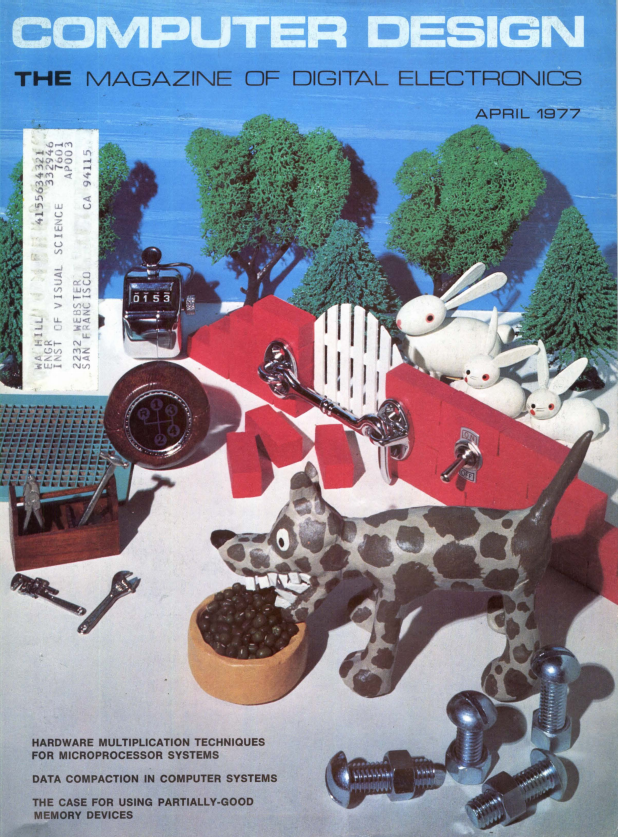
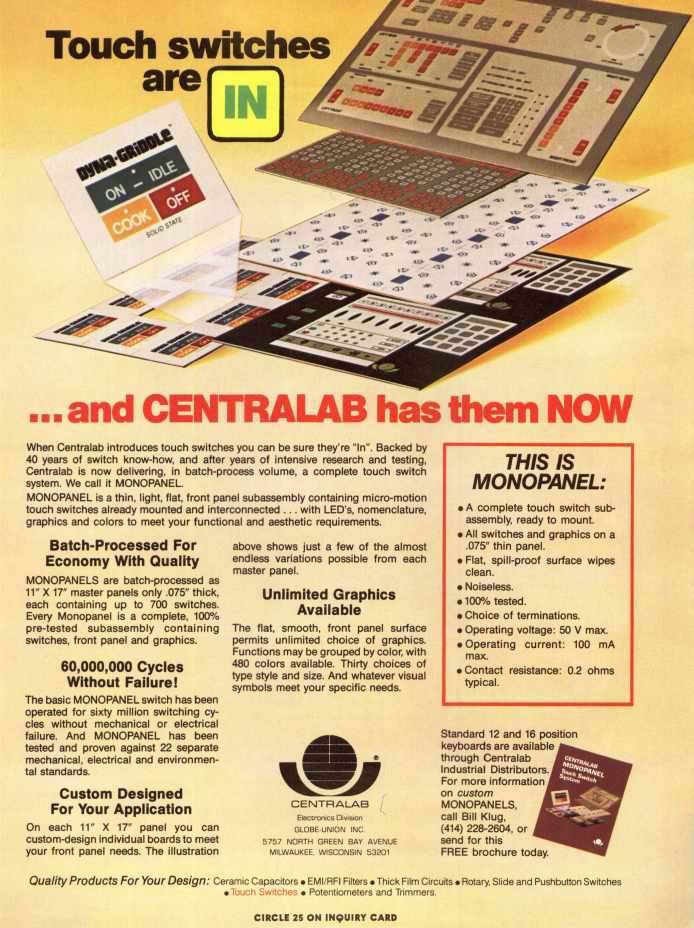
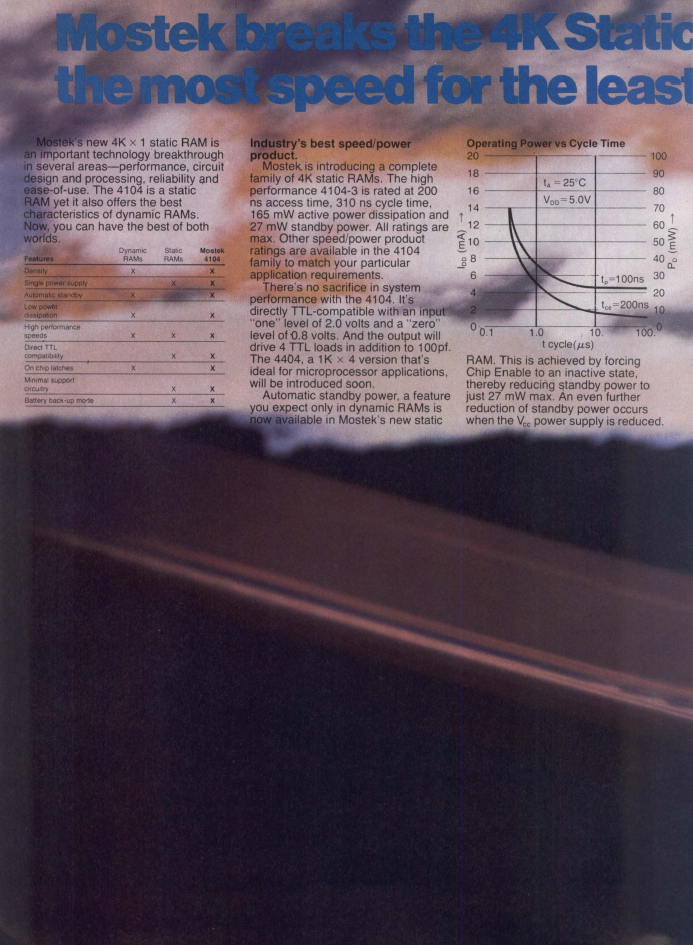
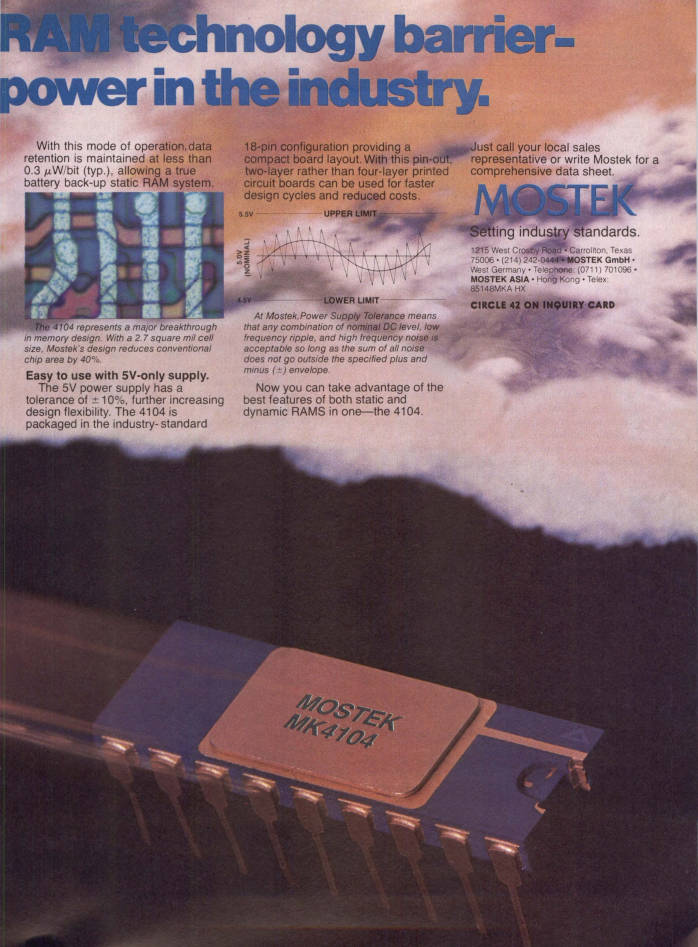
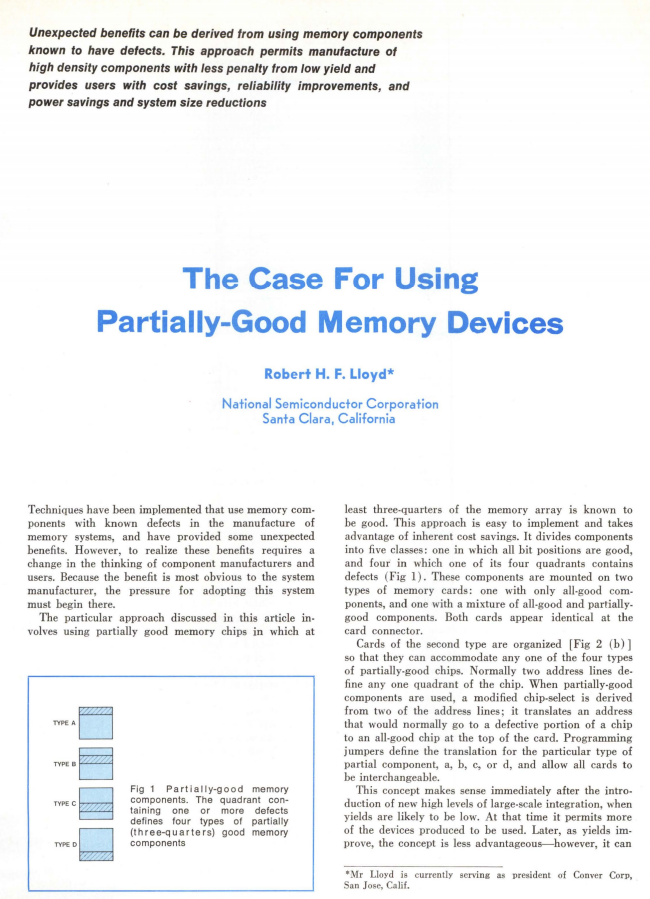

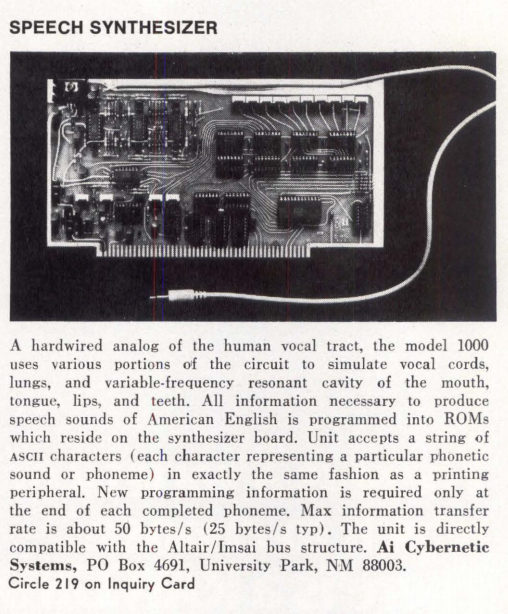
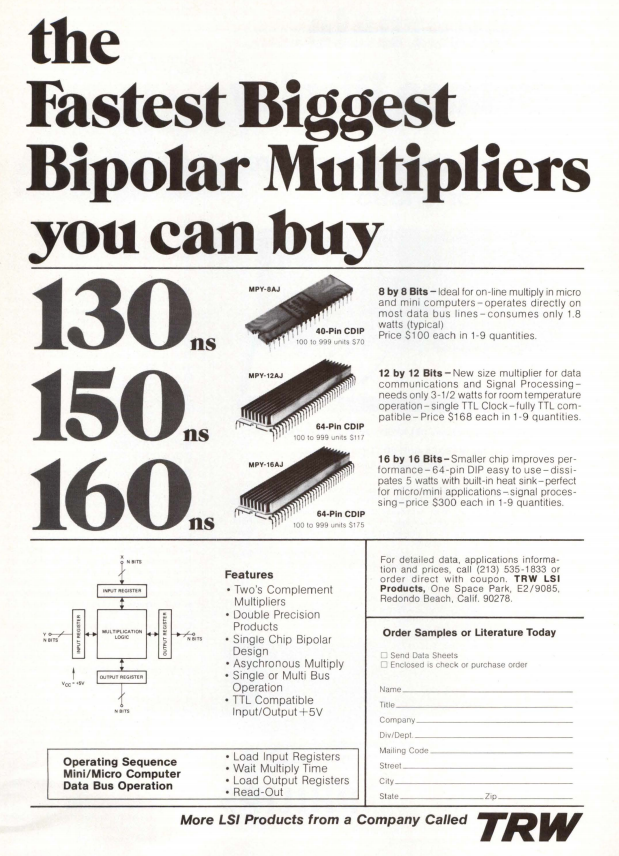
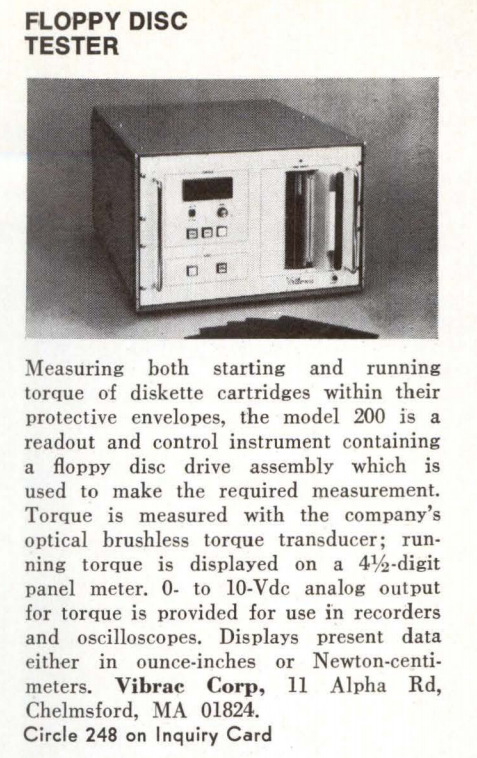
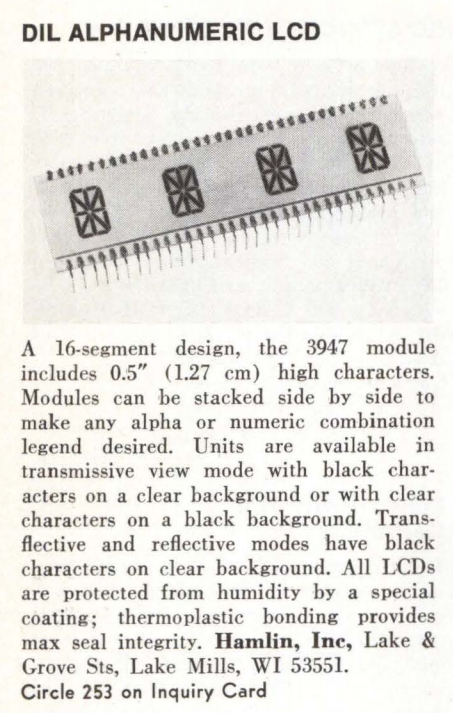
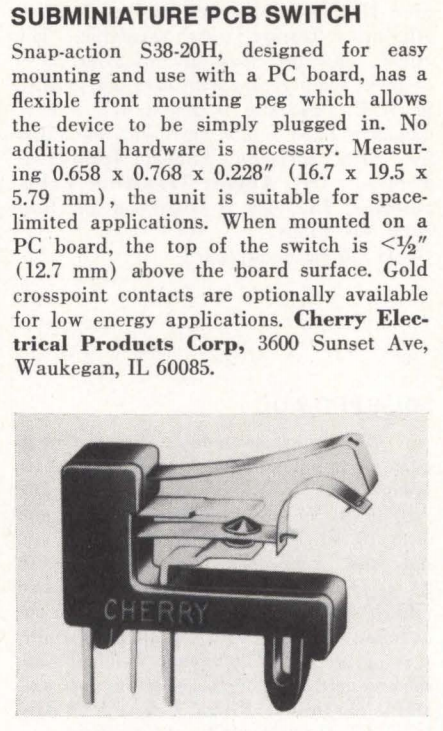
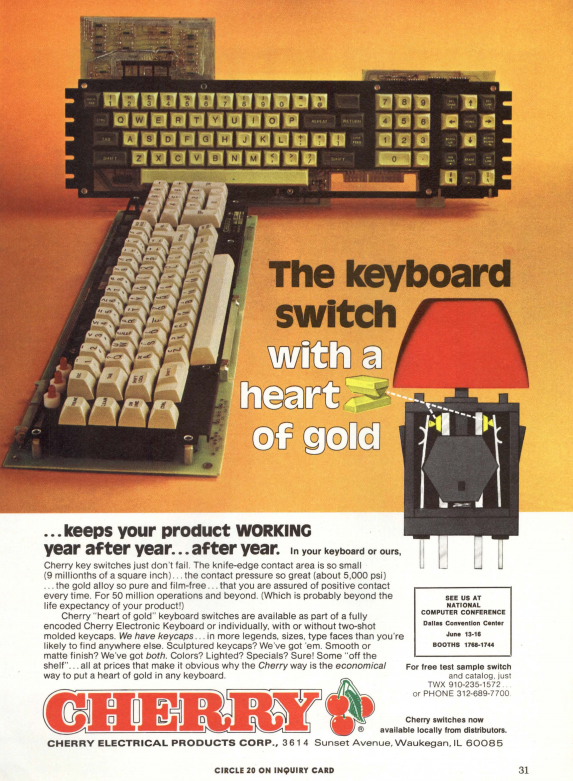

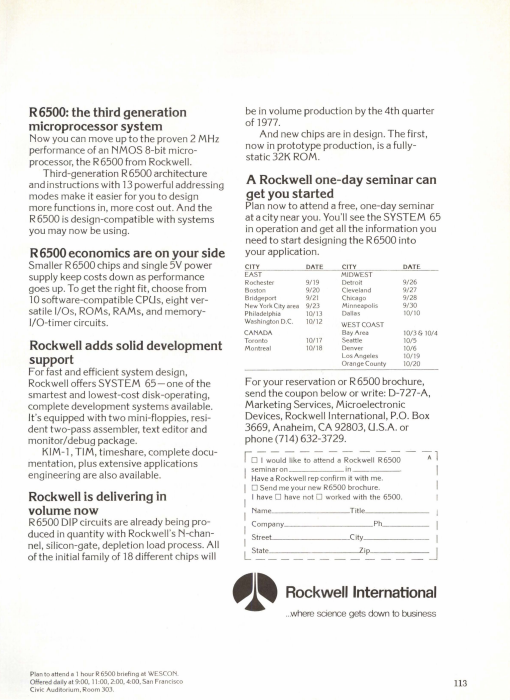
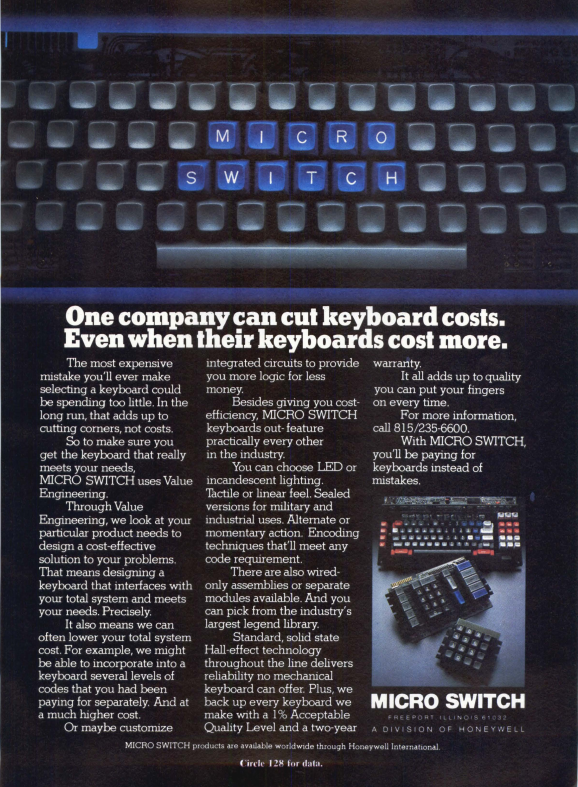
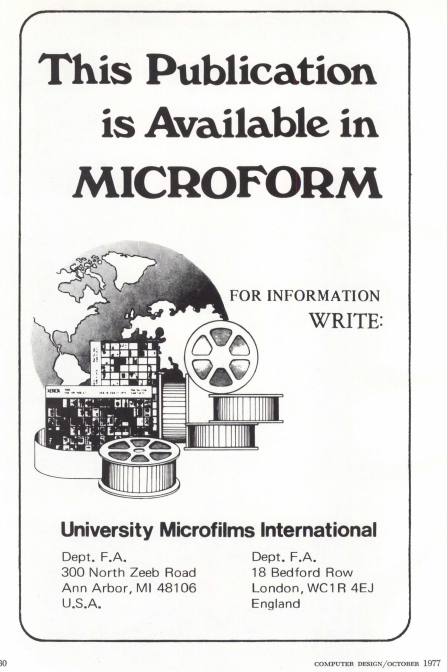
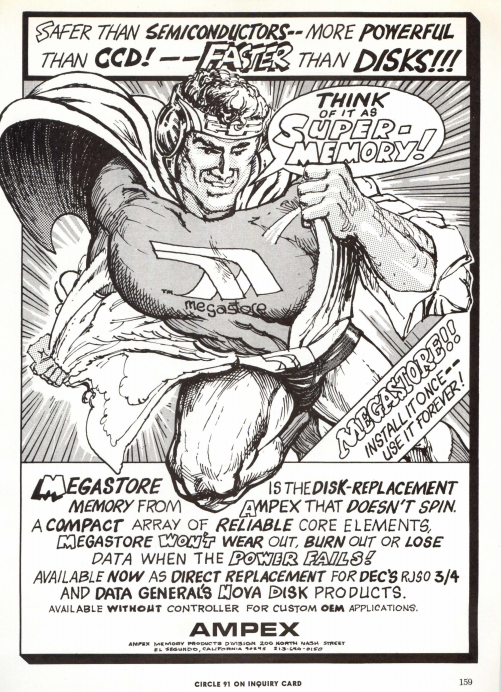
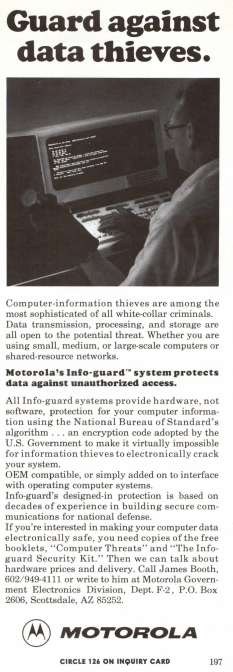
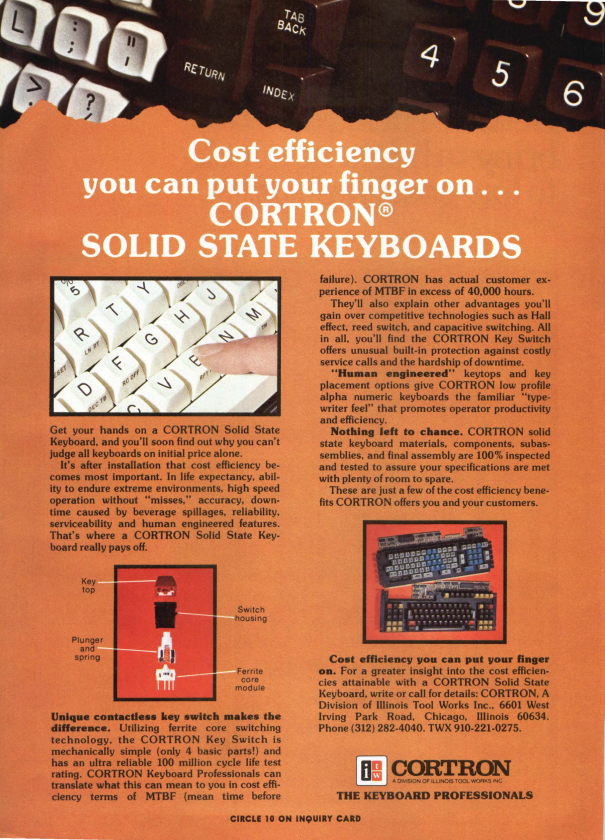
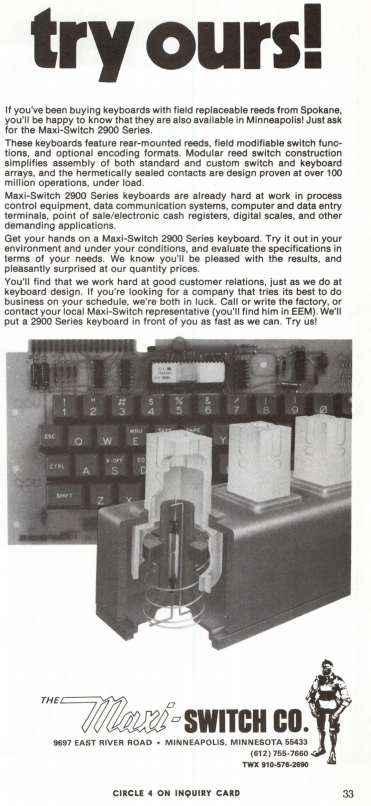




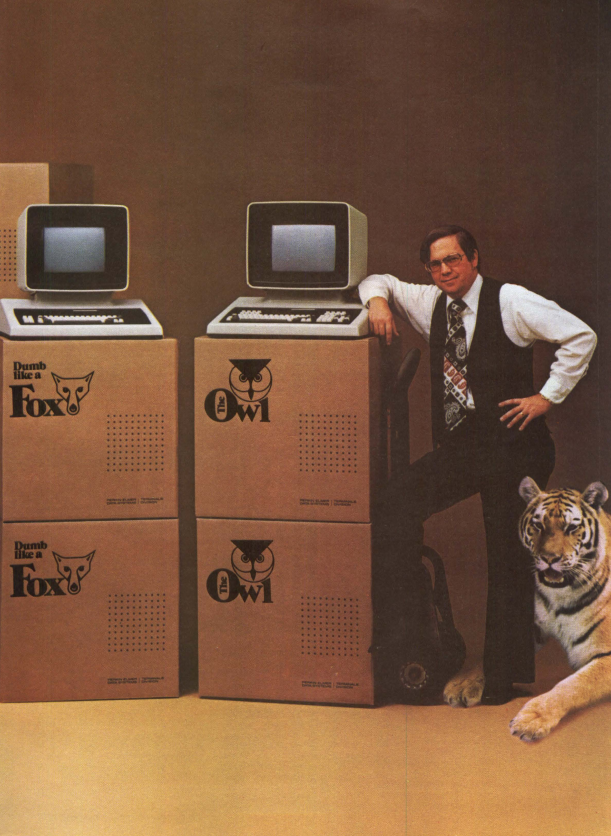

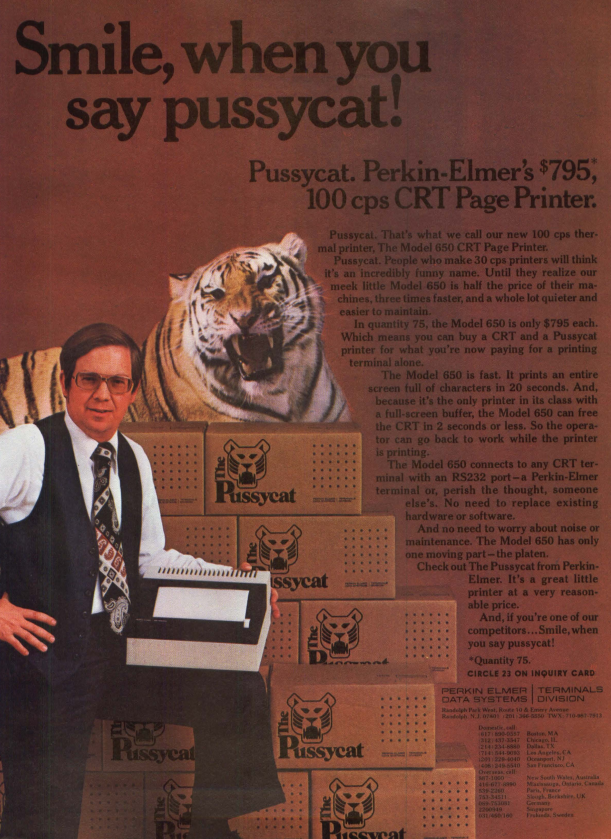
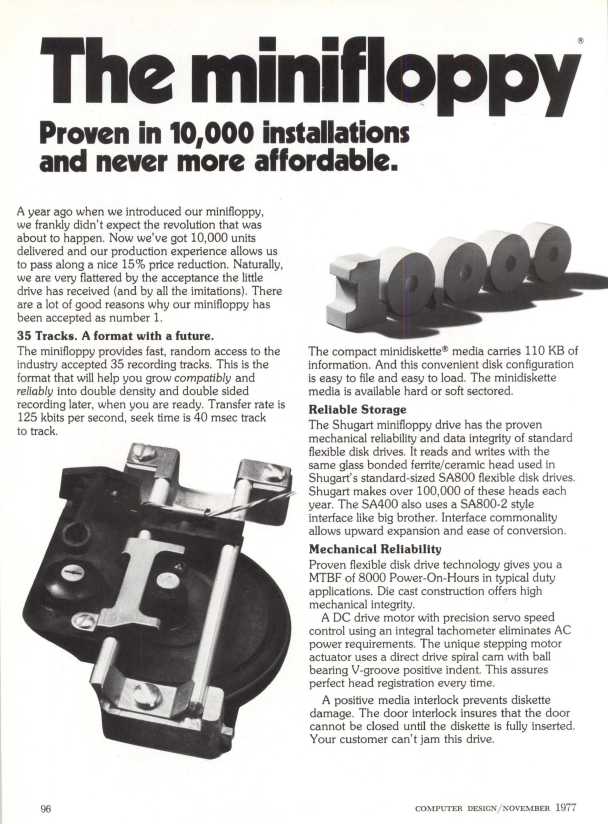

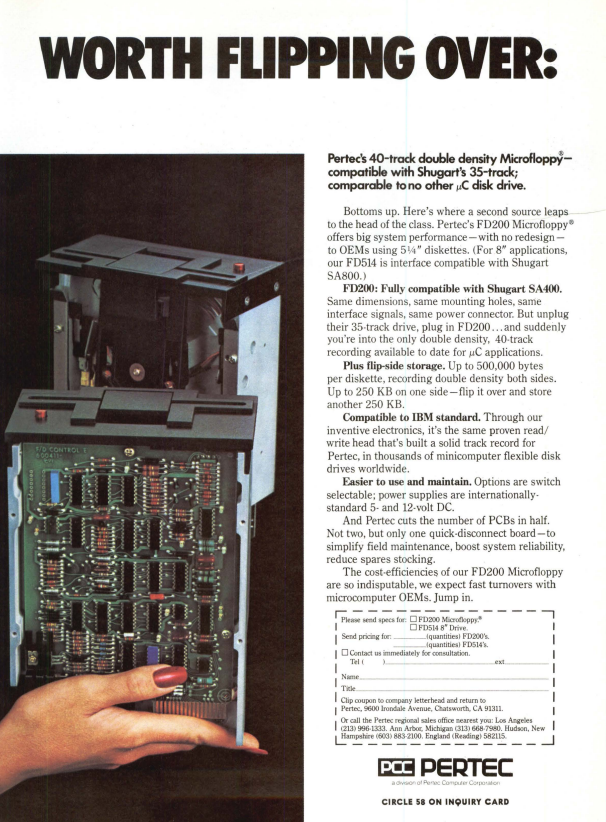
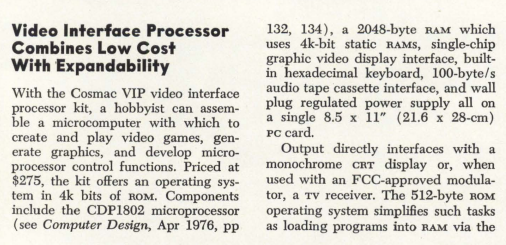
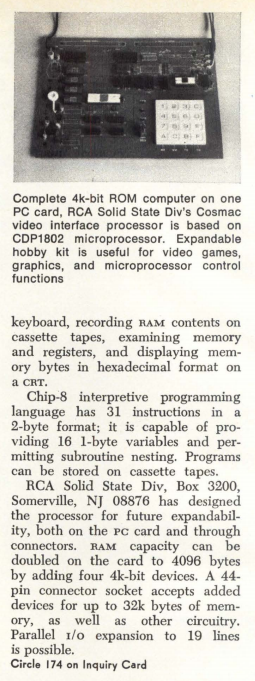
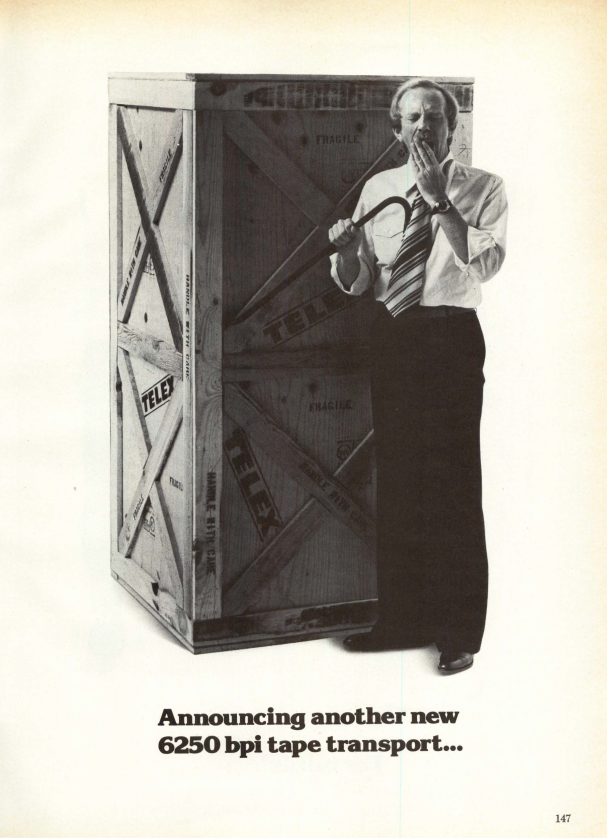
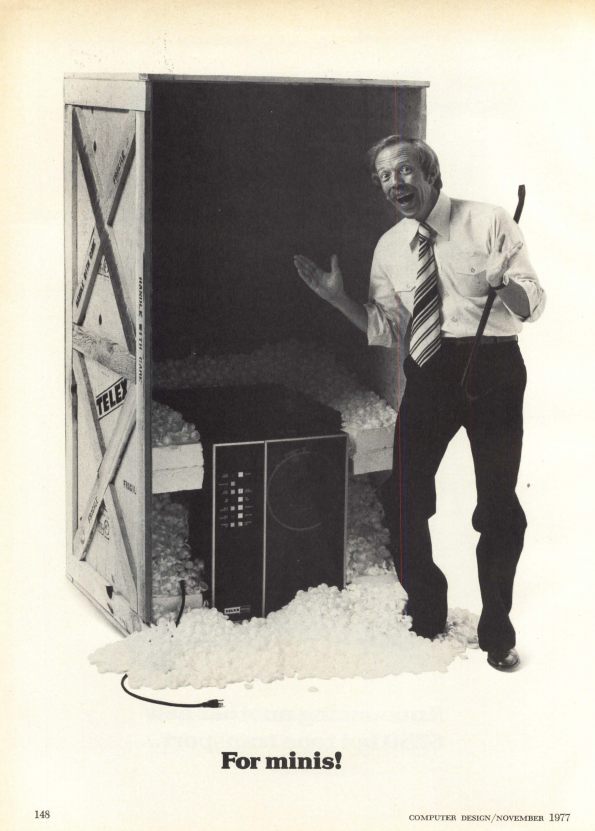
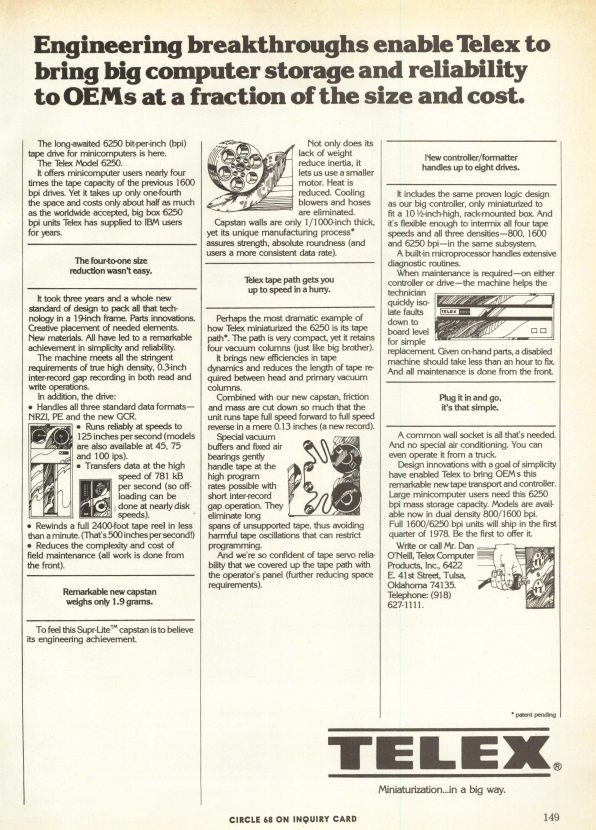

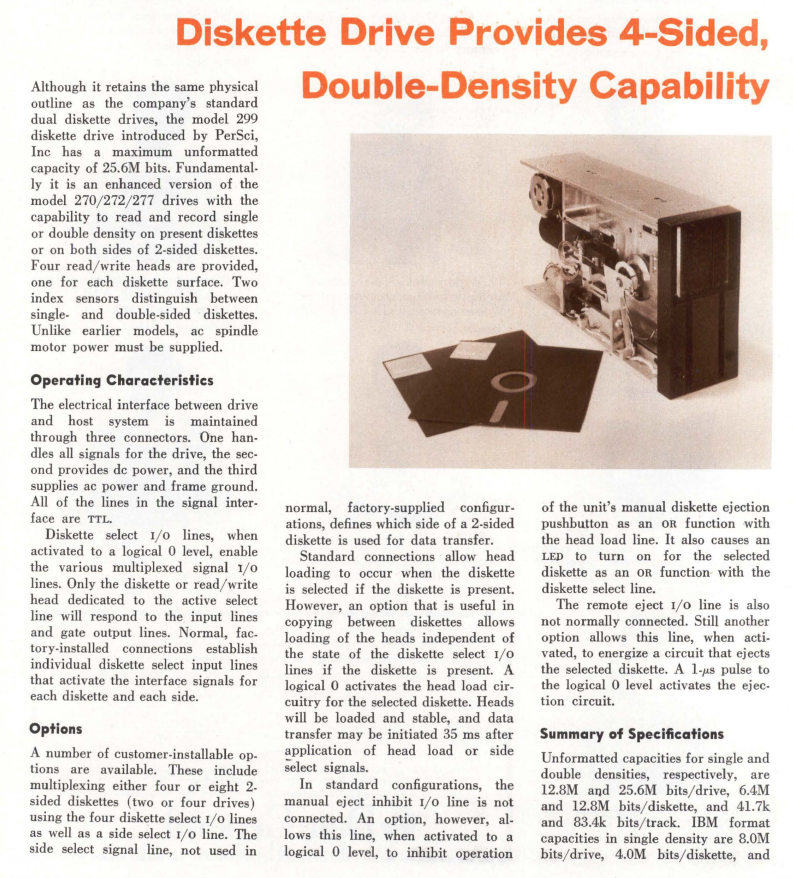
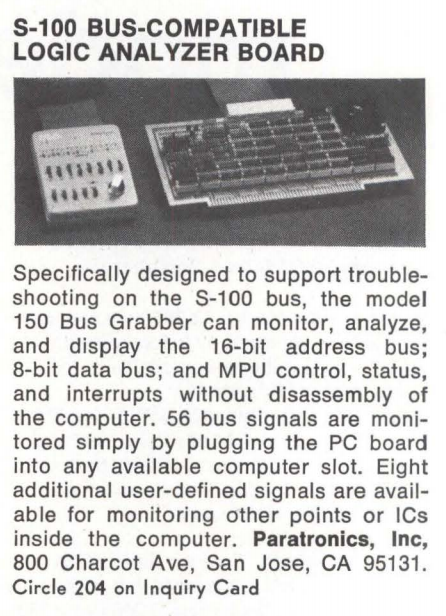

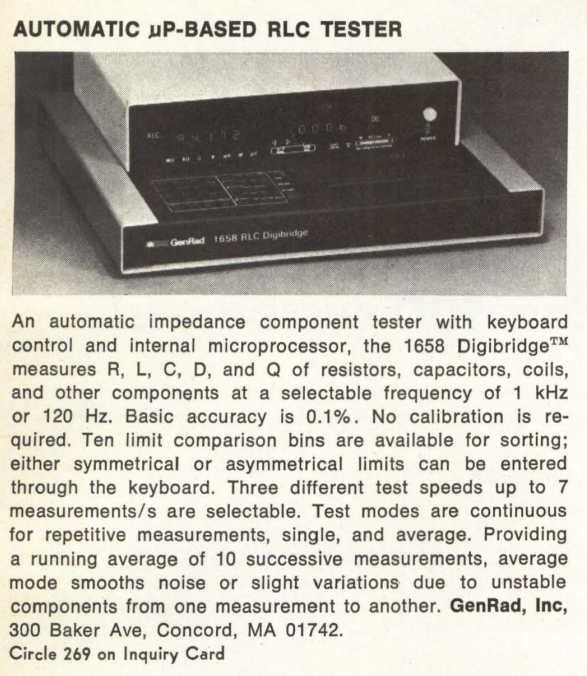
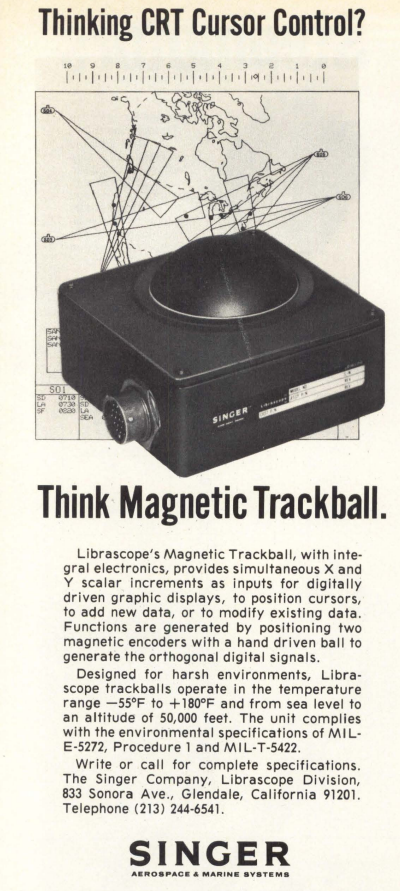
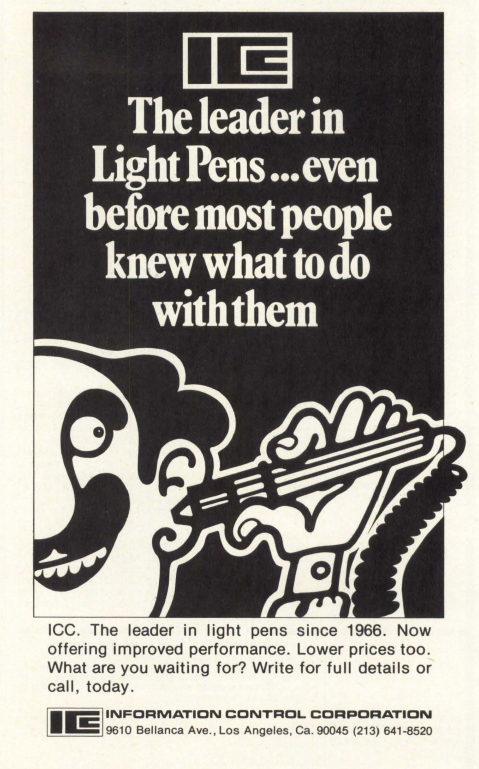
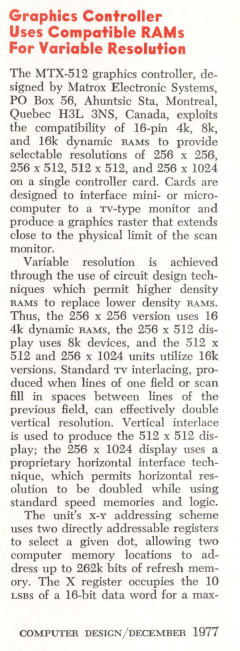
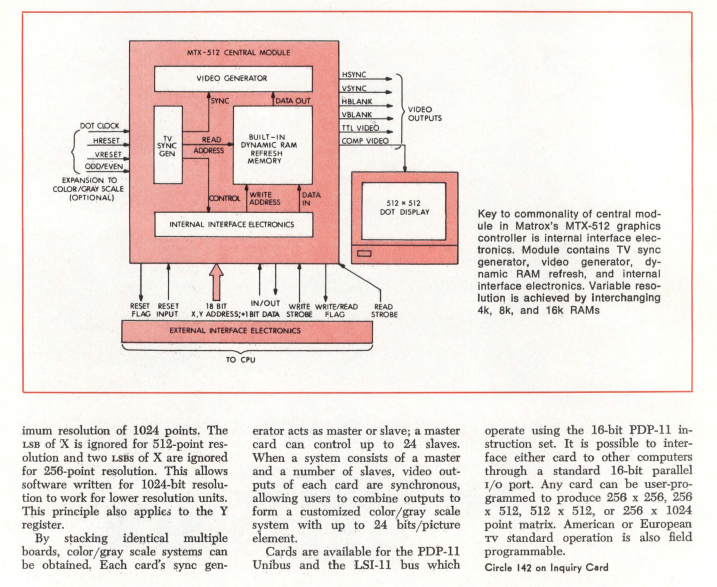

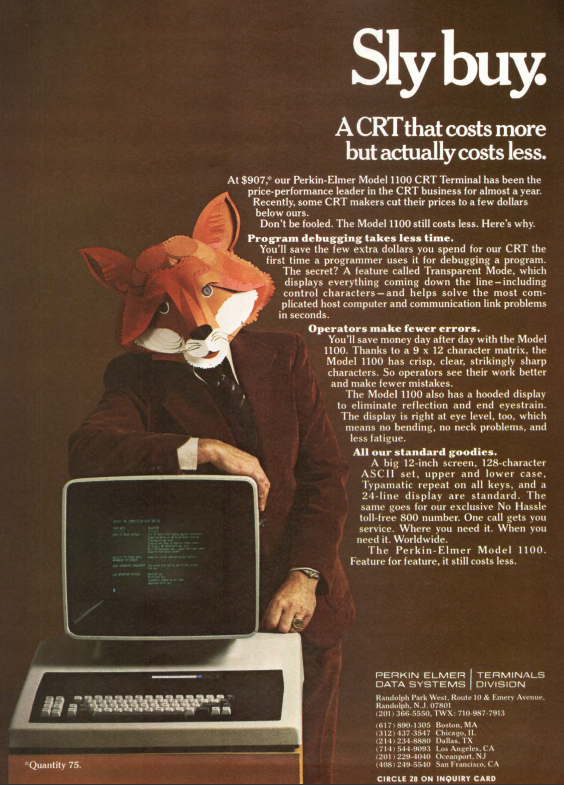
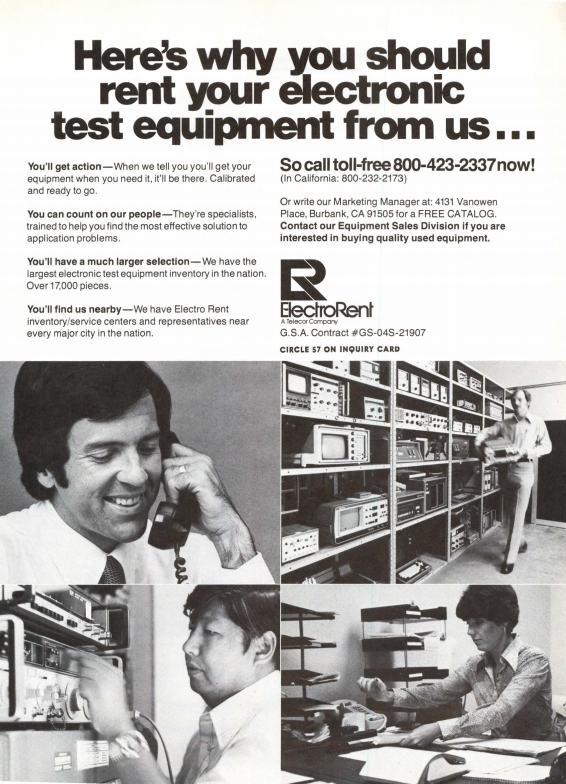
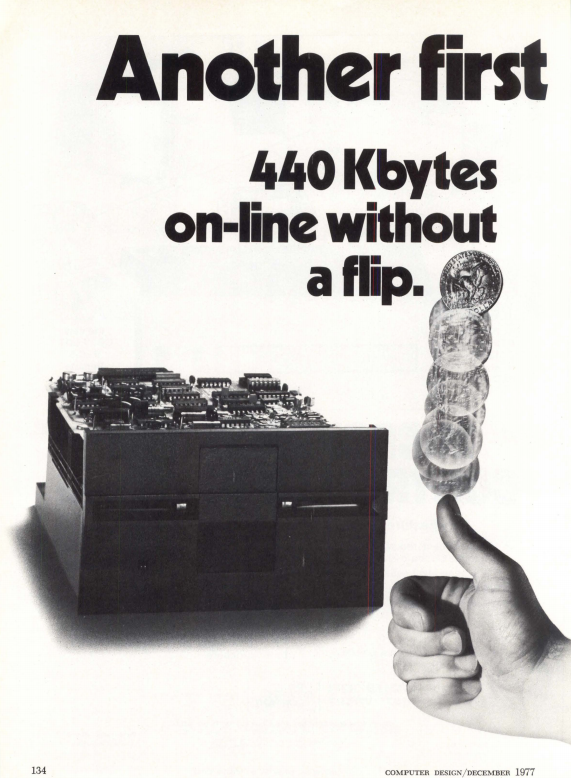
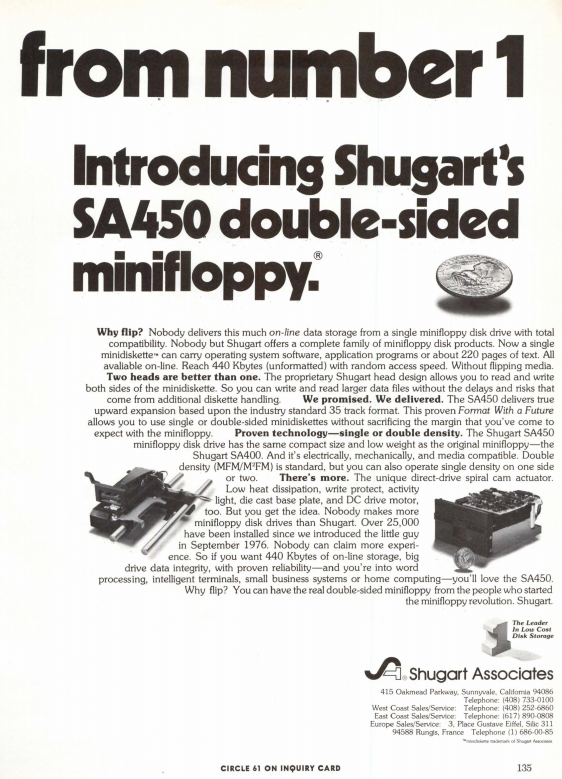
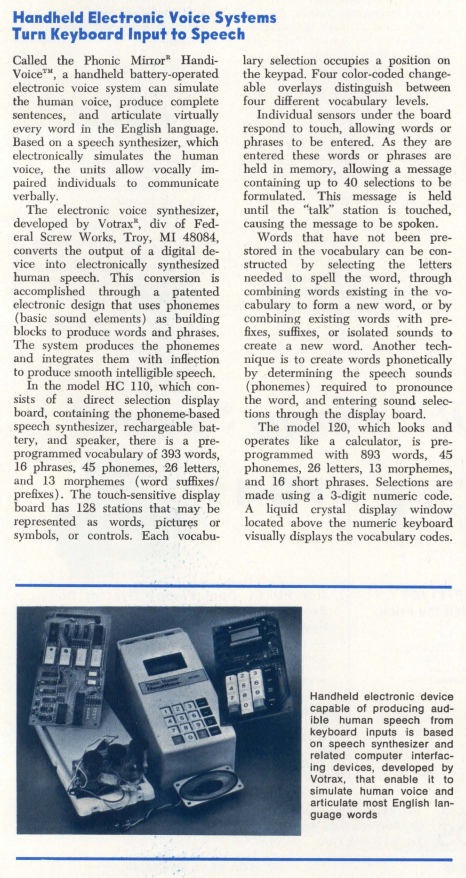
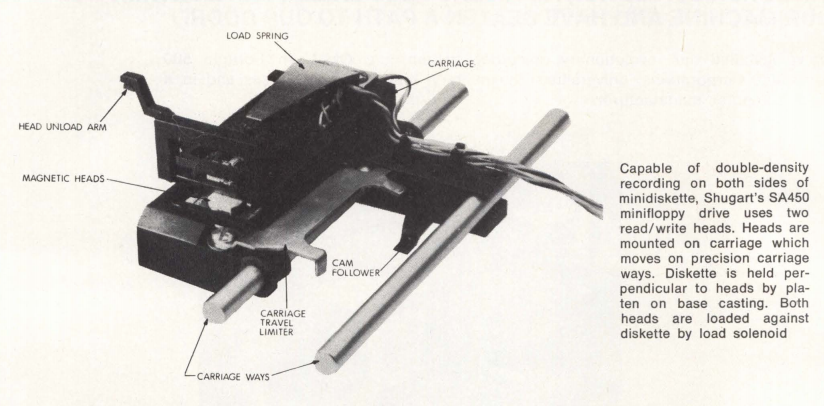
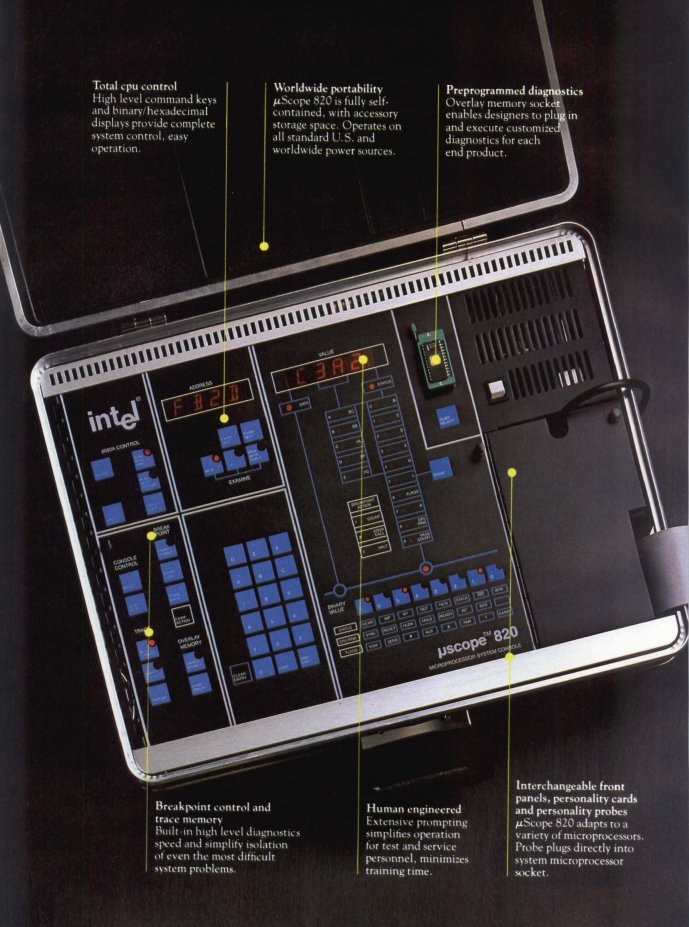
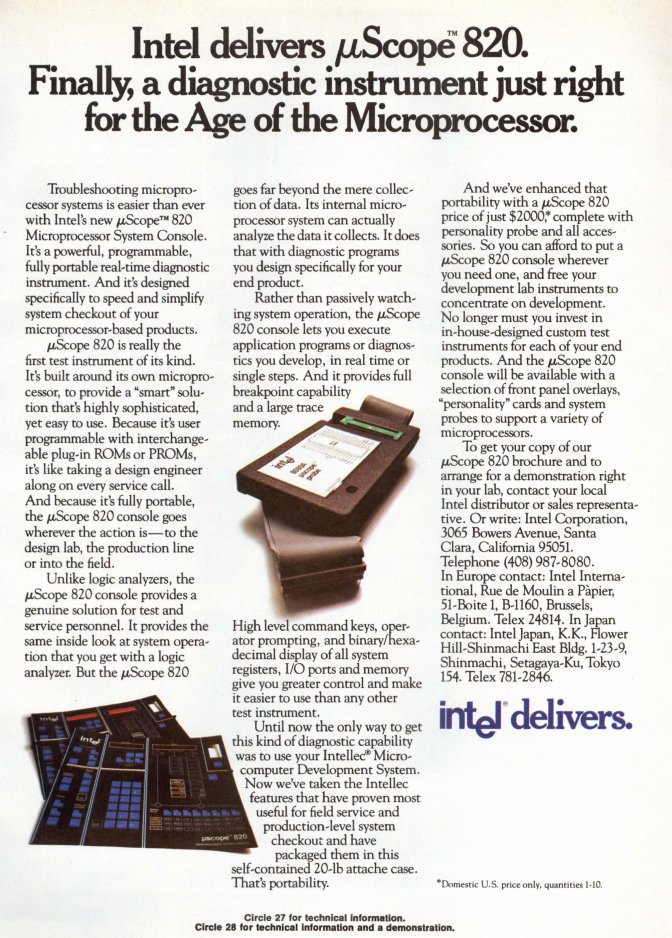
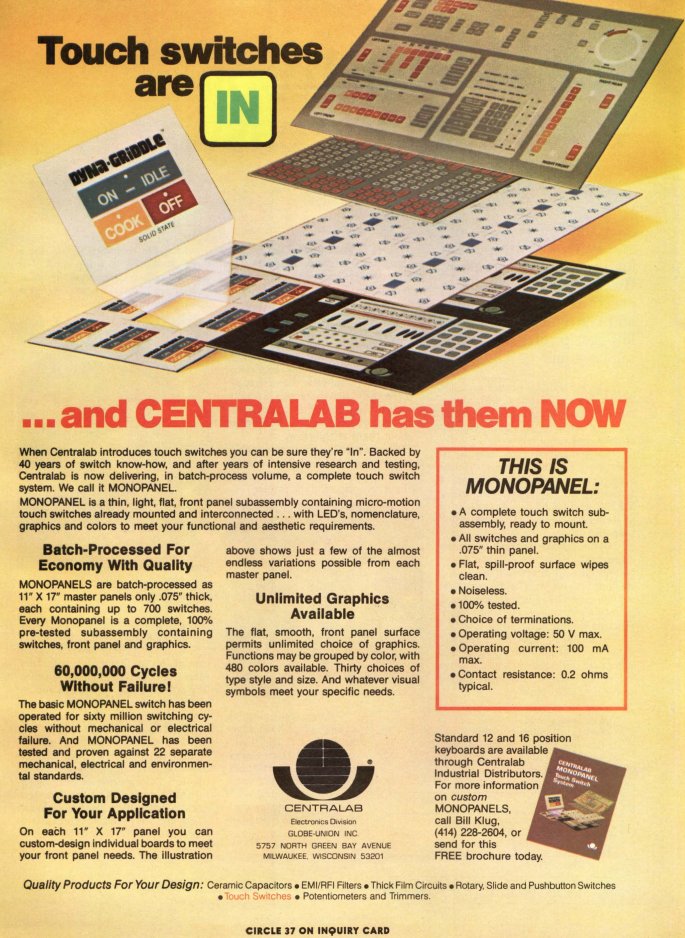
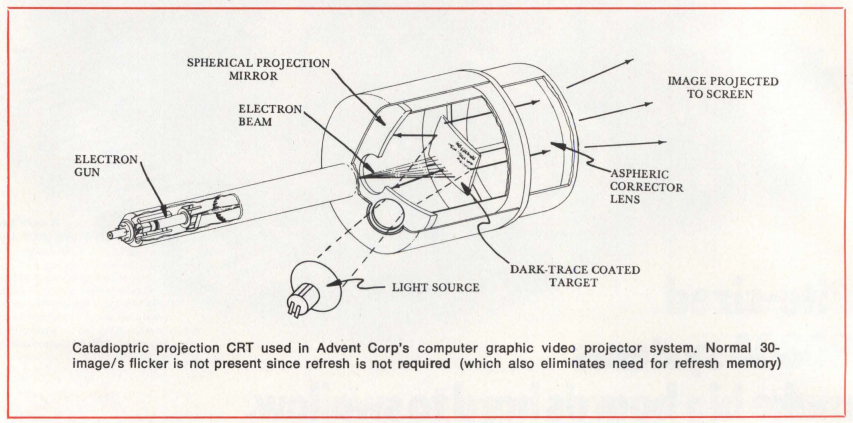


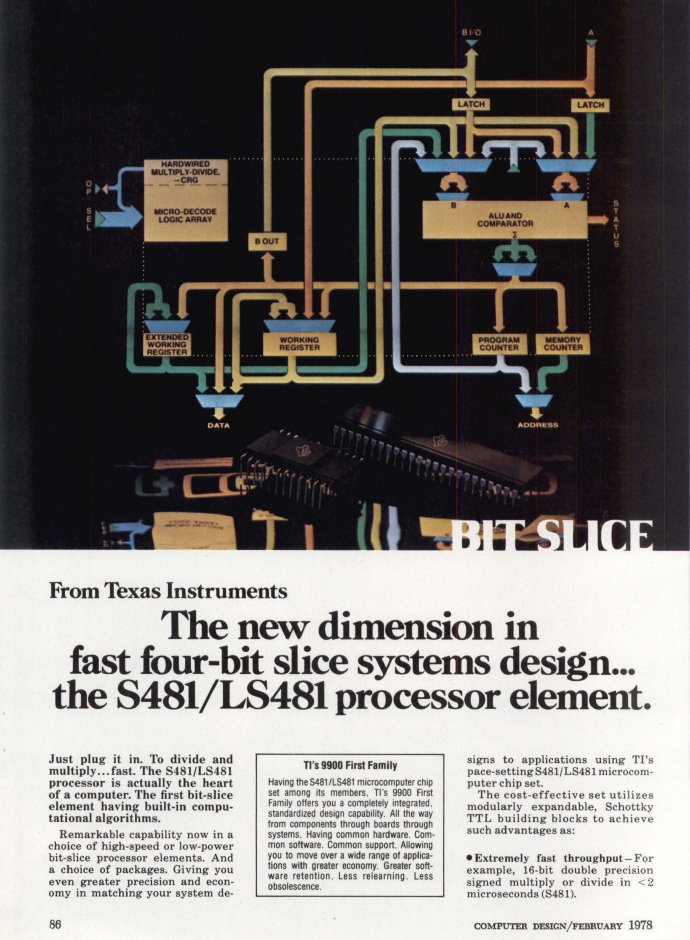


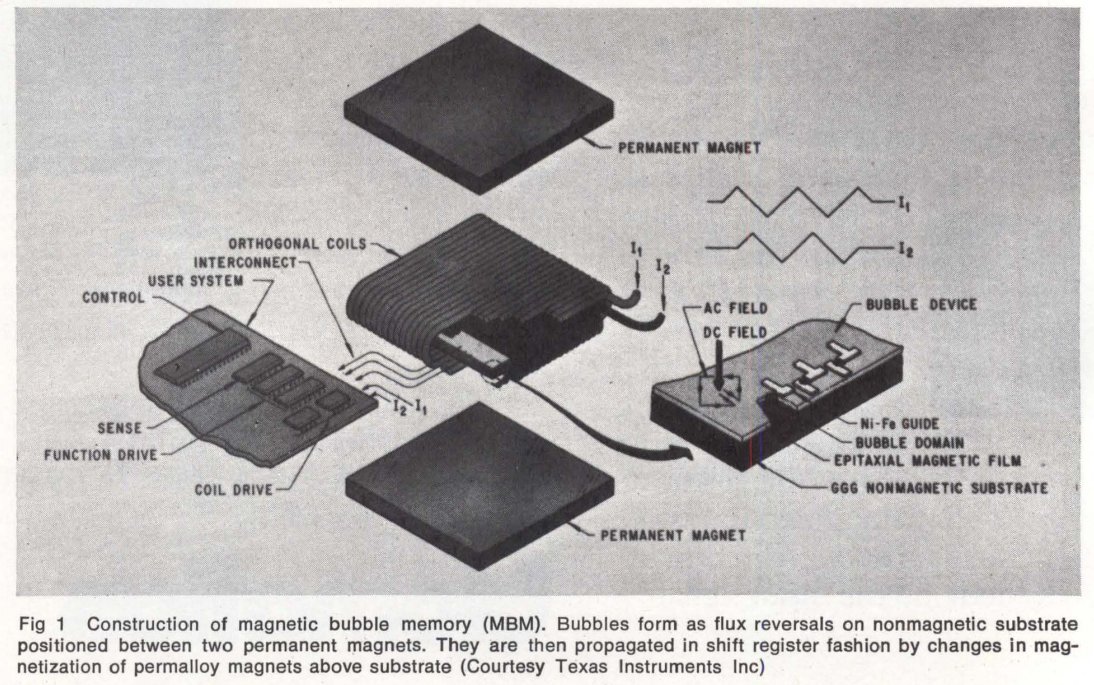

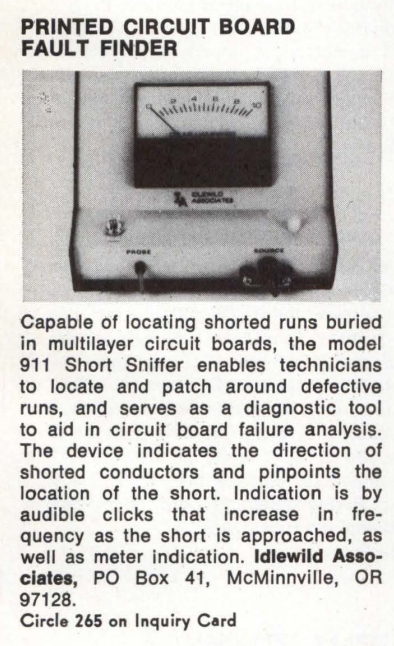
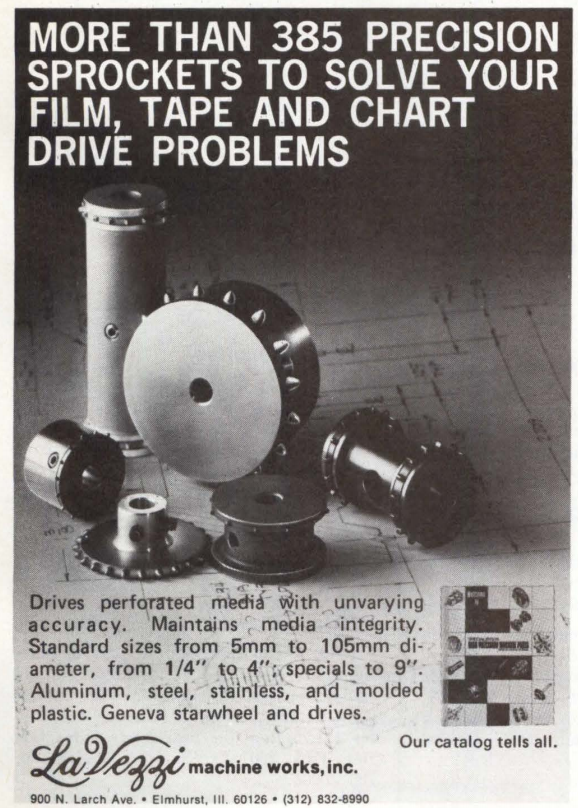
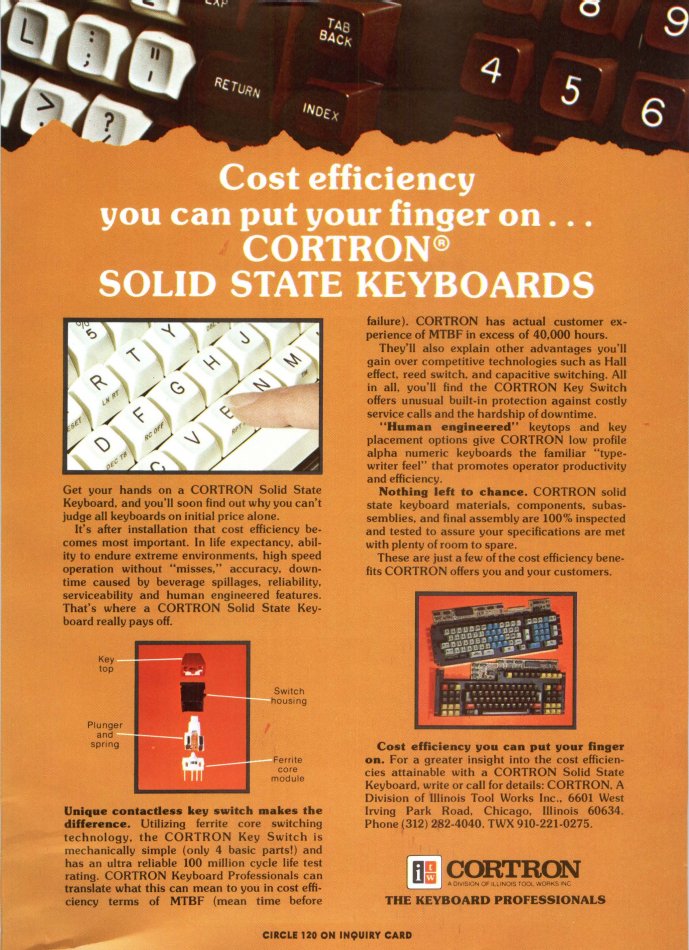
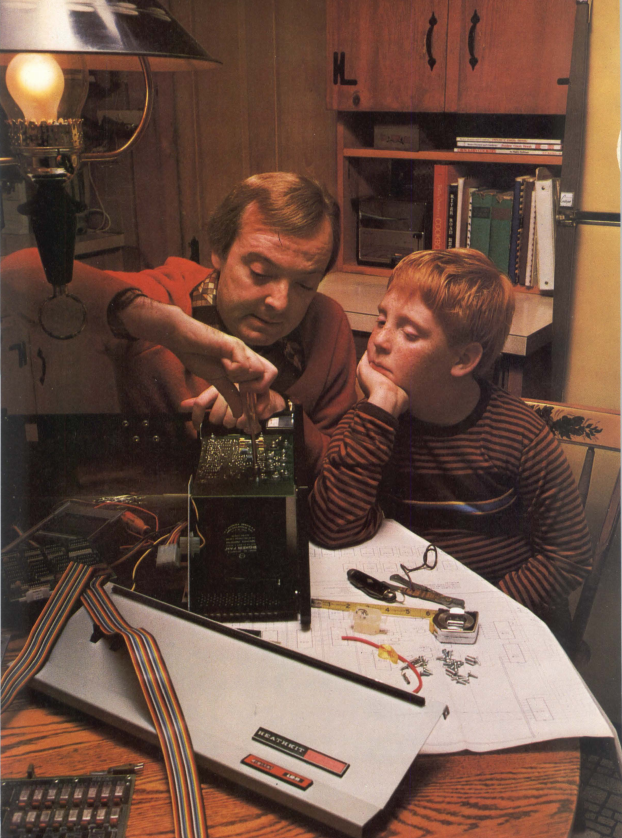
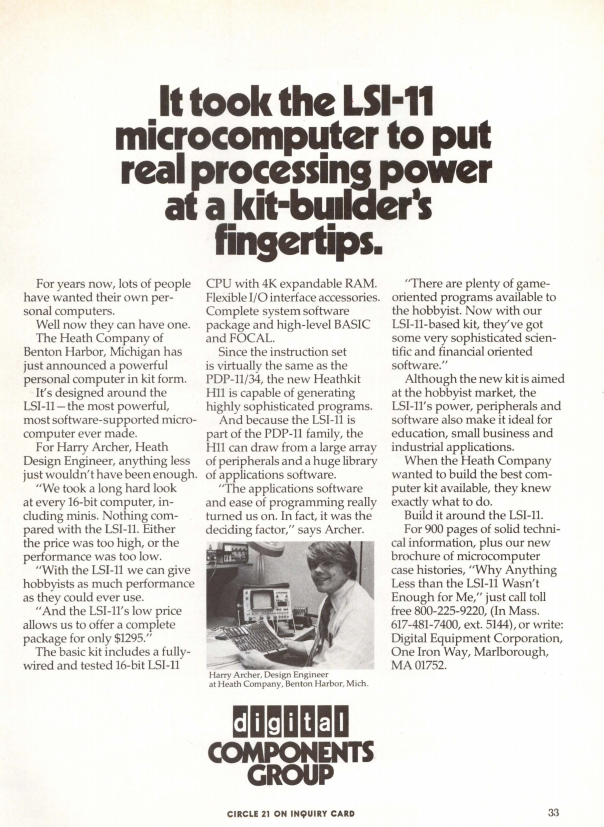
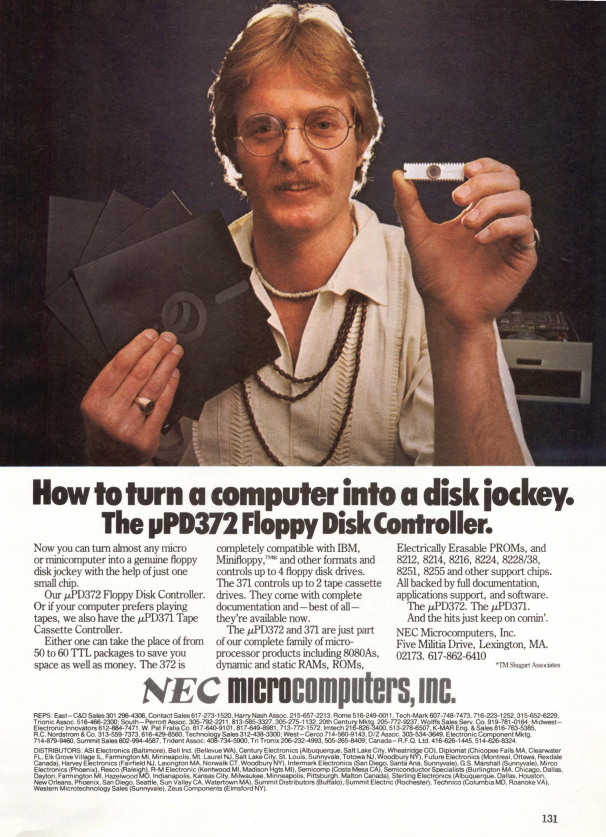
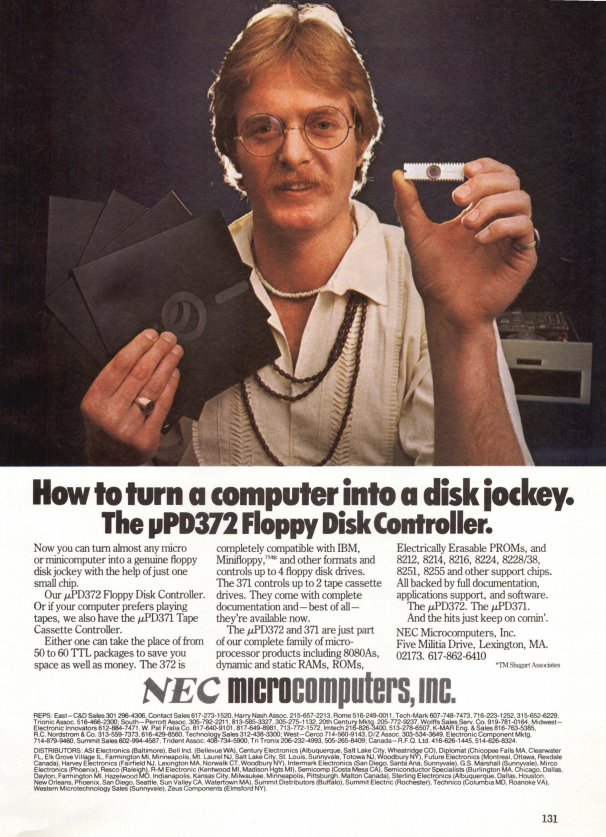
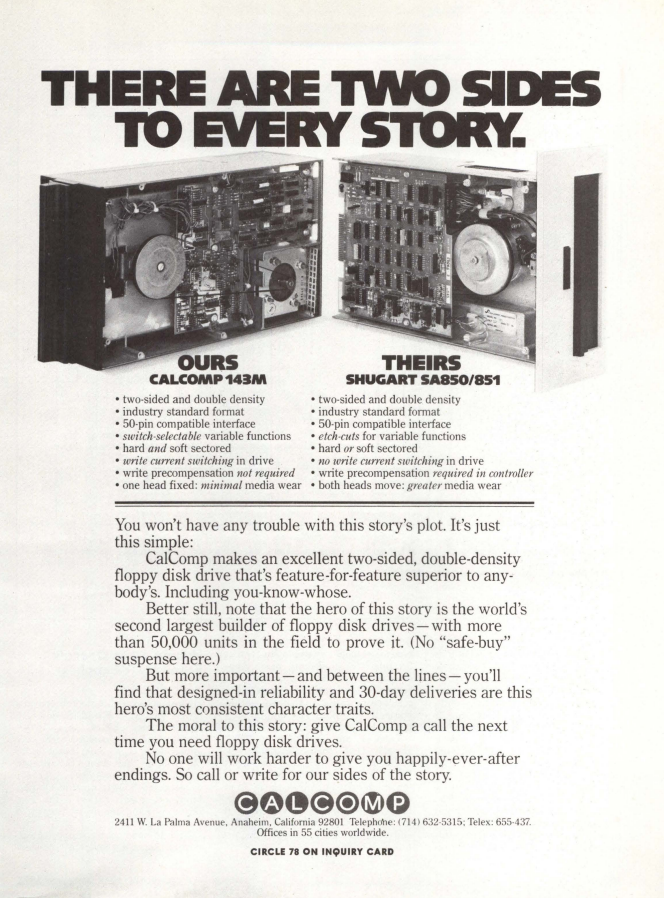
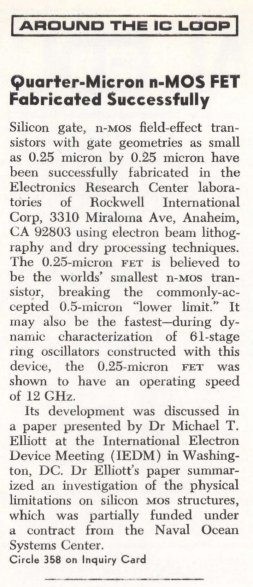
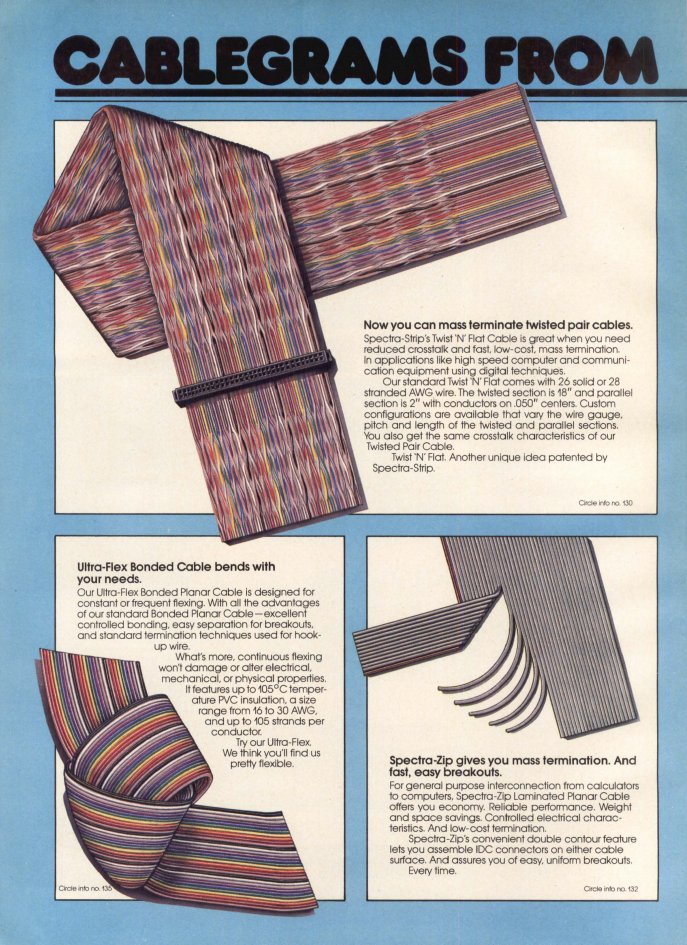
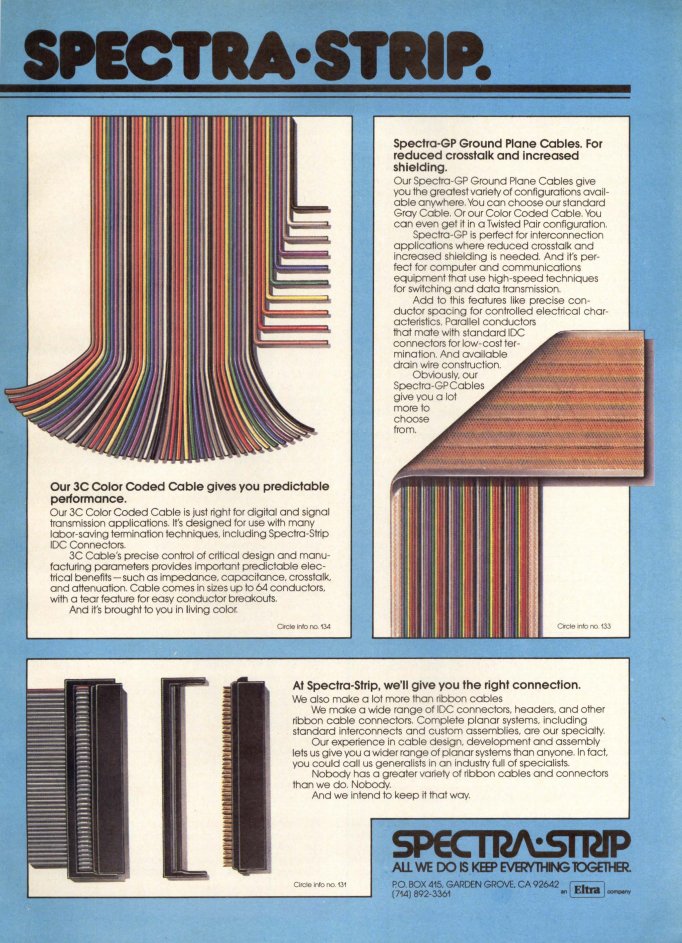
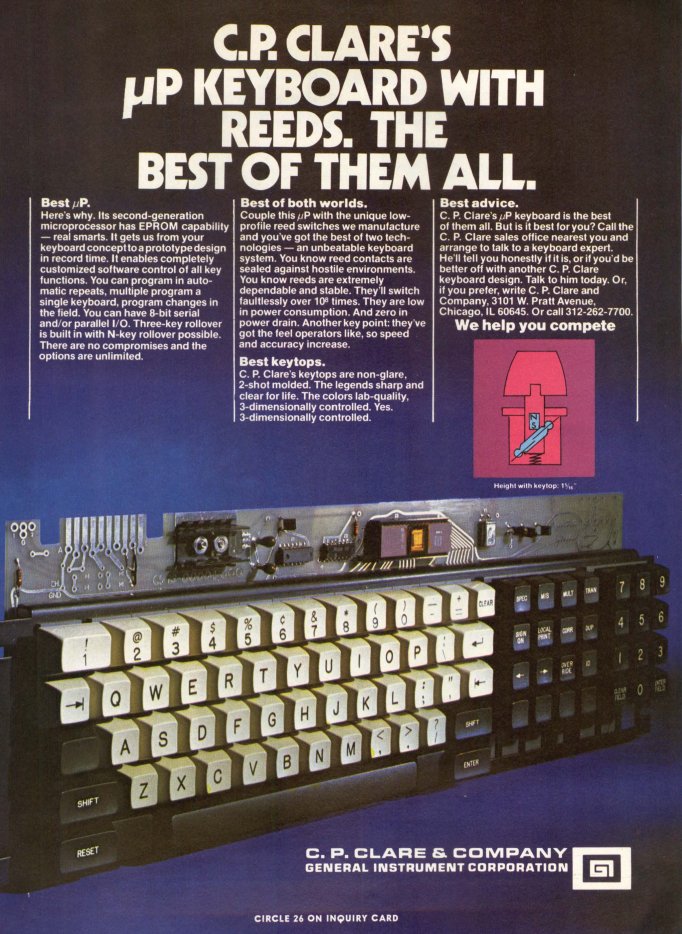
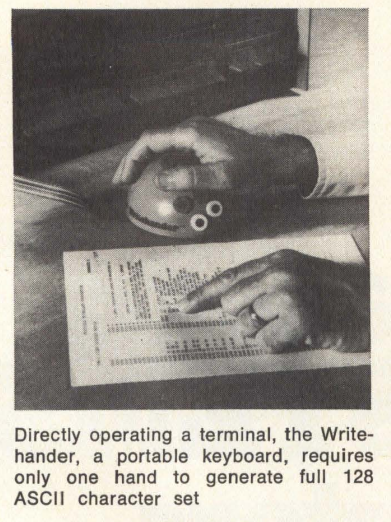

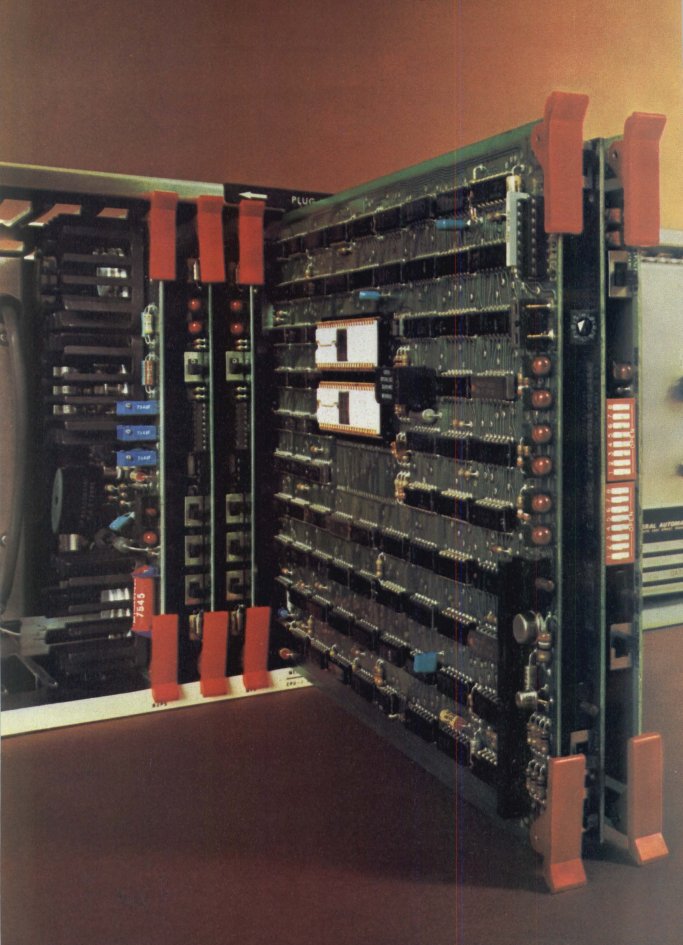

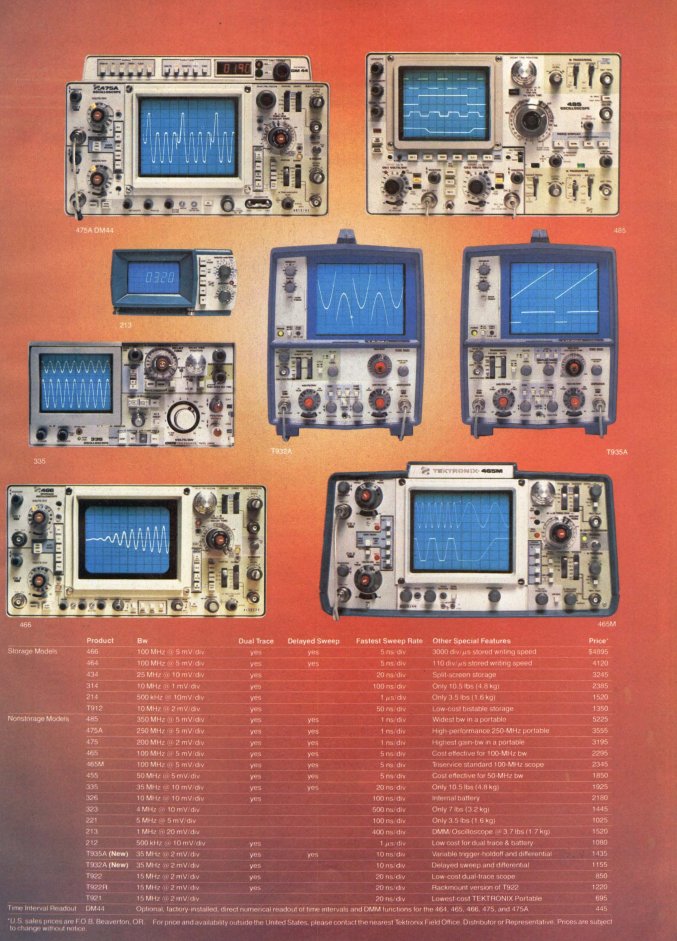
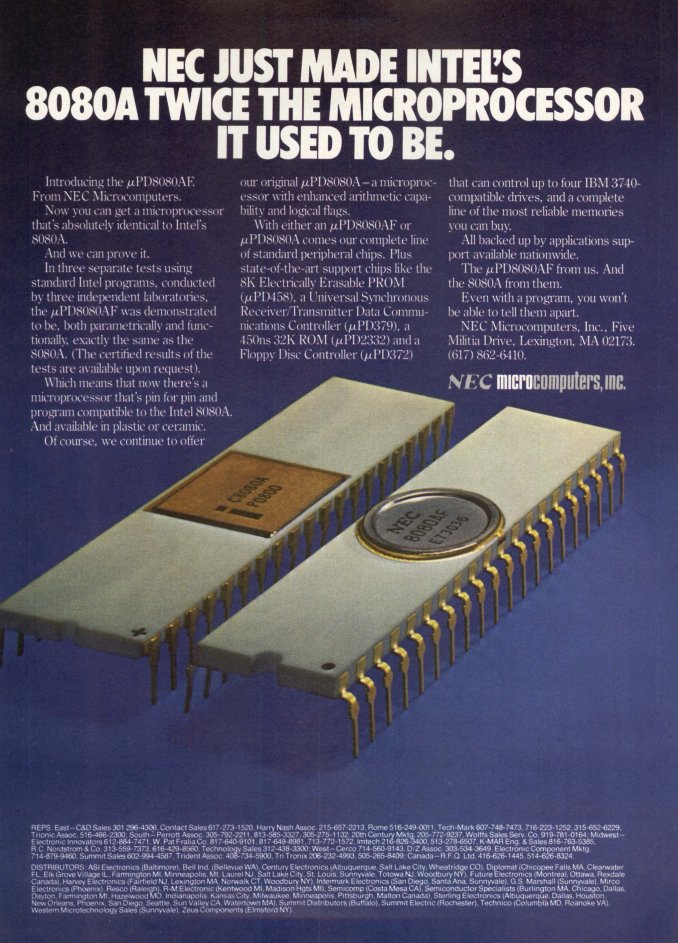
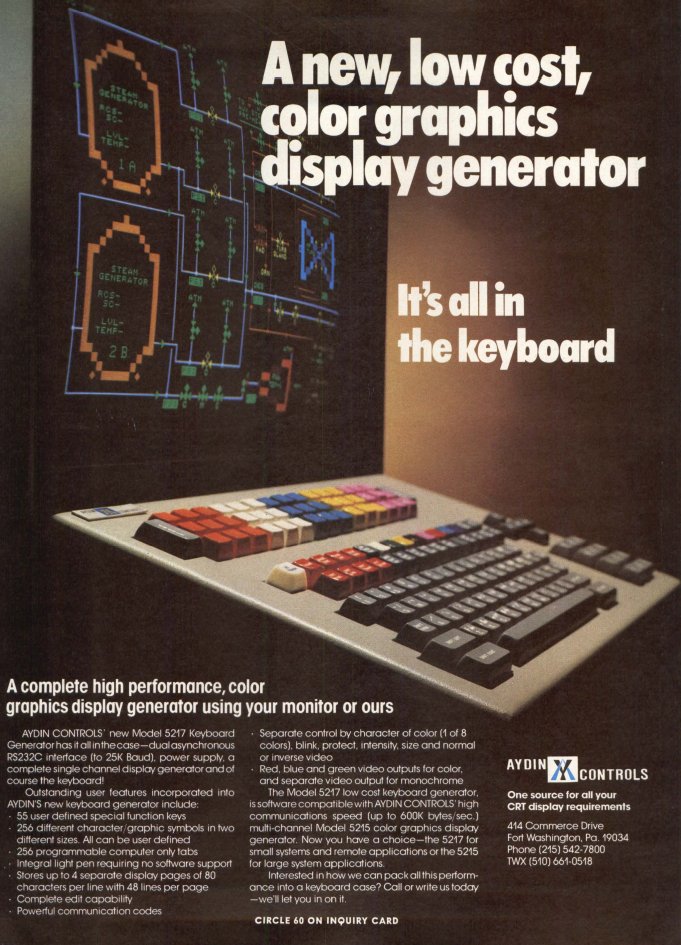
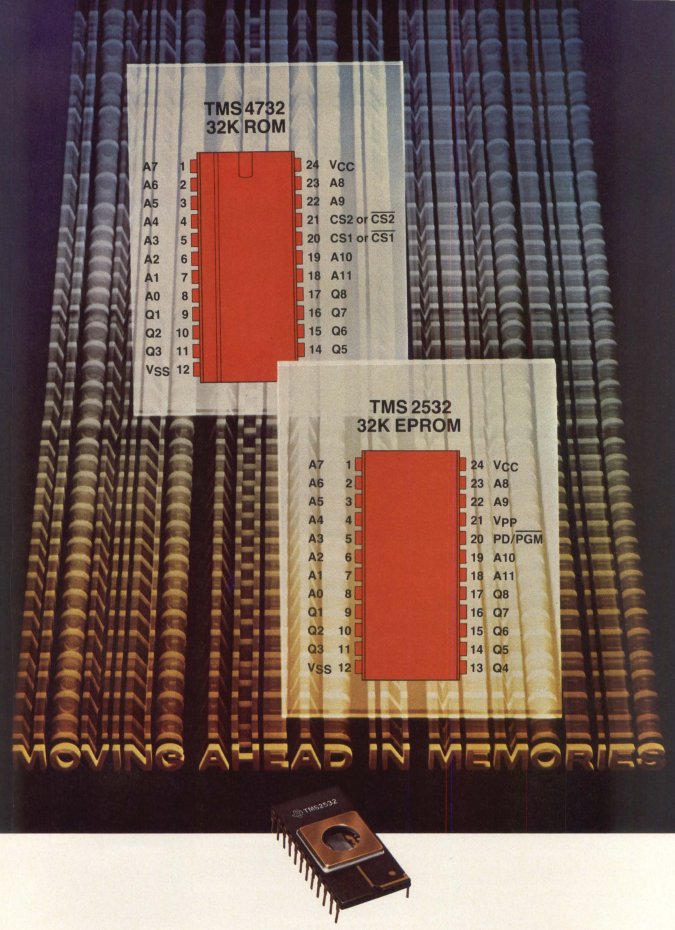
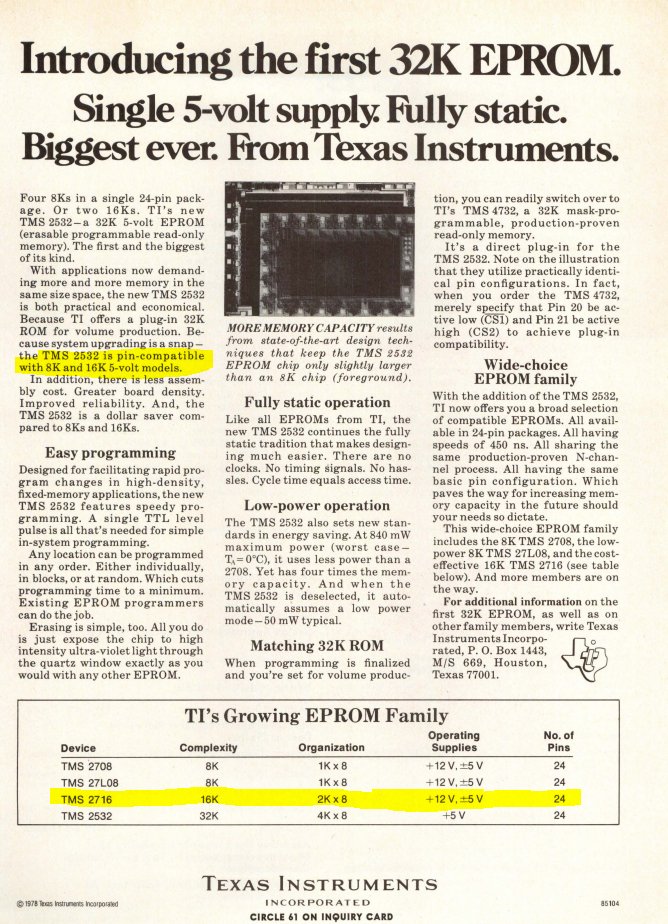
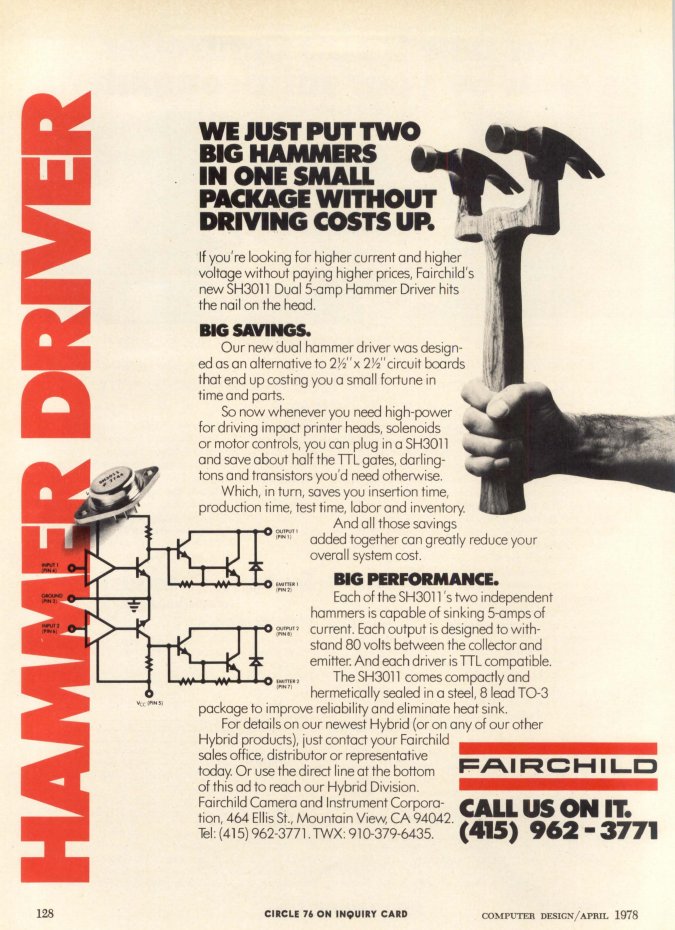
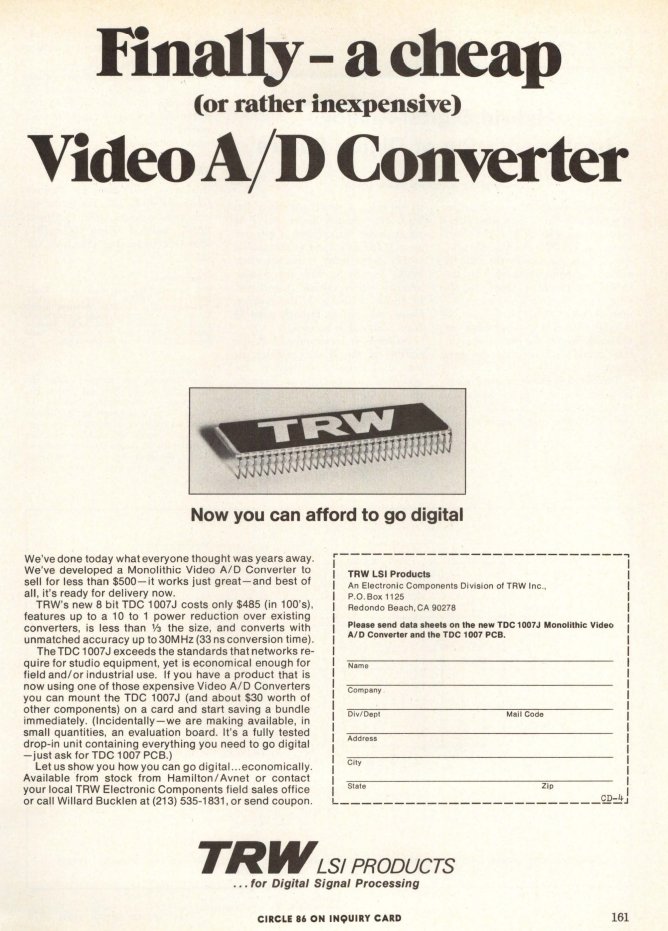
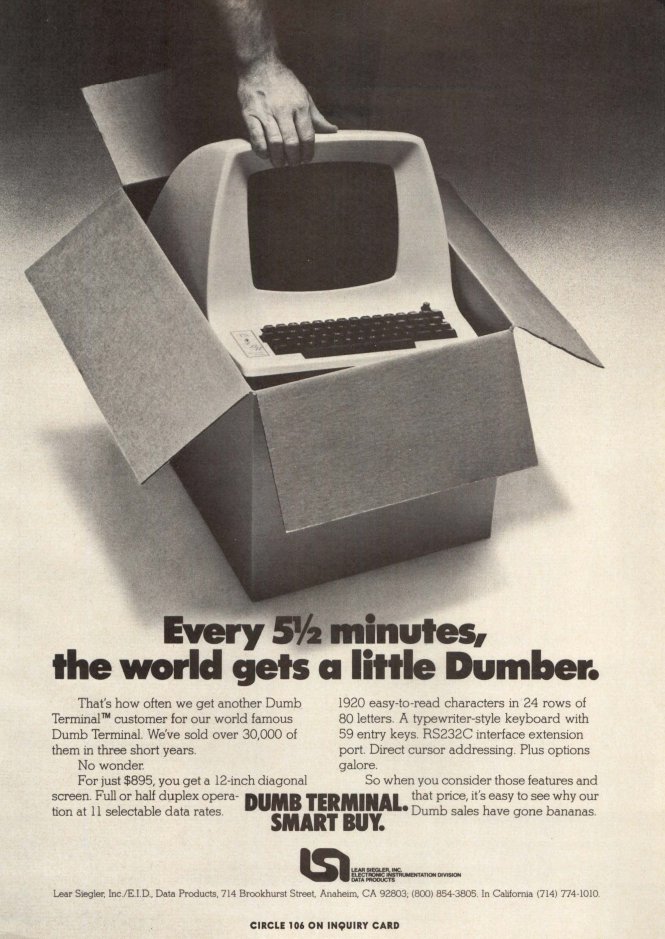

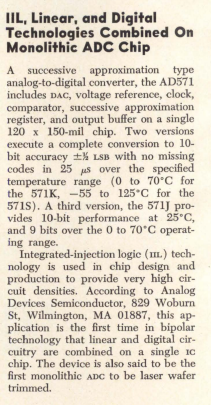
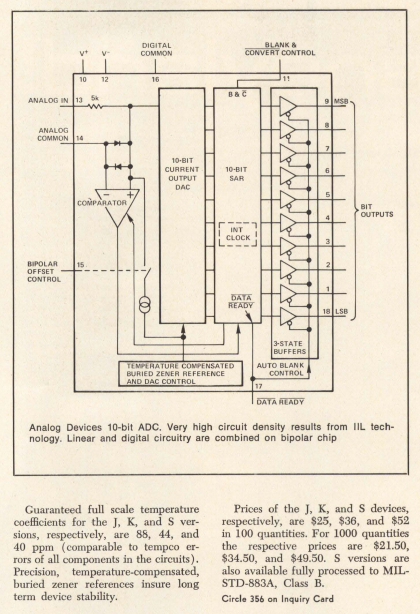
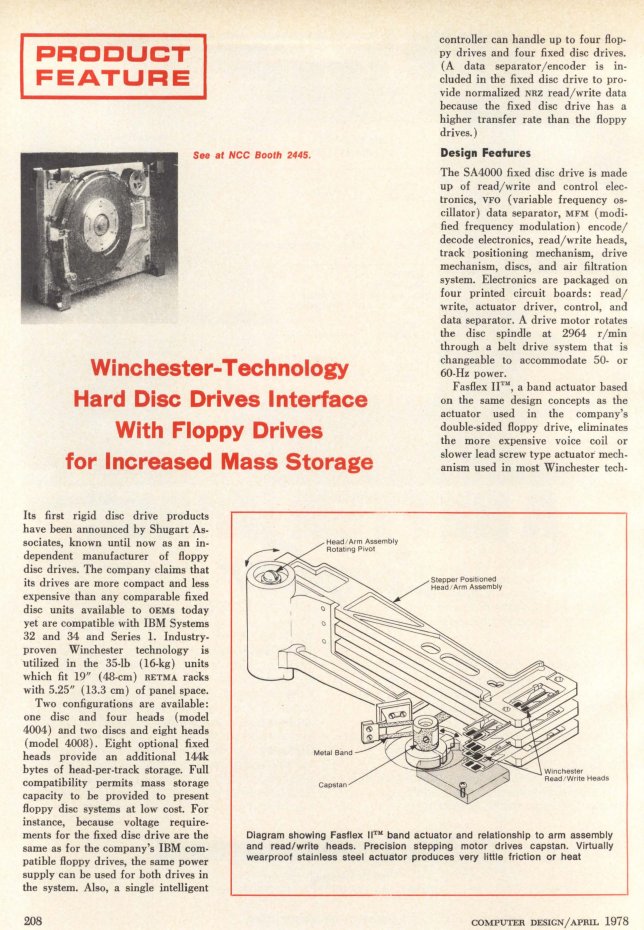
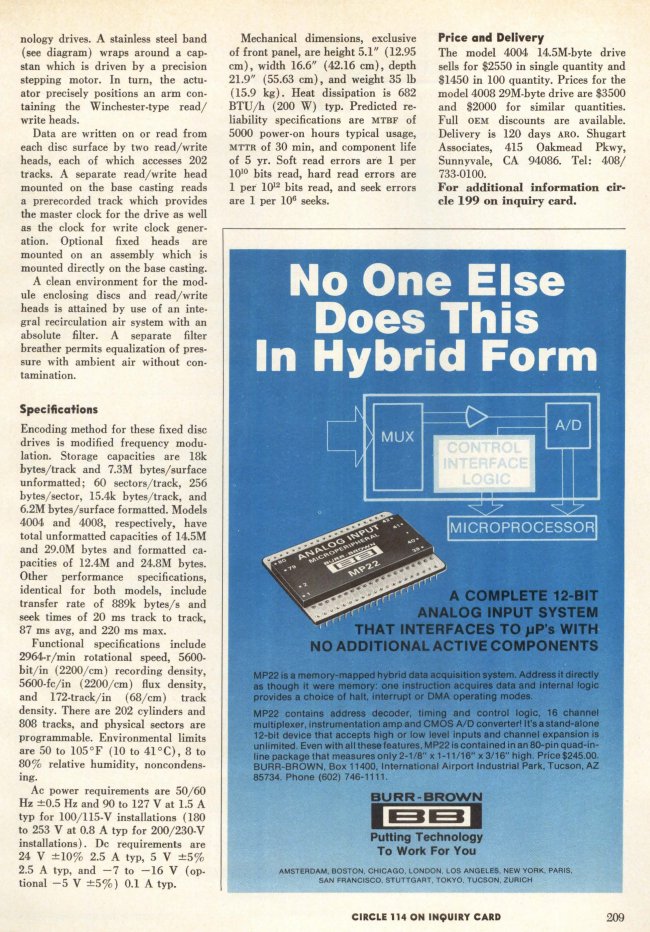
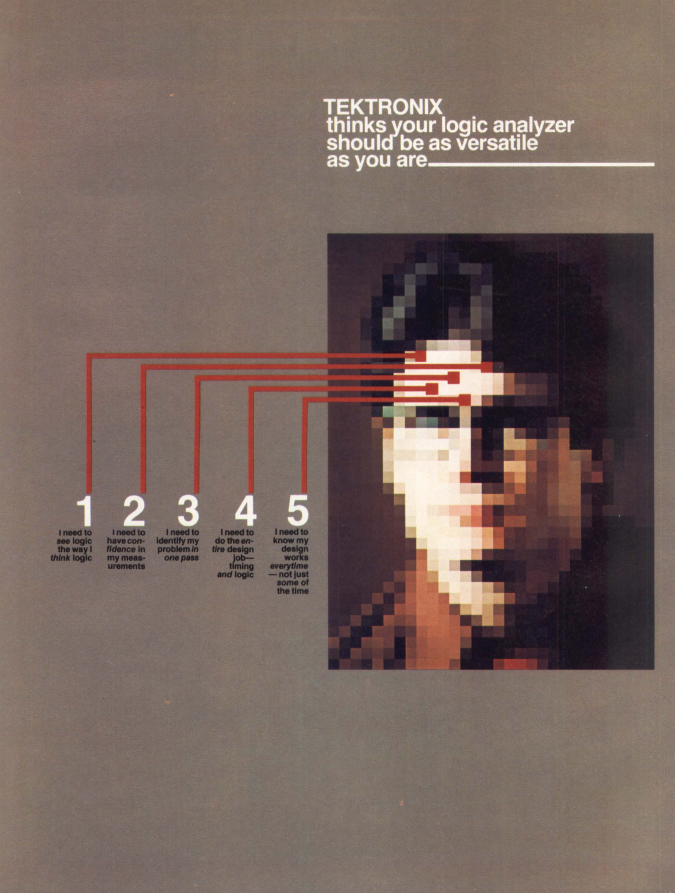

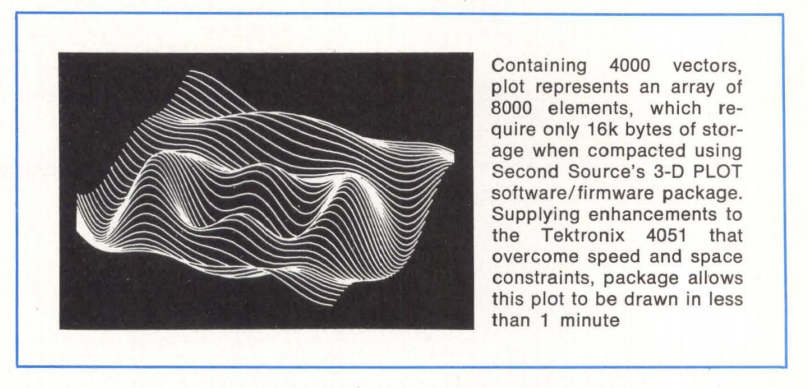
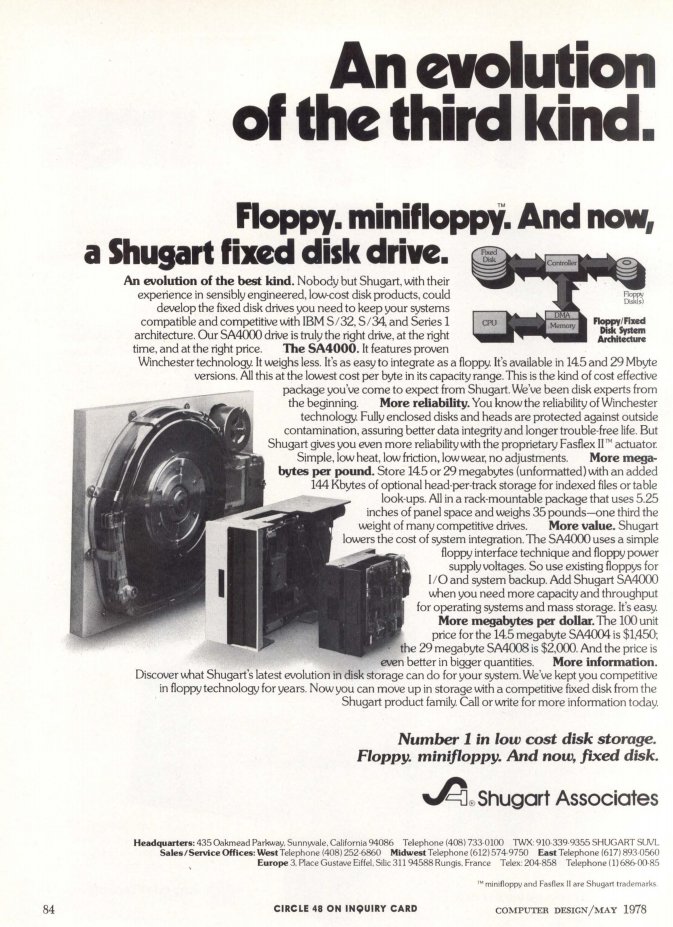
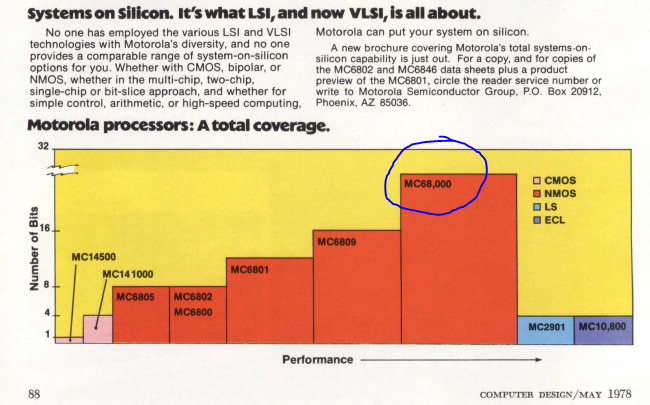

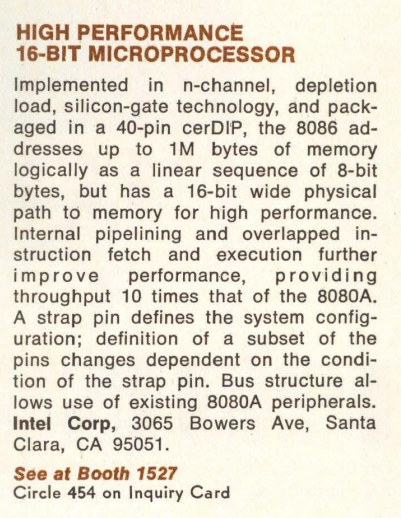
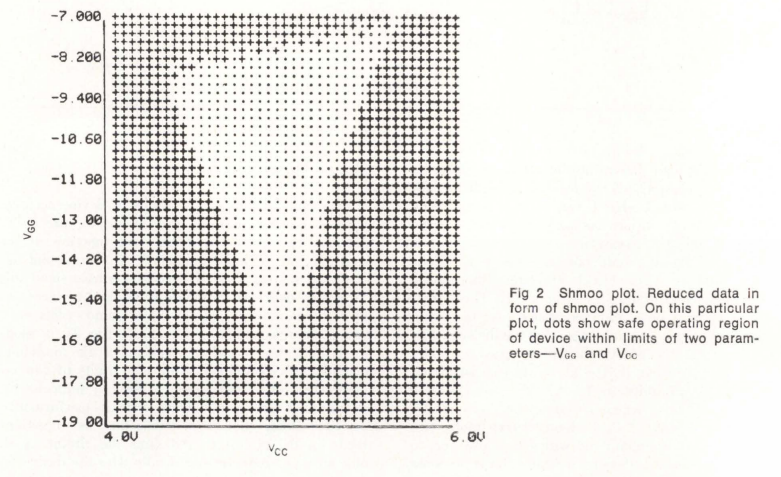
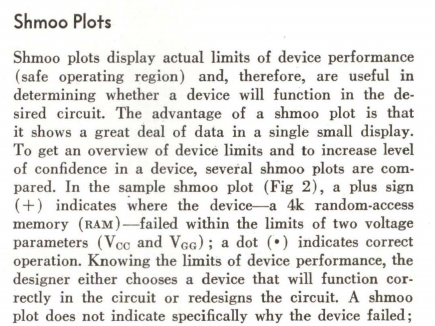
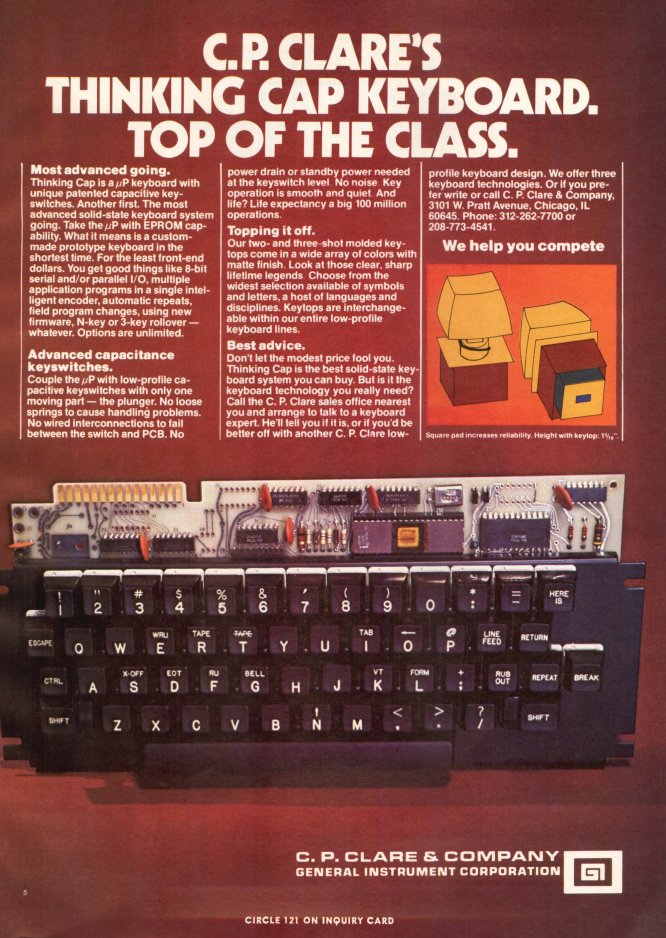

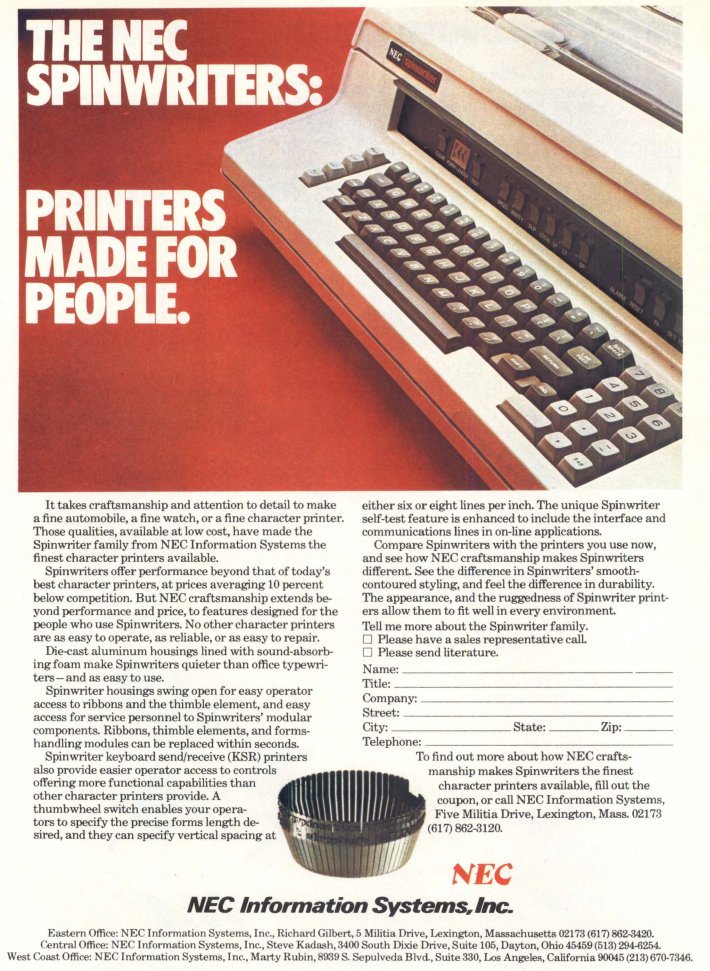
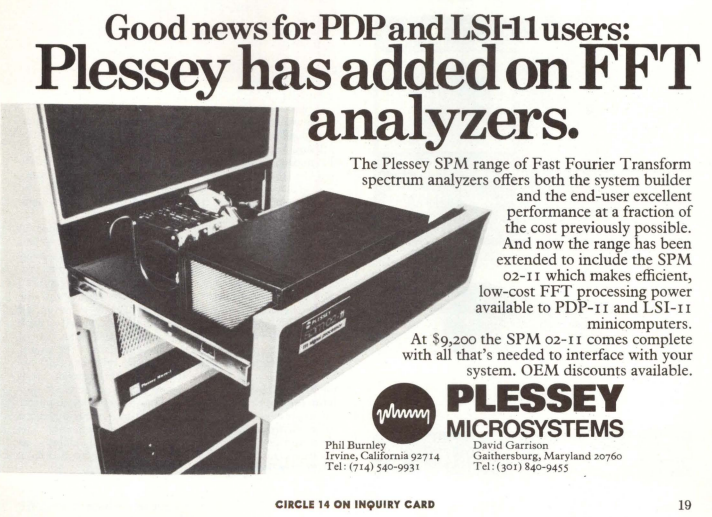
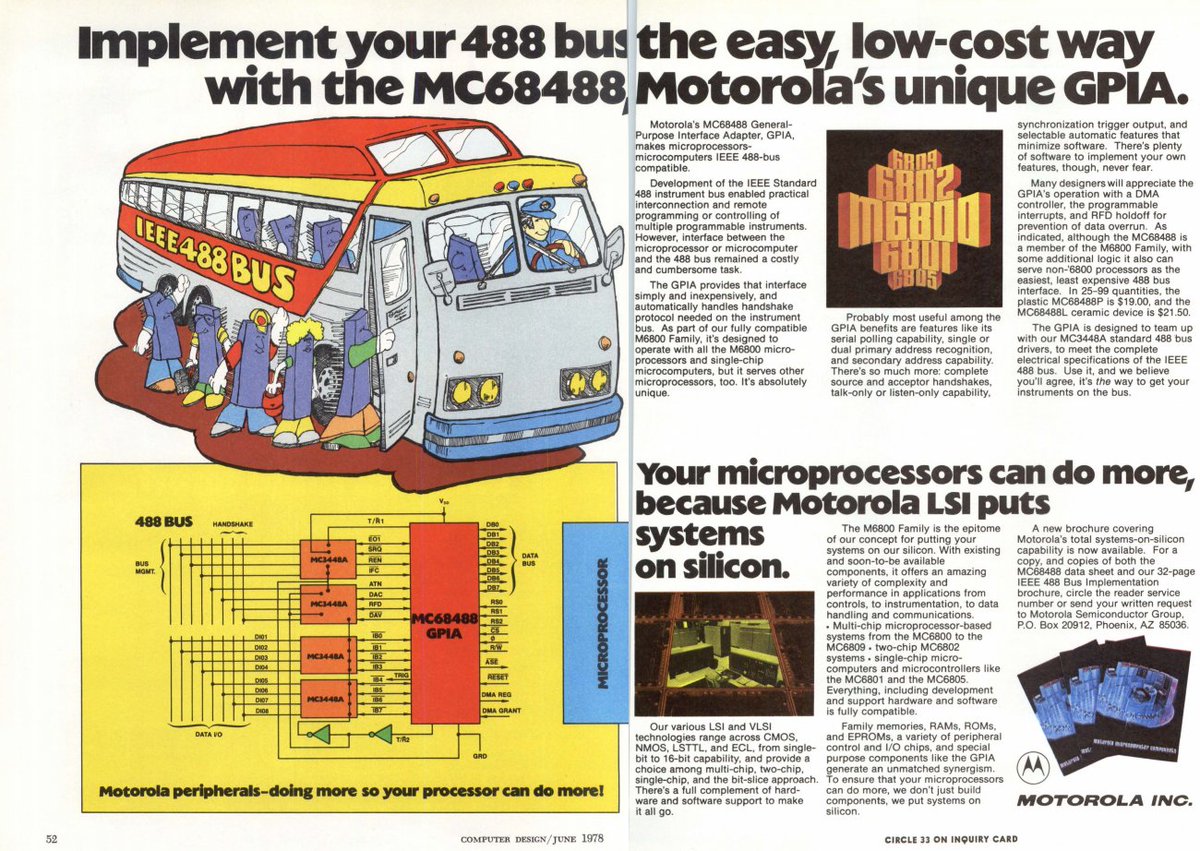
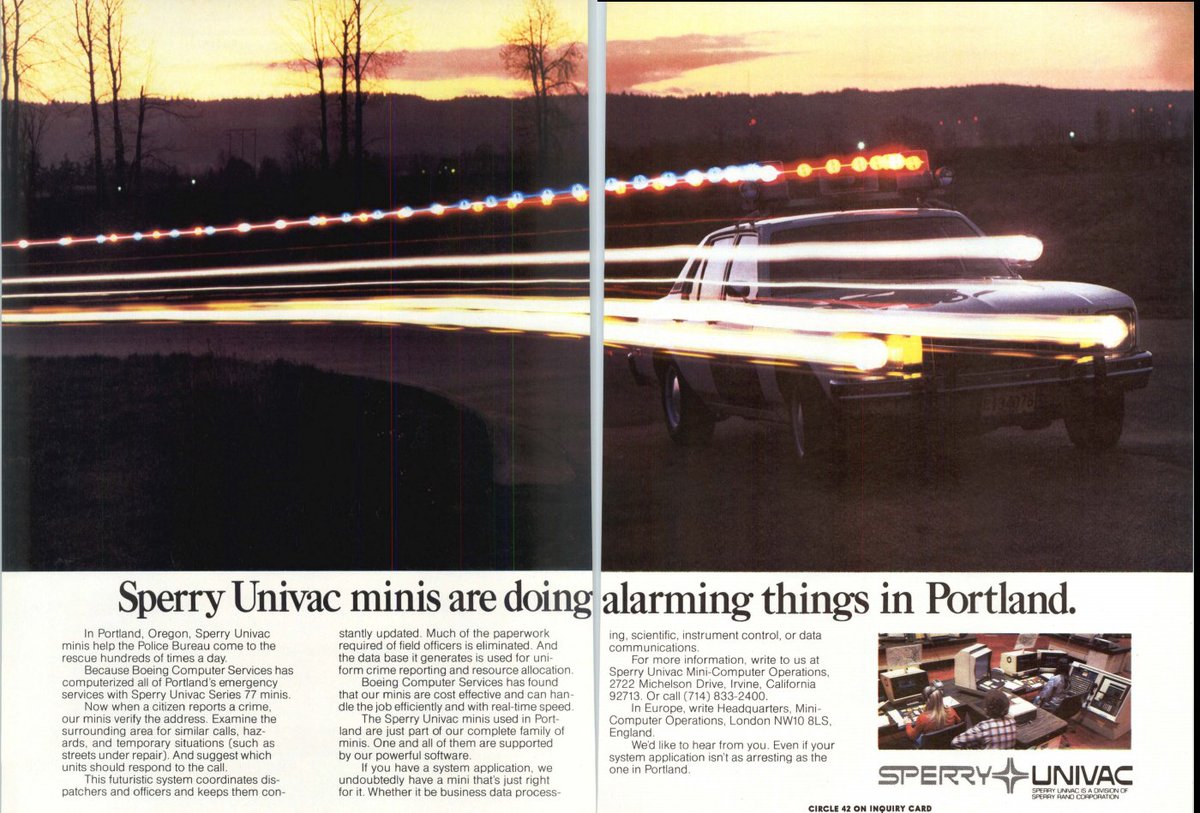
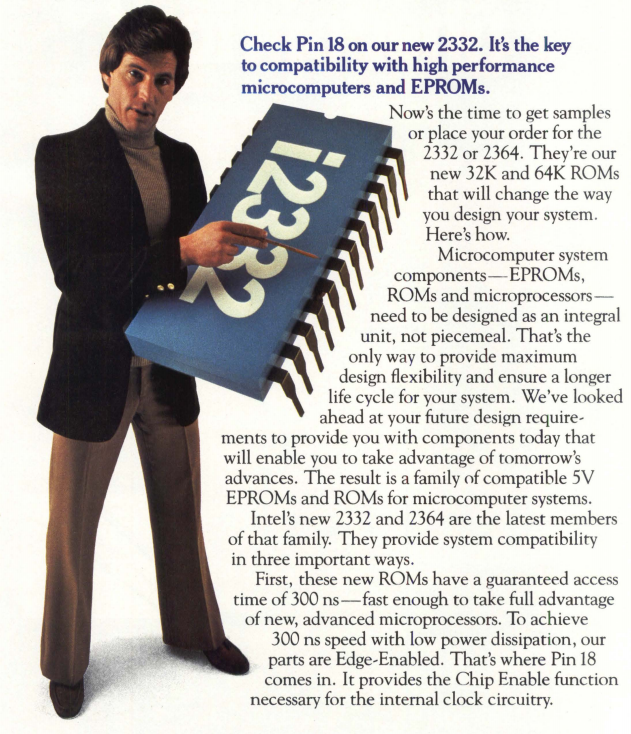
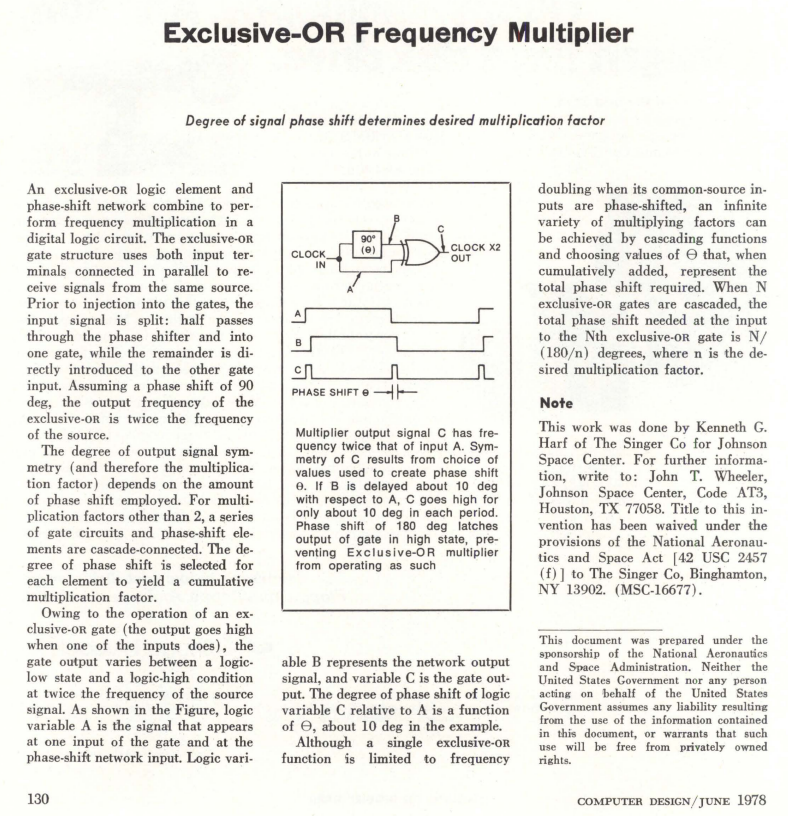

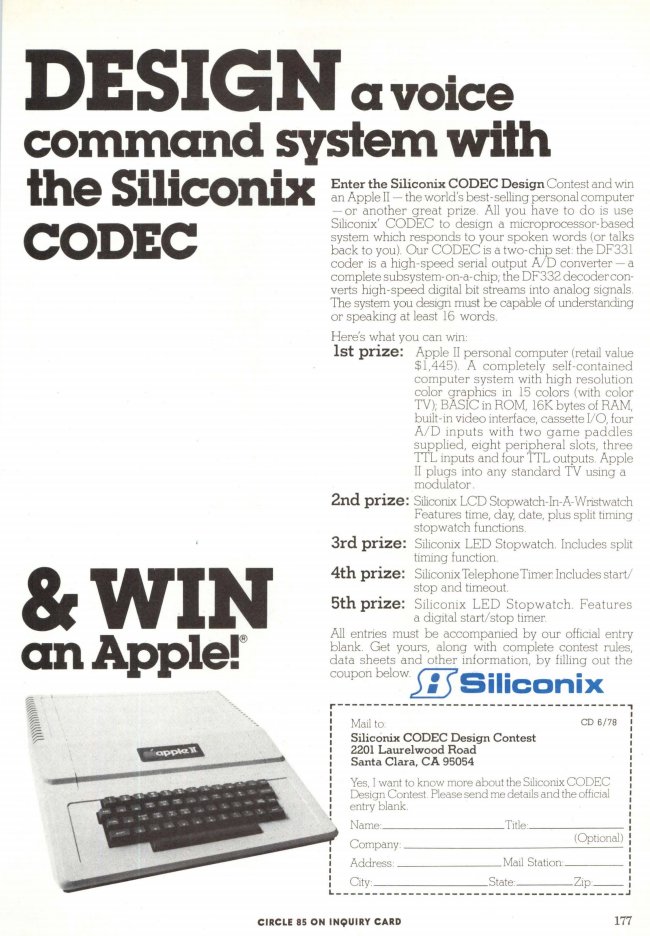
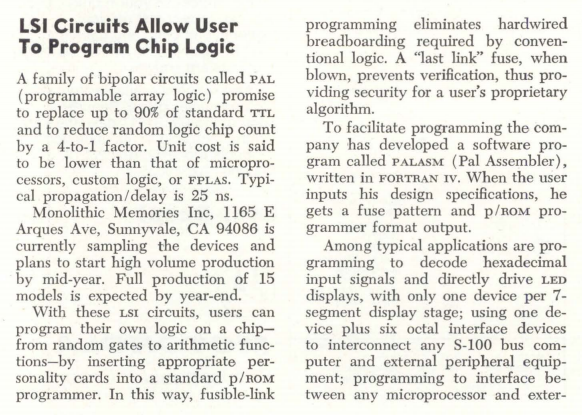
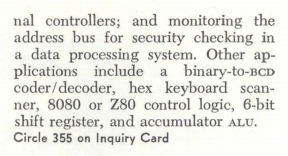
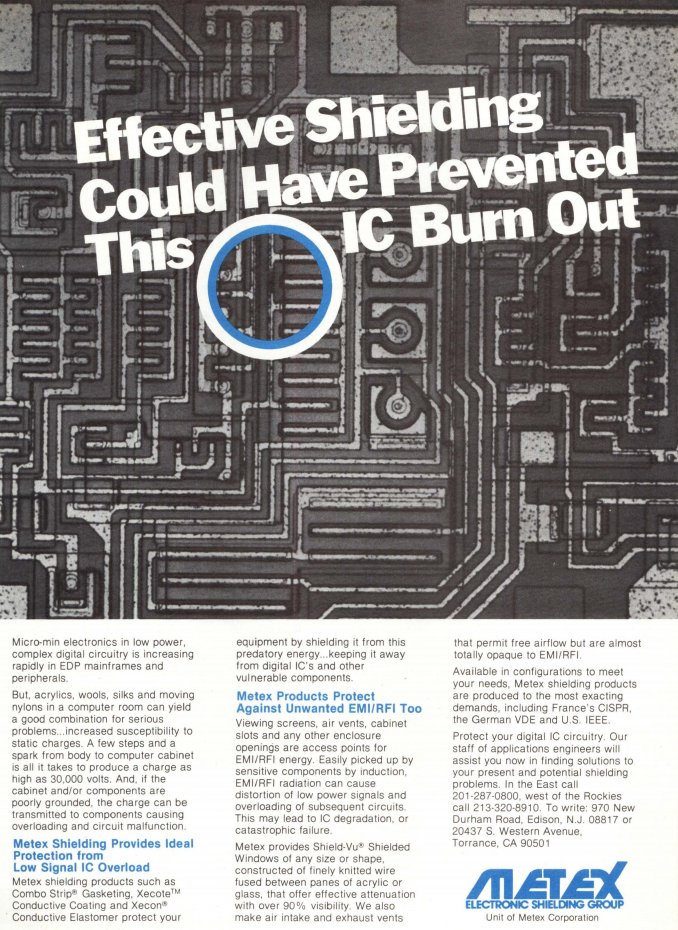
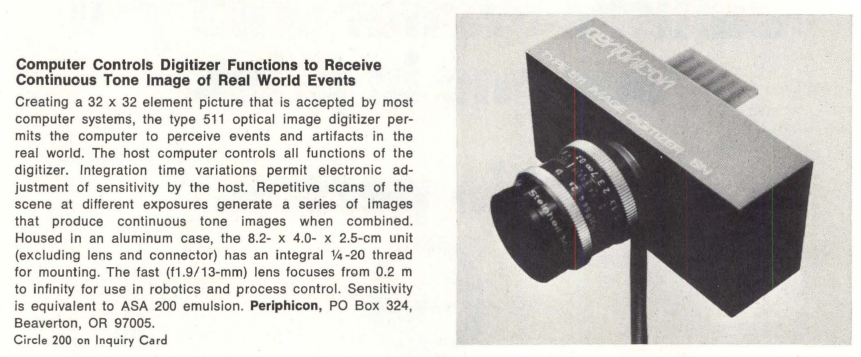
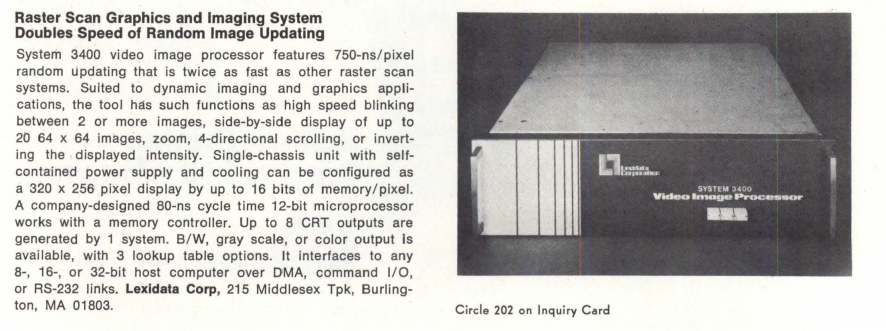

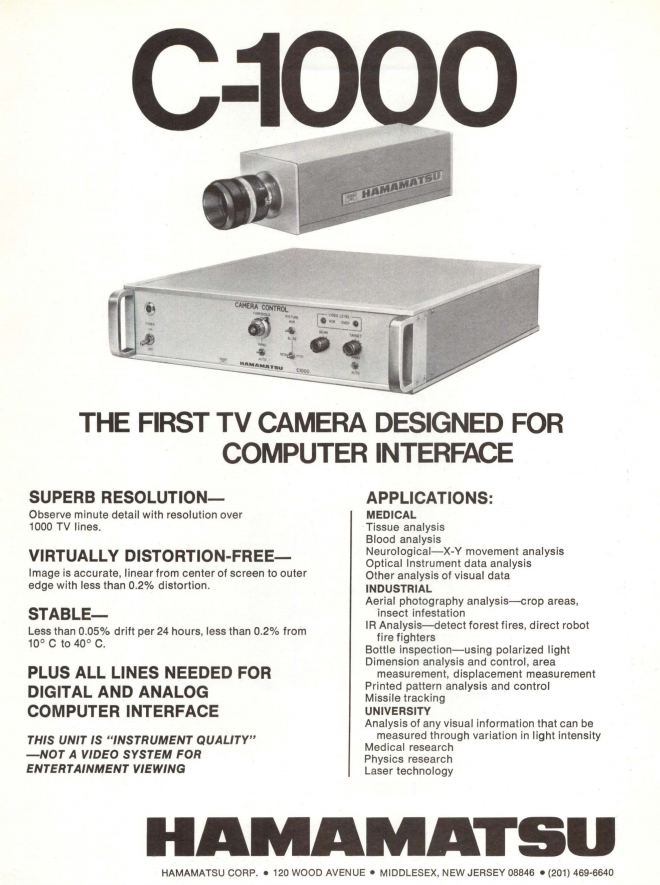
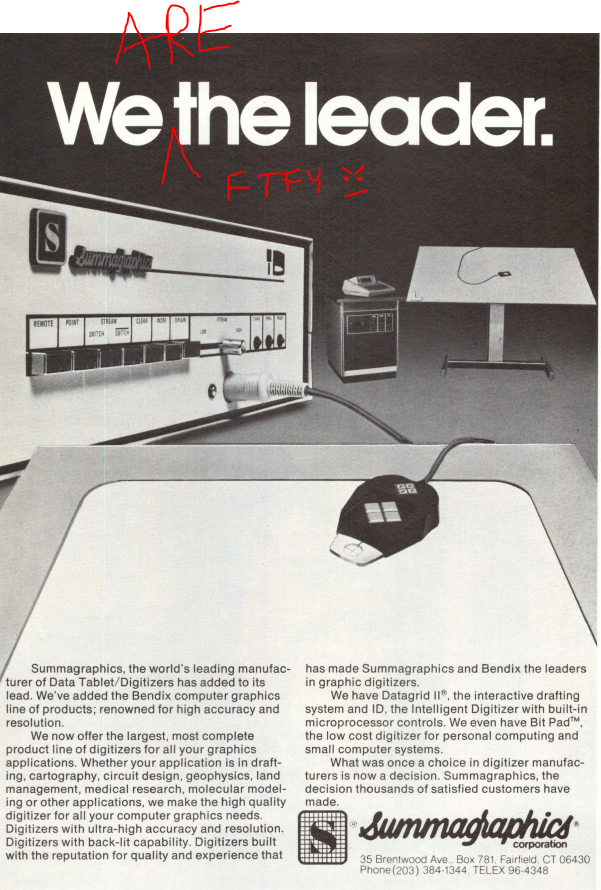
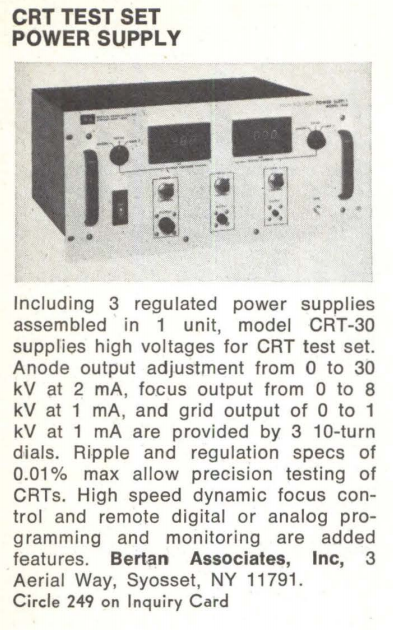
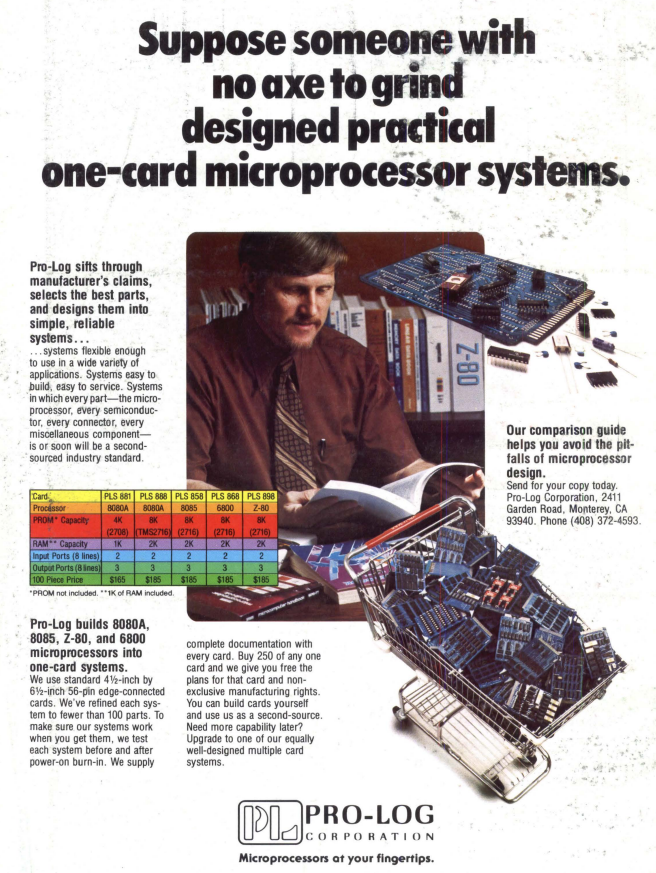
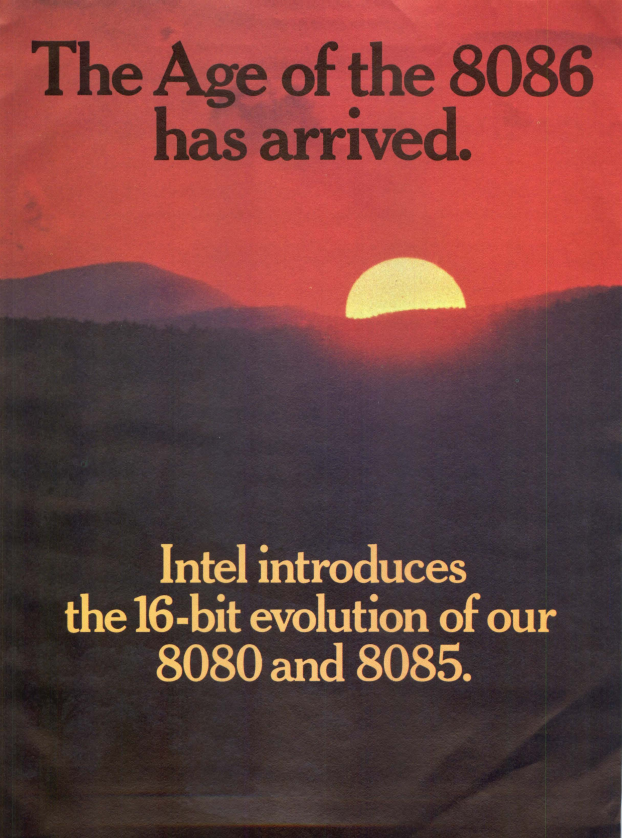
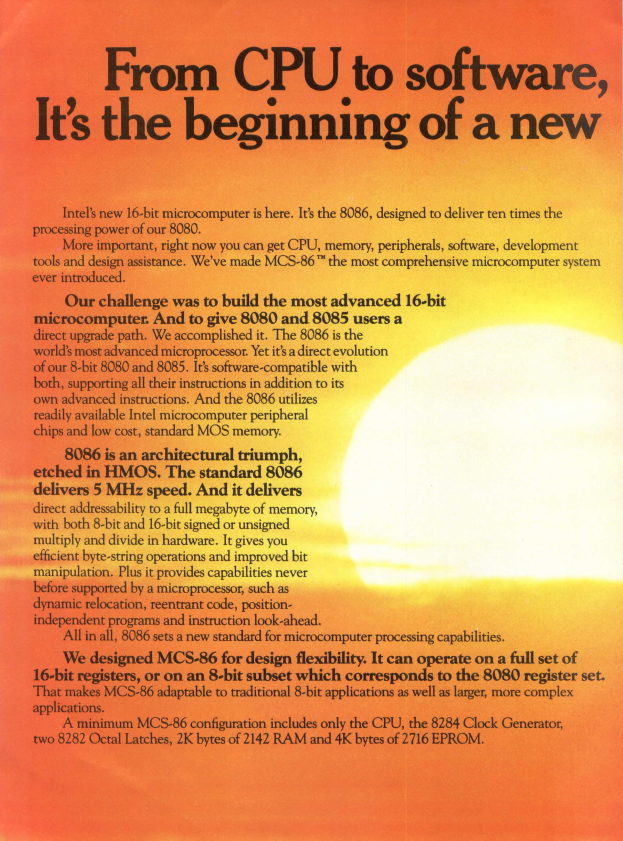
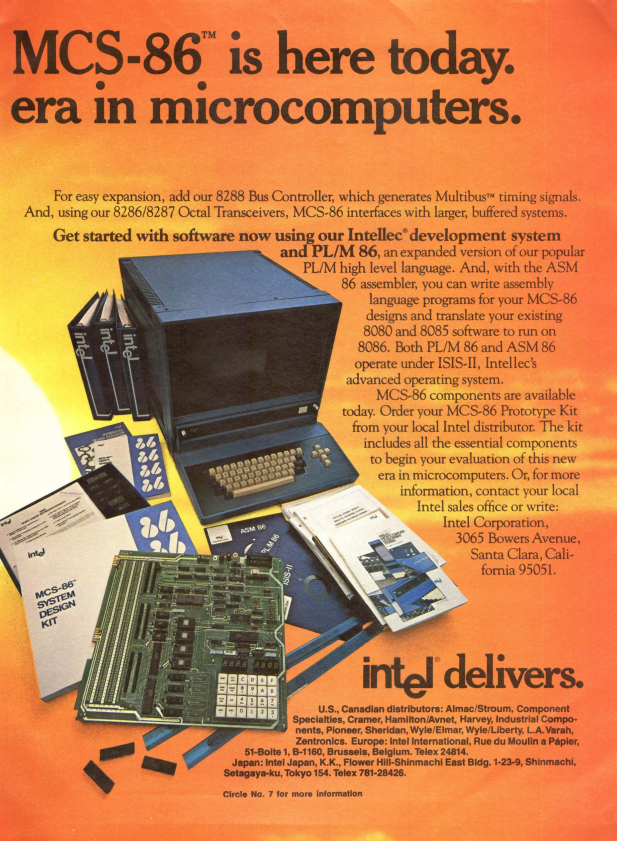

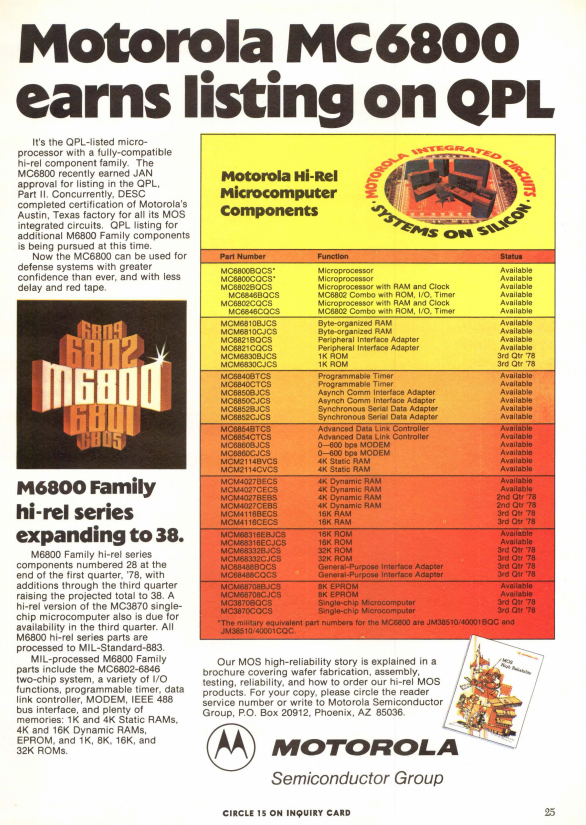
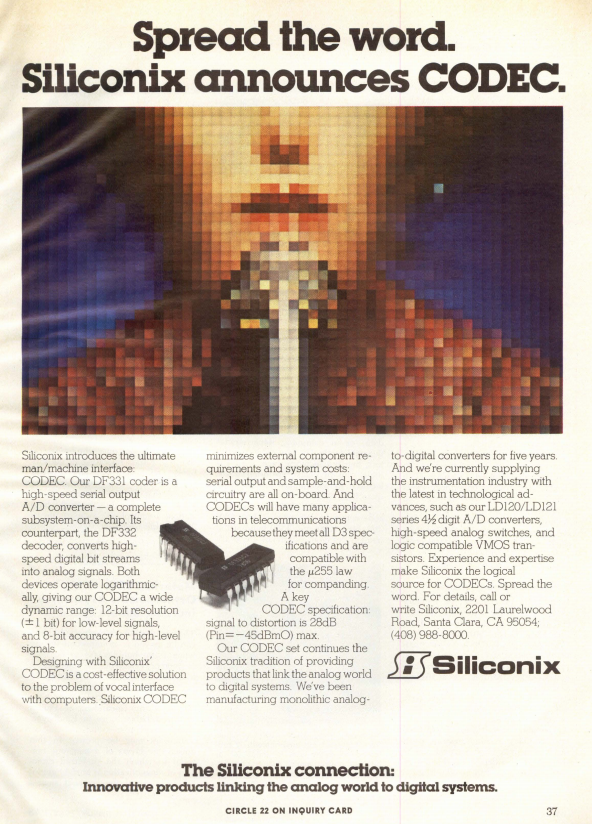

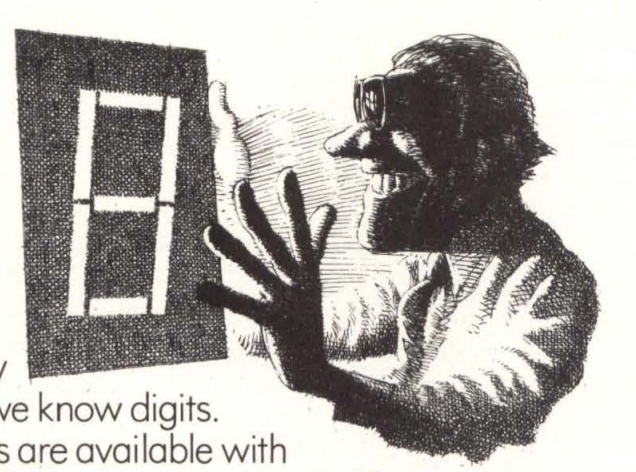
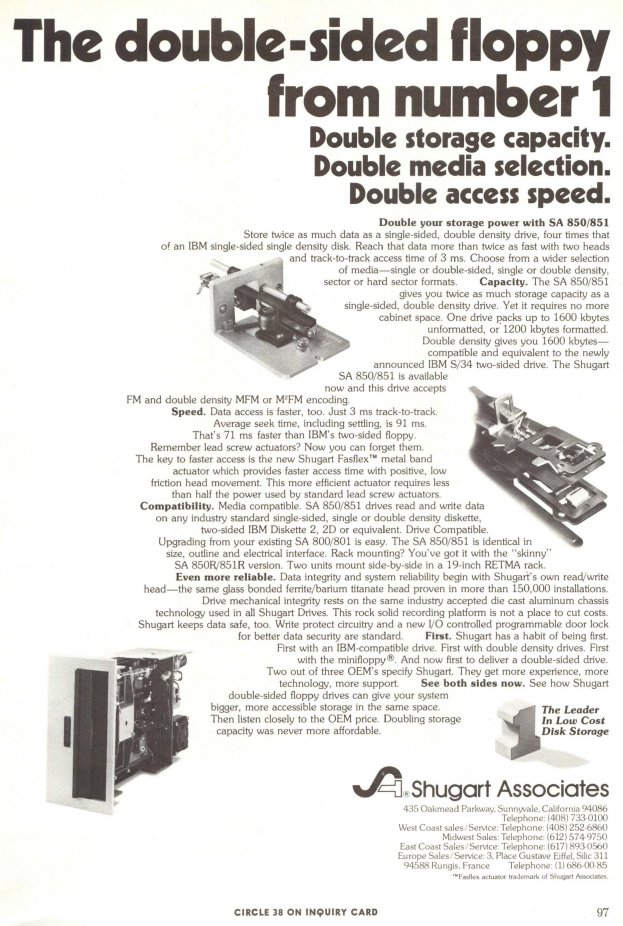
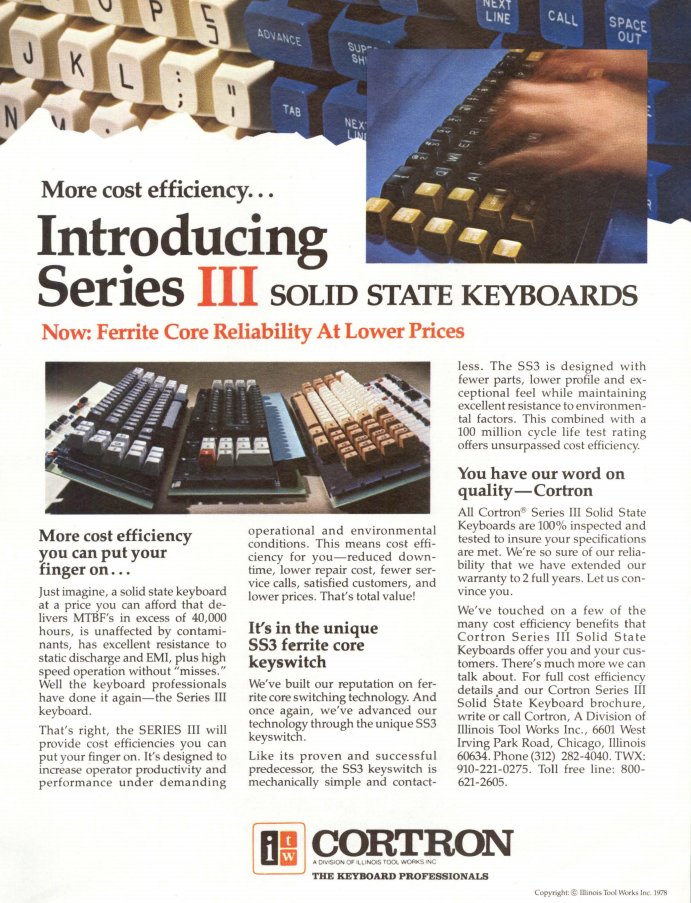
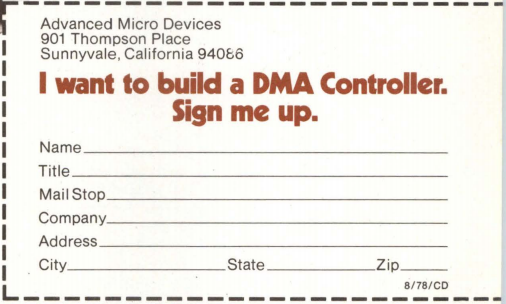
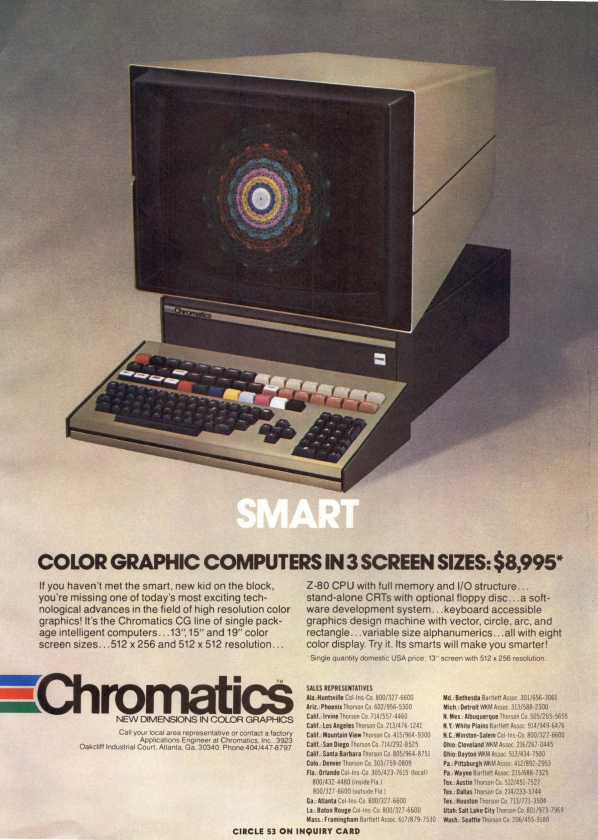
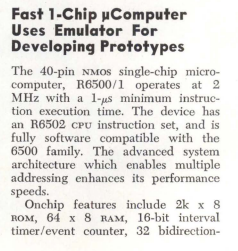



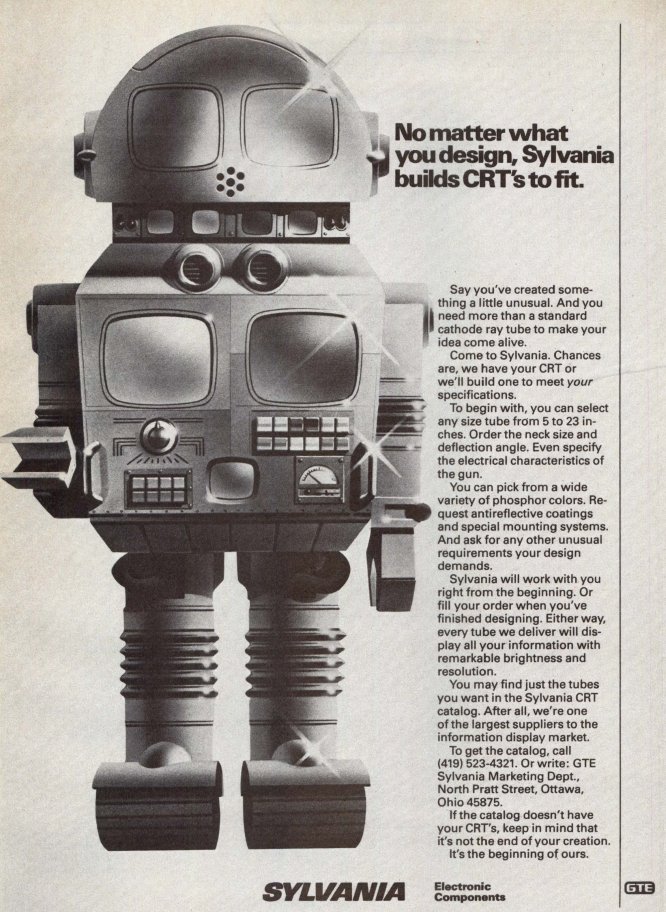
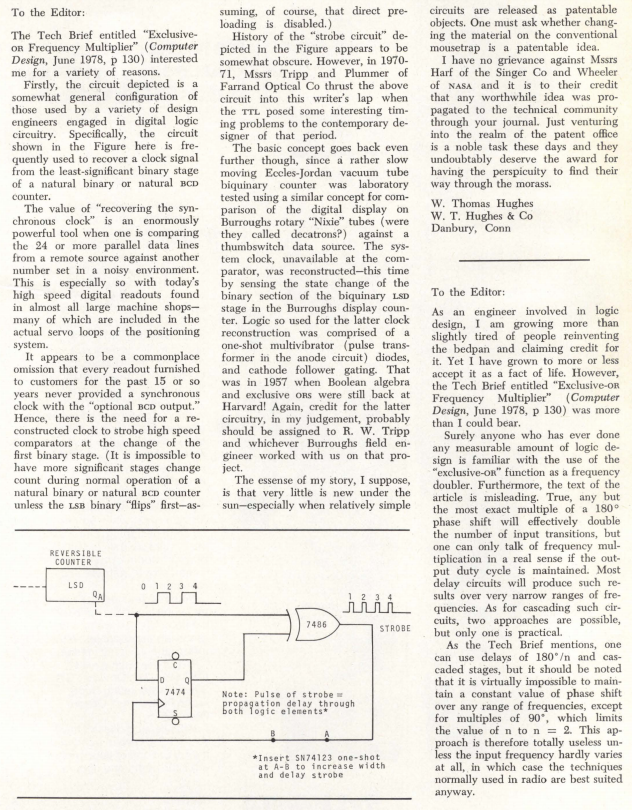

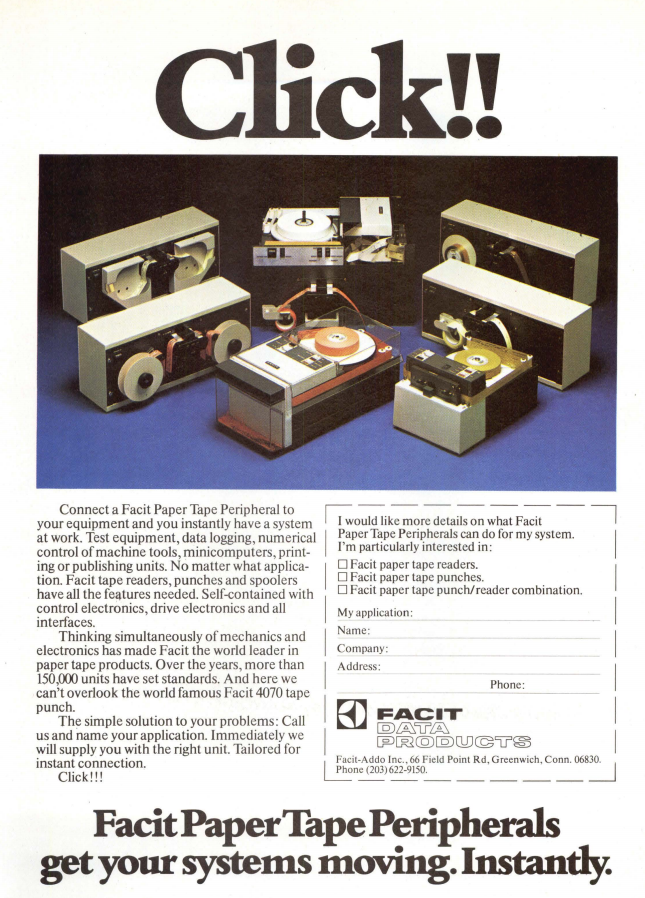
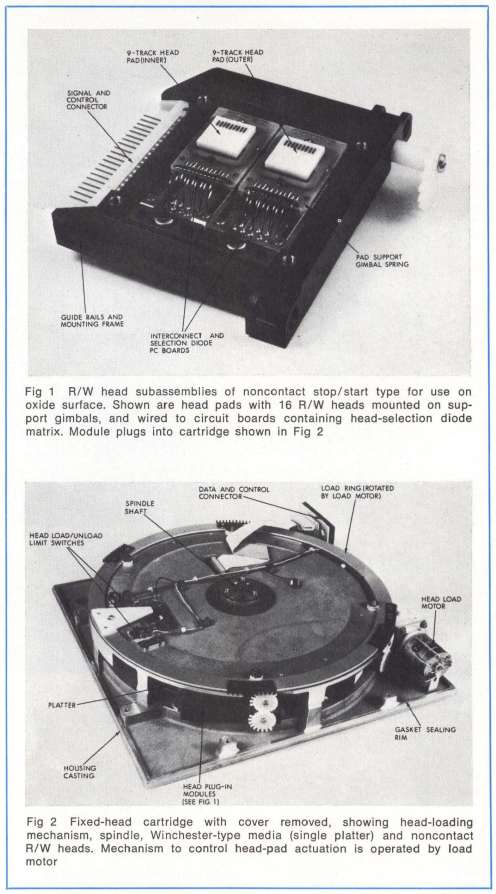
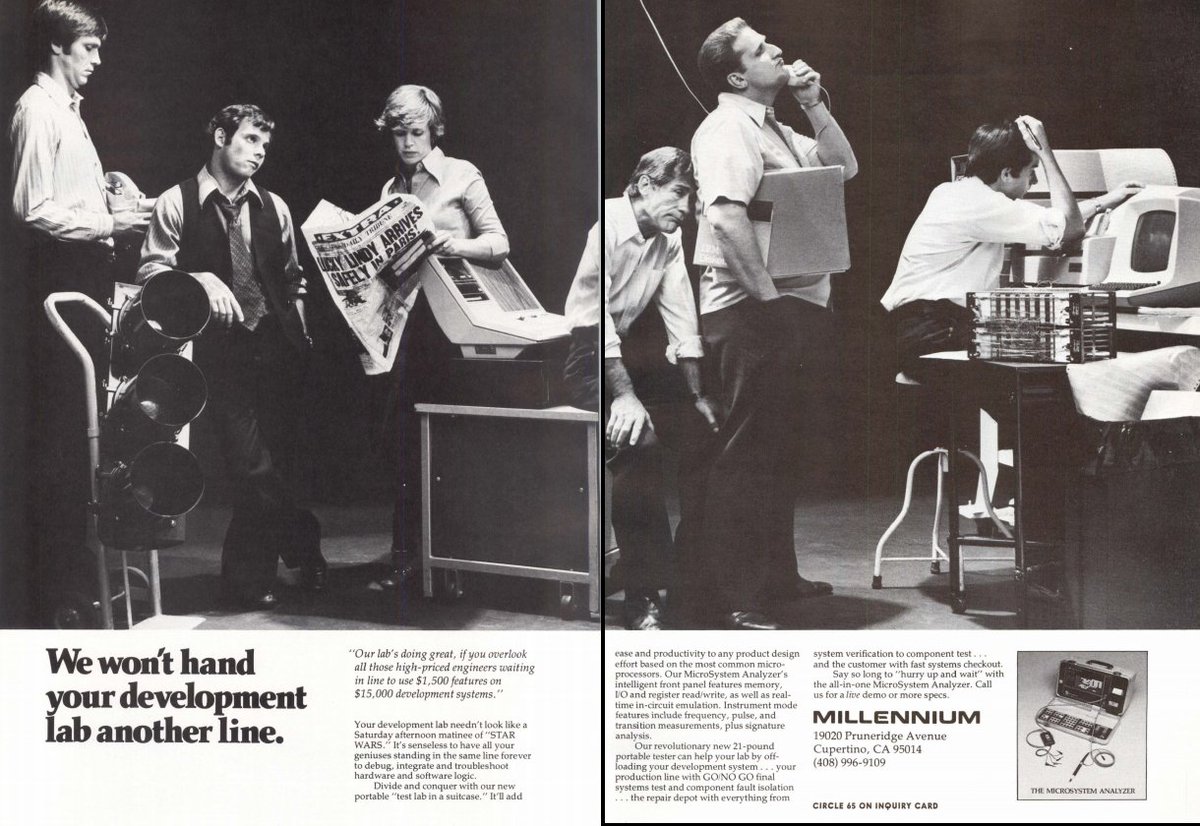
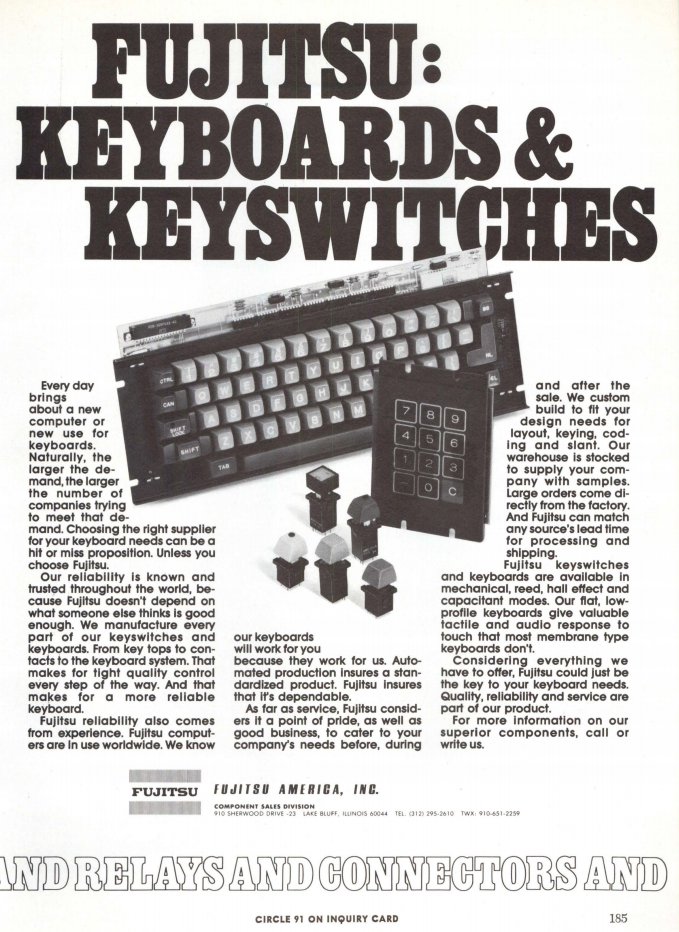
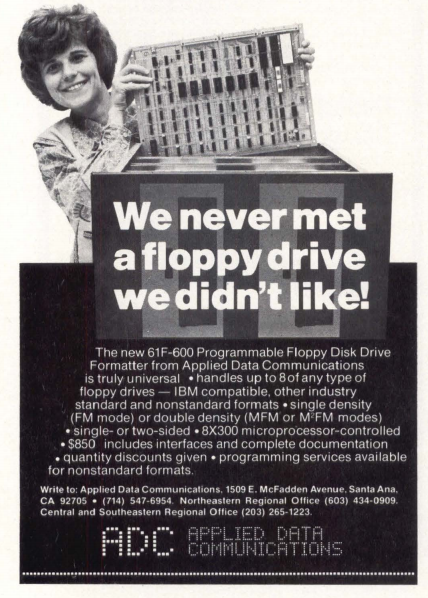
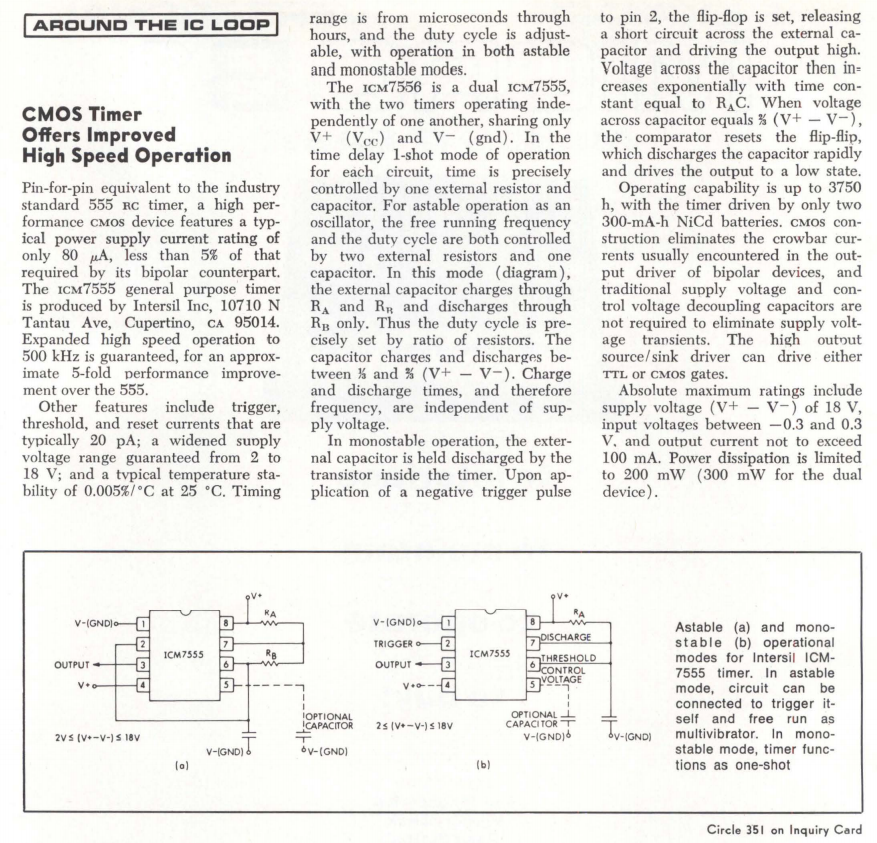
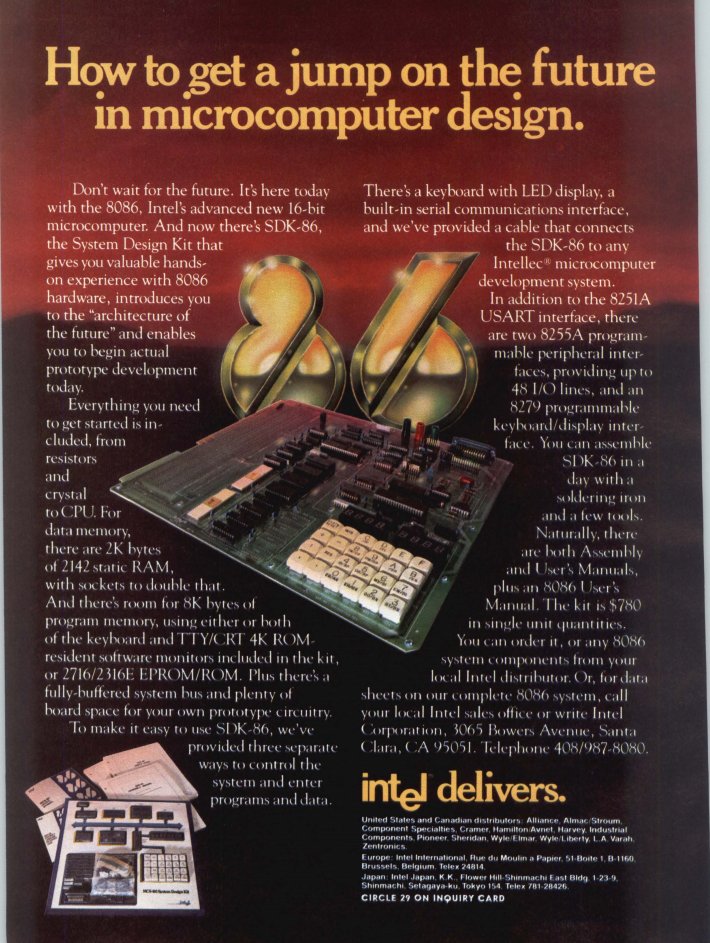
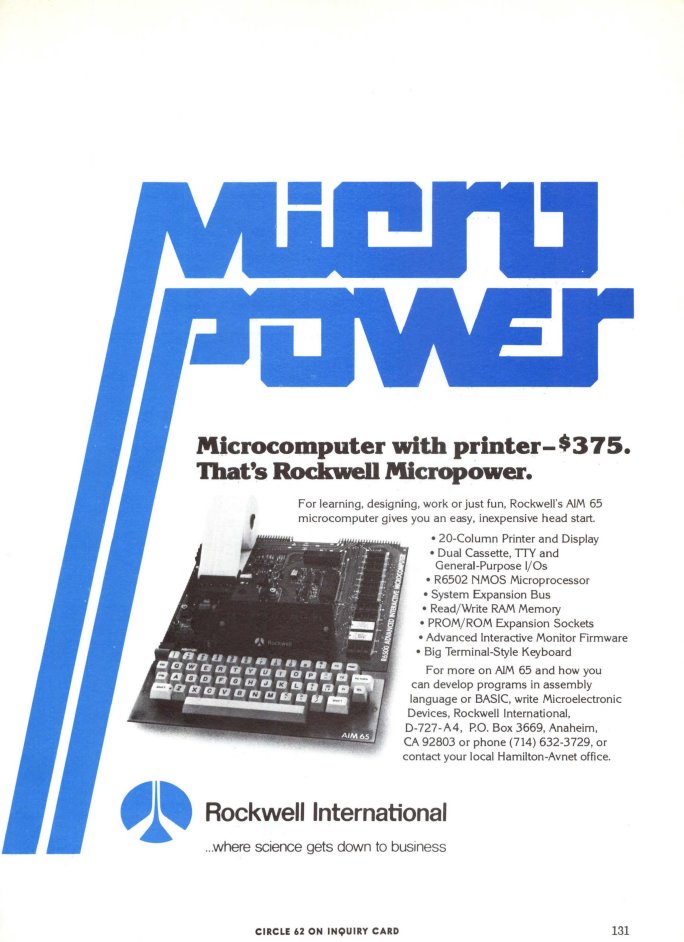
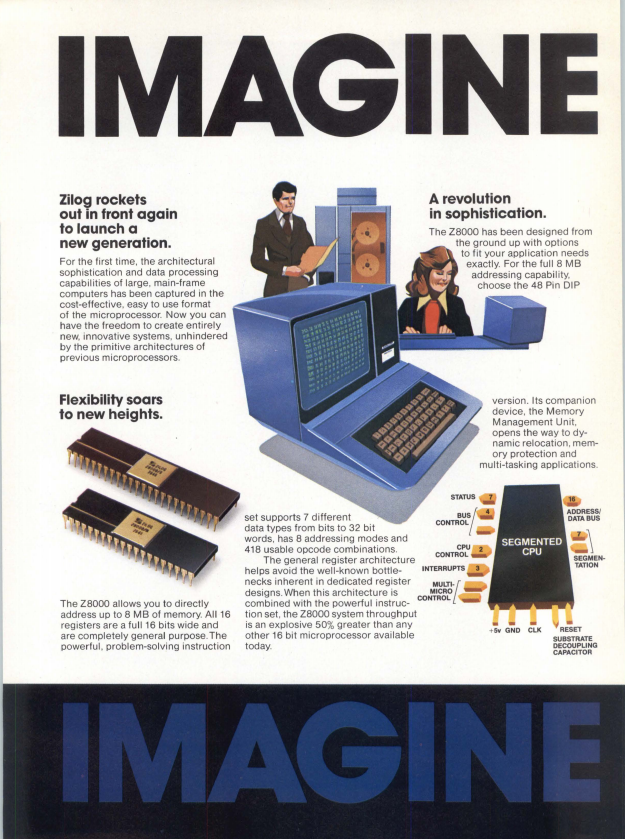
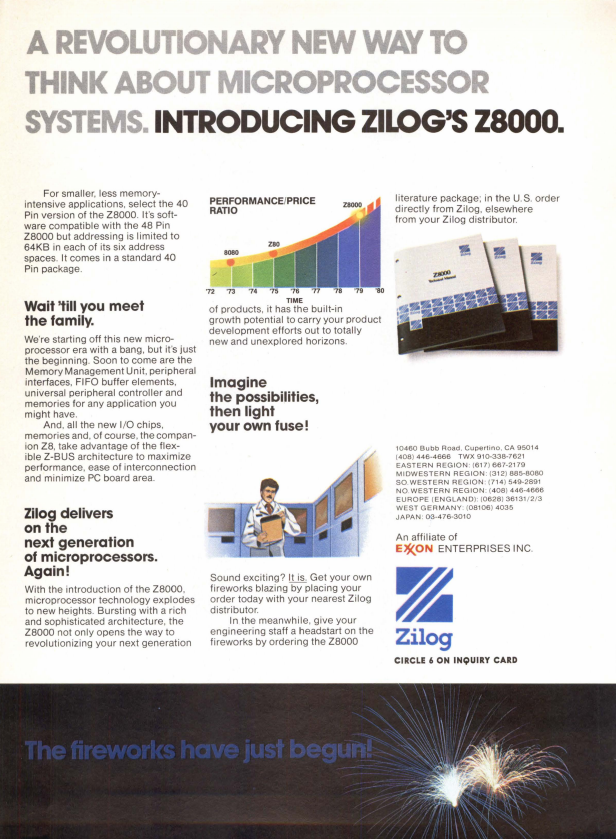
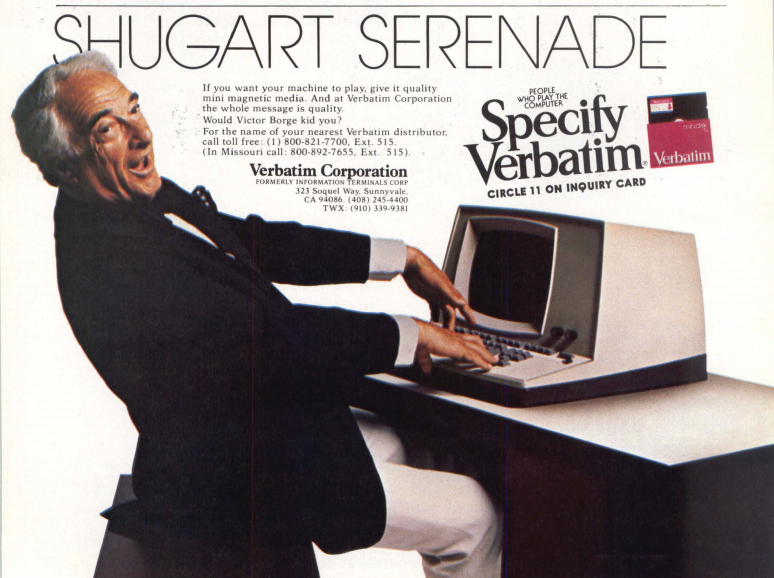
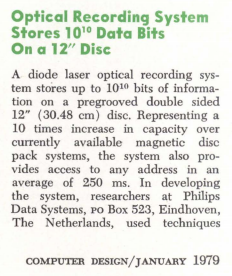
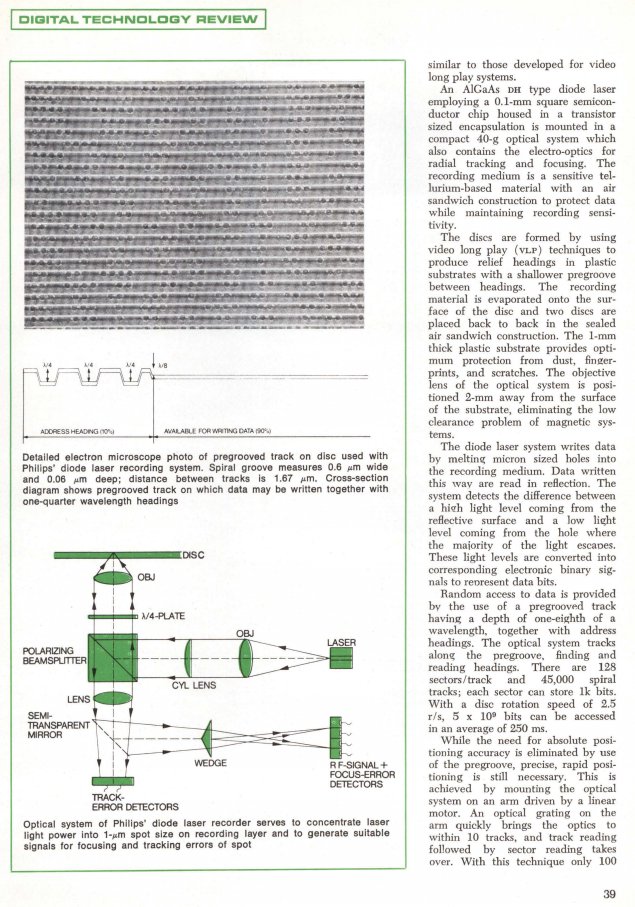

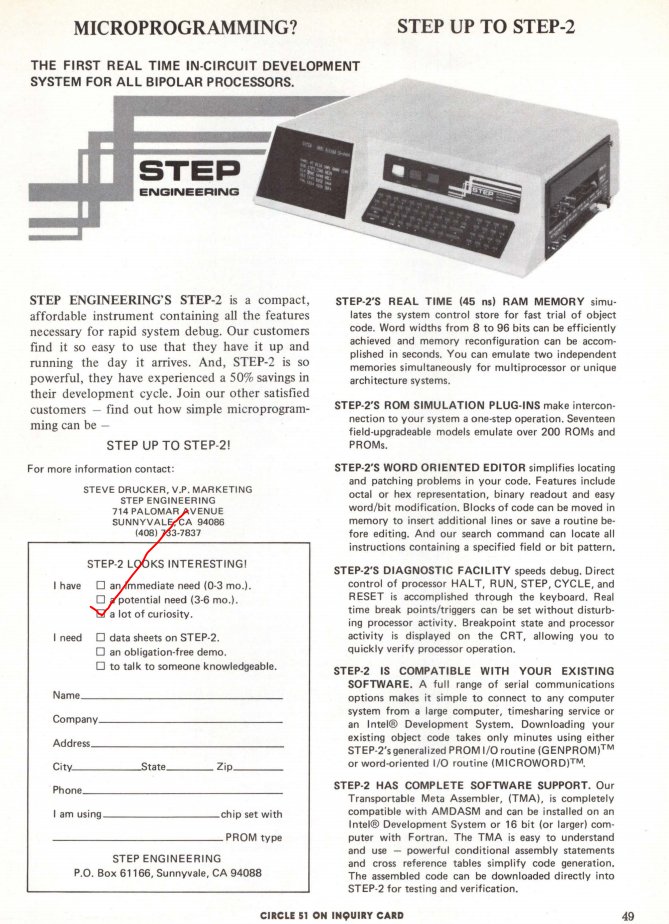
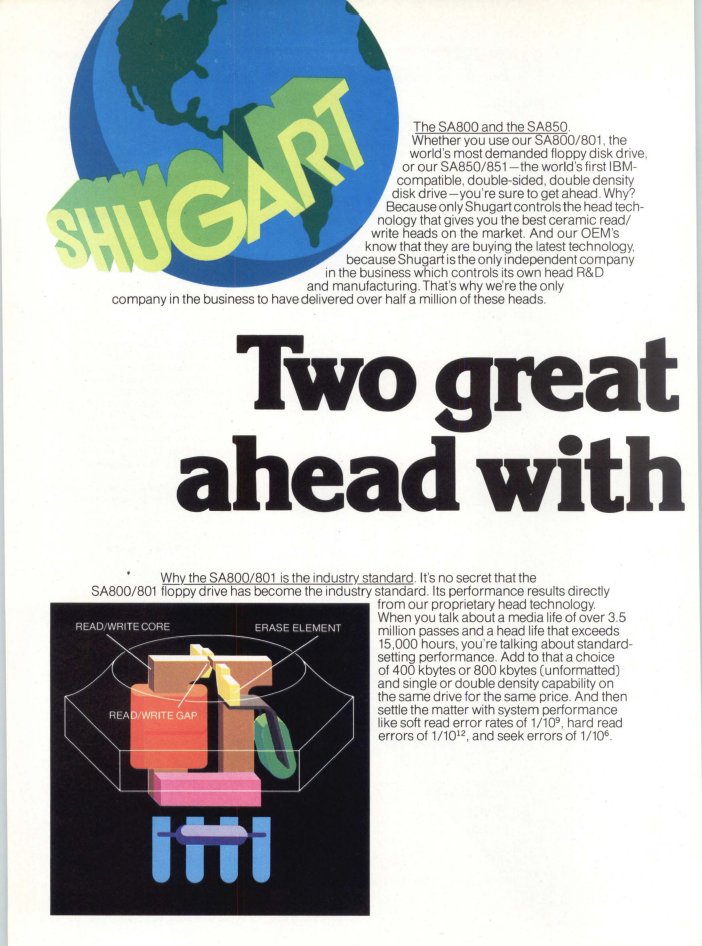
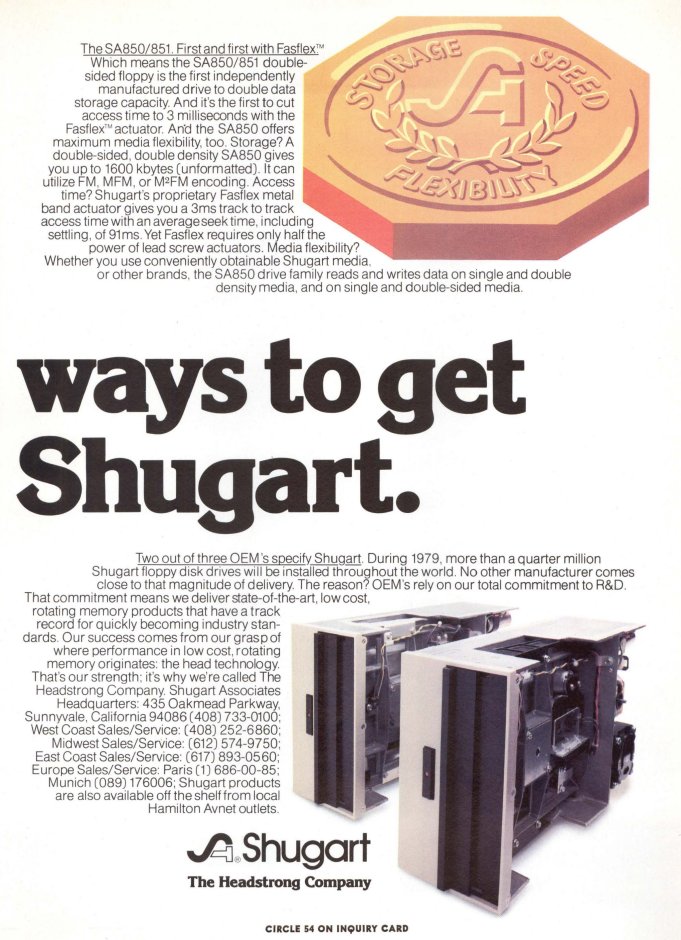
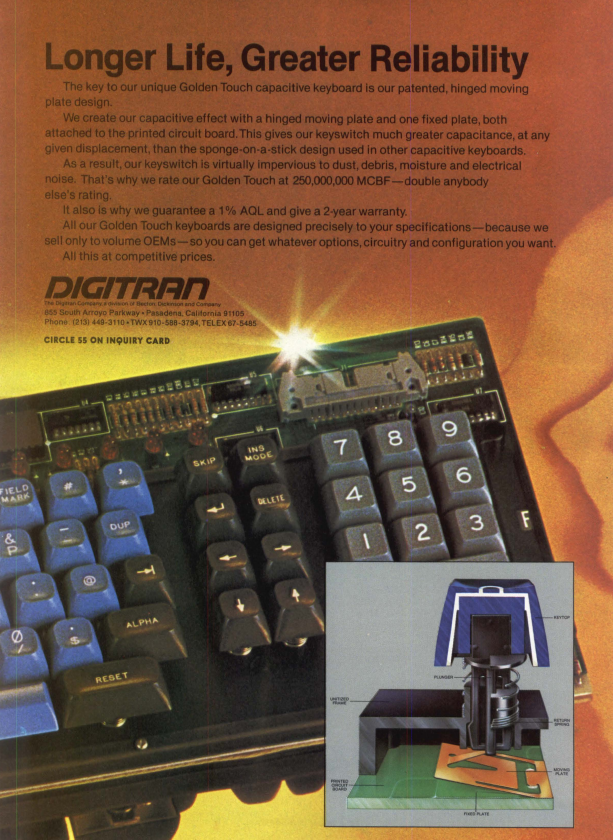
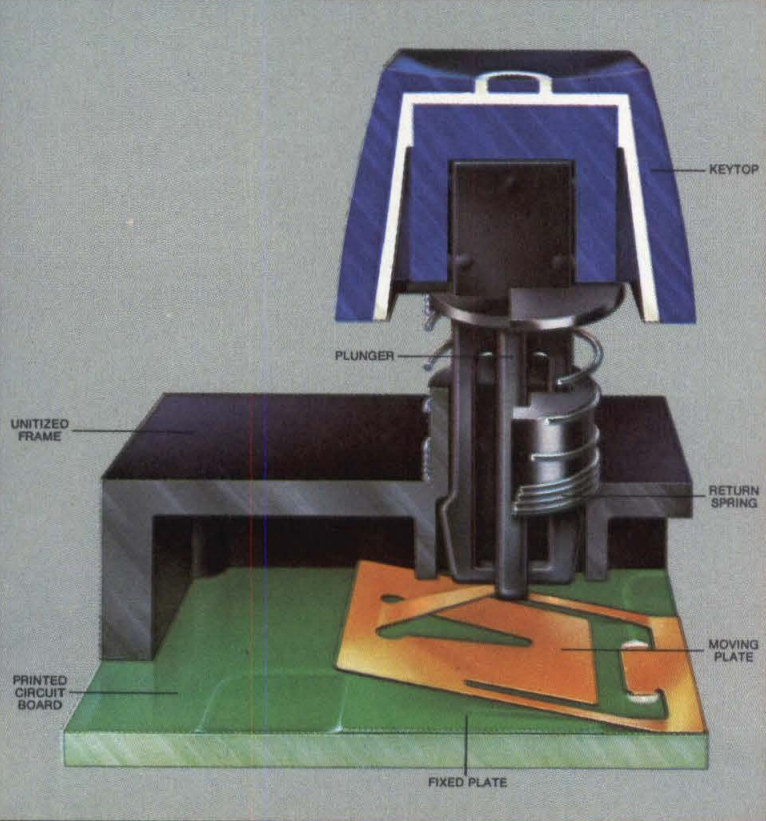
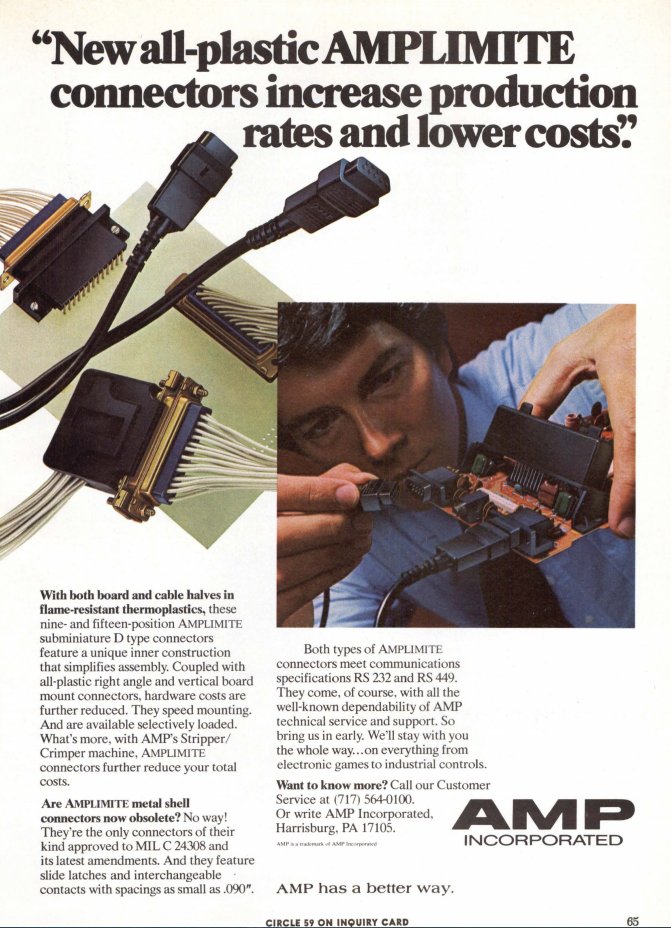

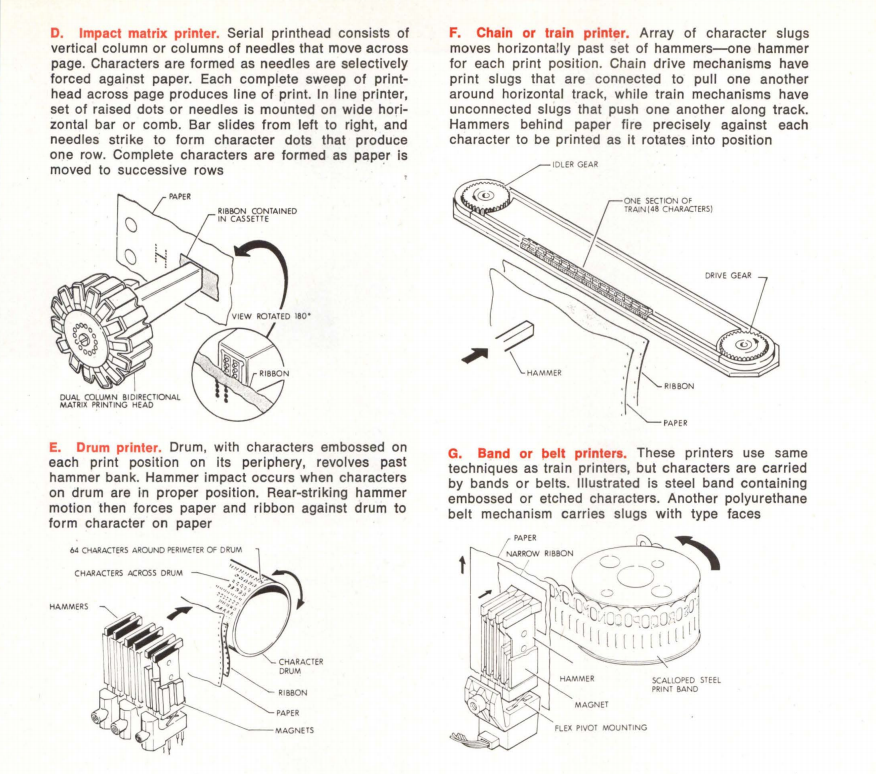
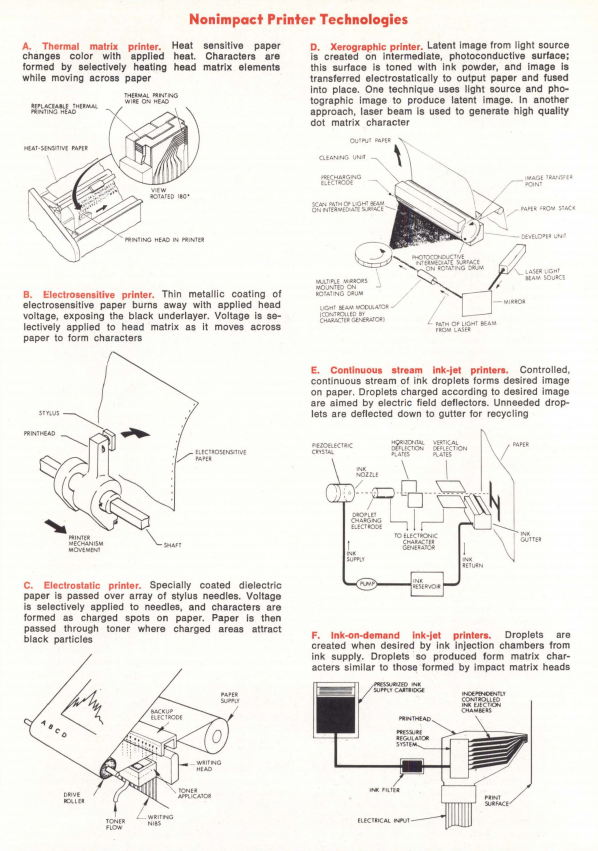

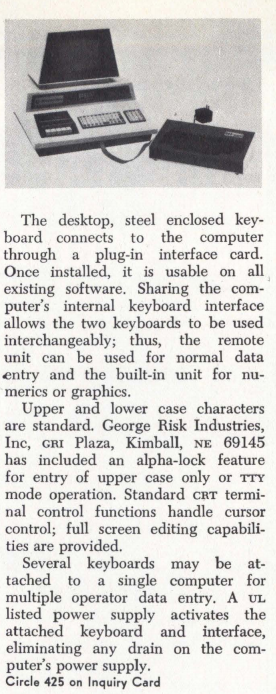
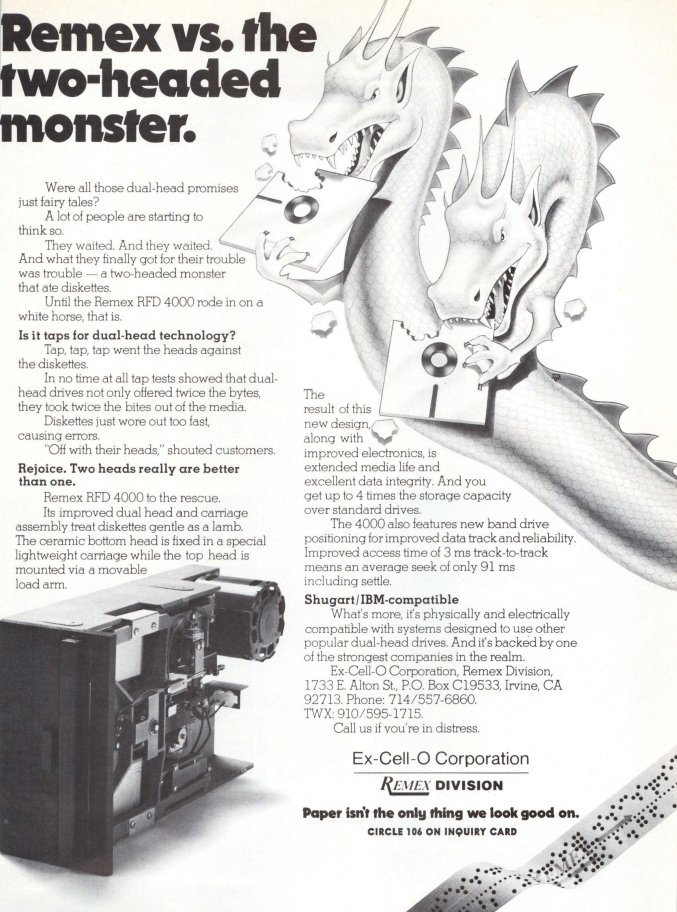
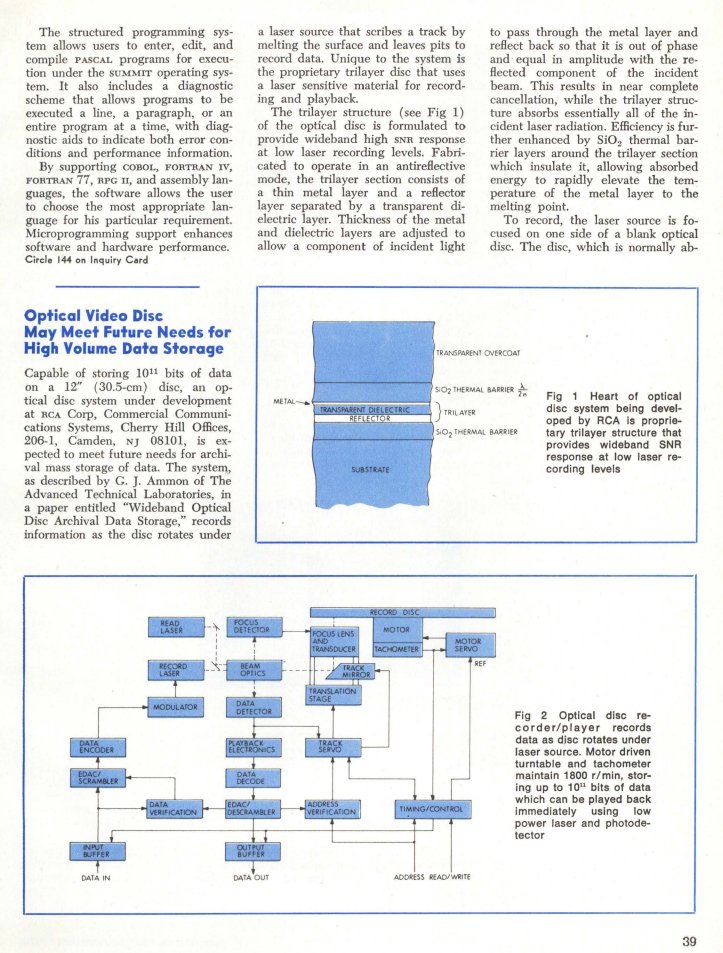

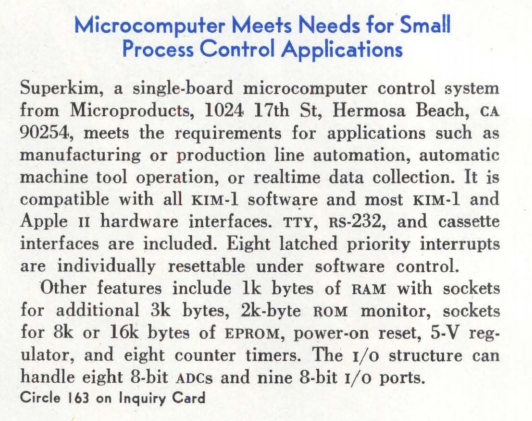
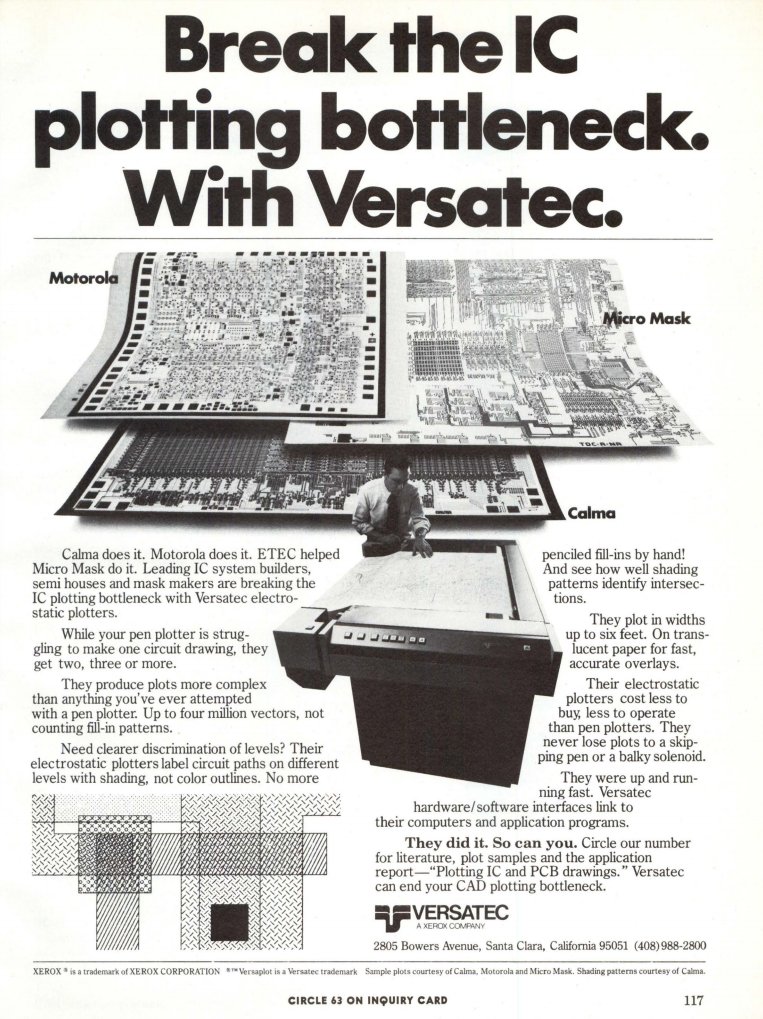
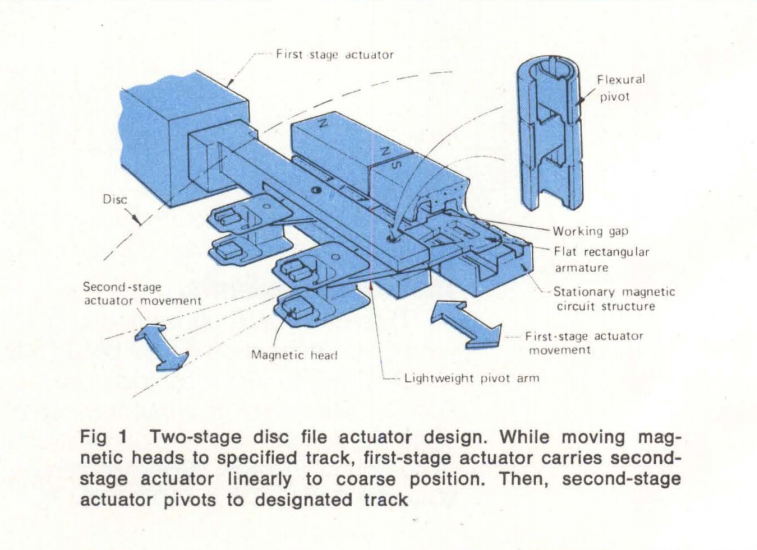
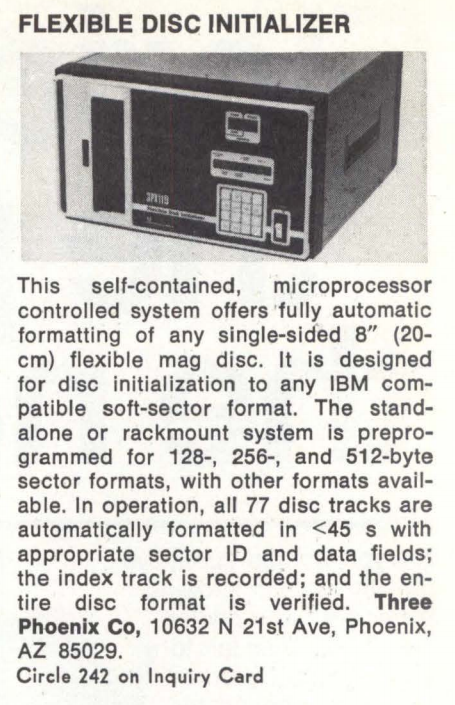
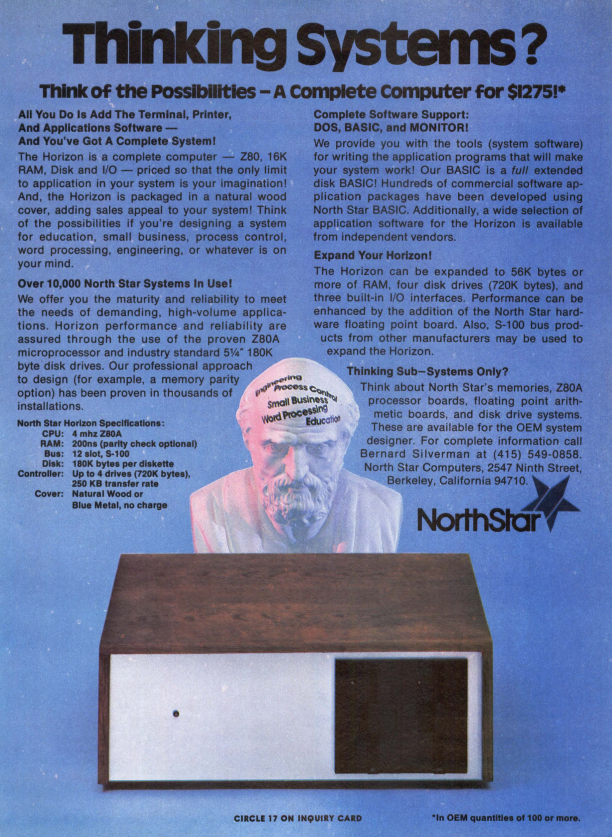
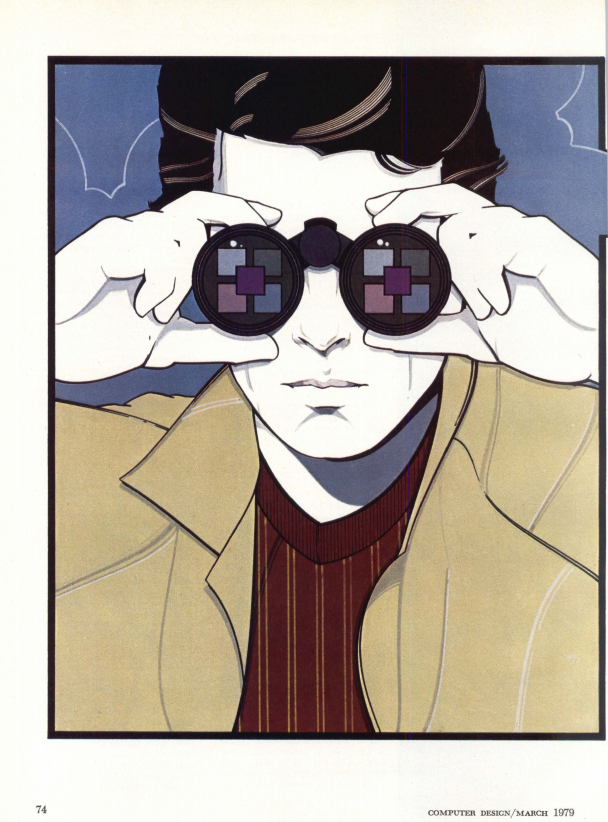
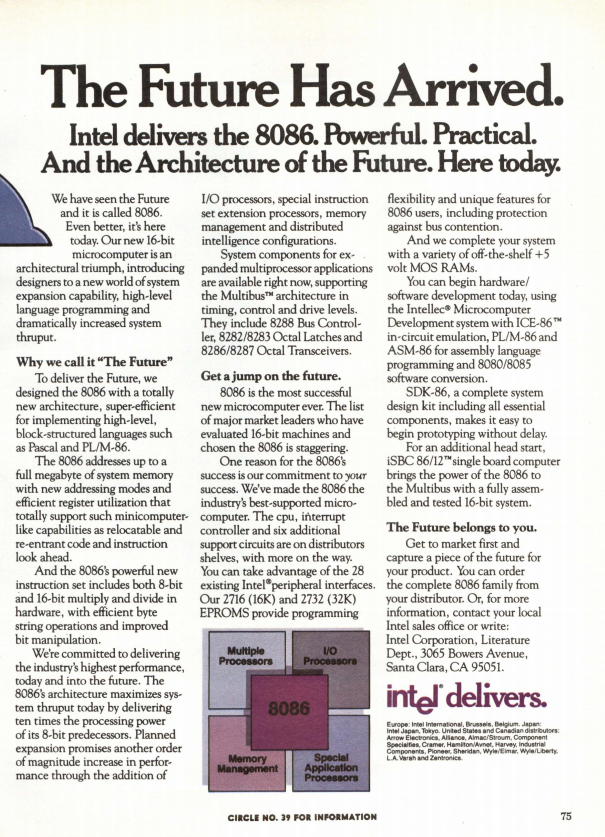
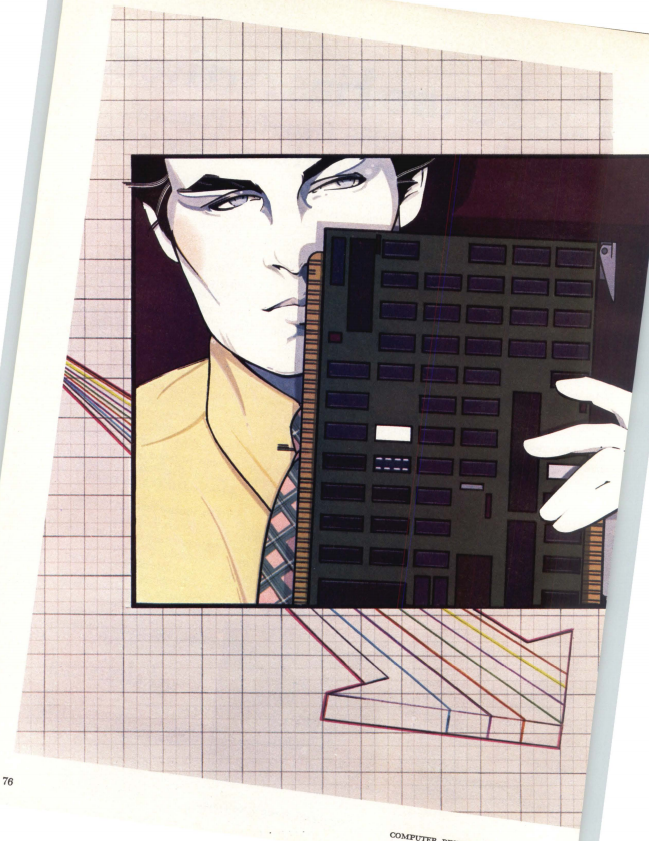
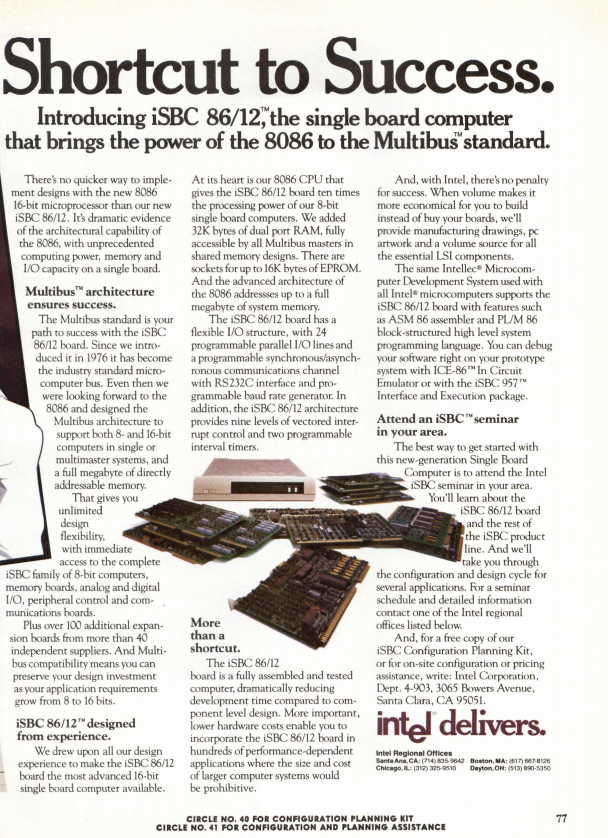
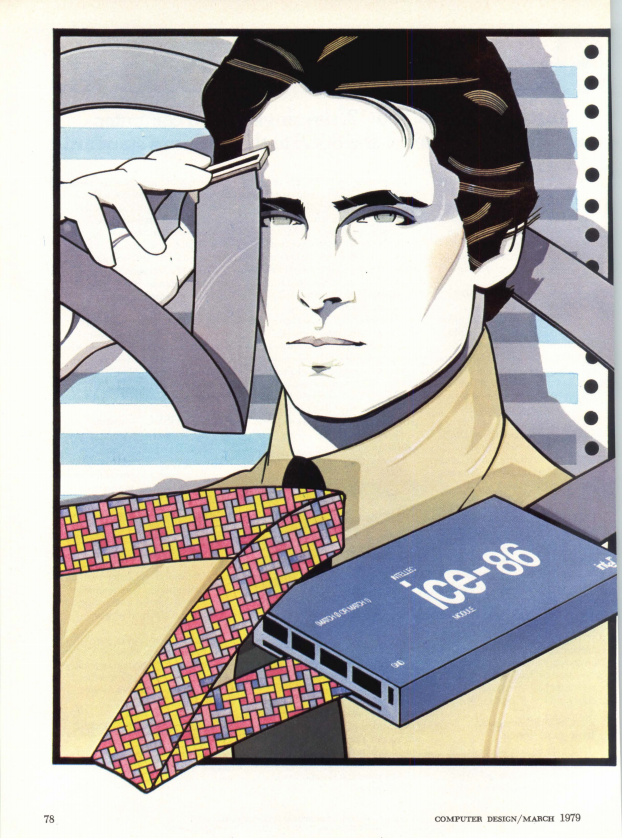

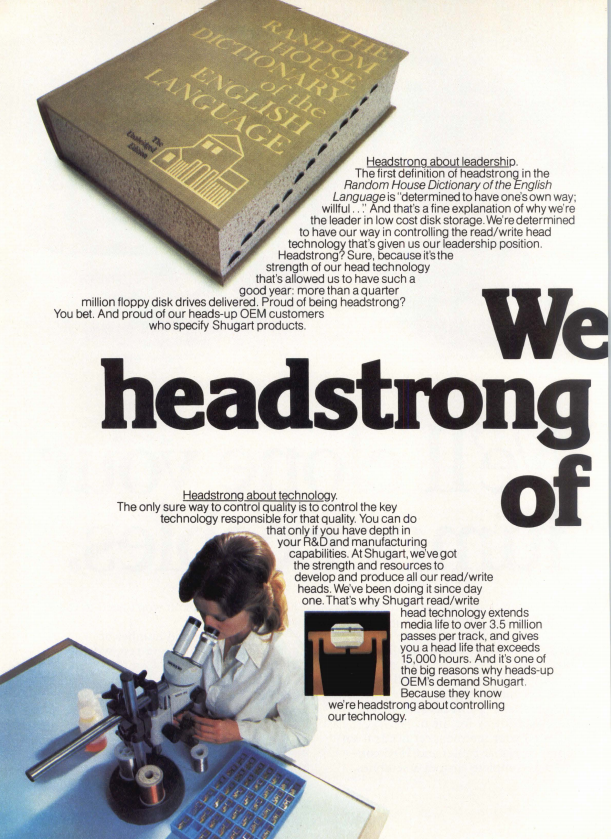
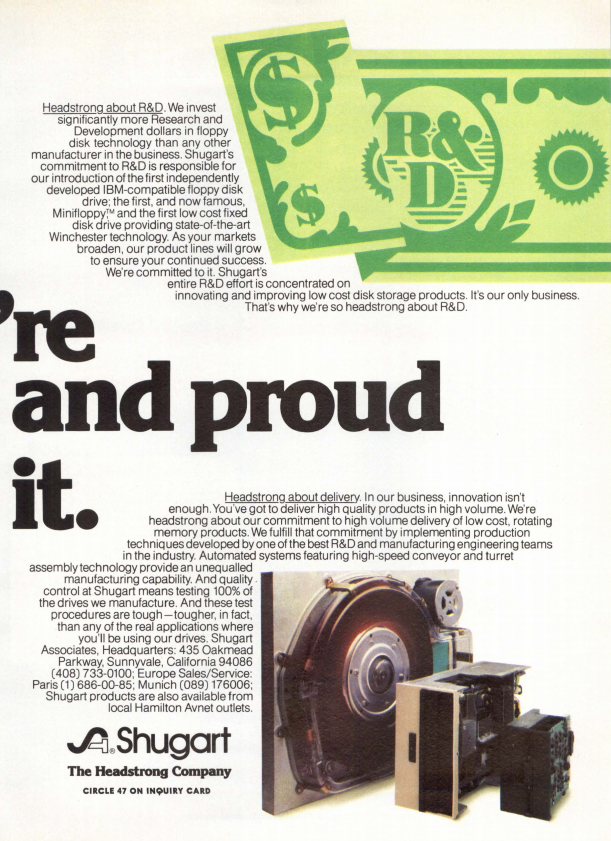
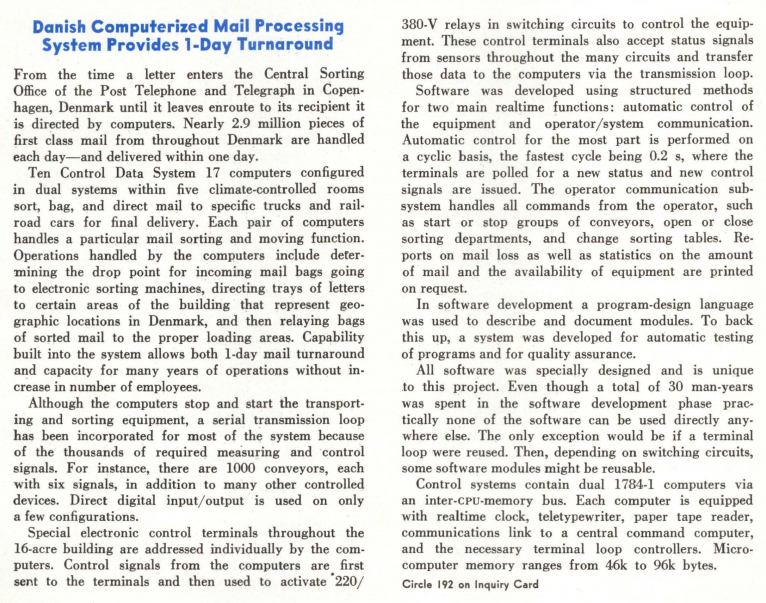
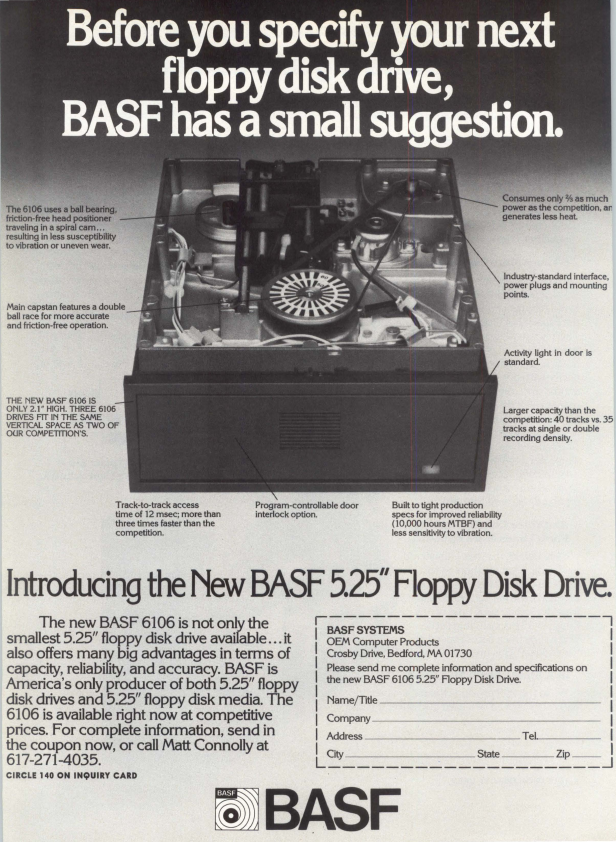
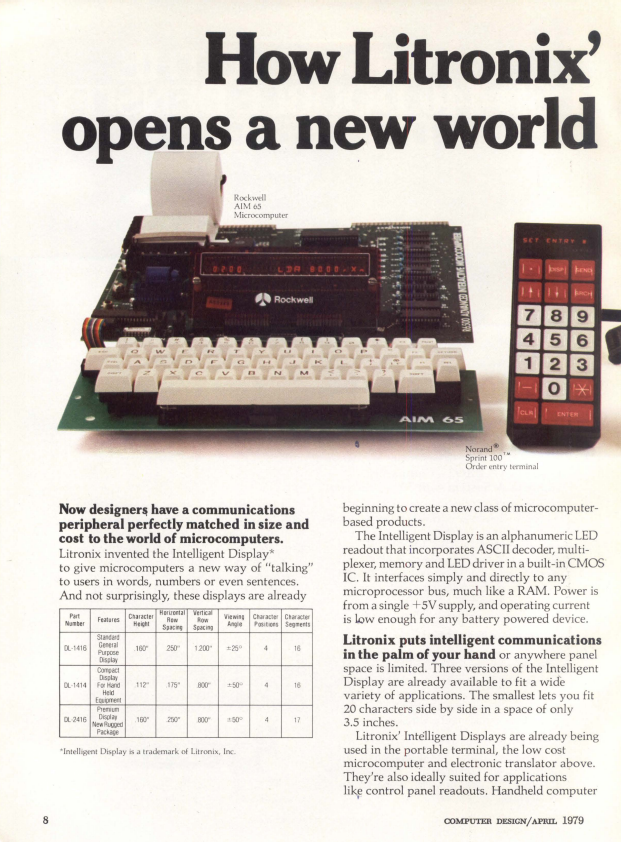
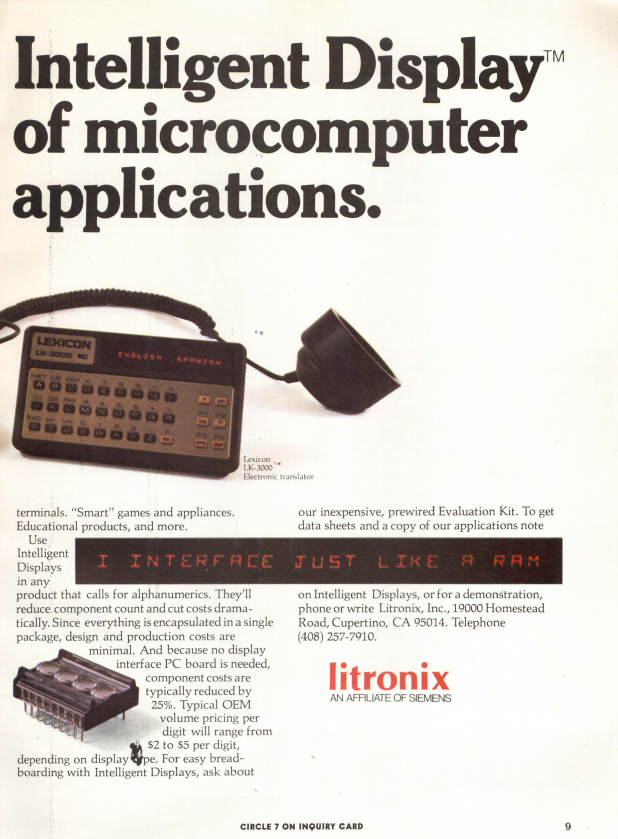
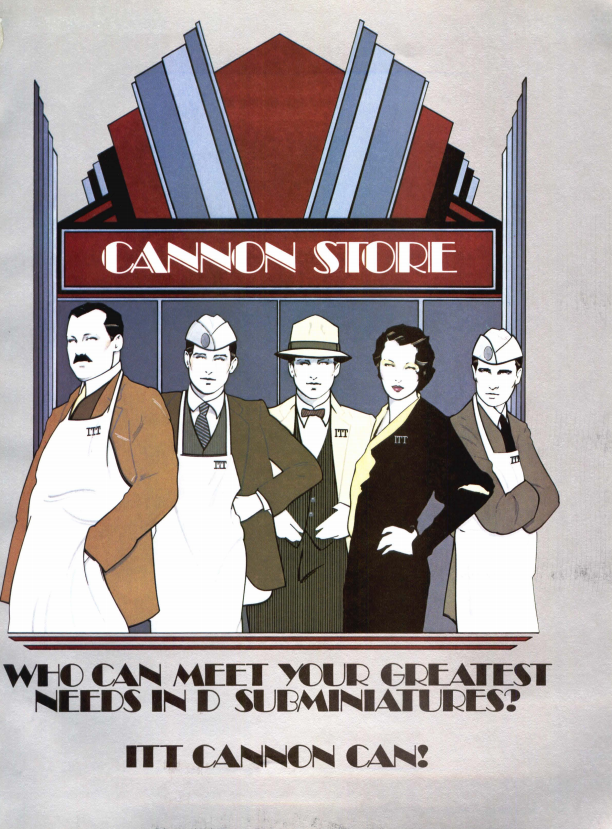
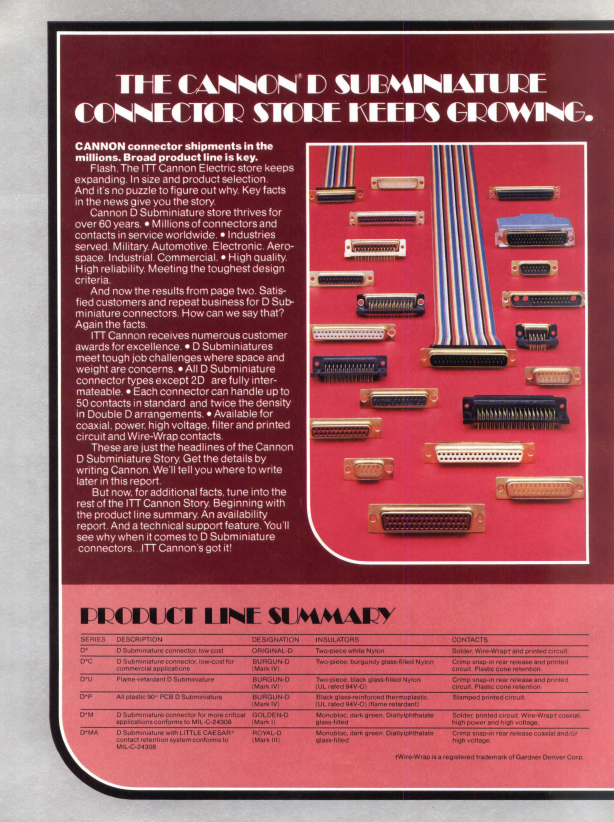
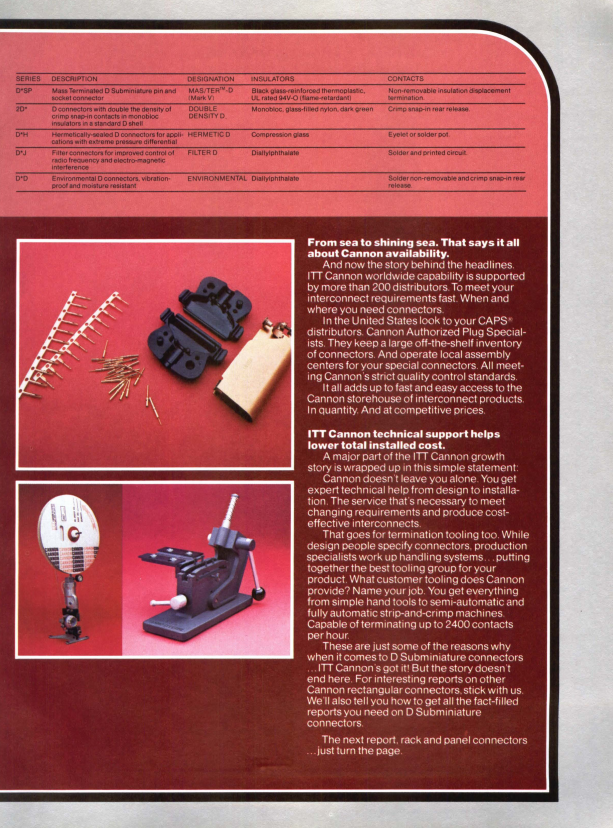
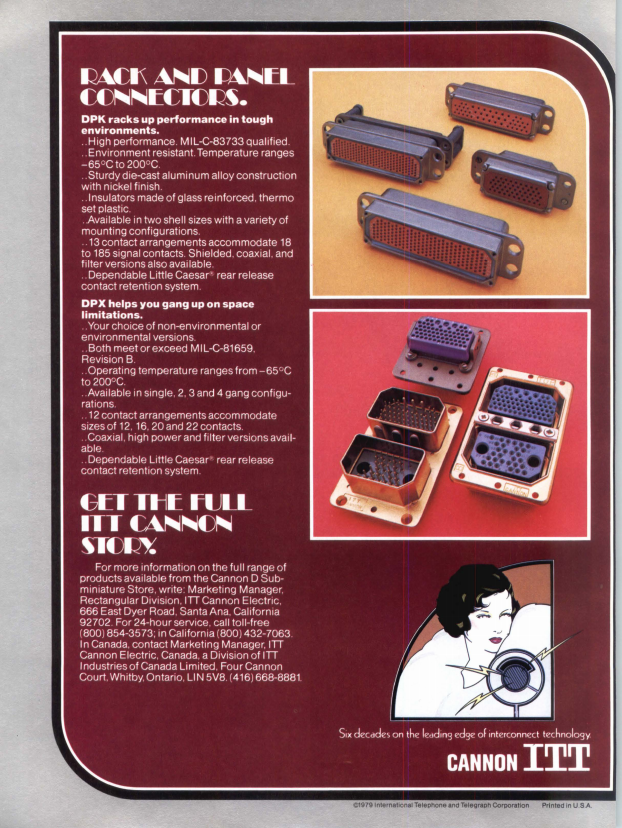
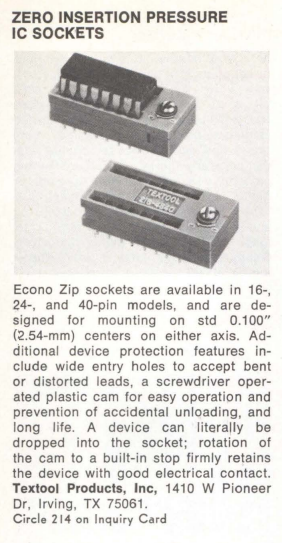
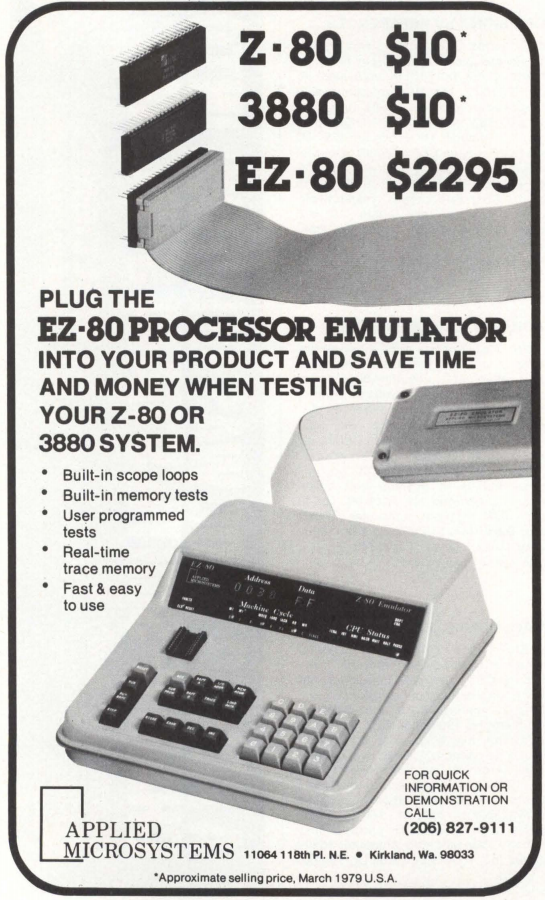
![check out this amazing attack ad from AMD in 1979. "The 8086 is the end [of a product line]. It's nothing but a souped-up version of the 8080 and 8085."and the 286 is just a souped up 8086. and the 386, 486, pentium, etc... check out this amazing attack ad from AMD in 1979. "The 8086 is the end [of a product line]. It's nothing but a souped-up version of the 8080 and 8085."and the 286 is just a souped up 8086. and the 386, 486, pentium, etc...](https://pbs.twimg.com/media/EfkS7JxUEAYquvm.png)
![check out this amazing attack ad from AMD in 1979. "The 8086 is the end [of a product line]. It's nothing but a souped-up version of the 8080 and 8085."and the 286 is just a souped up 8086. and the 386, 486, pentium, etc... check out this amazing attack ad from AMD in 1979. "The 8086 is the end [of a product line]. It's nothing but a souped-up version of the 8080 and 8085."and the 286 is just a souped up 8086. and the 386, 486, pentium, etc...](https://pbs.twimg.com/media/EfkS-tOUcAEtZTw.png)
